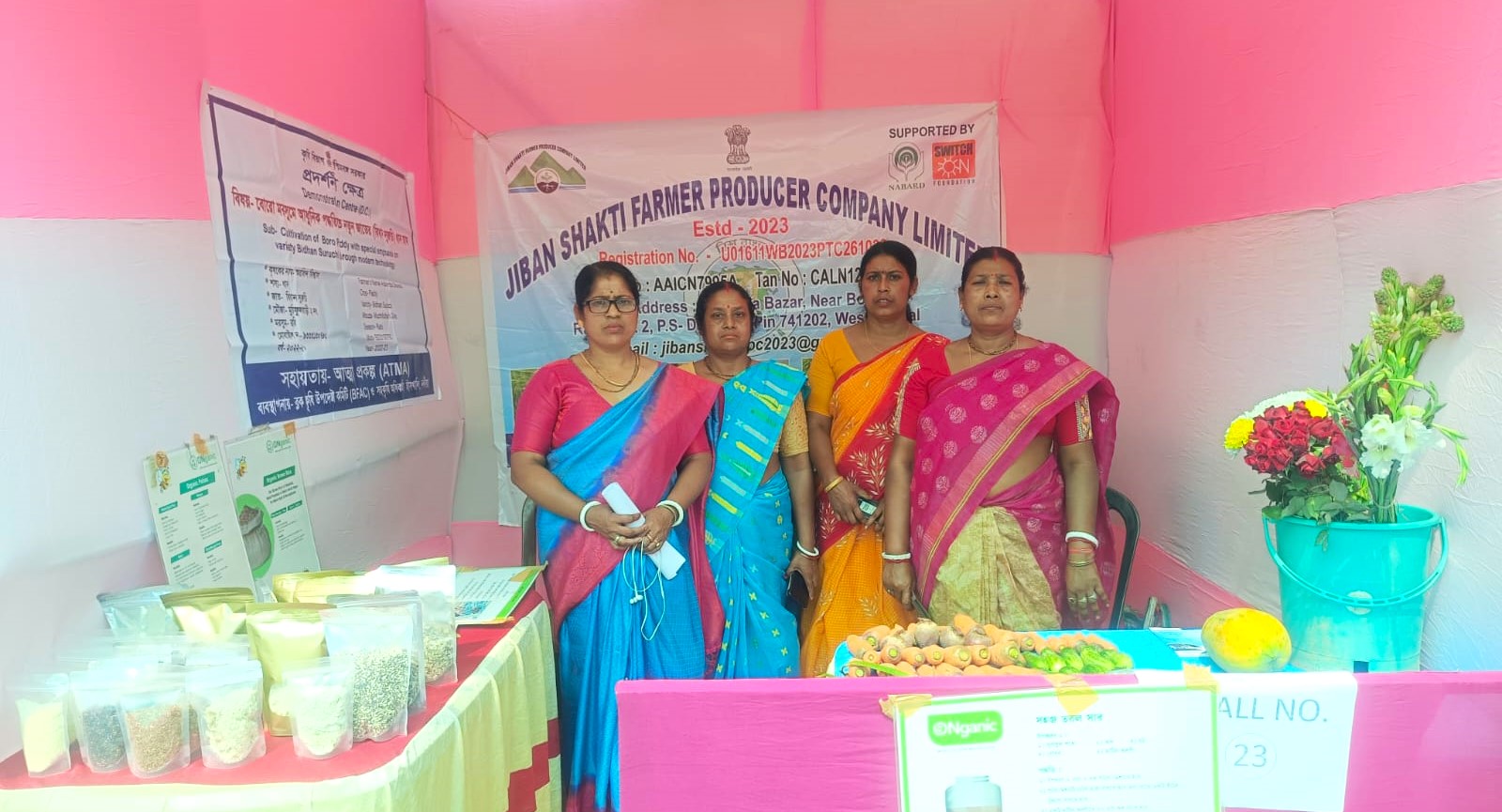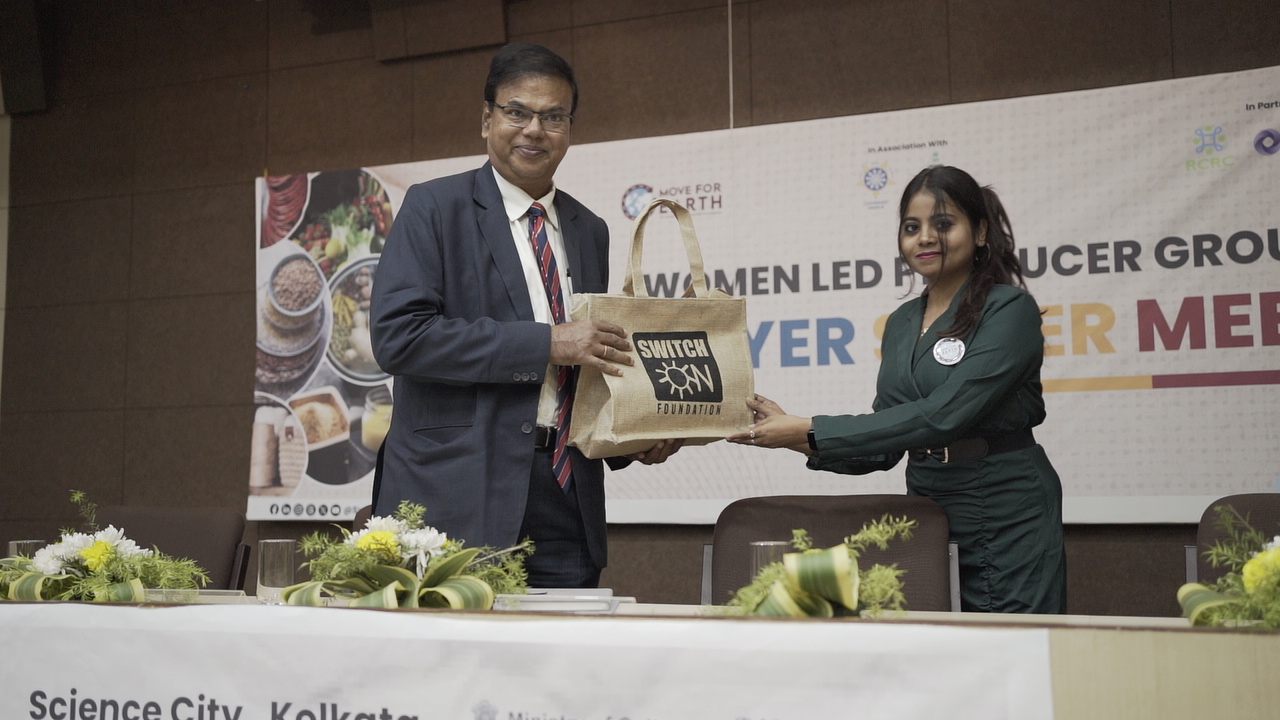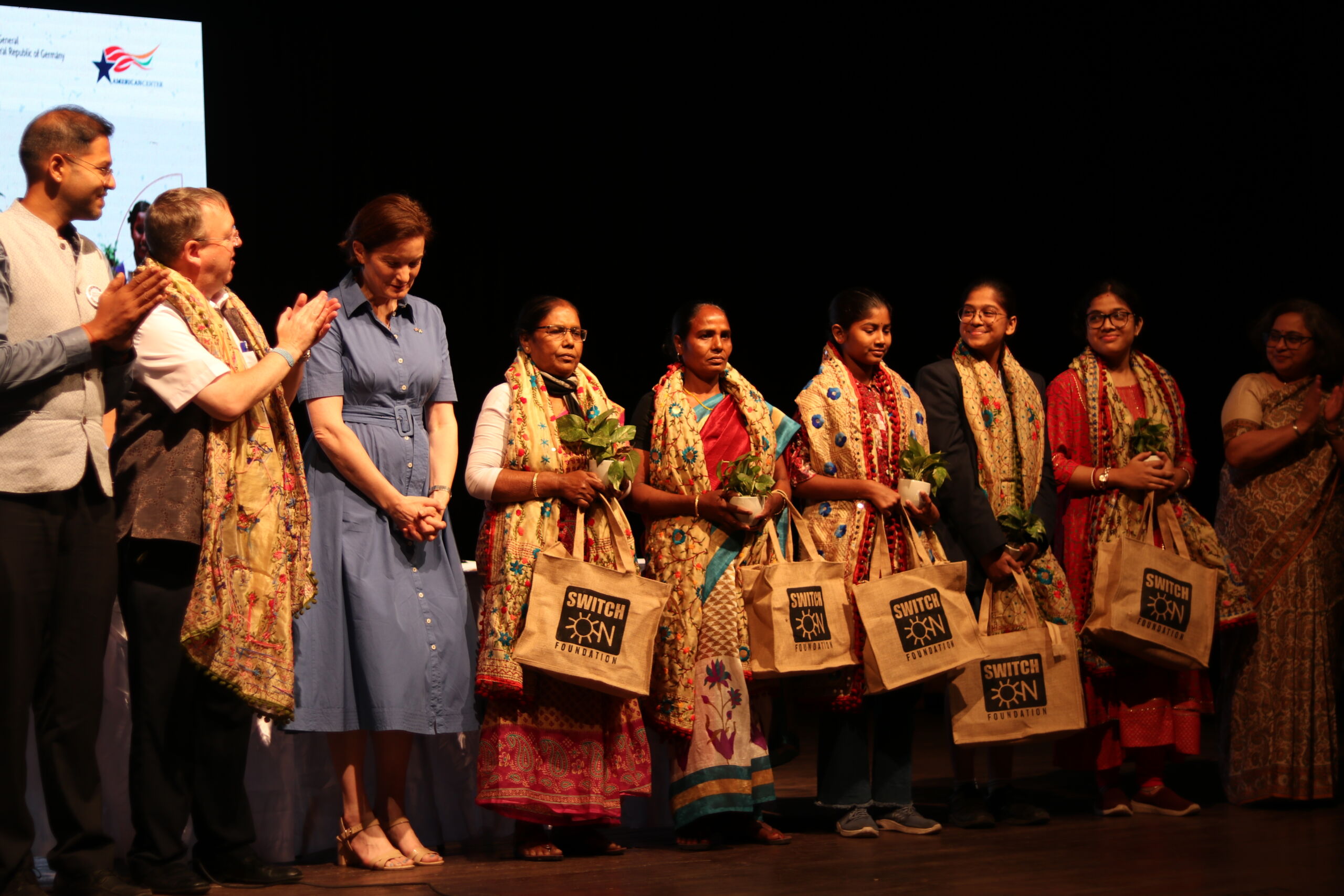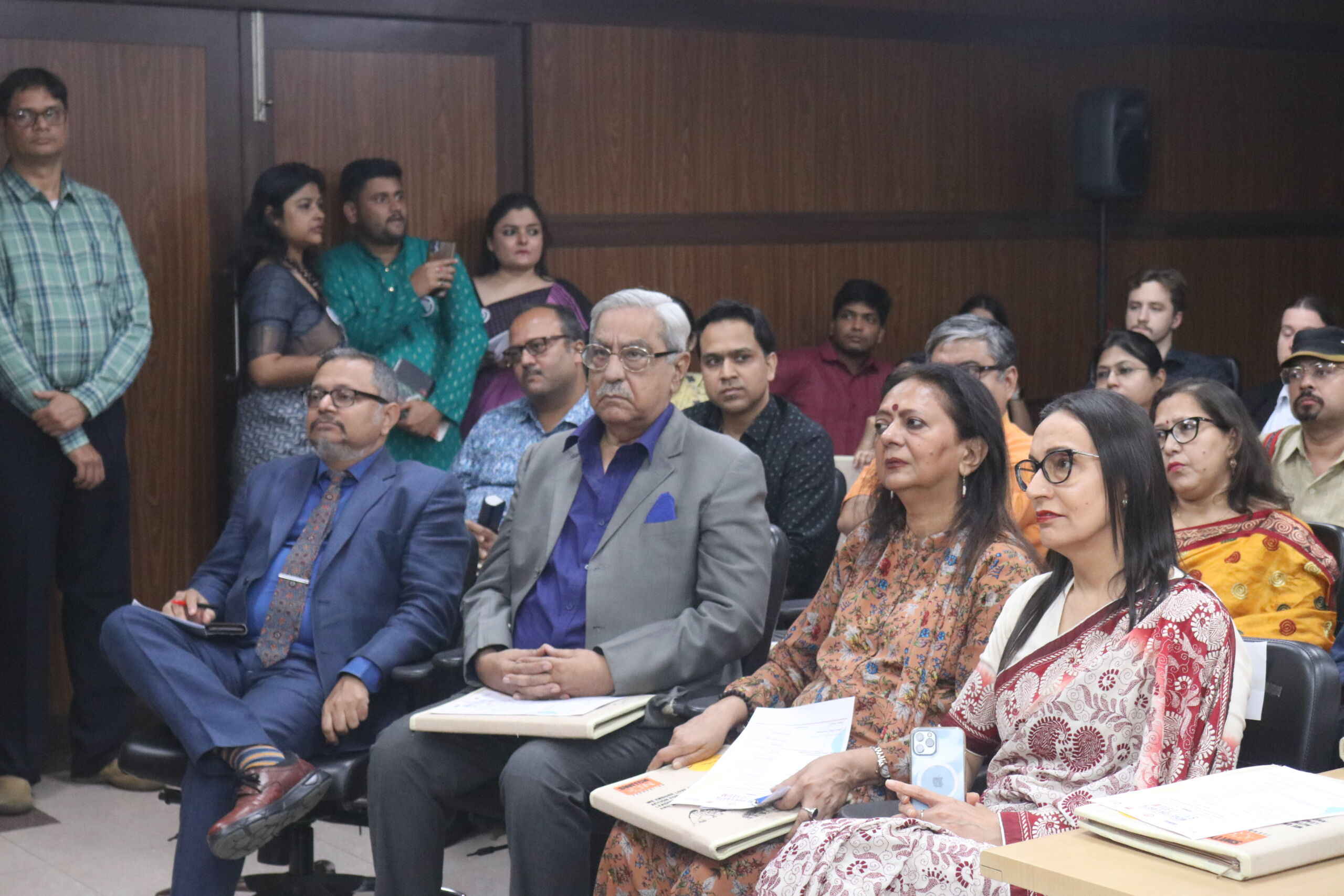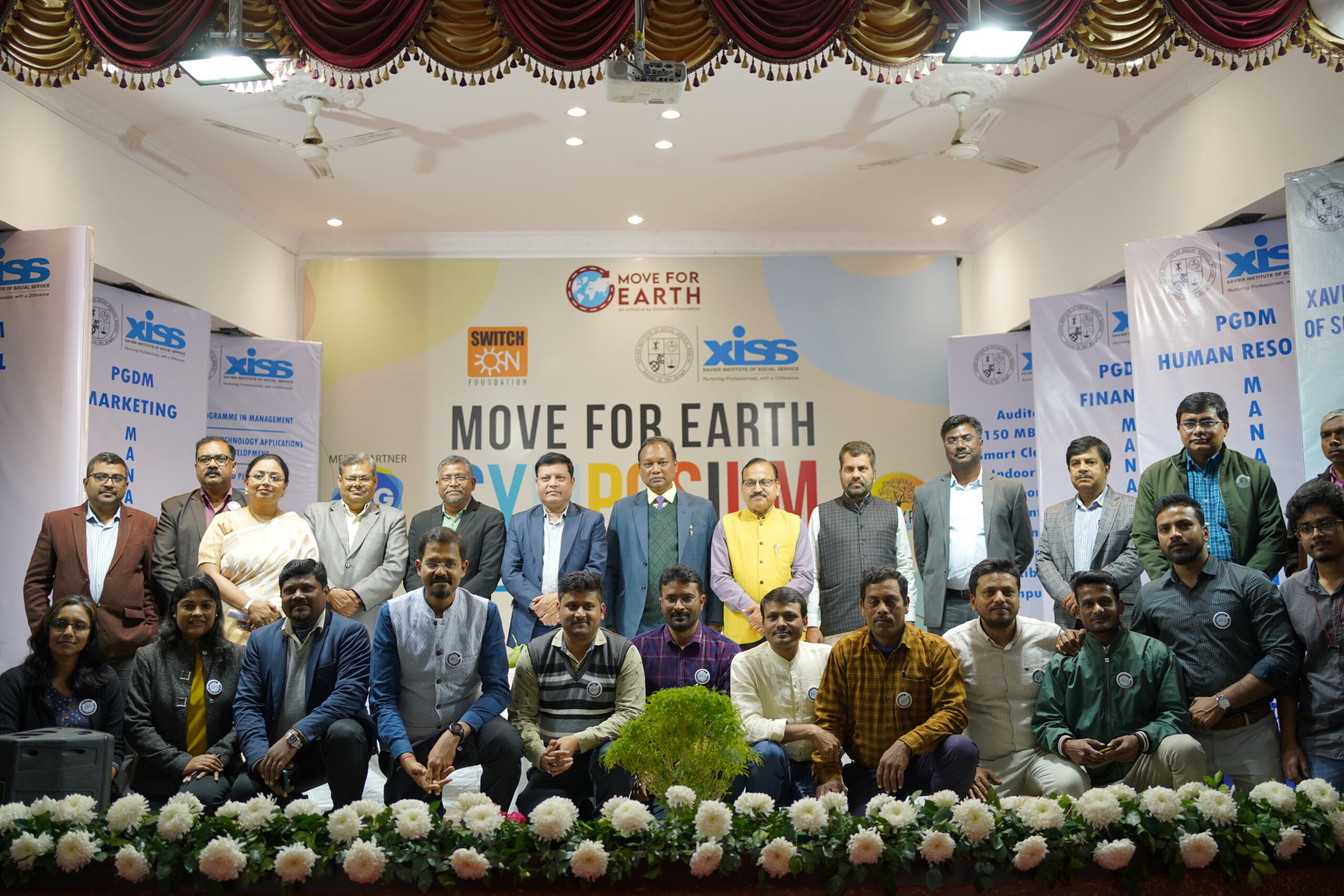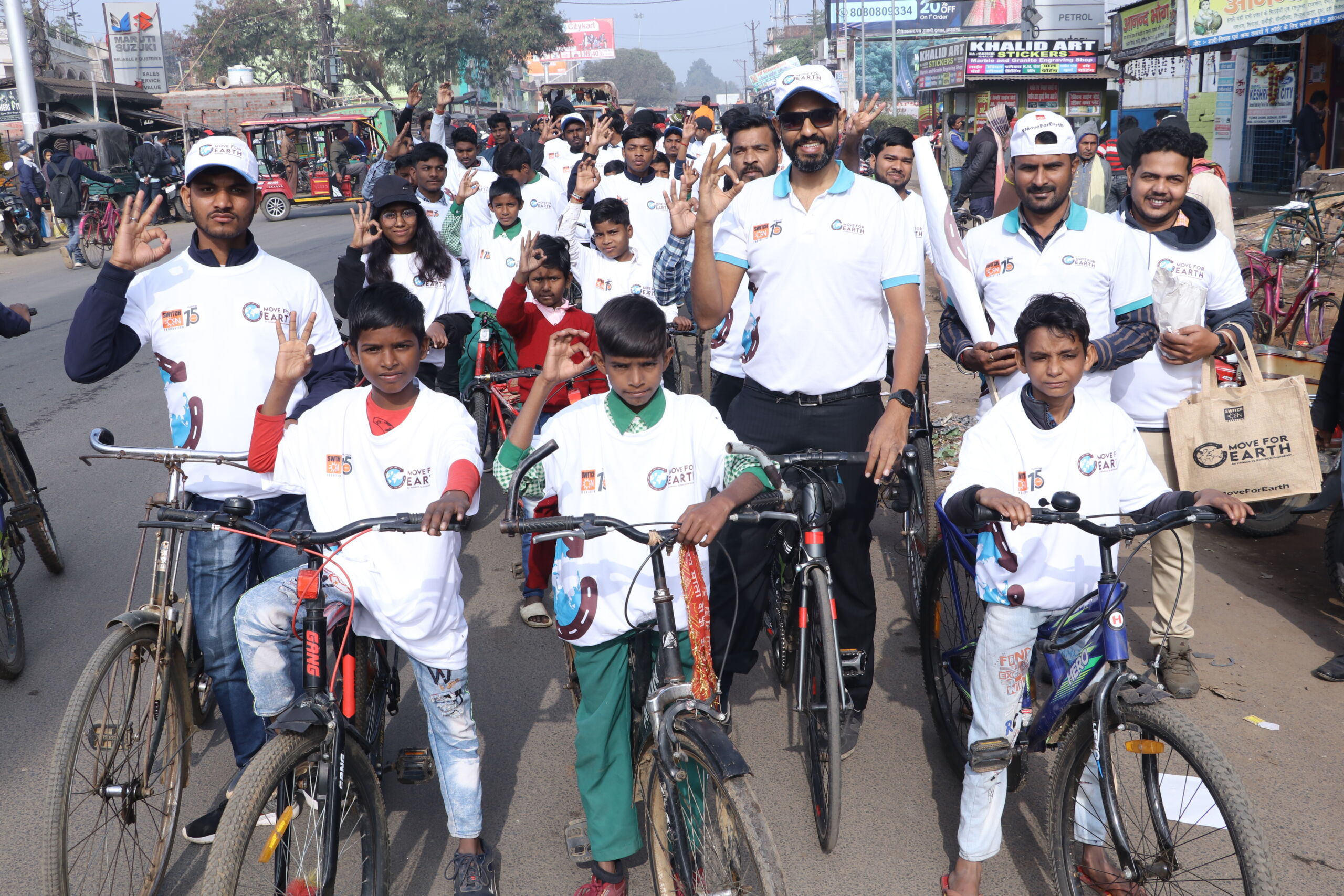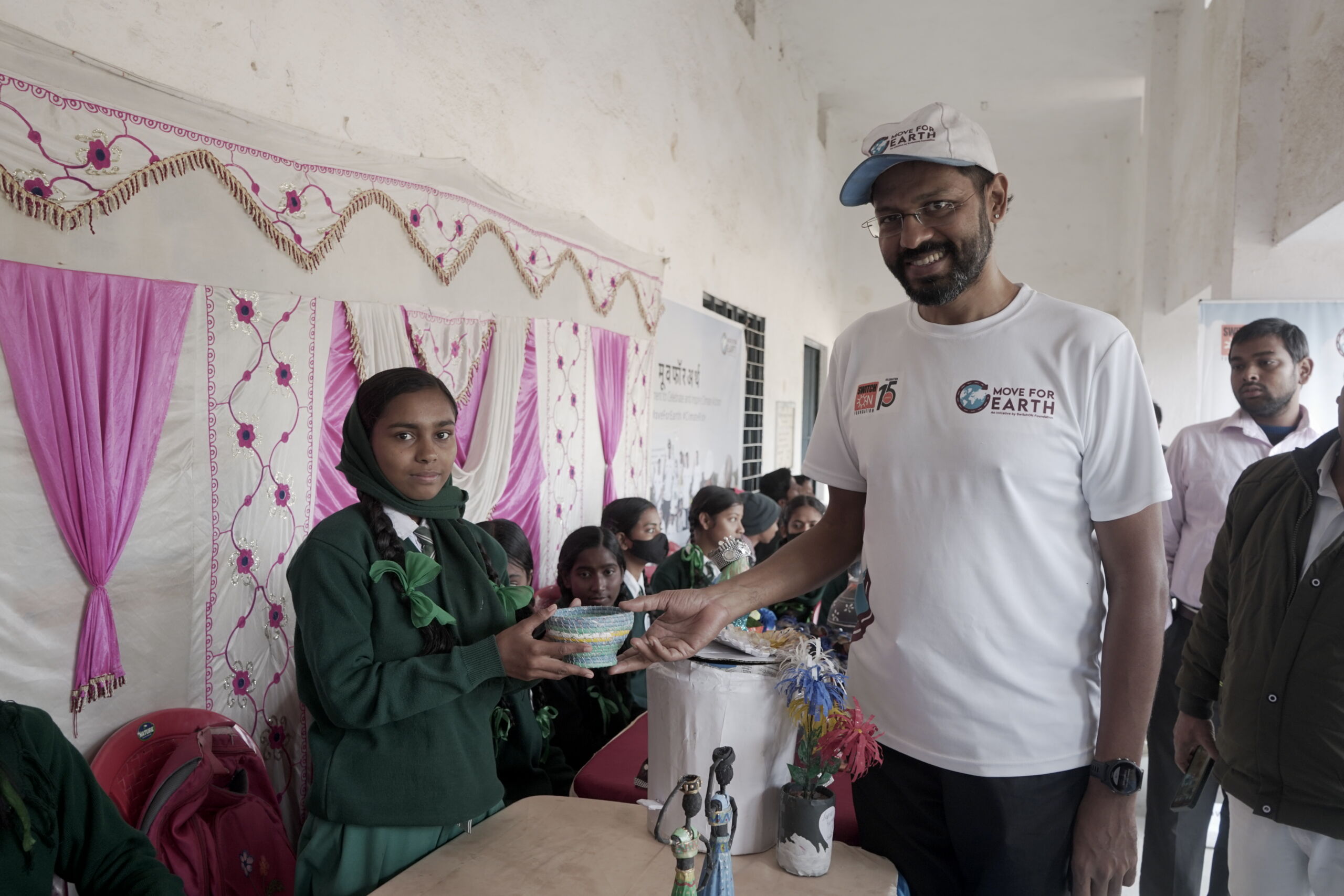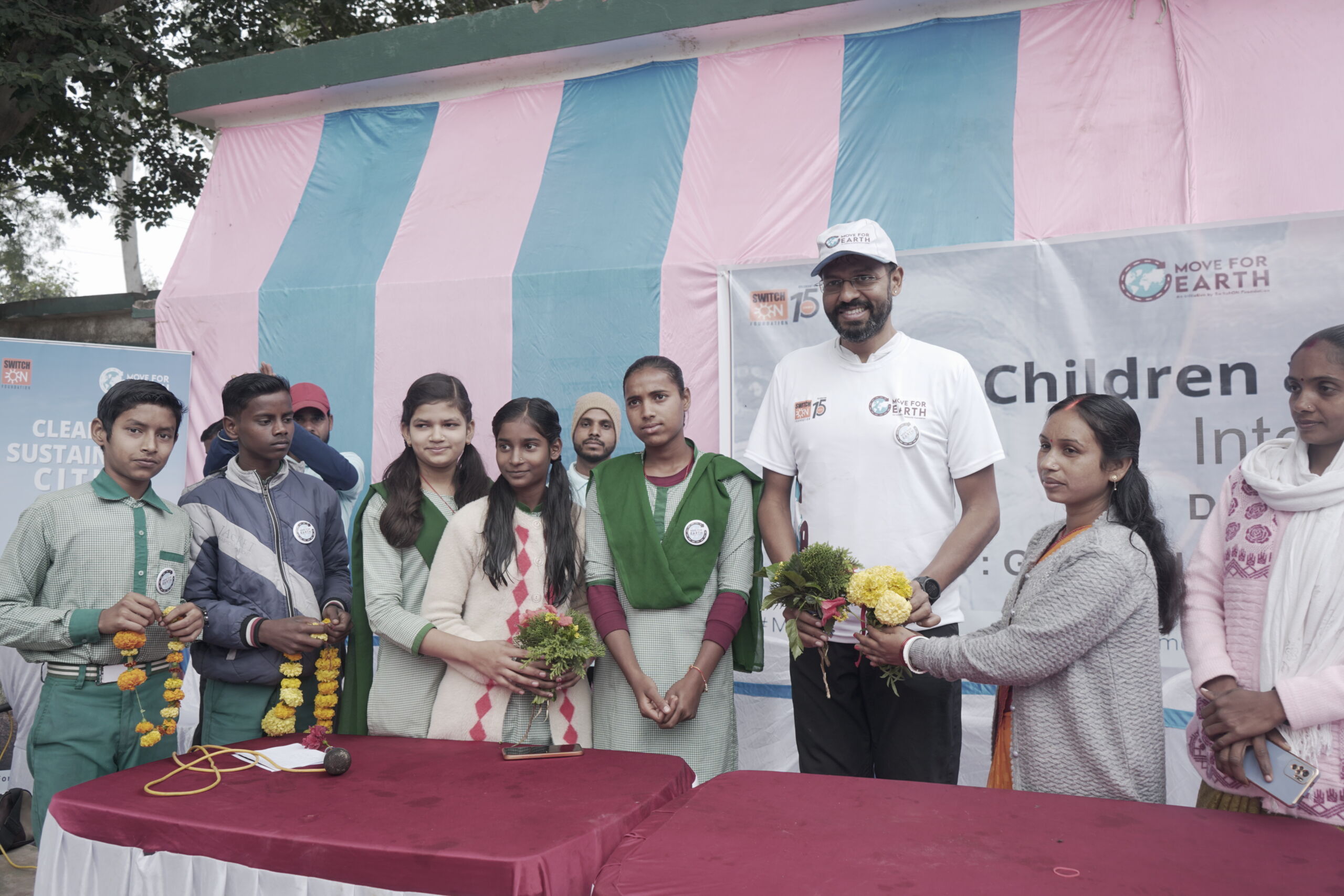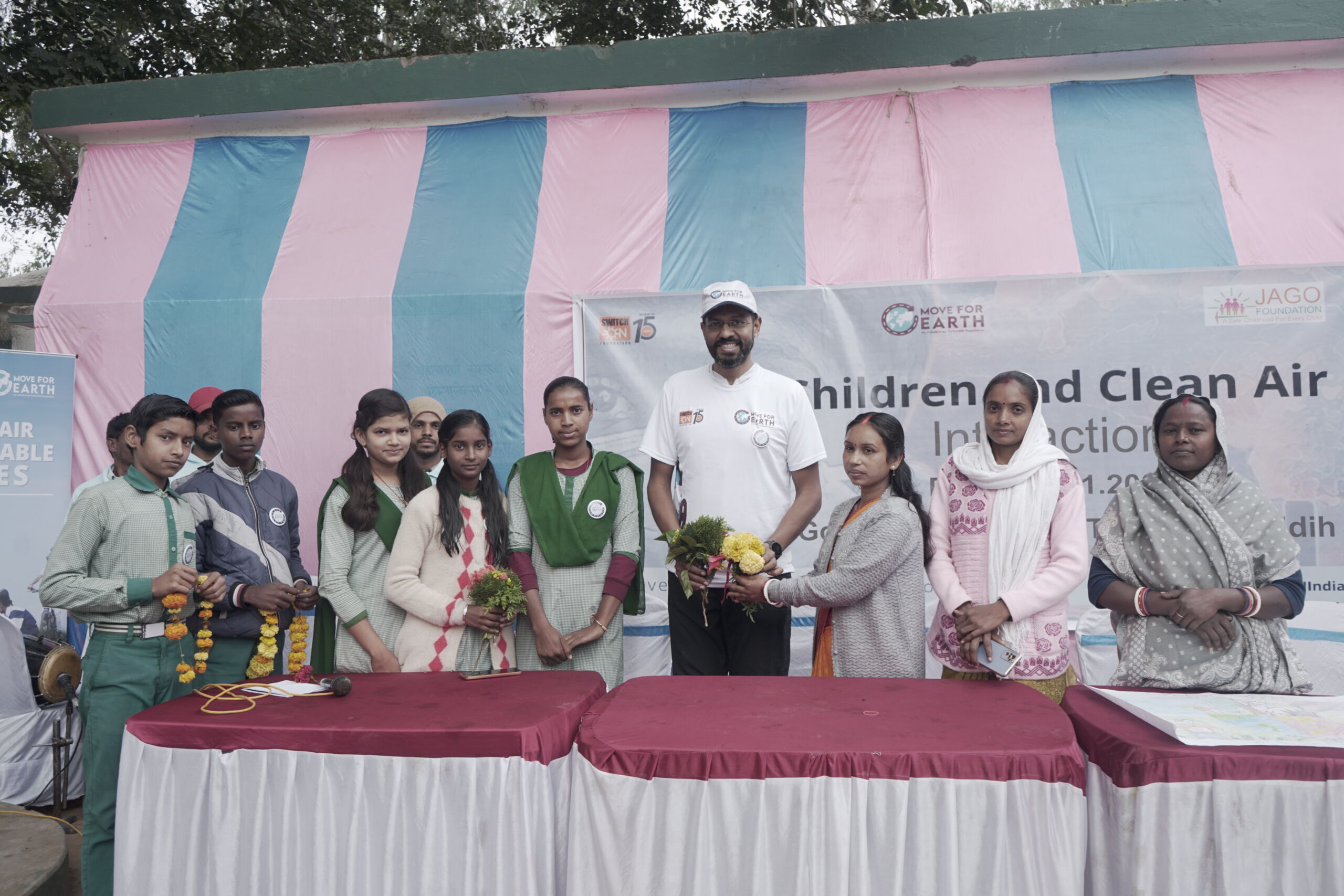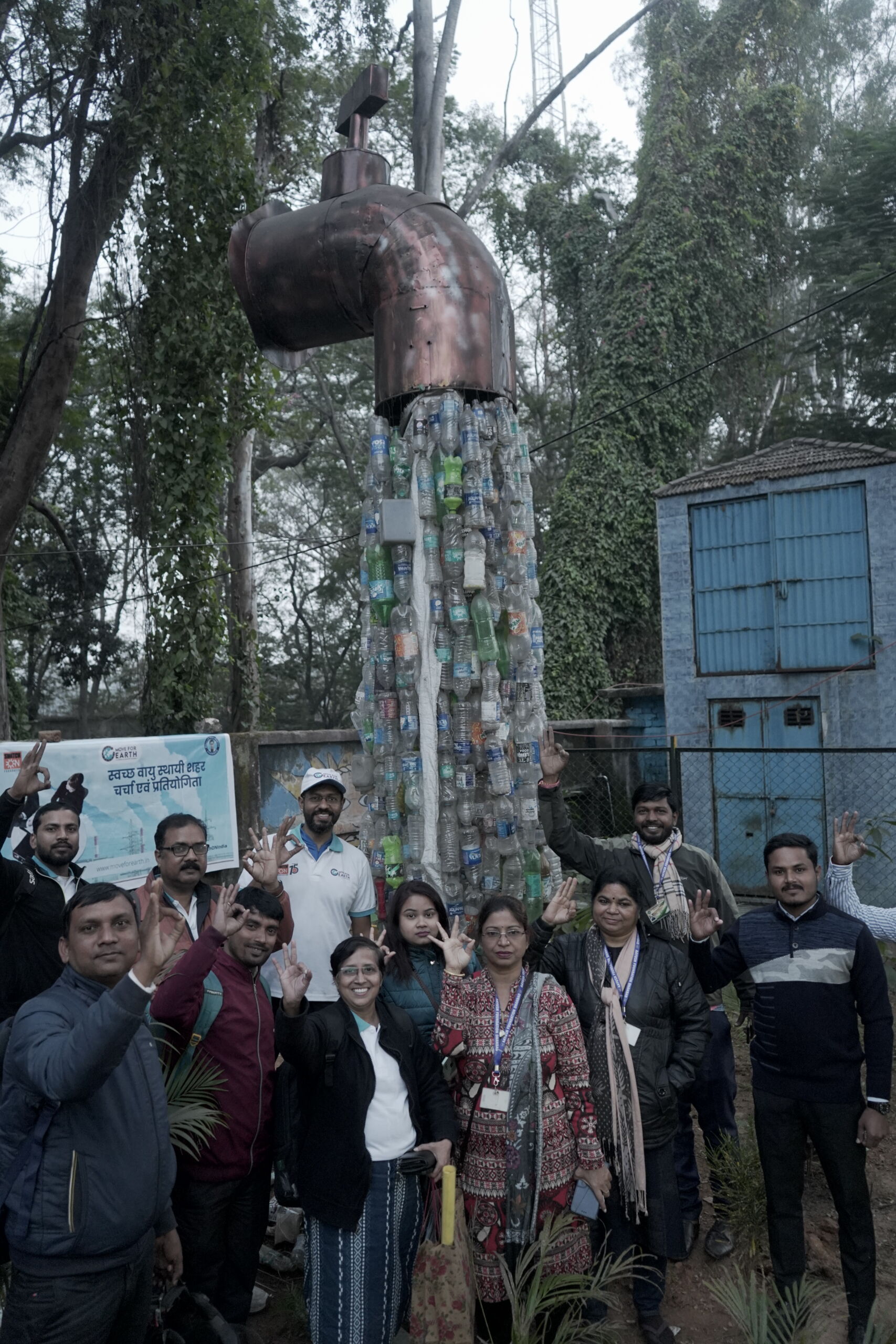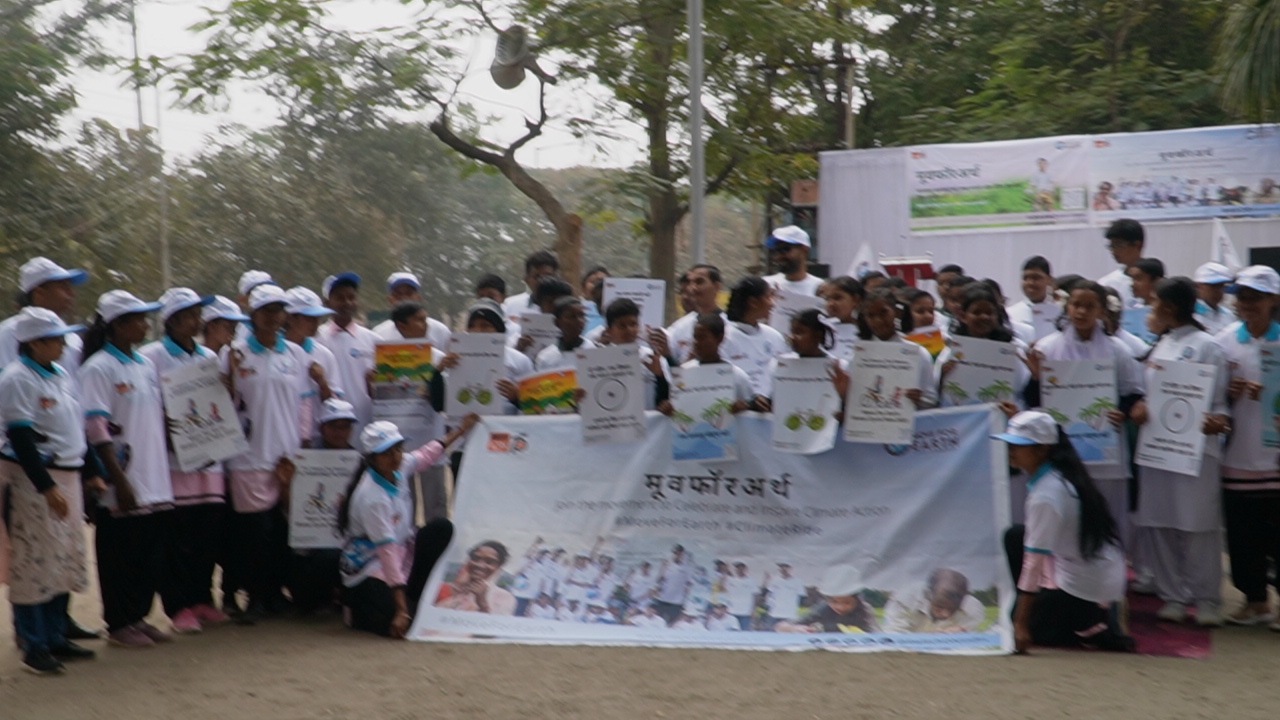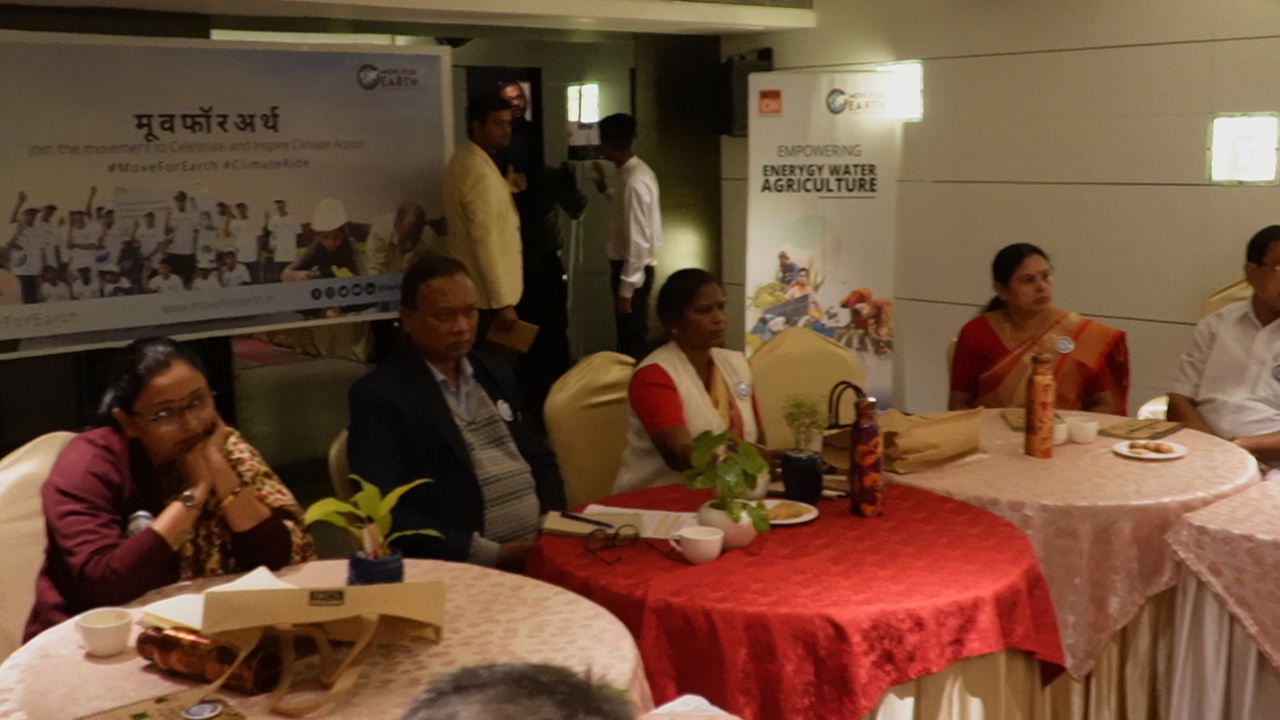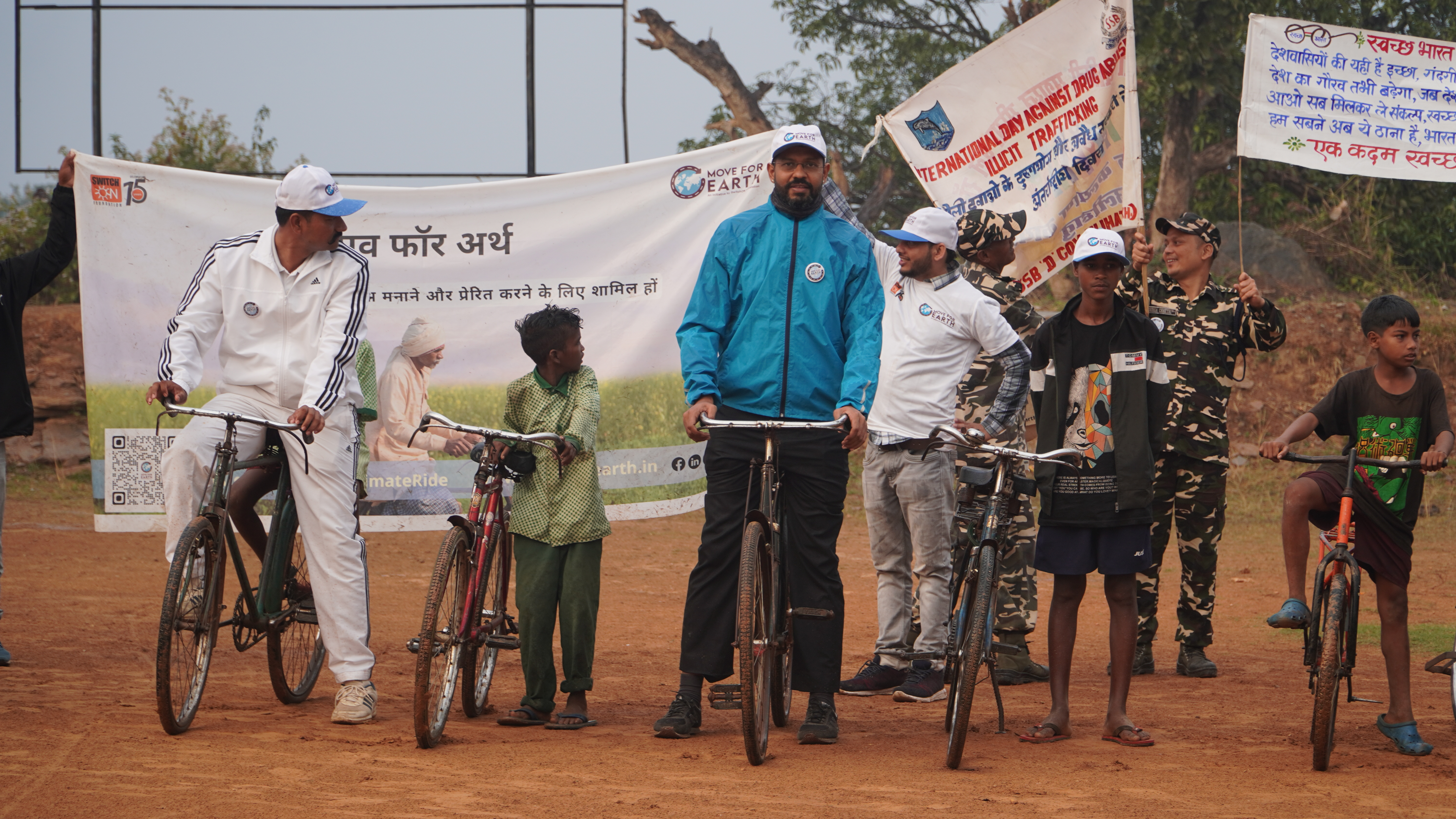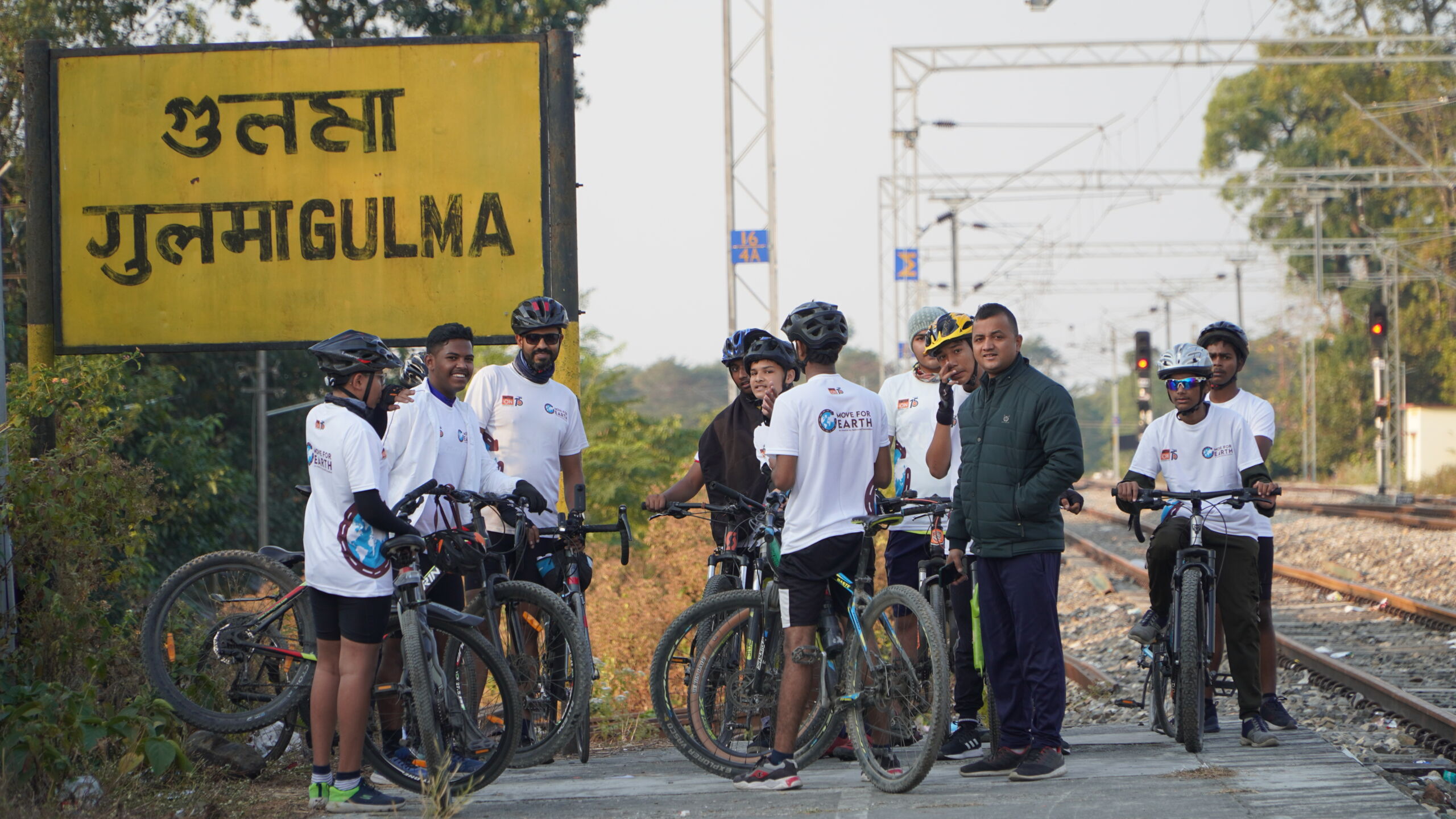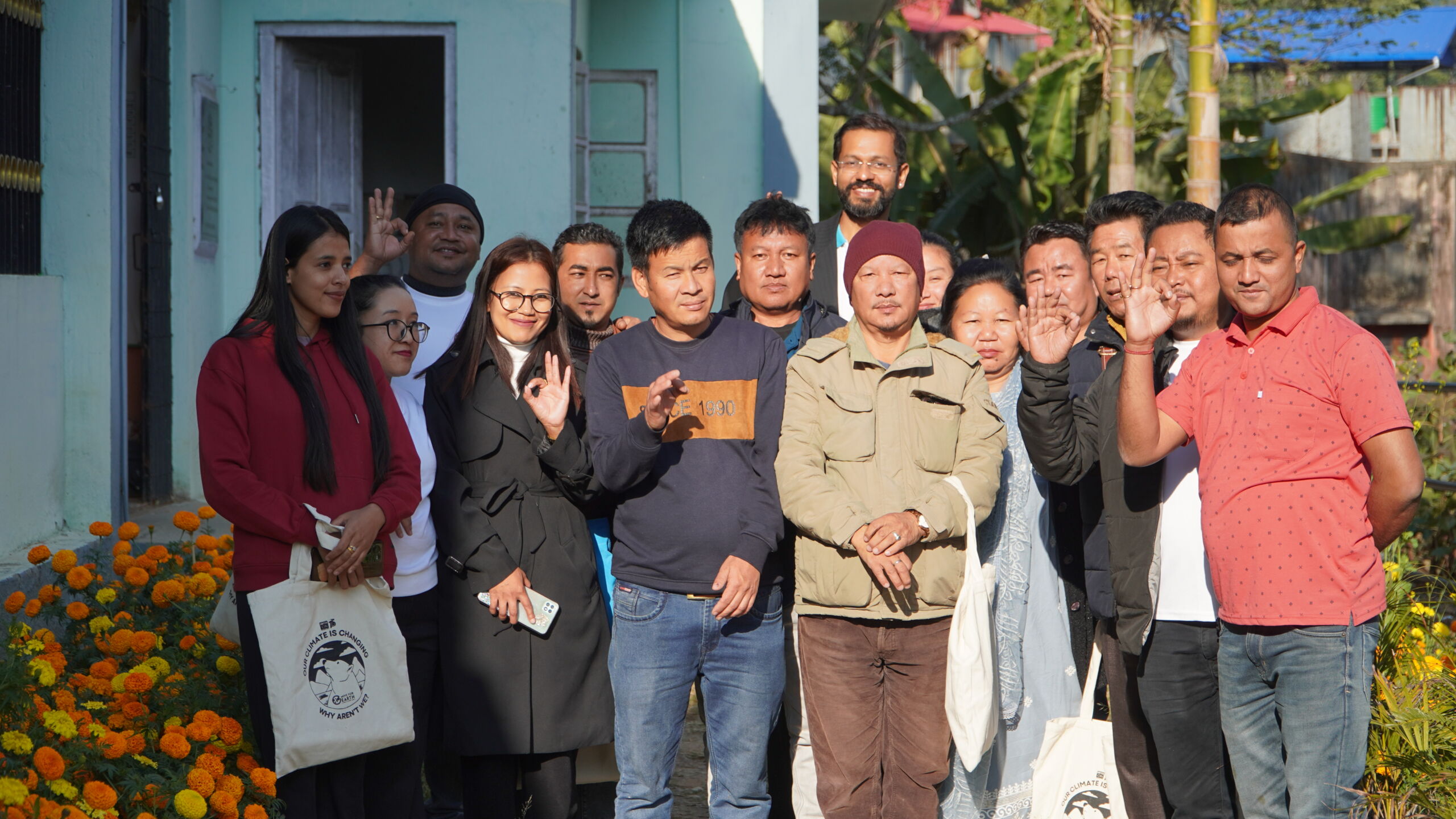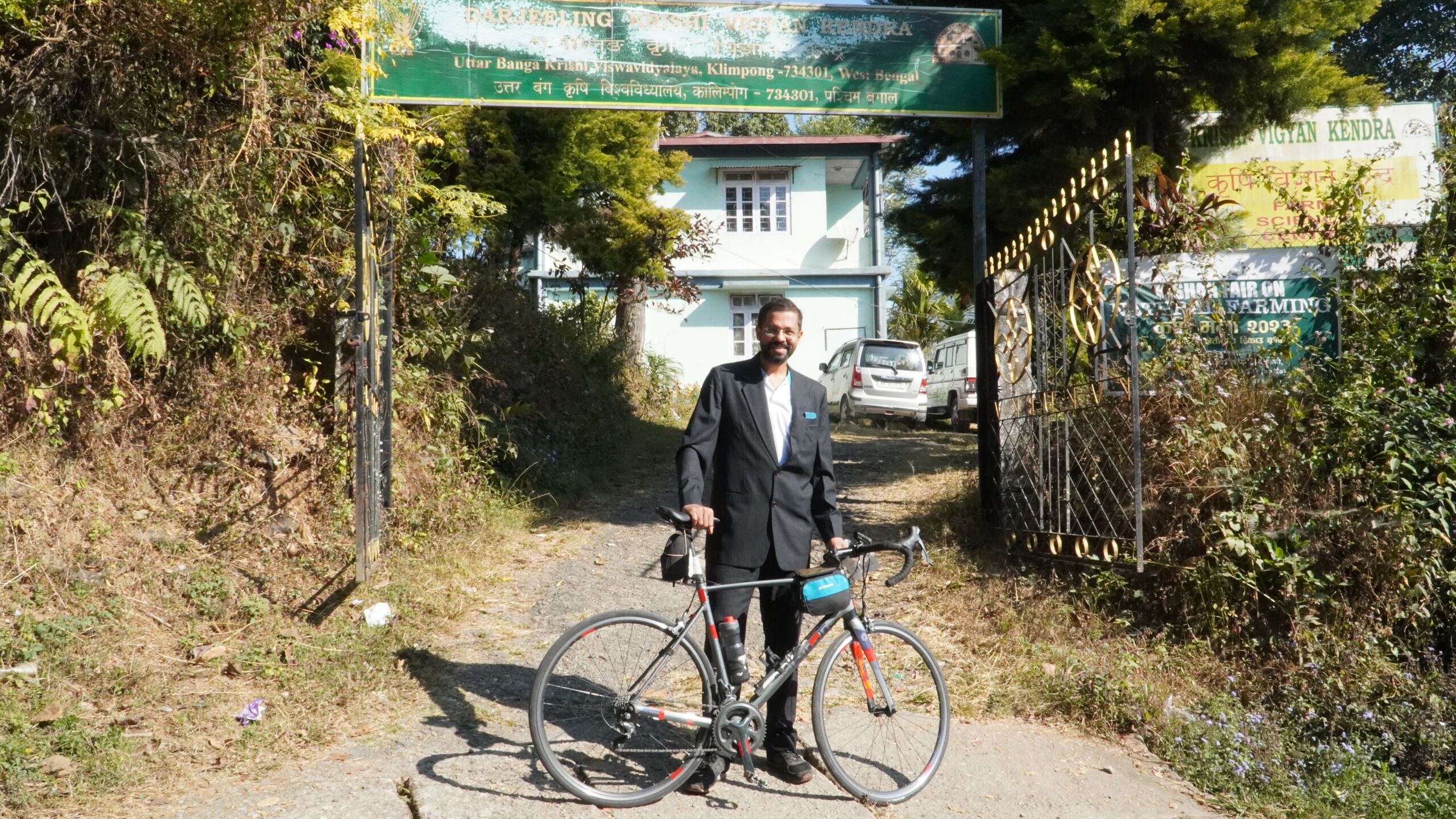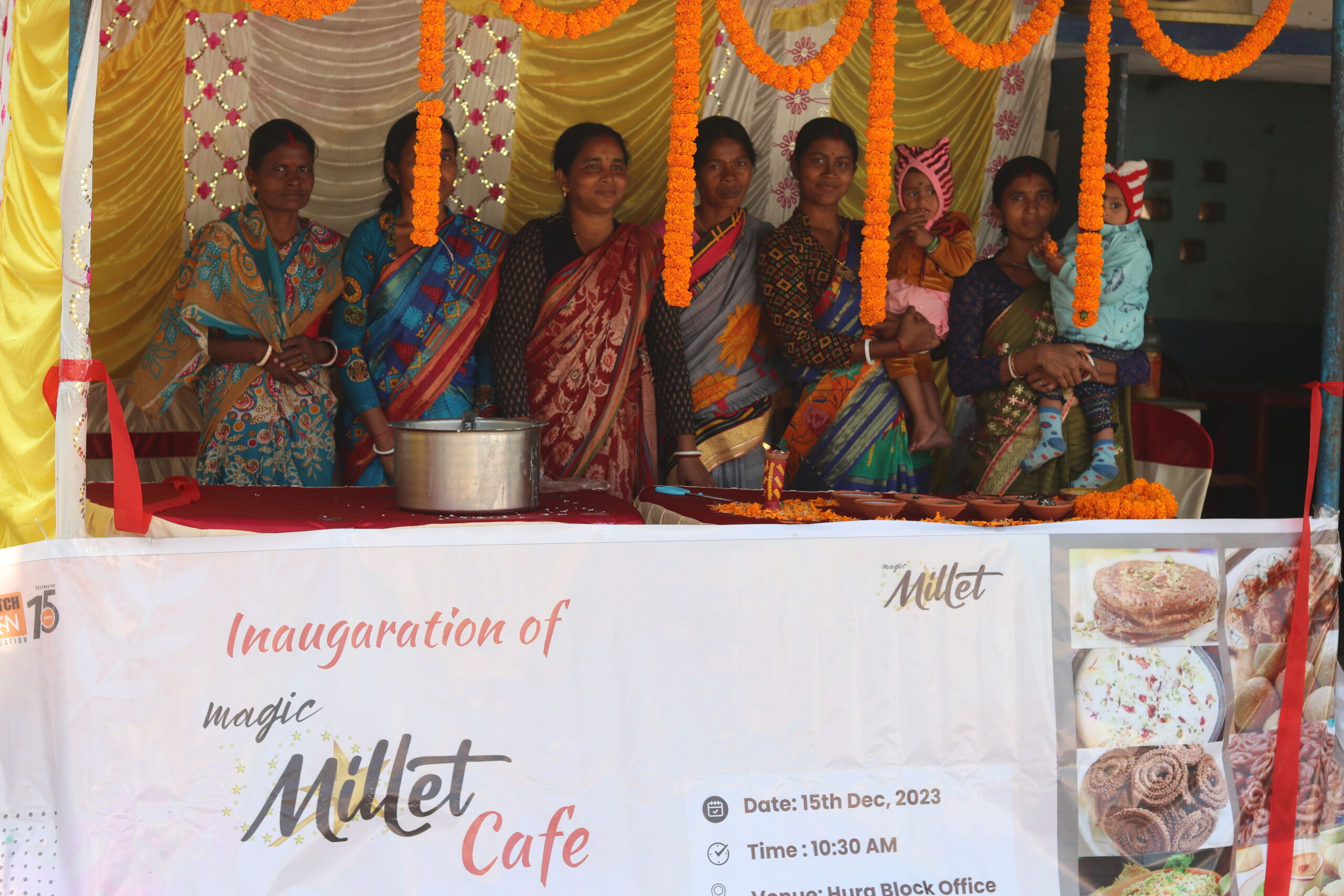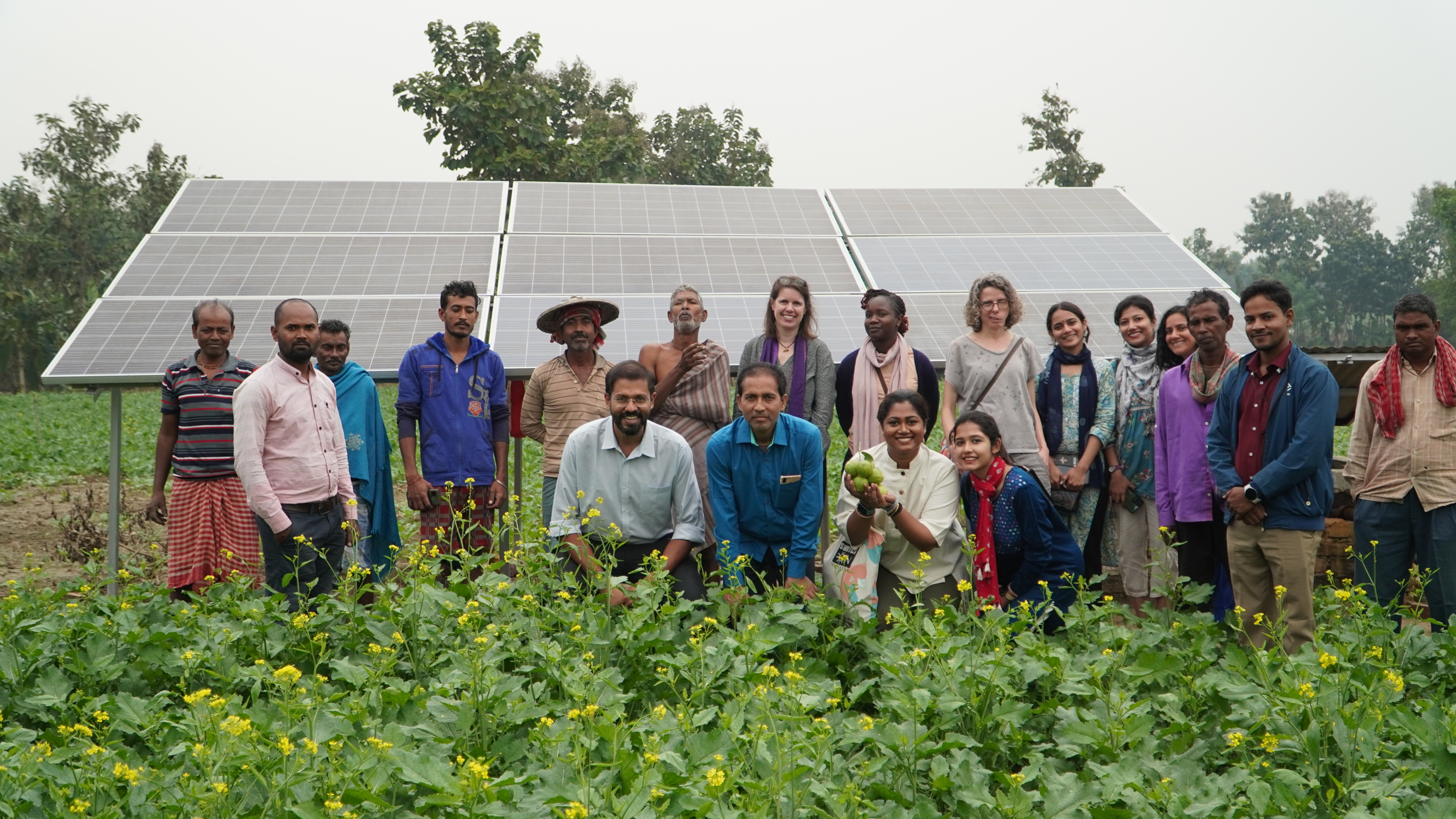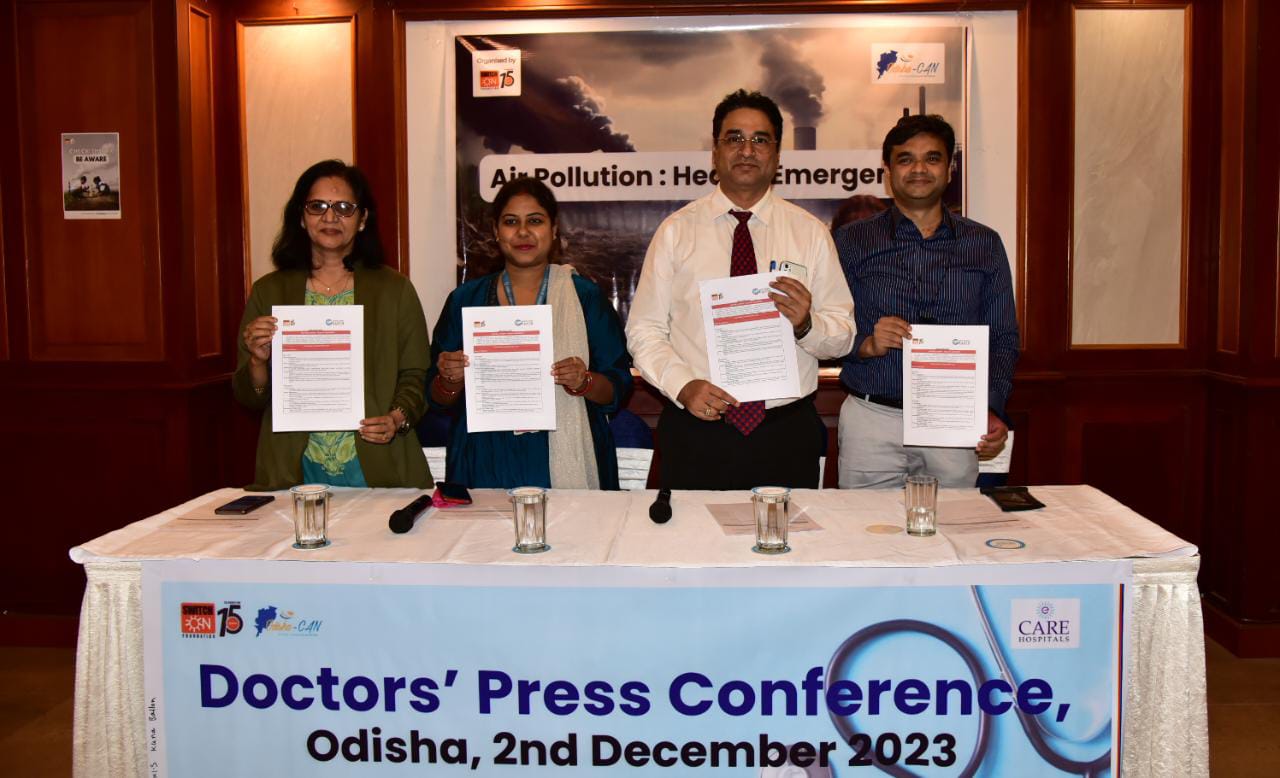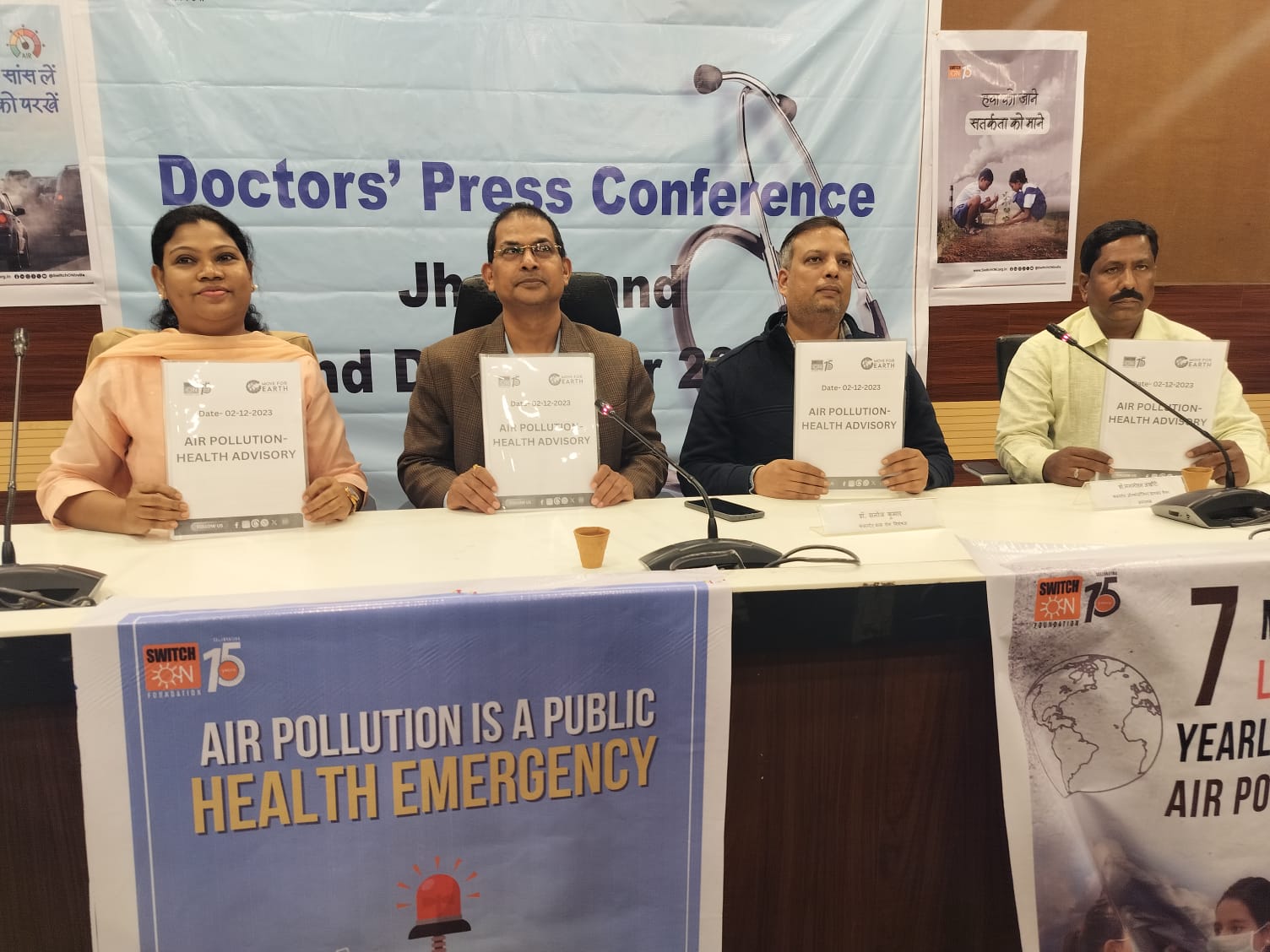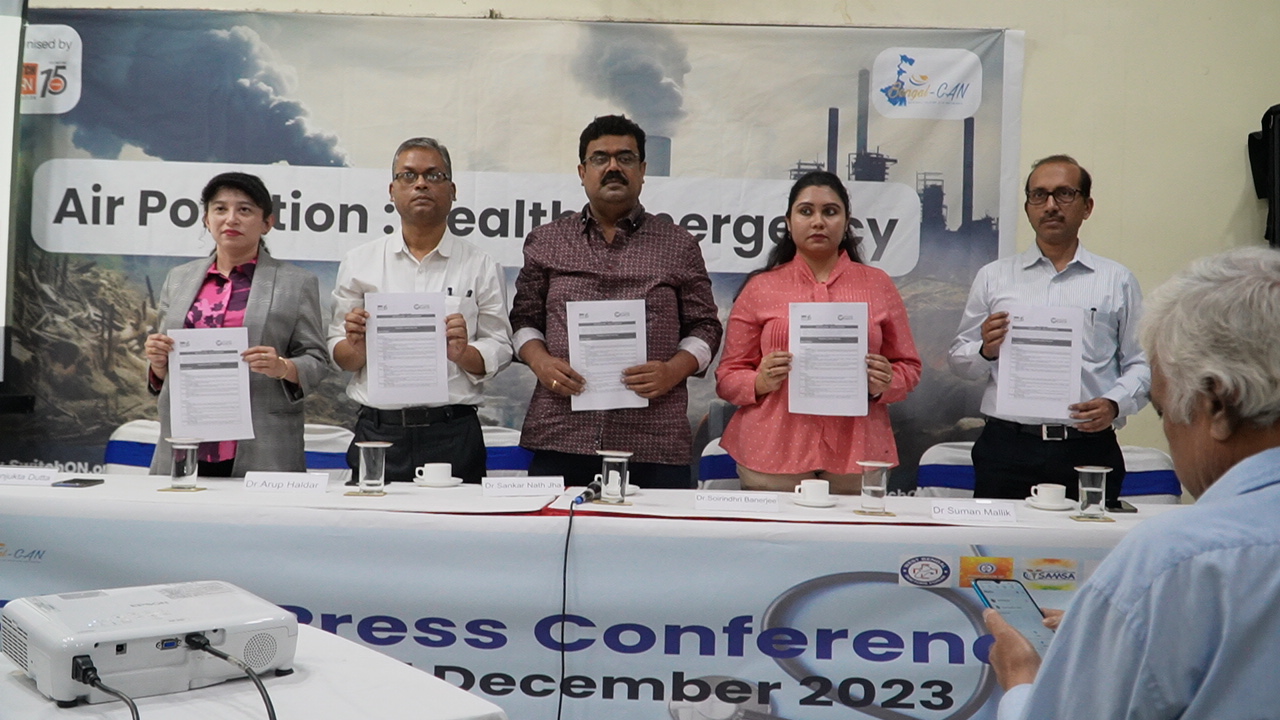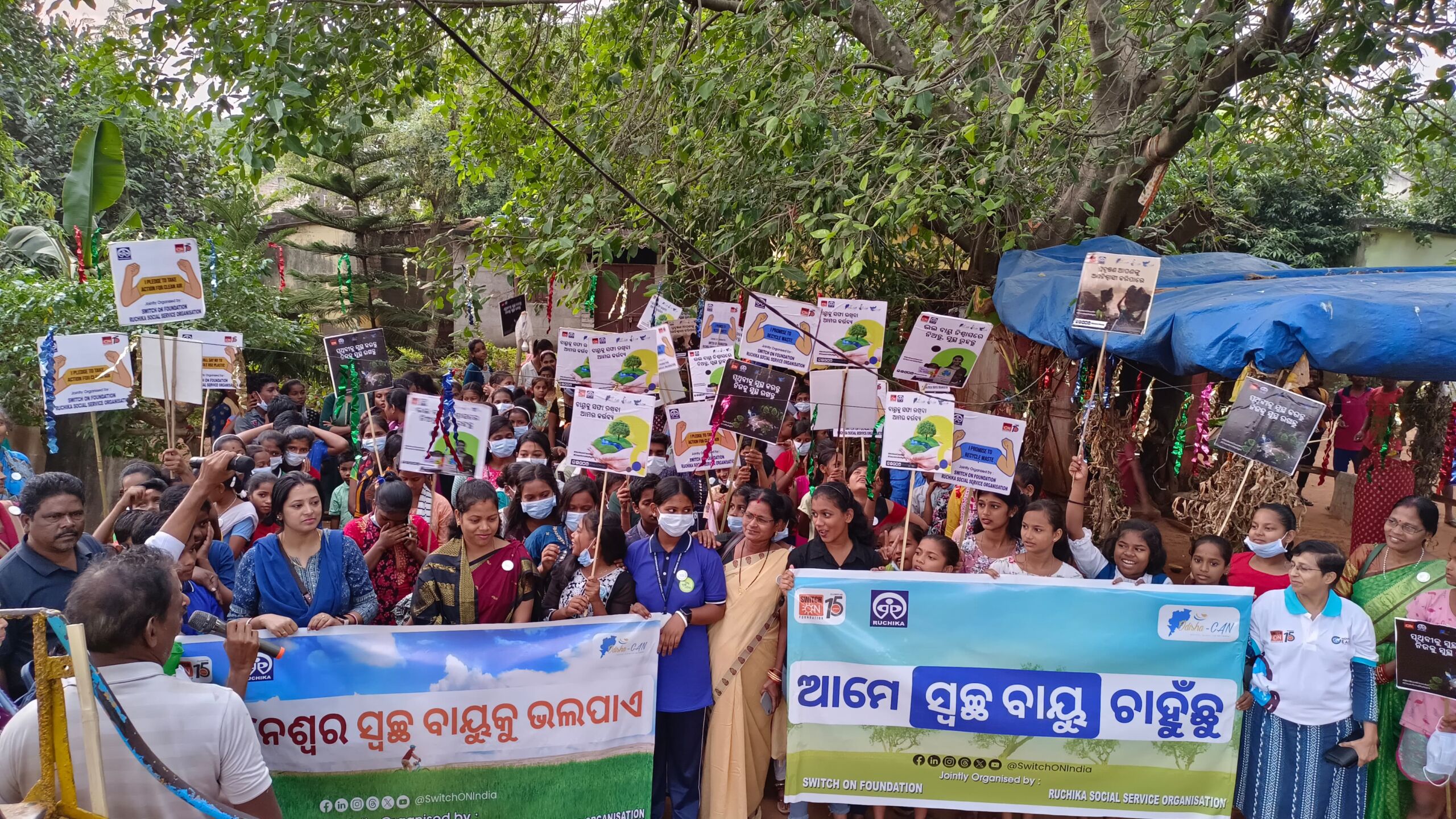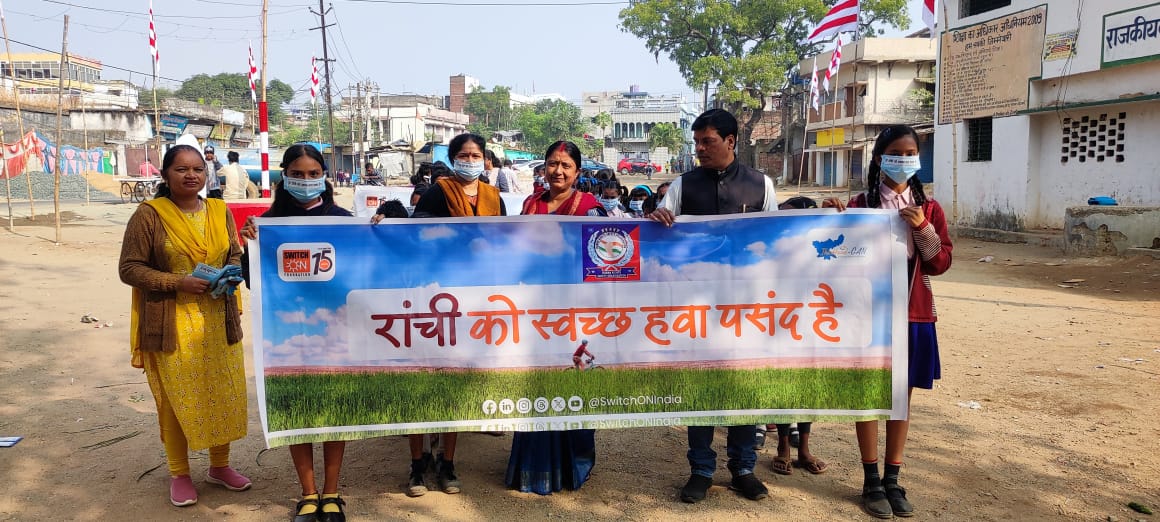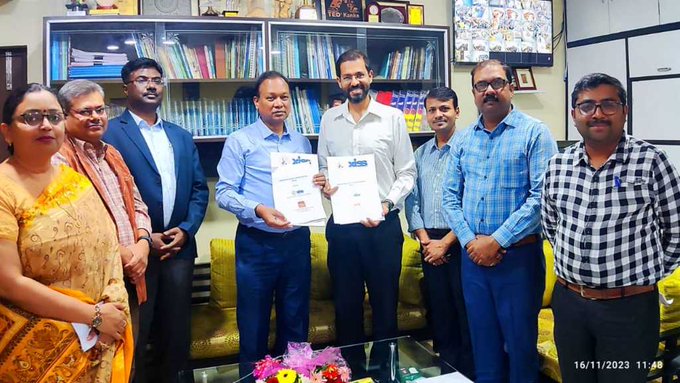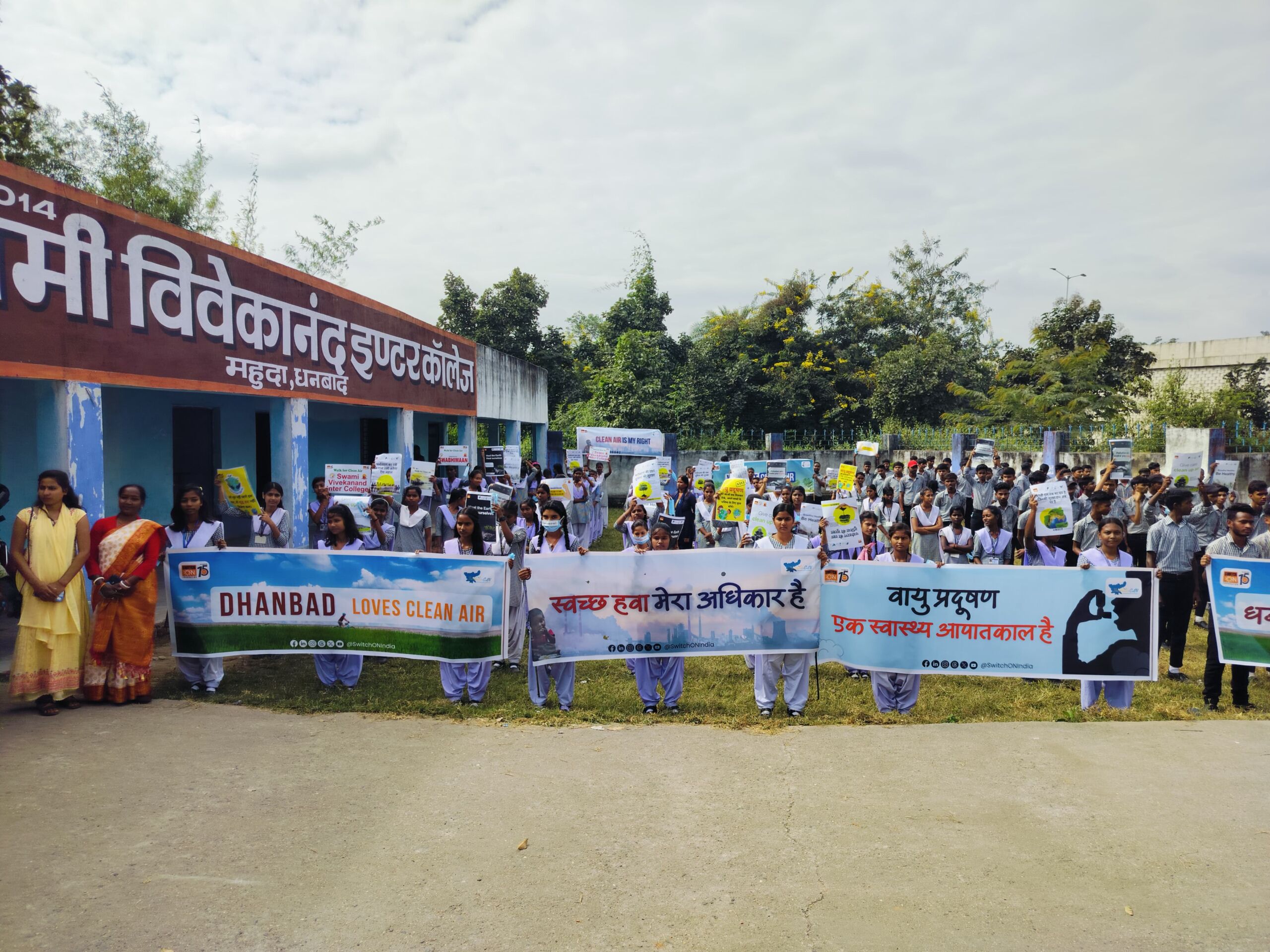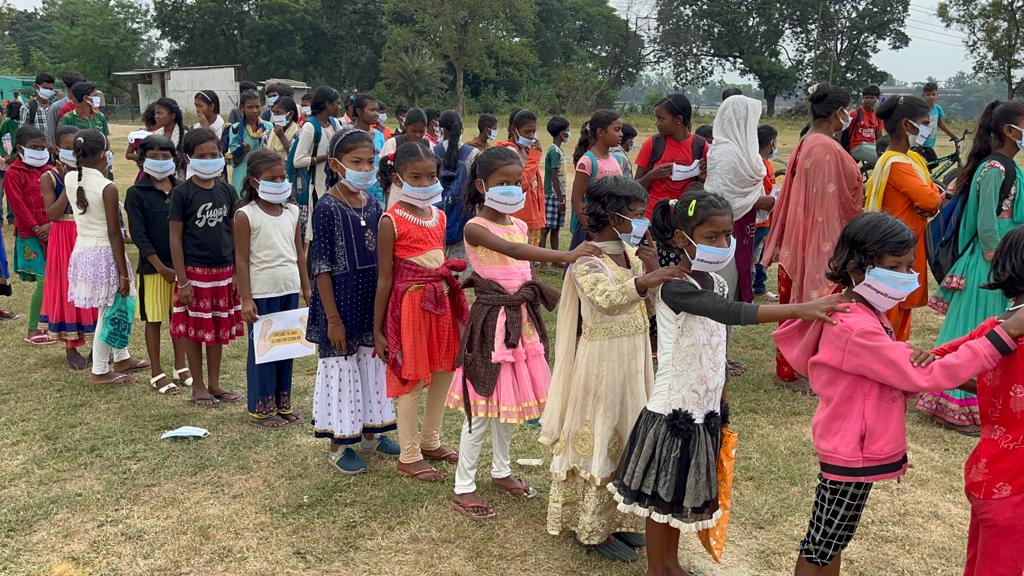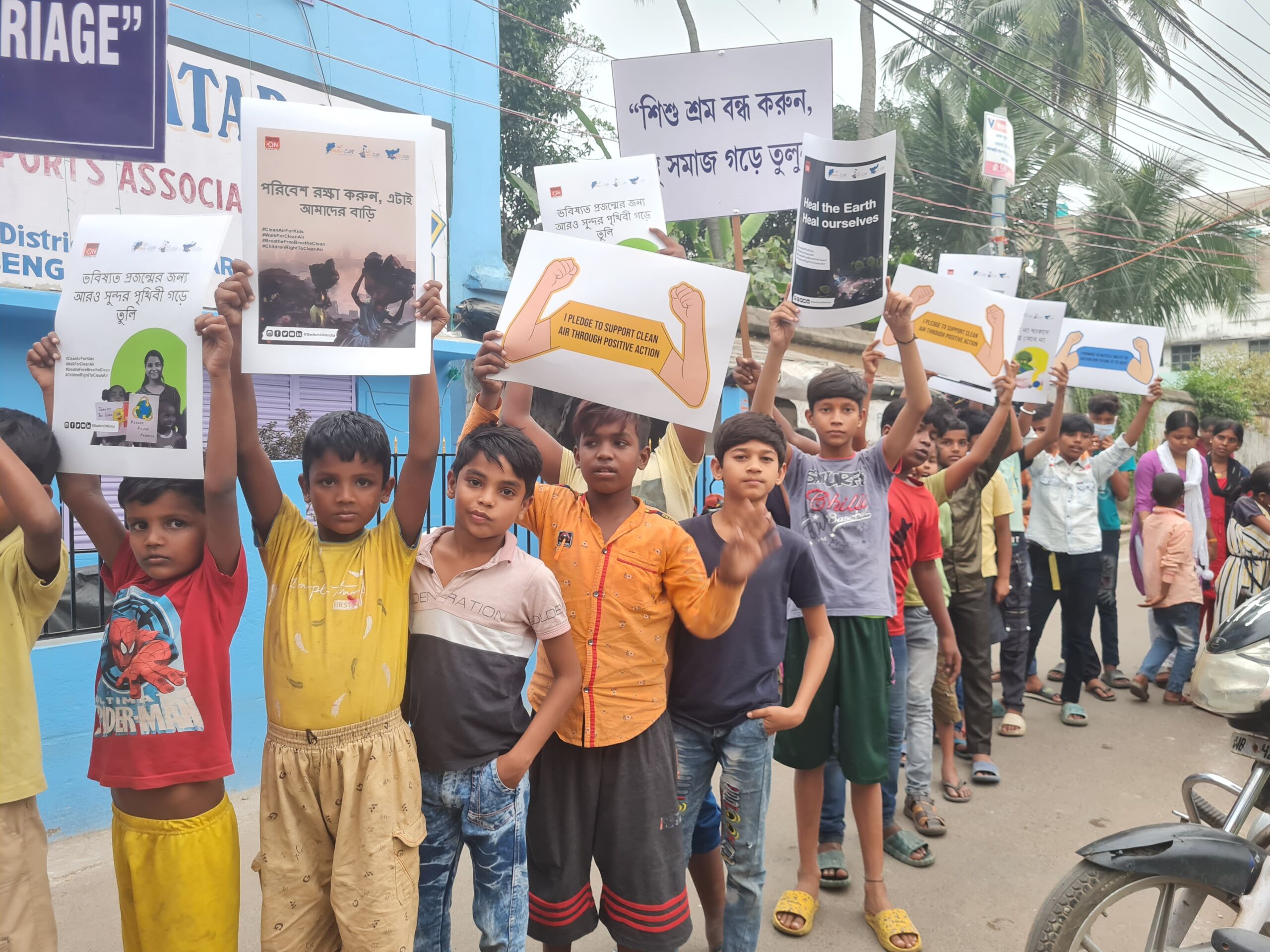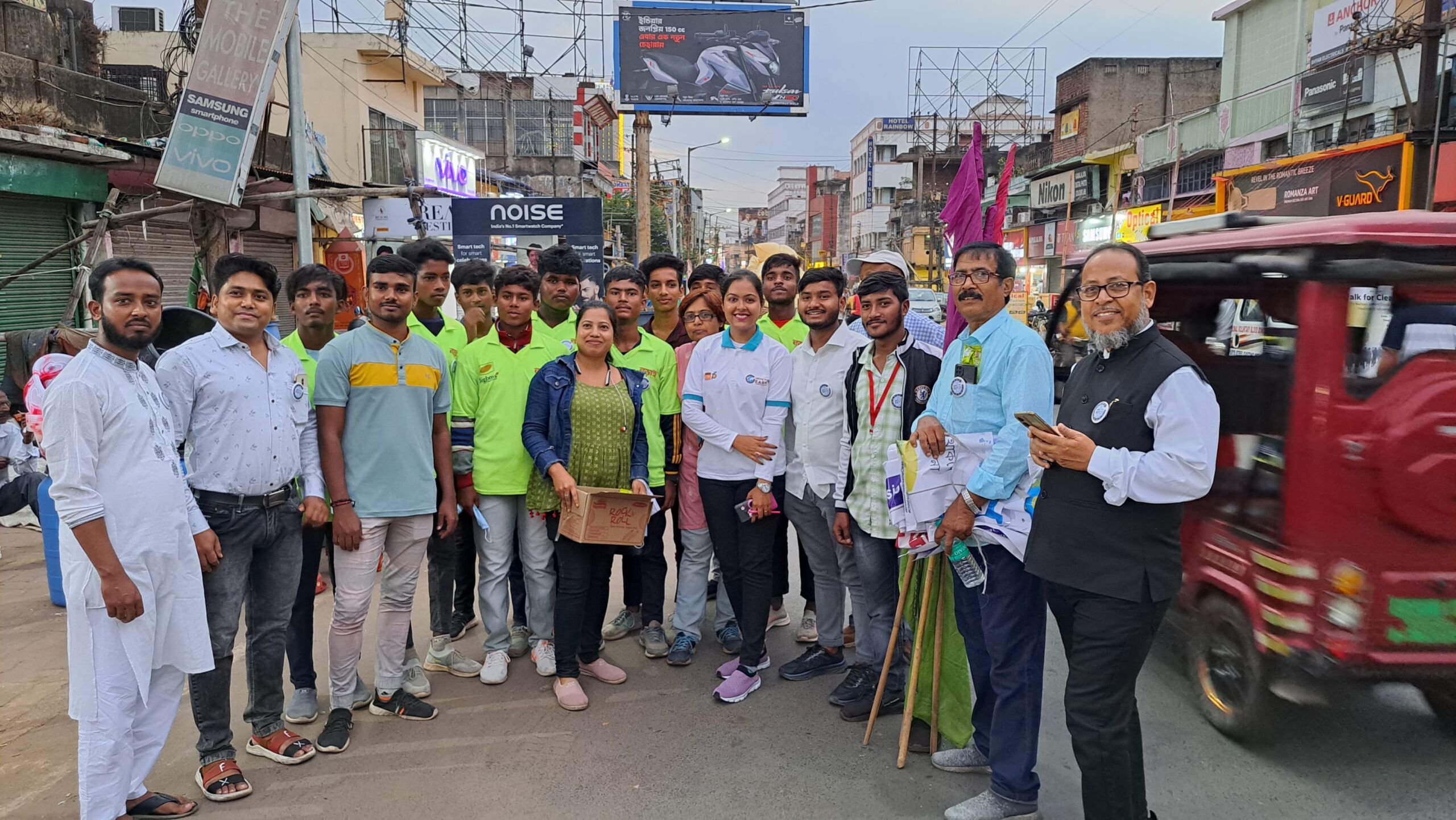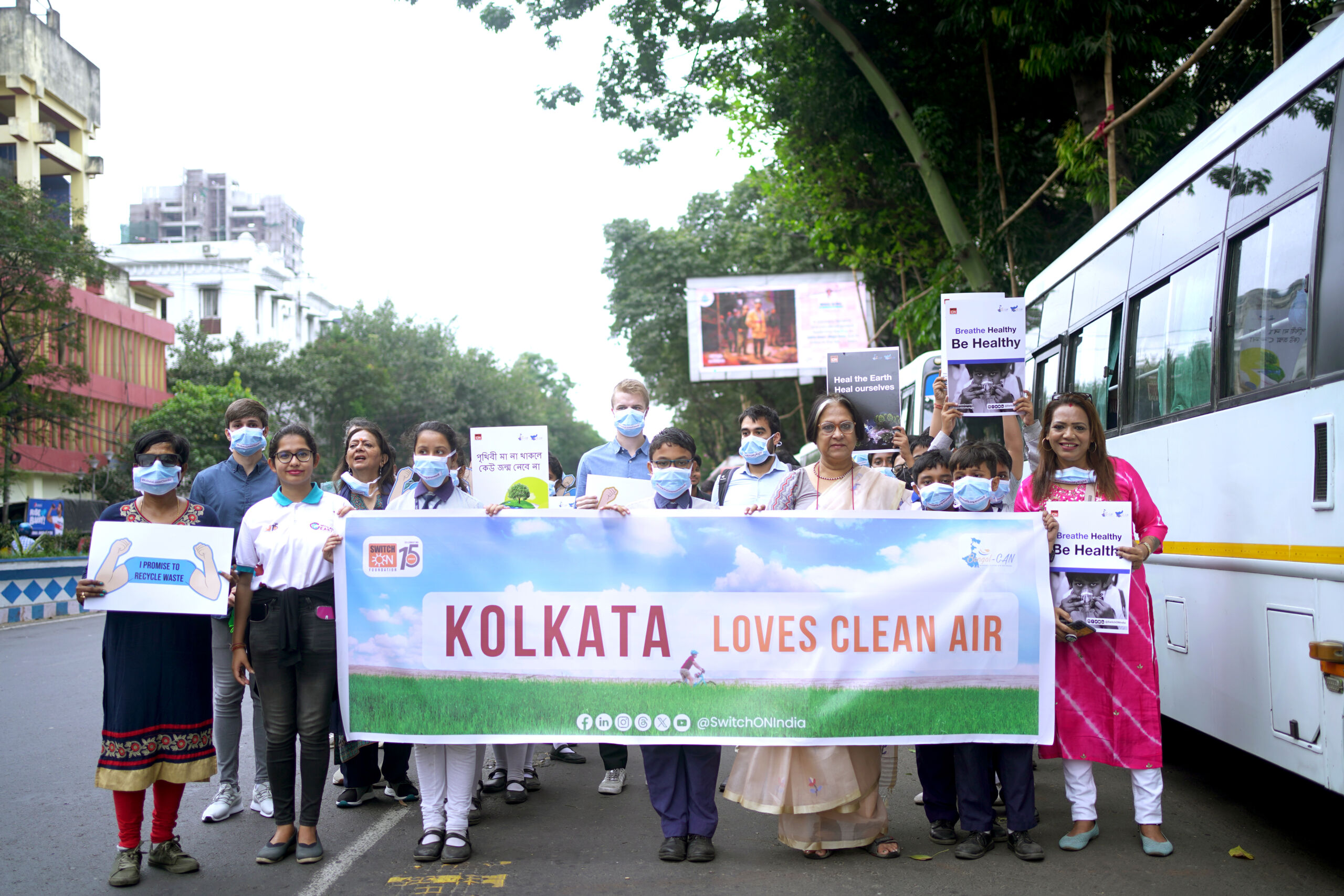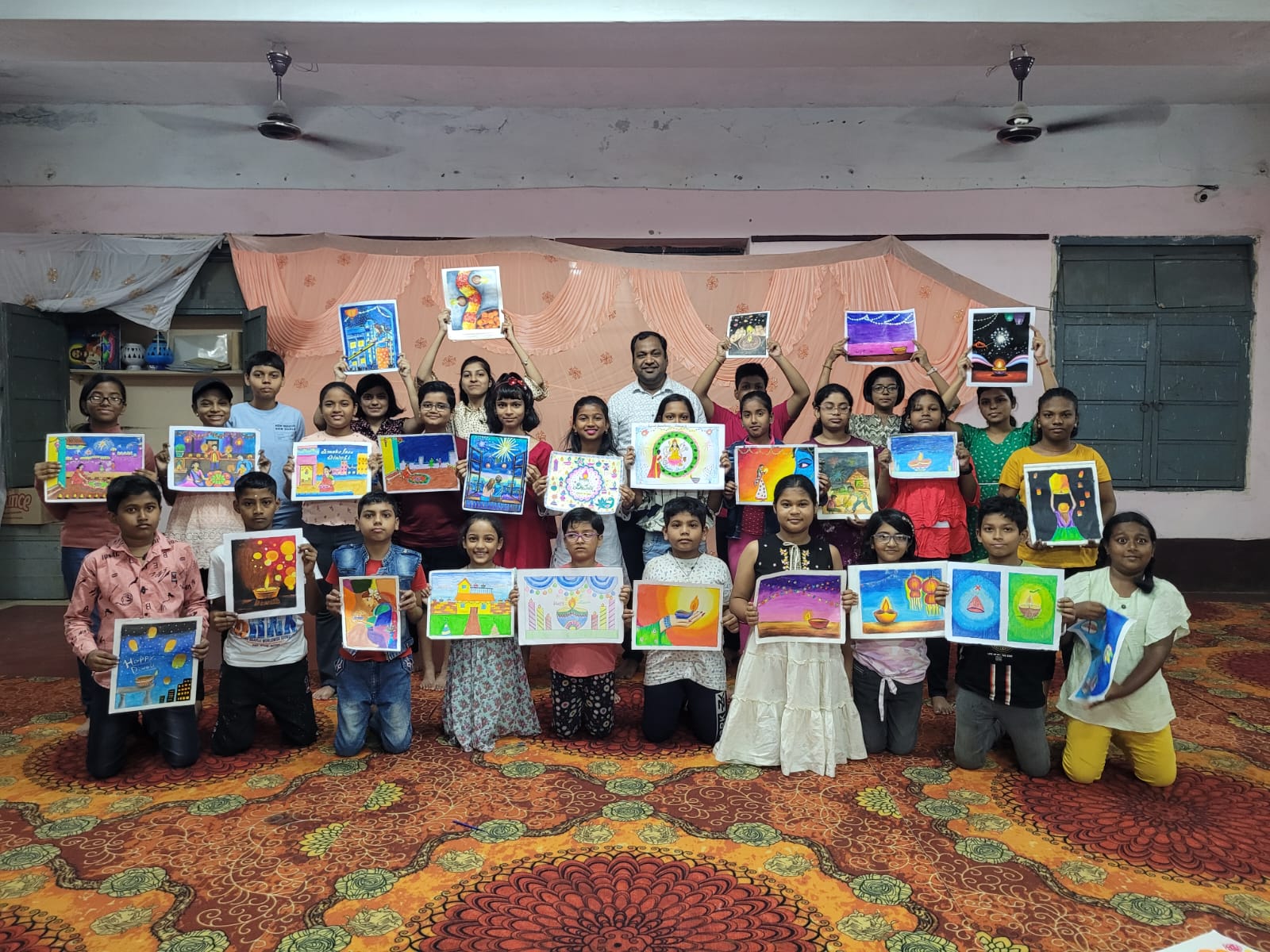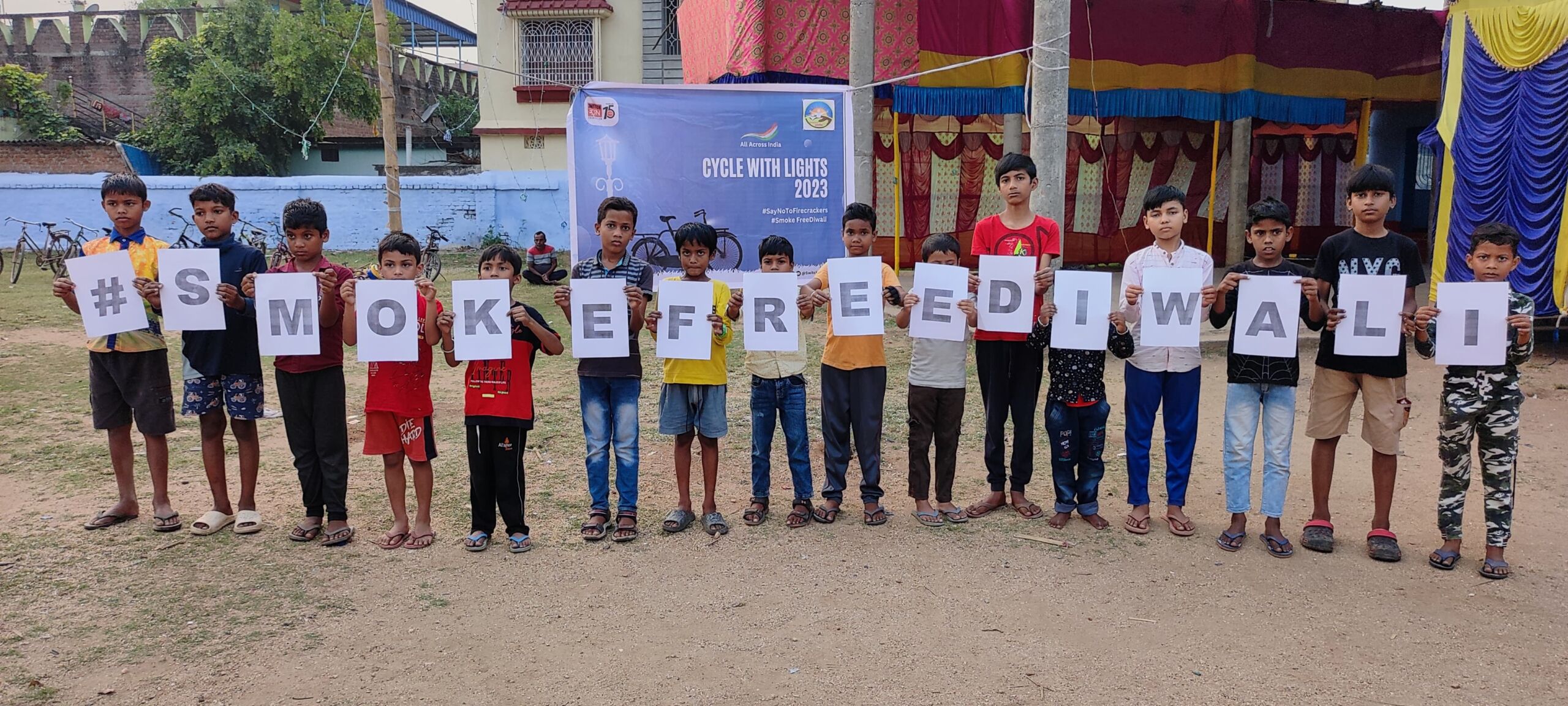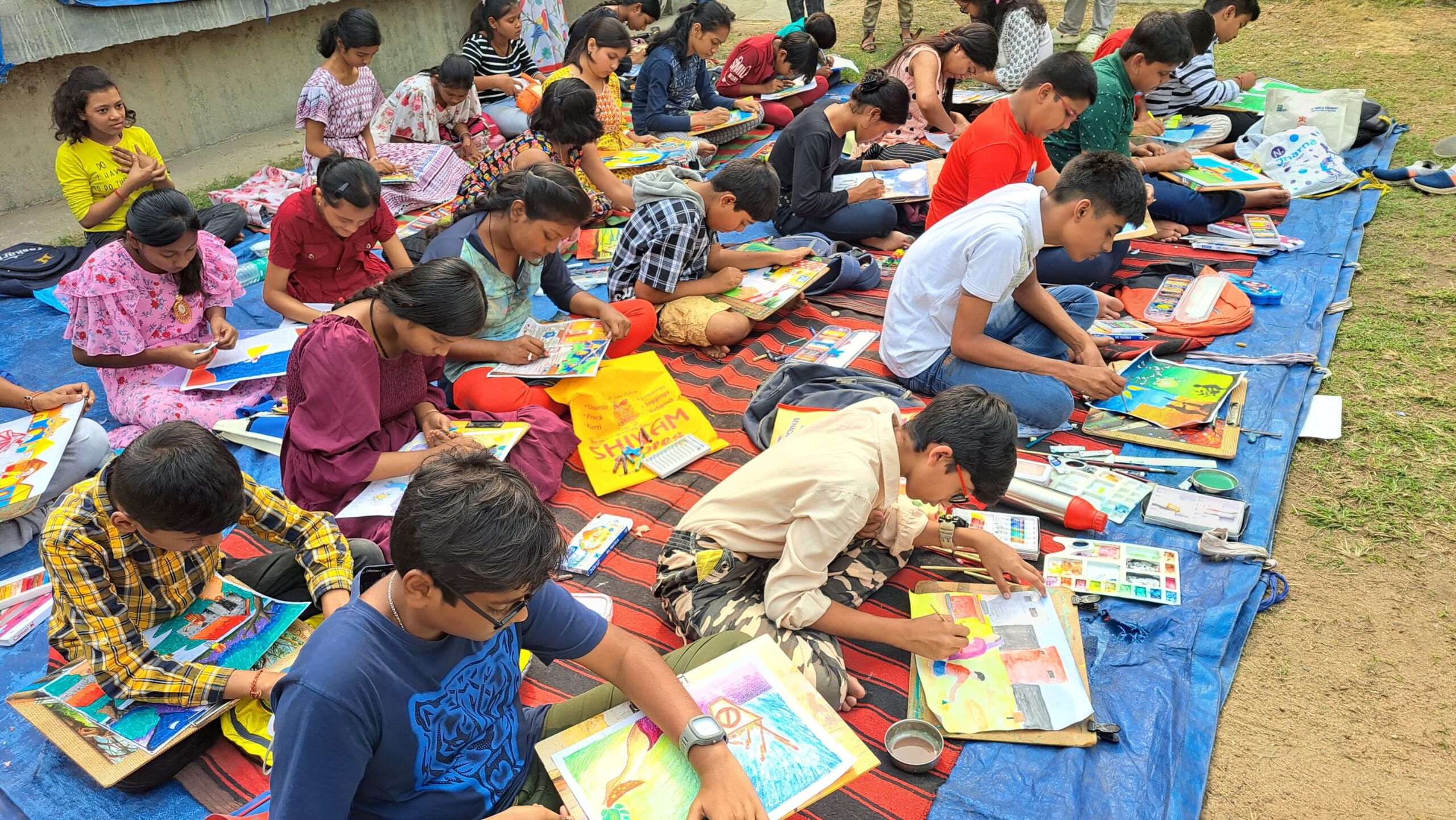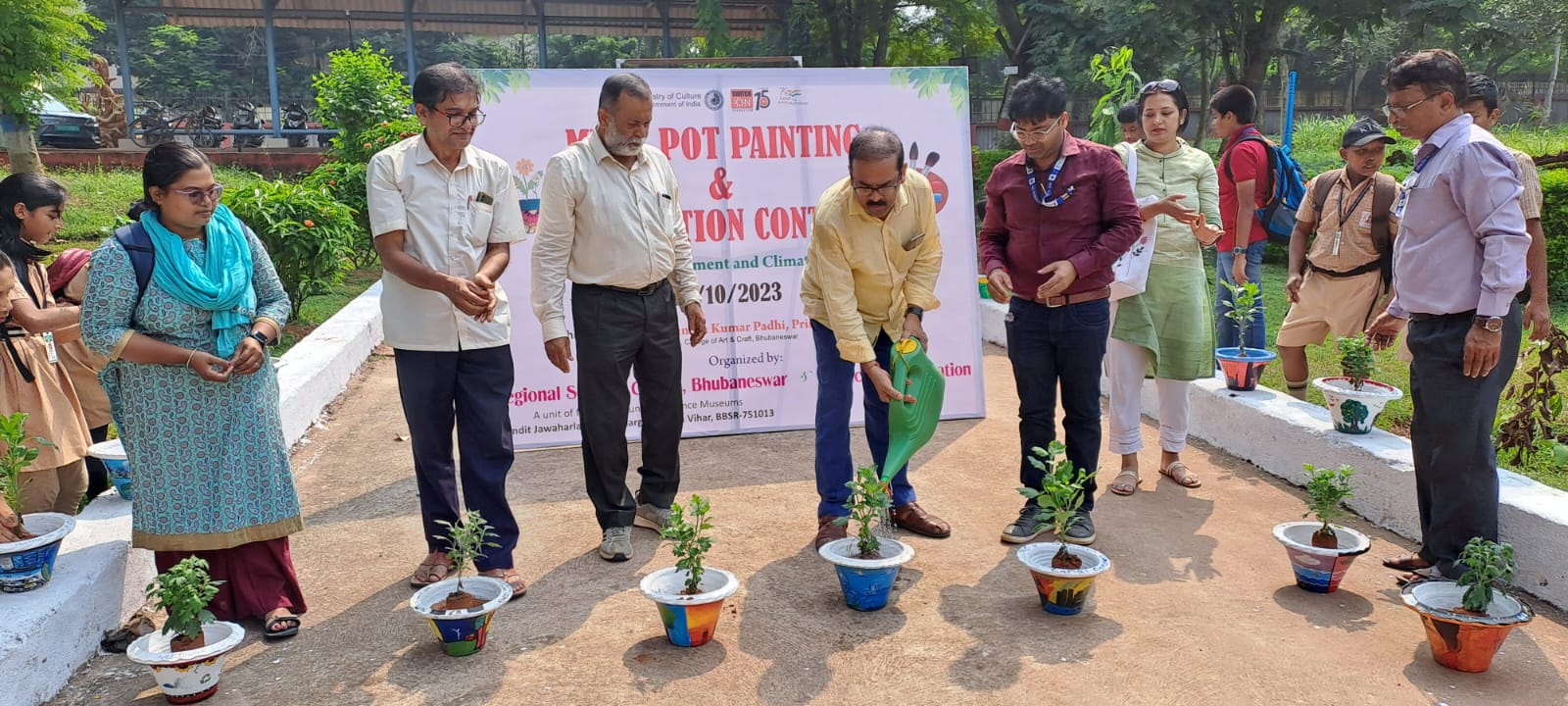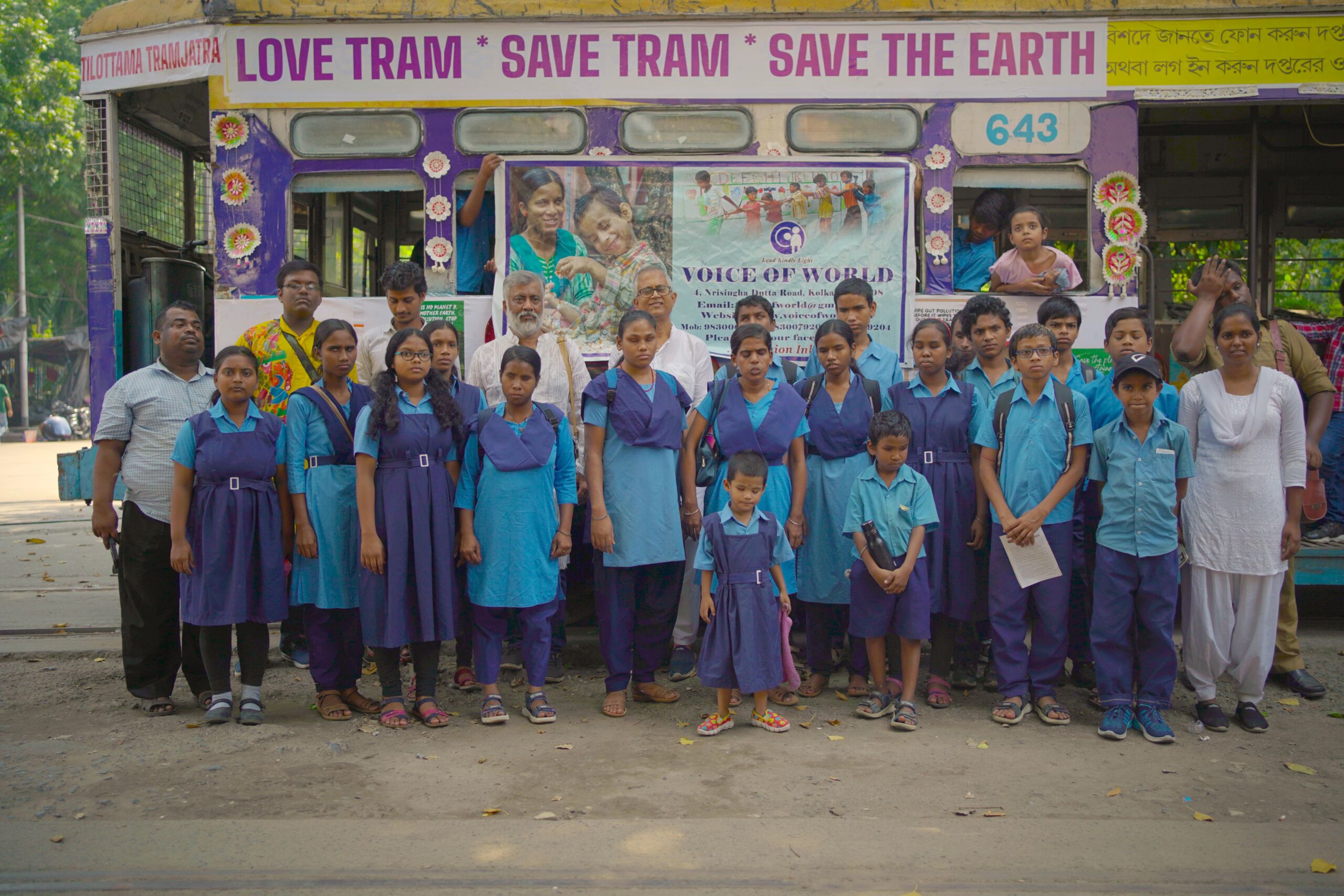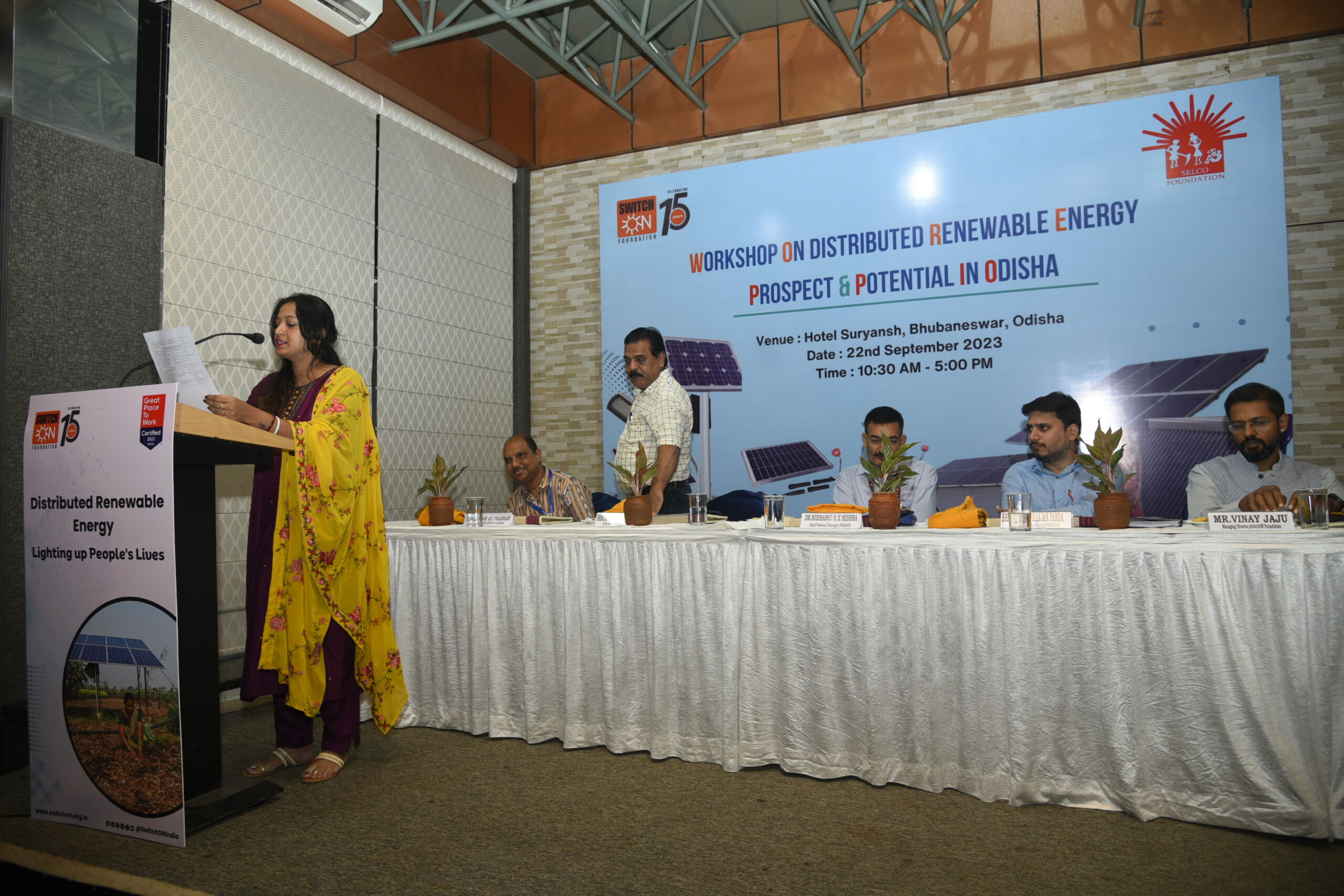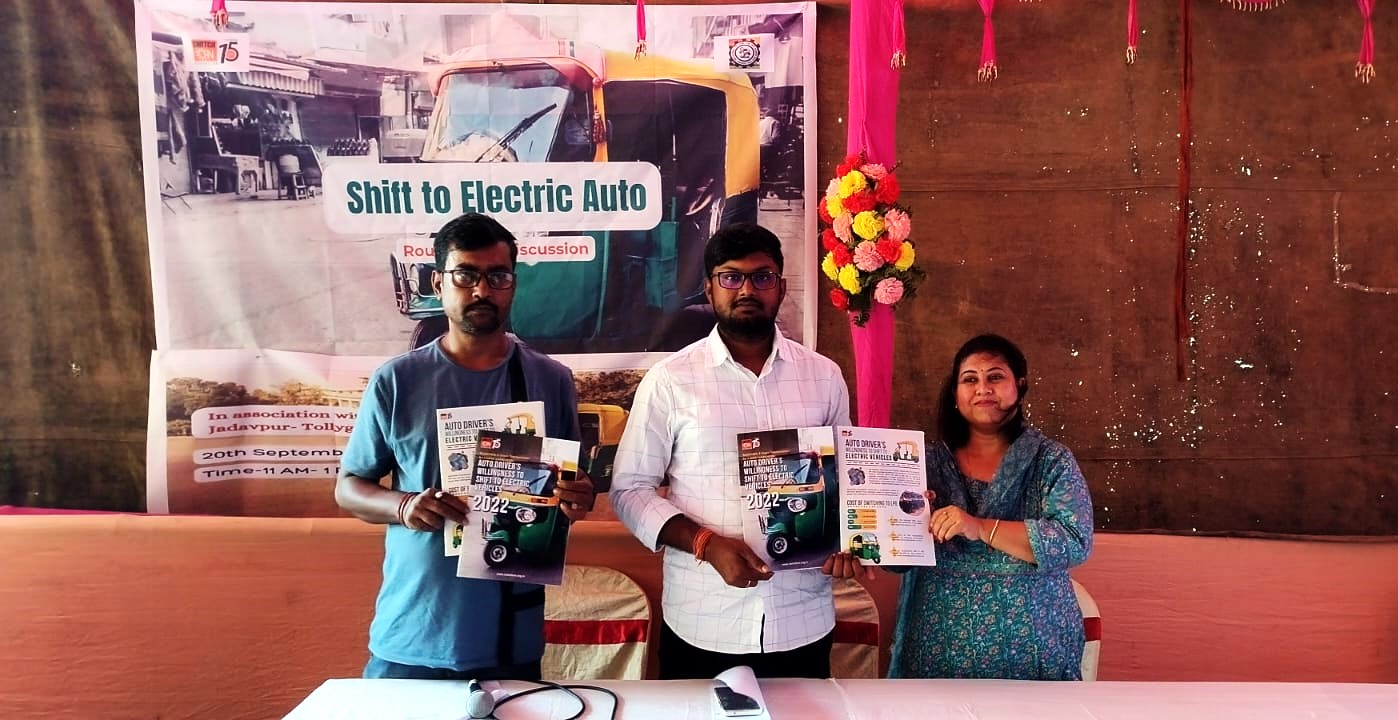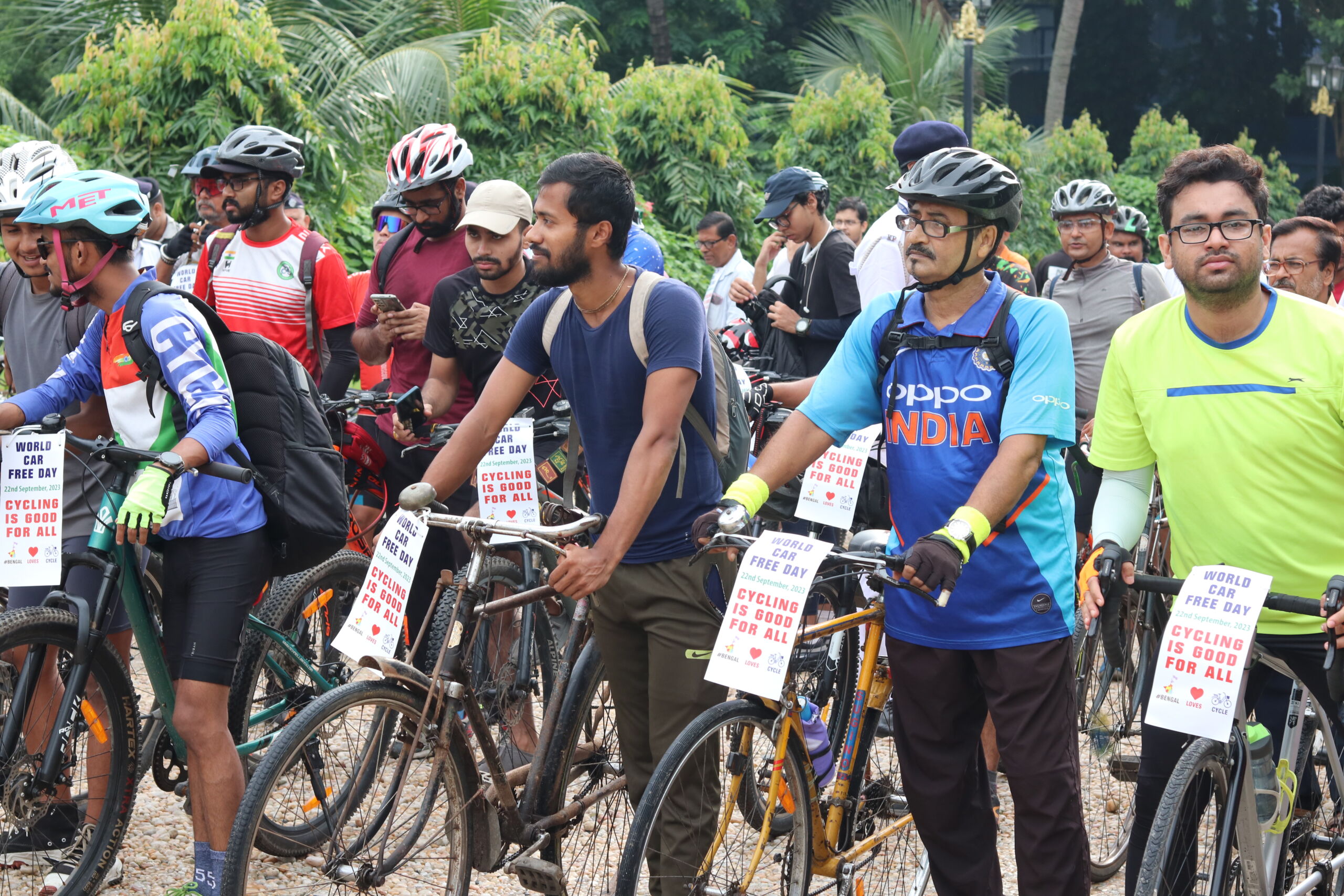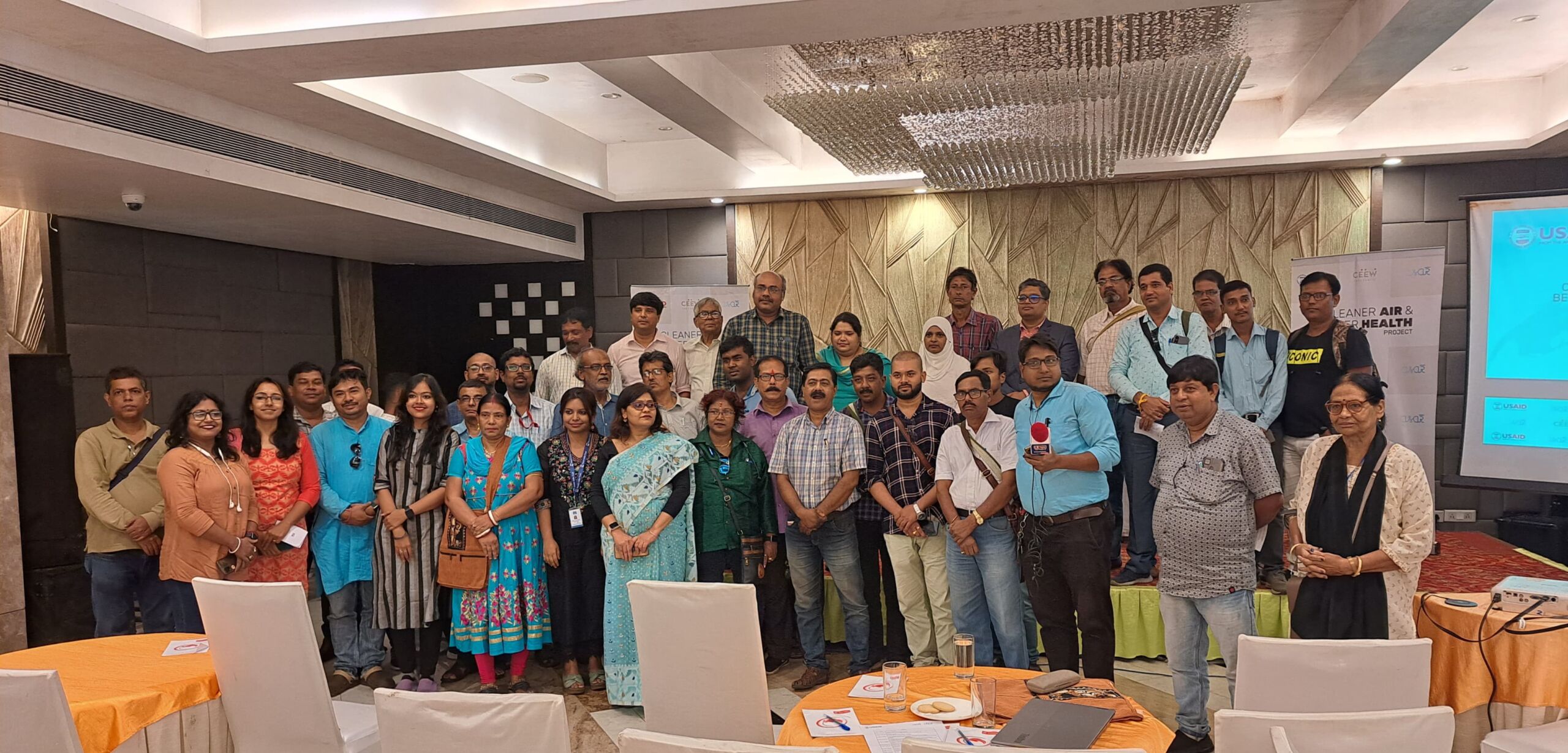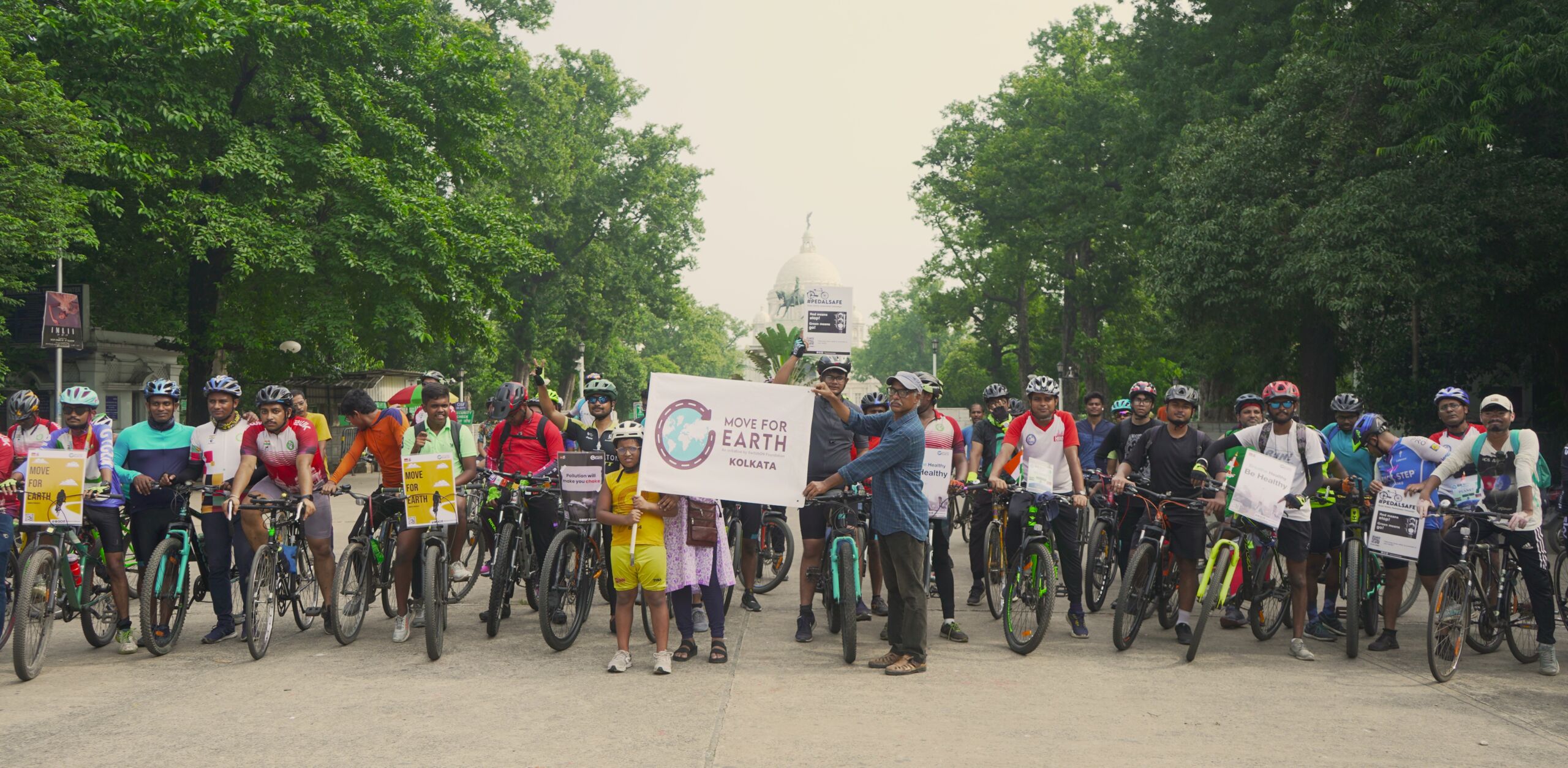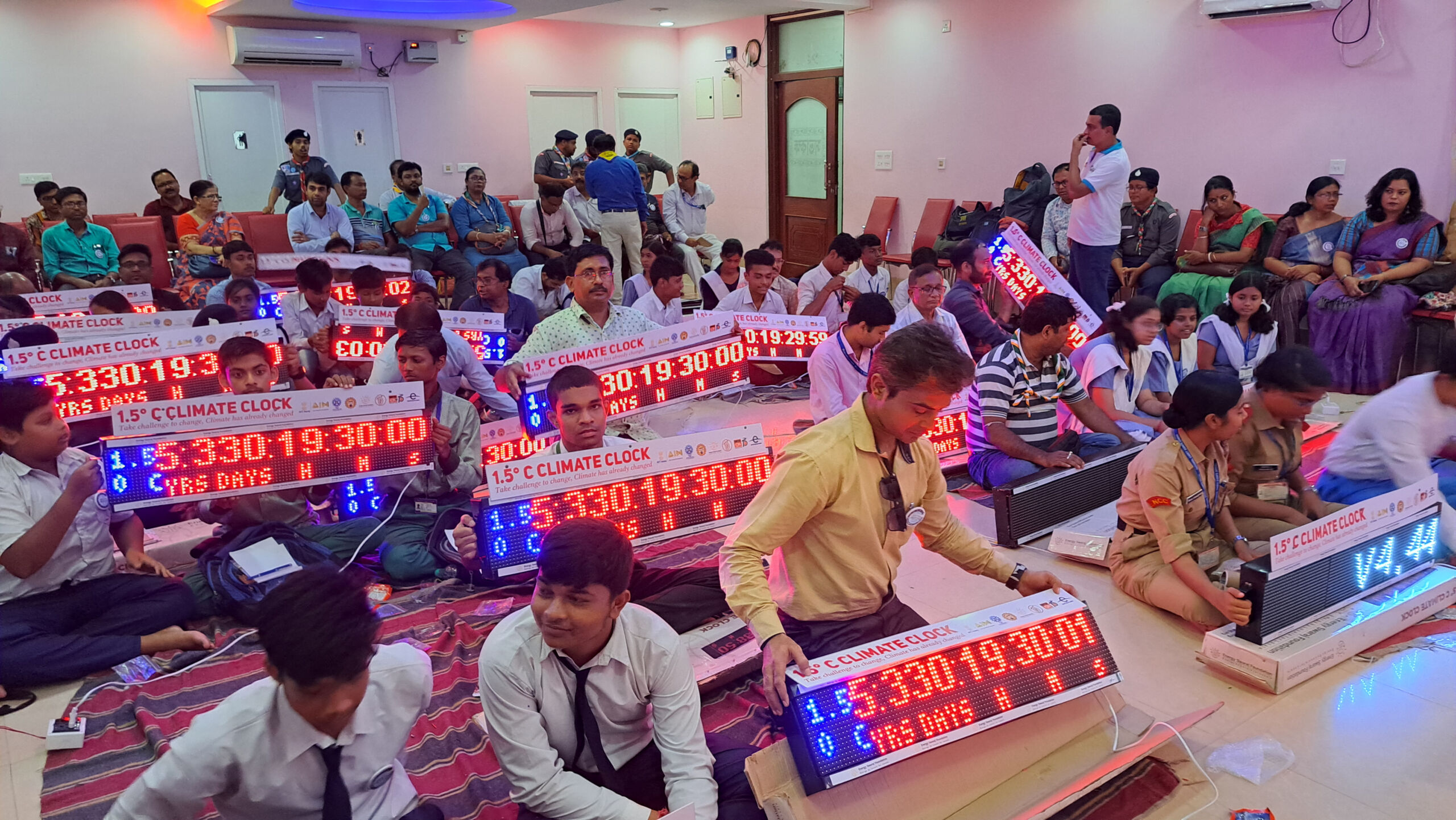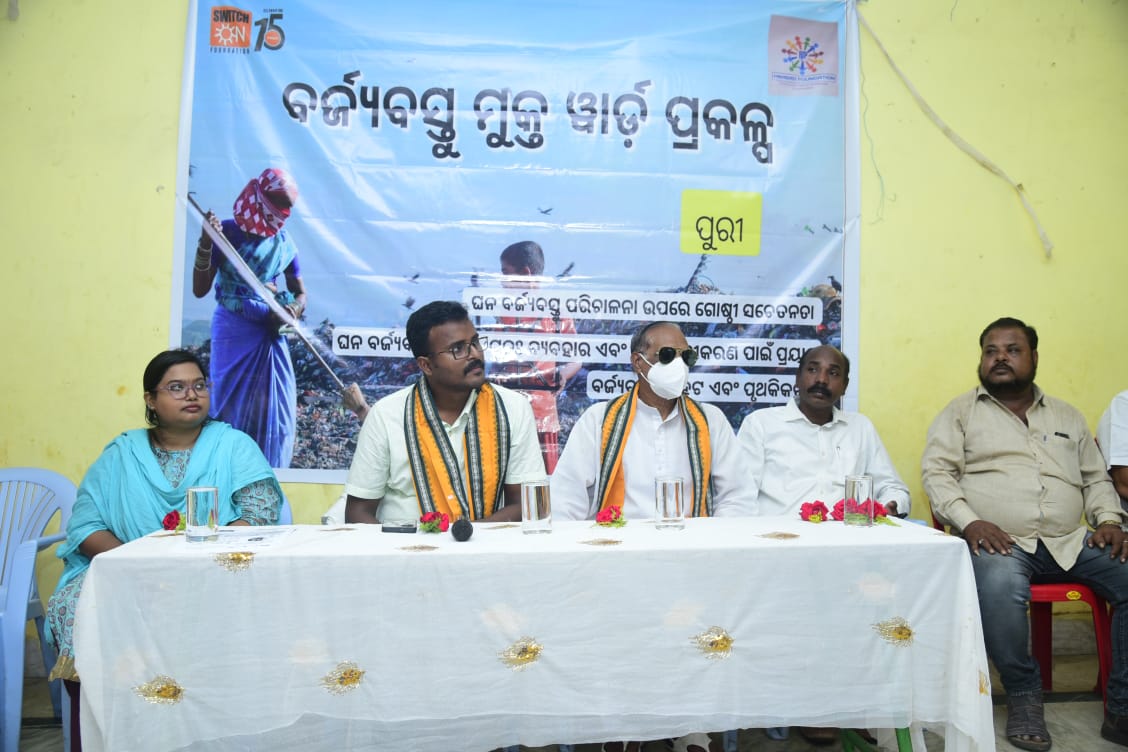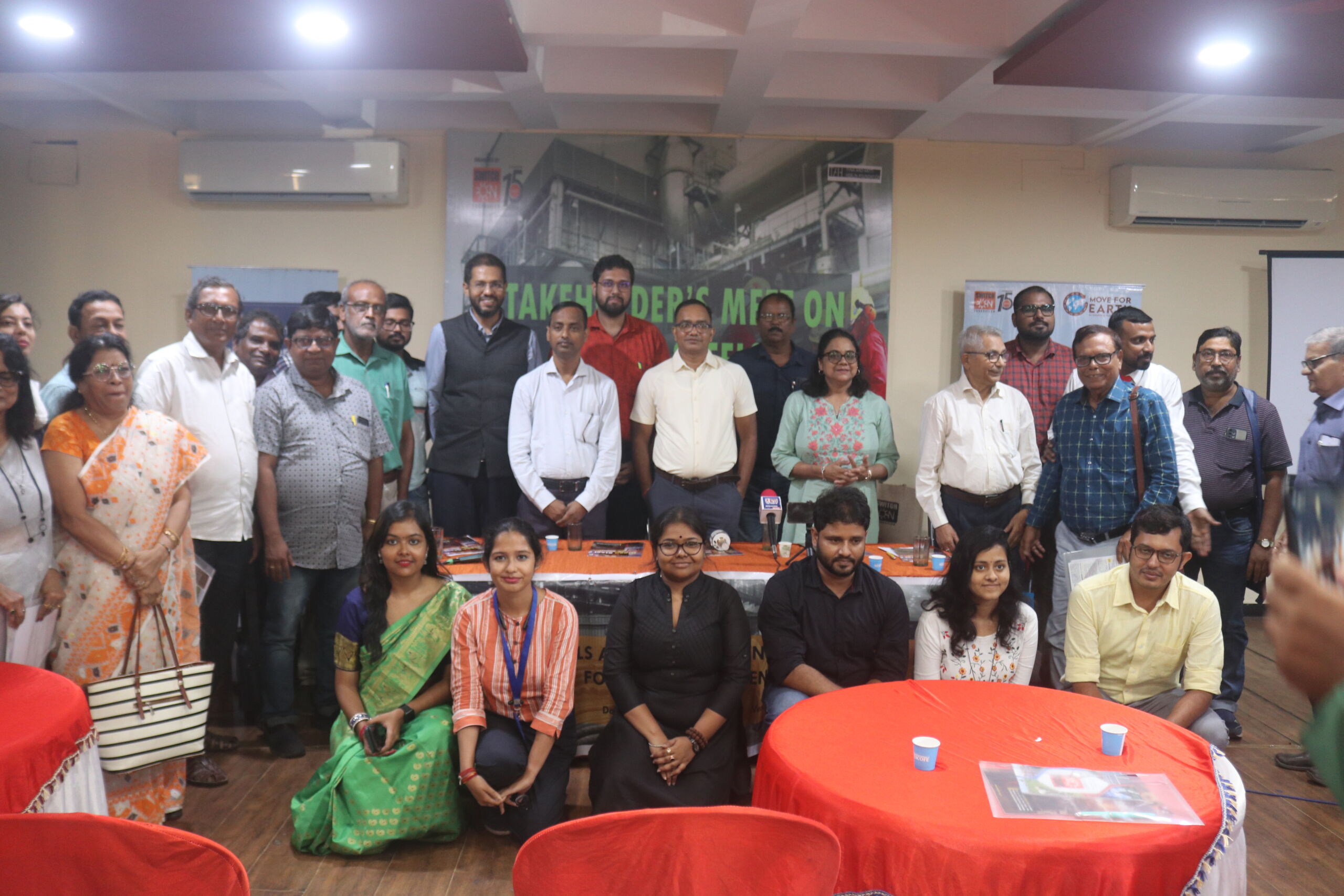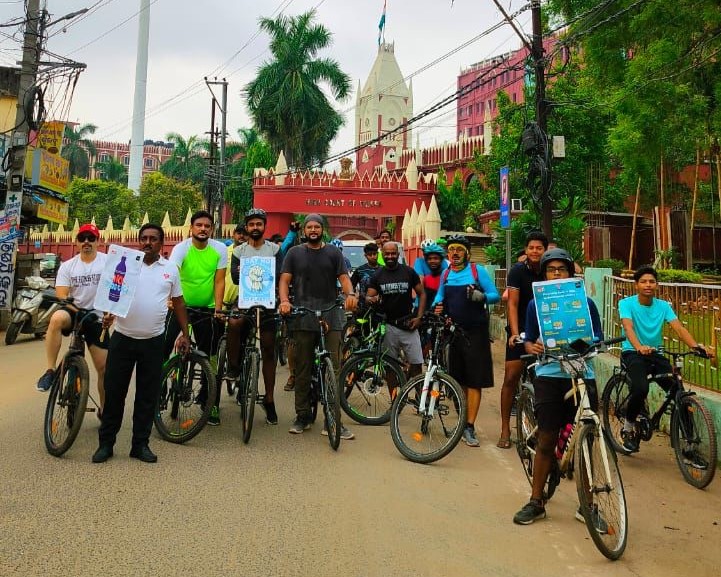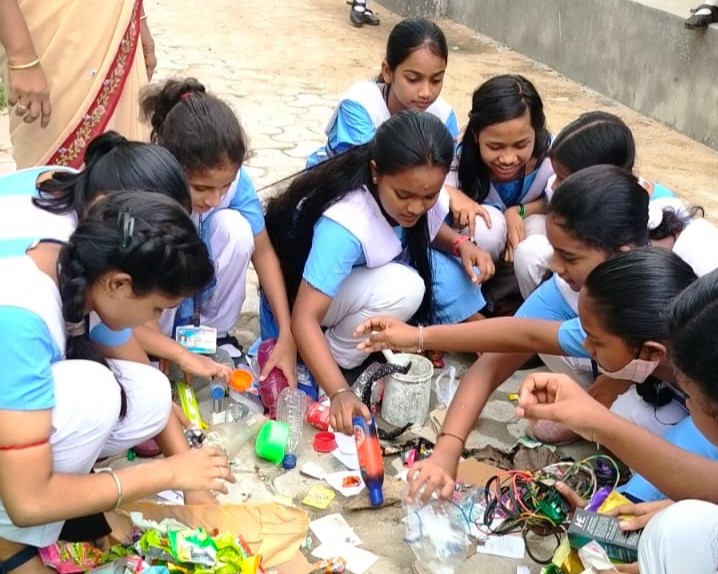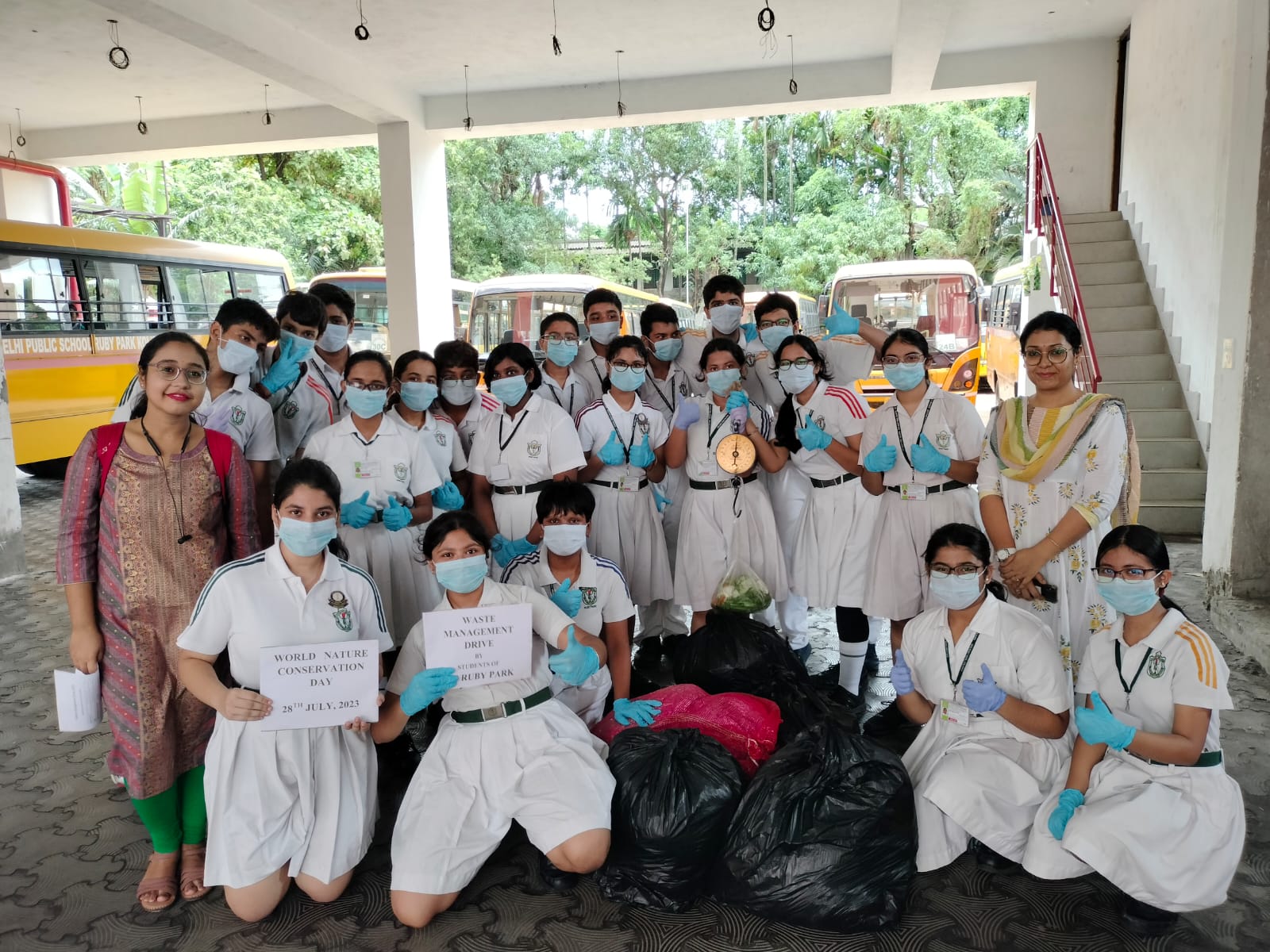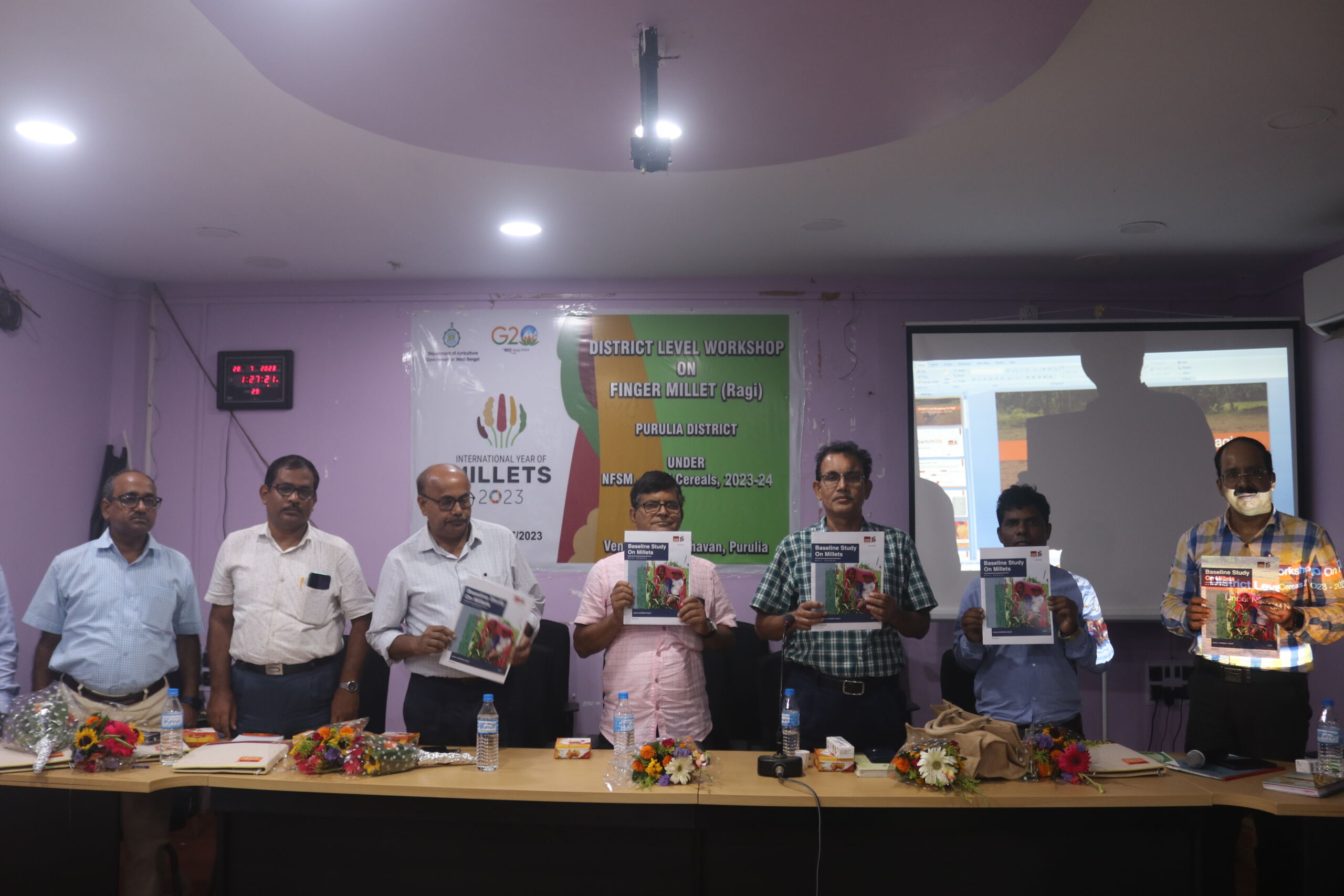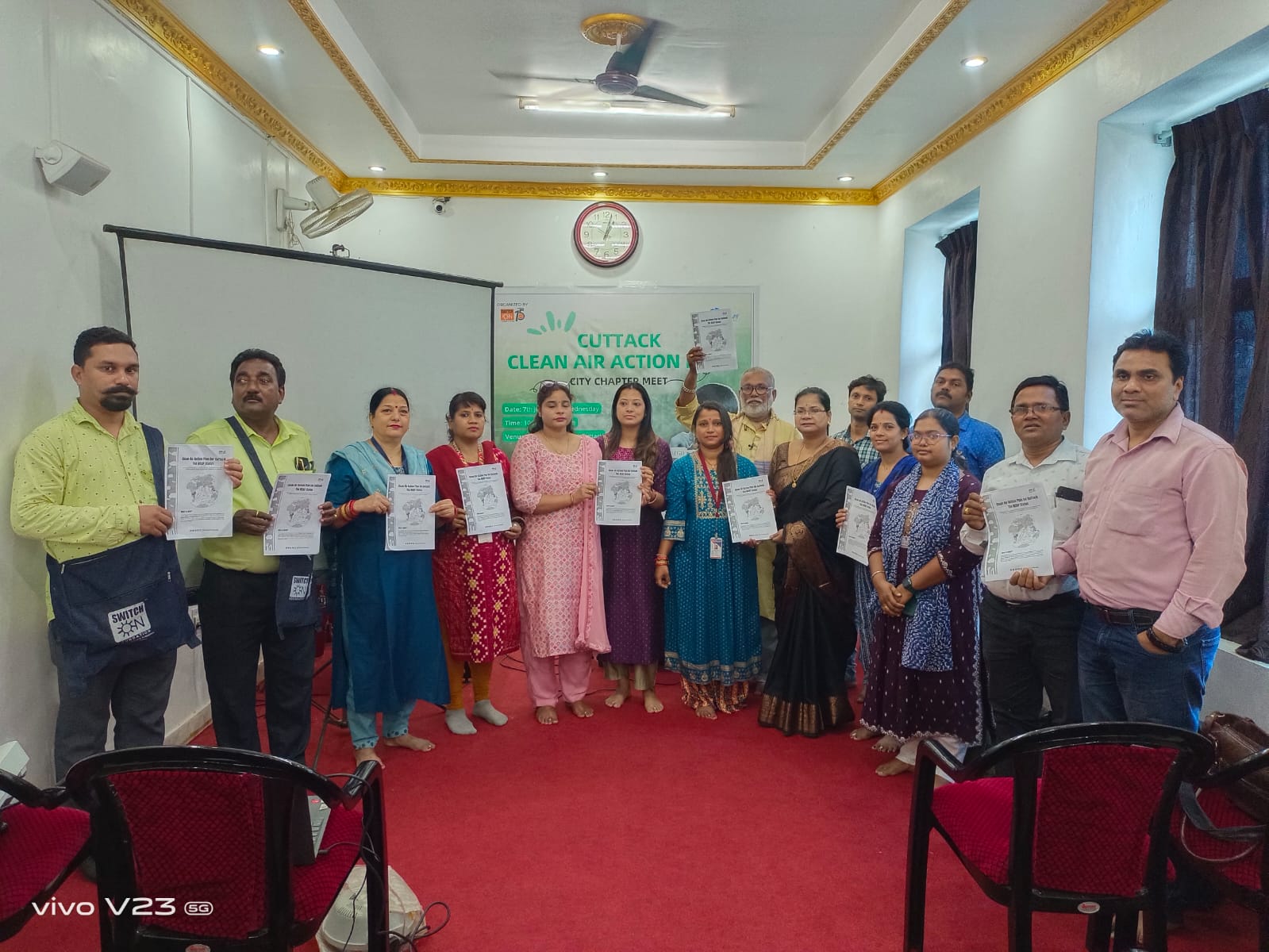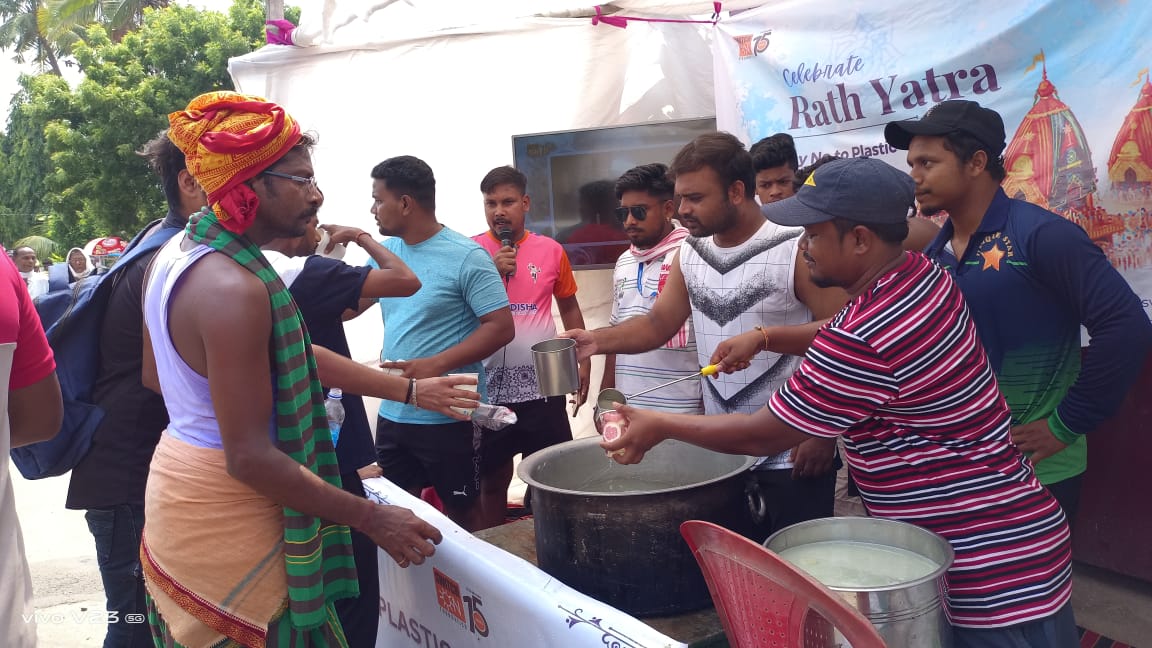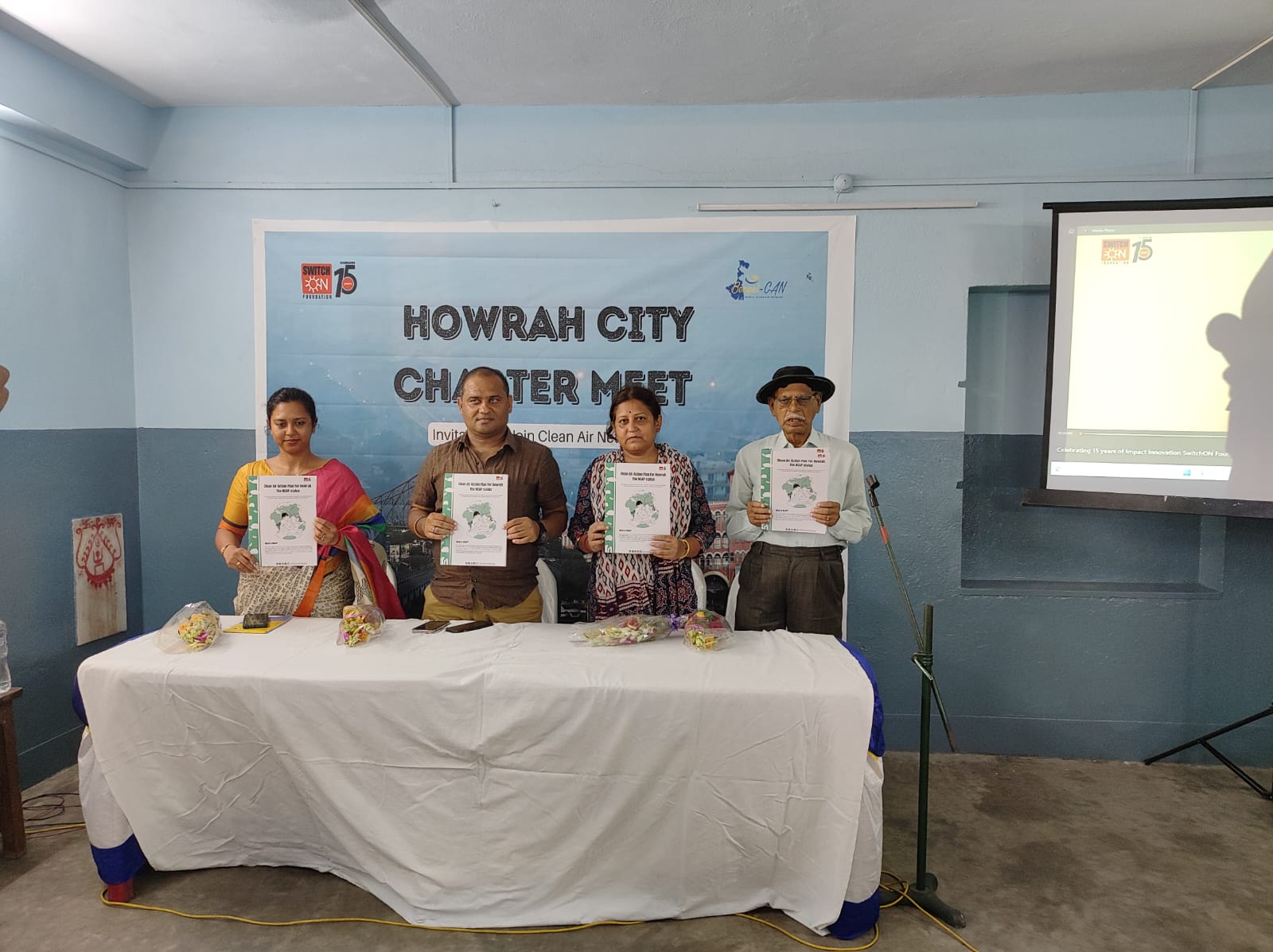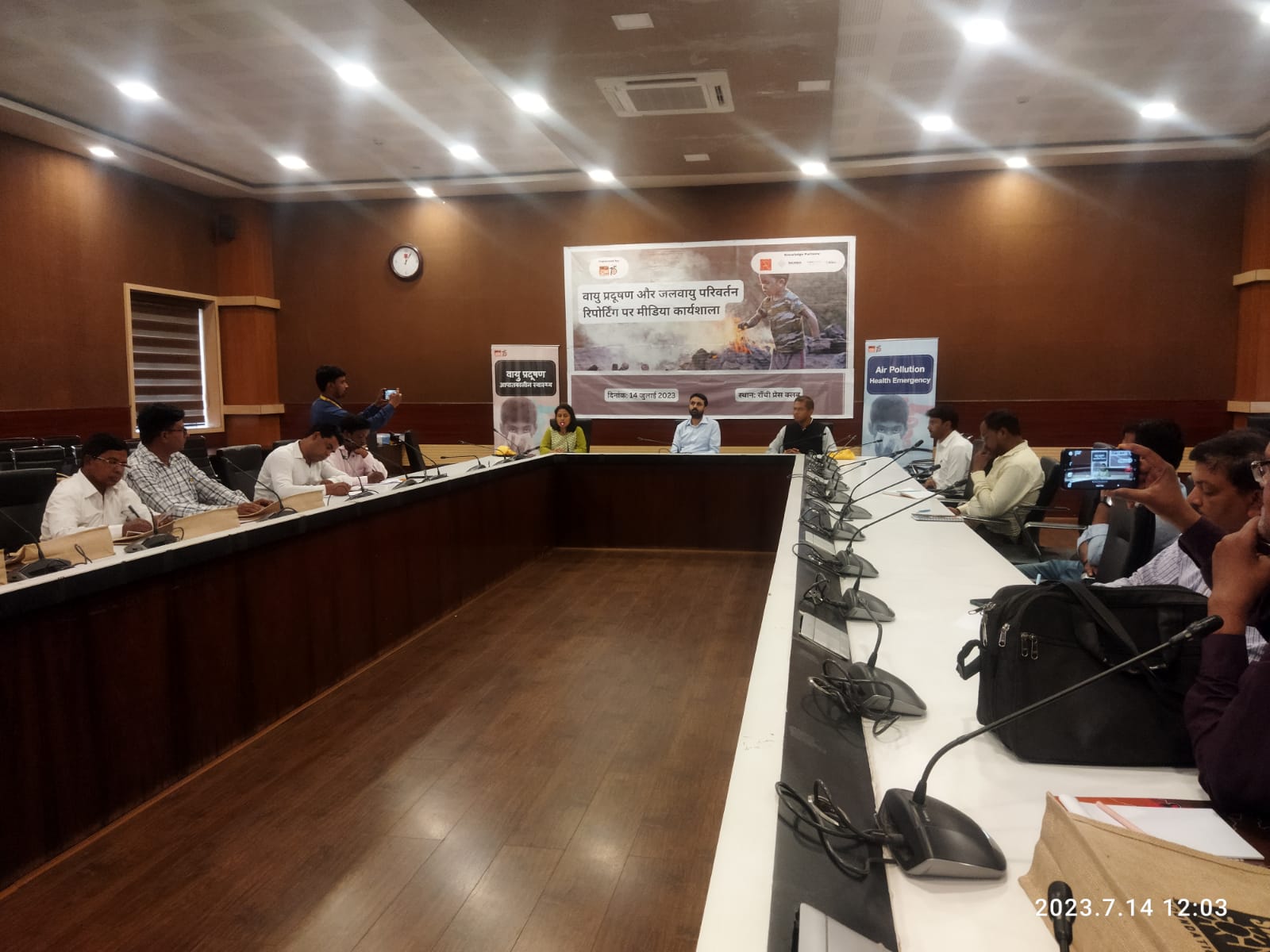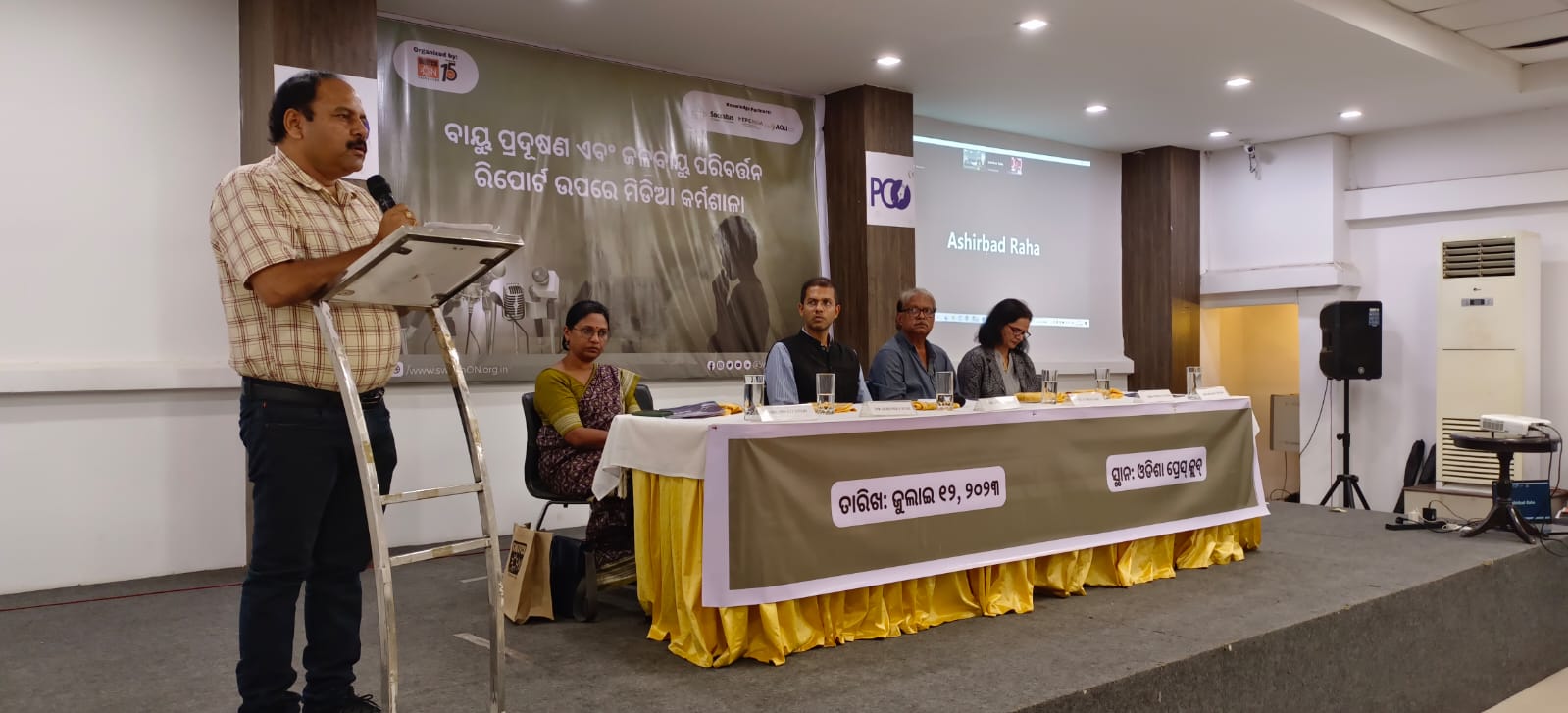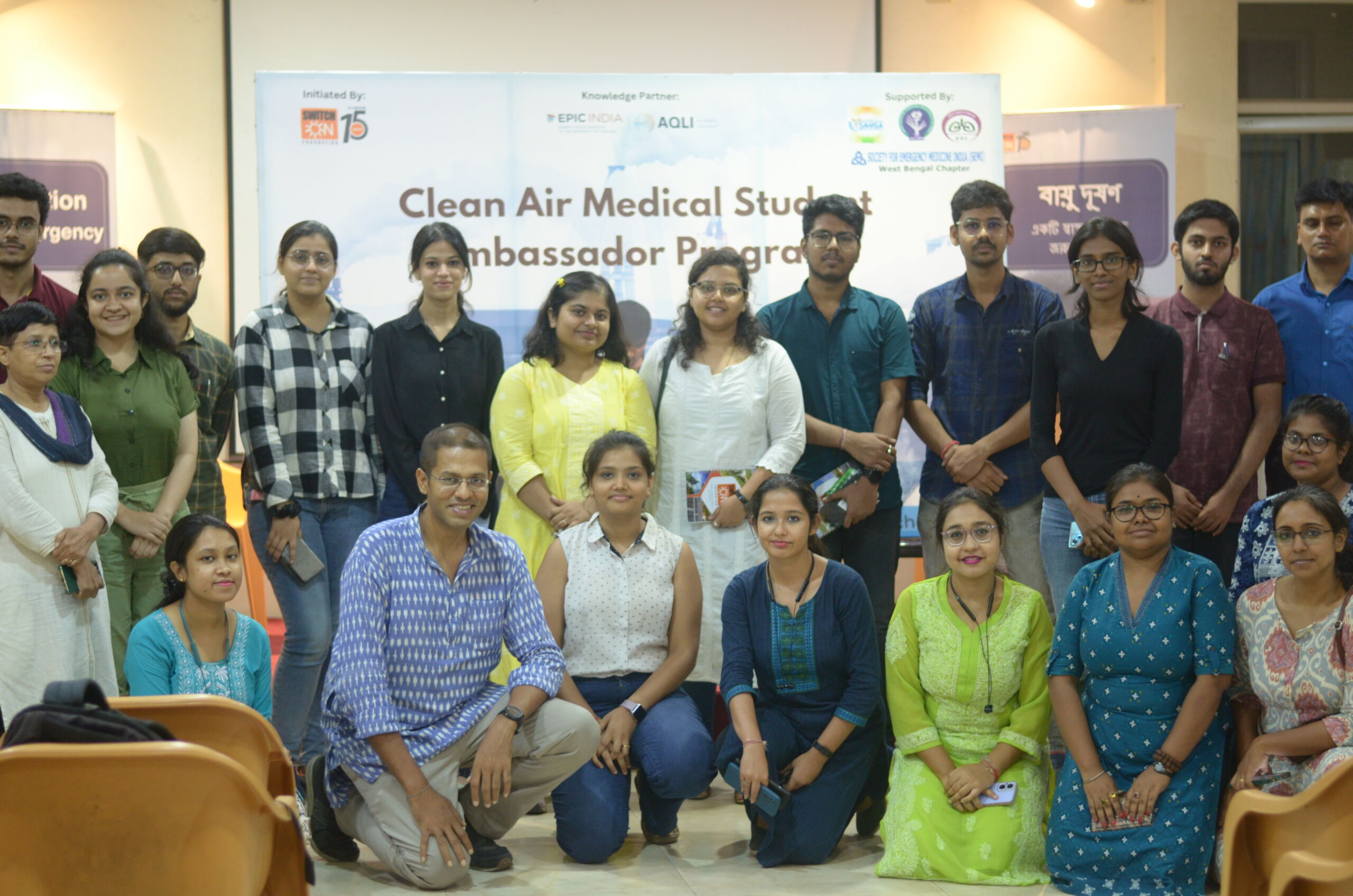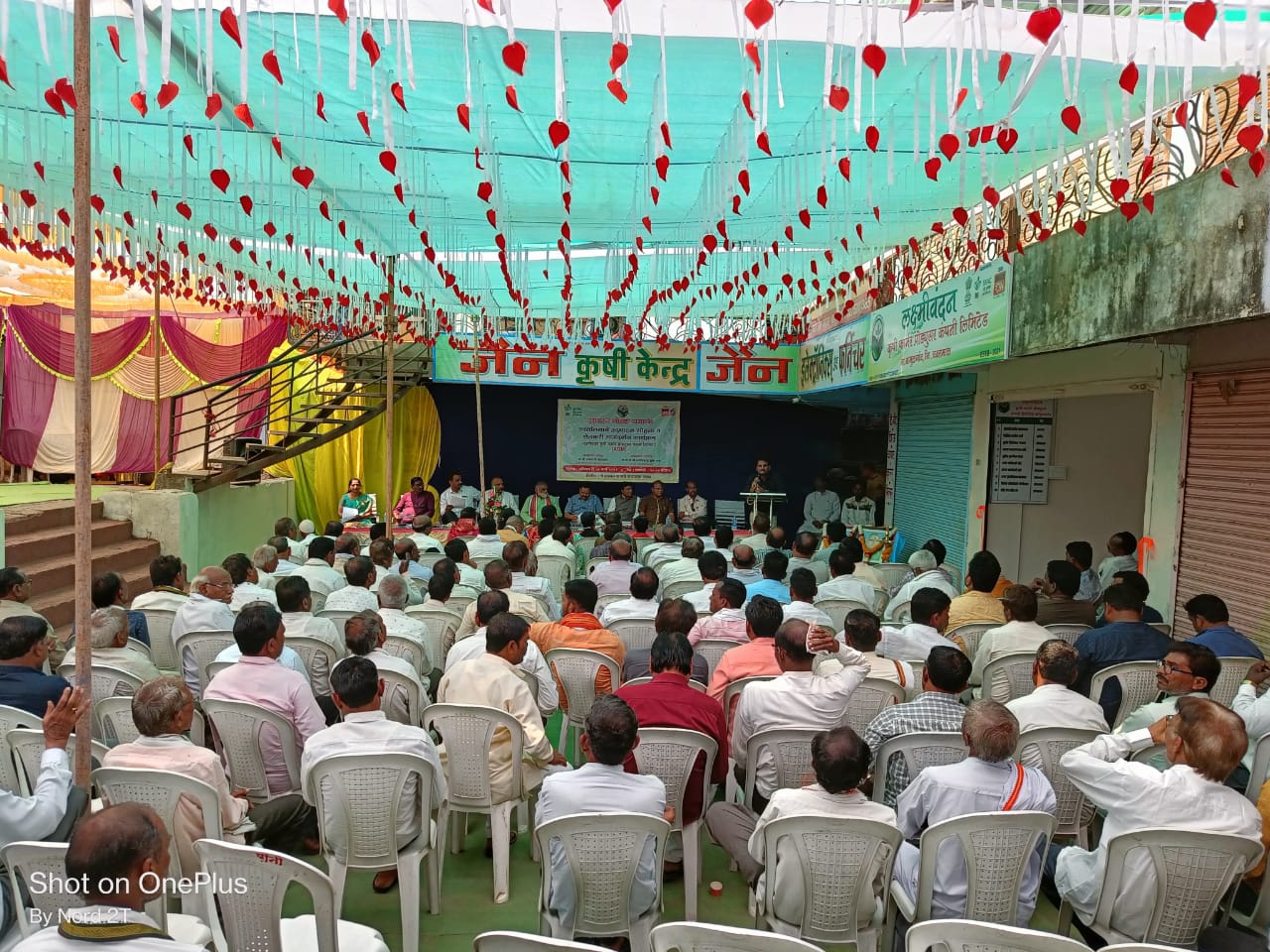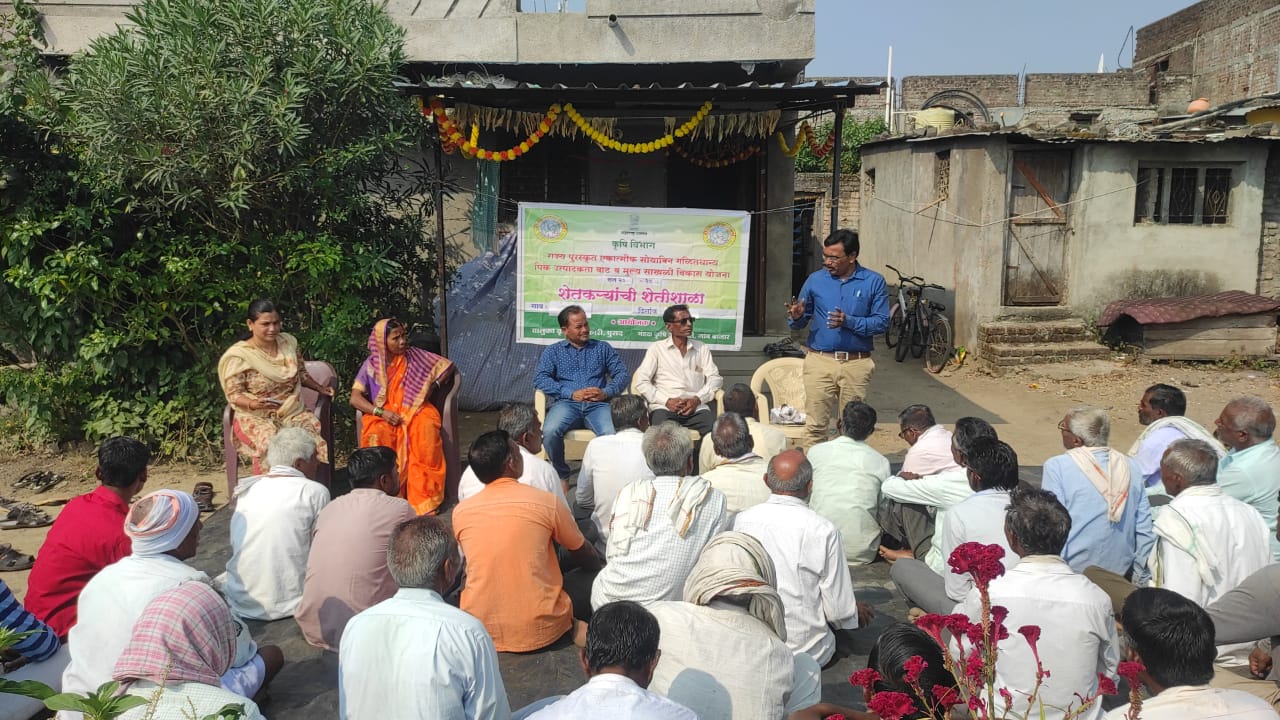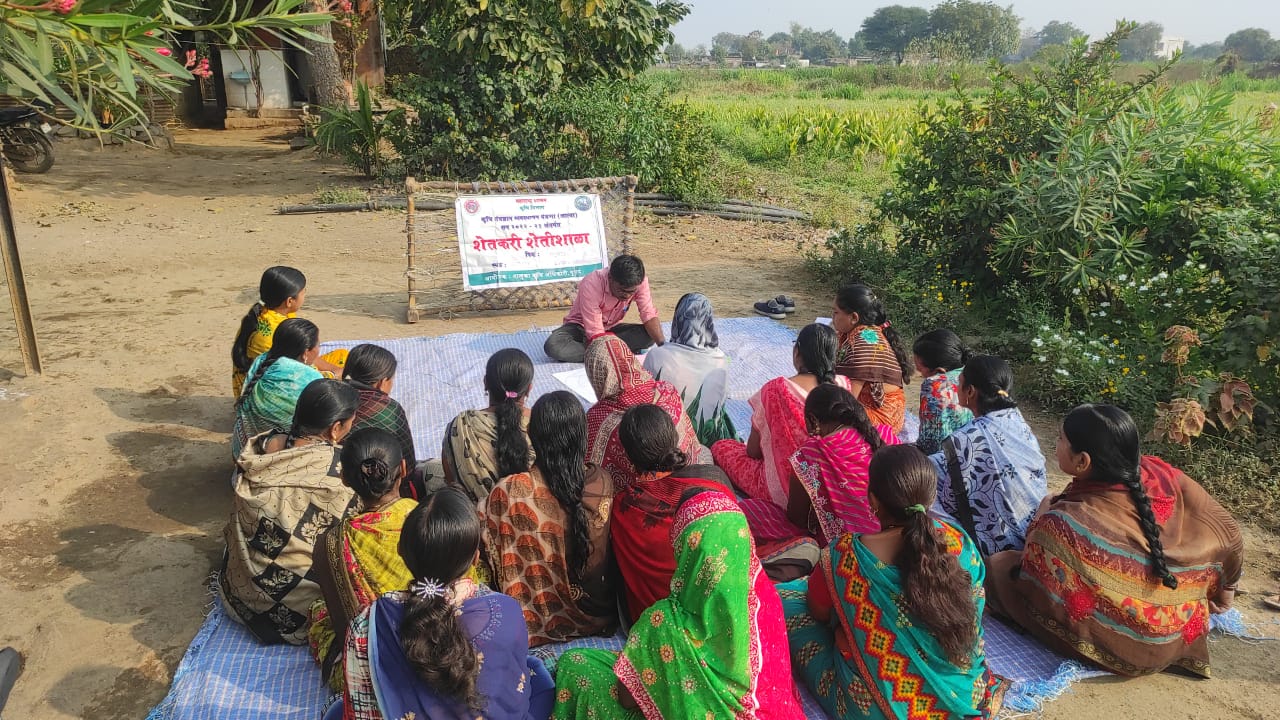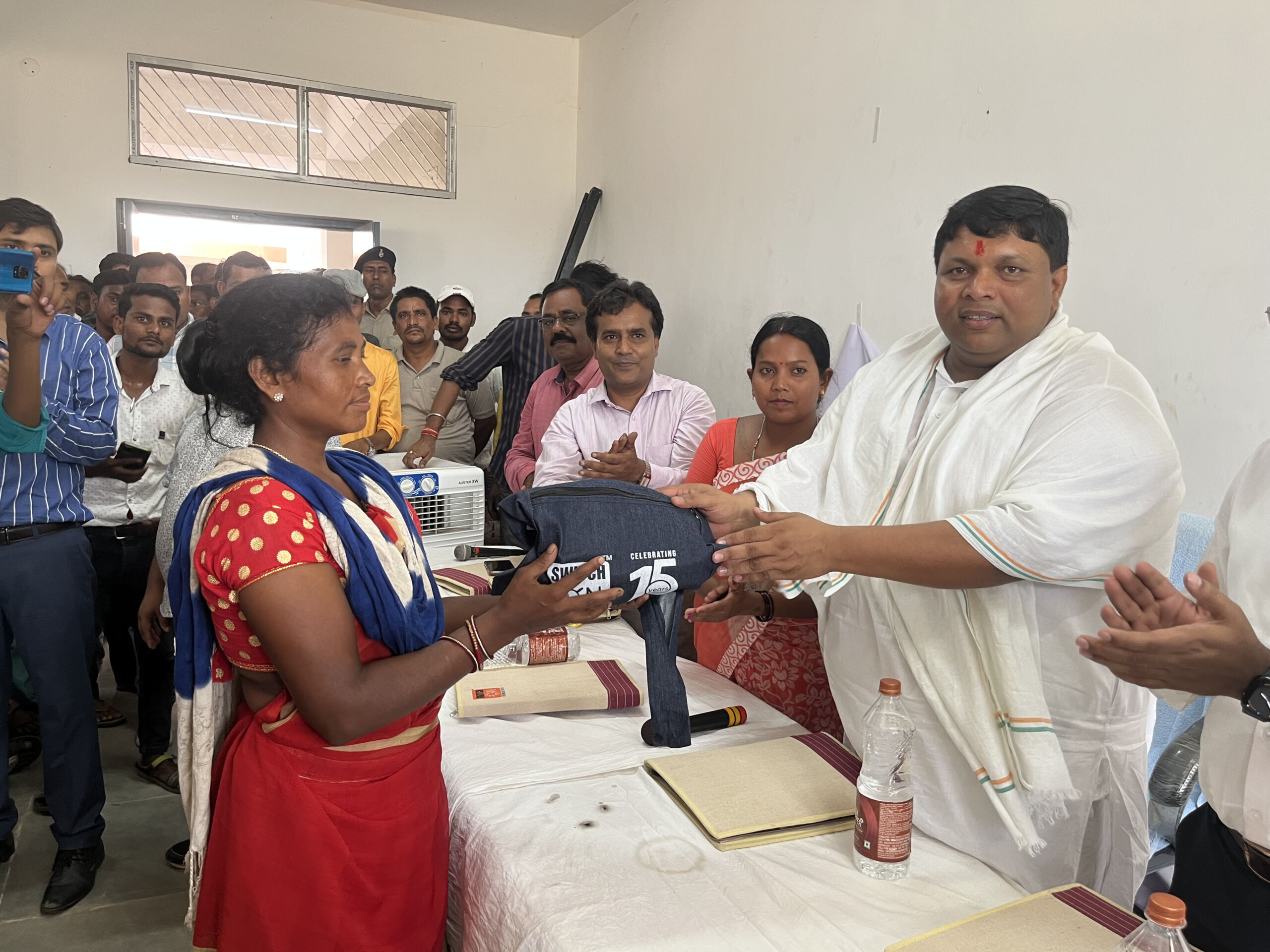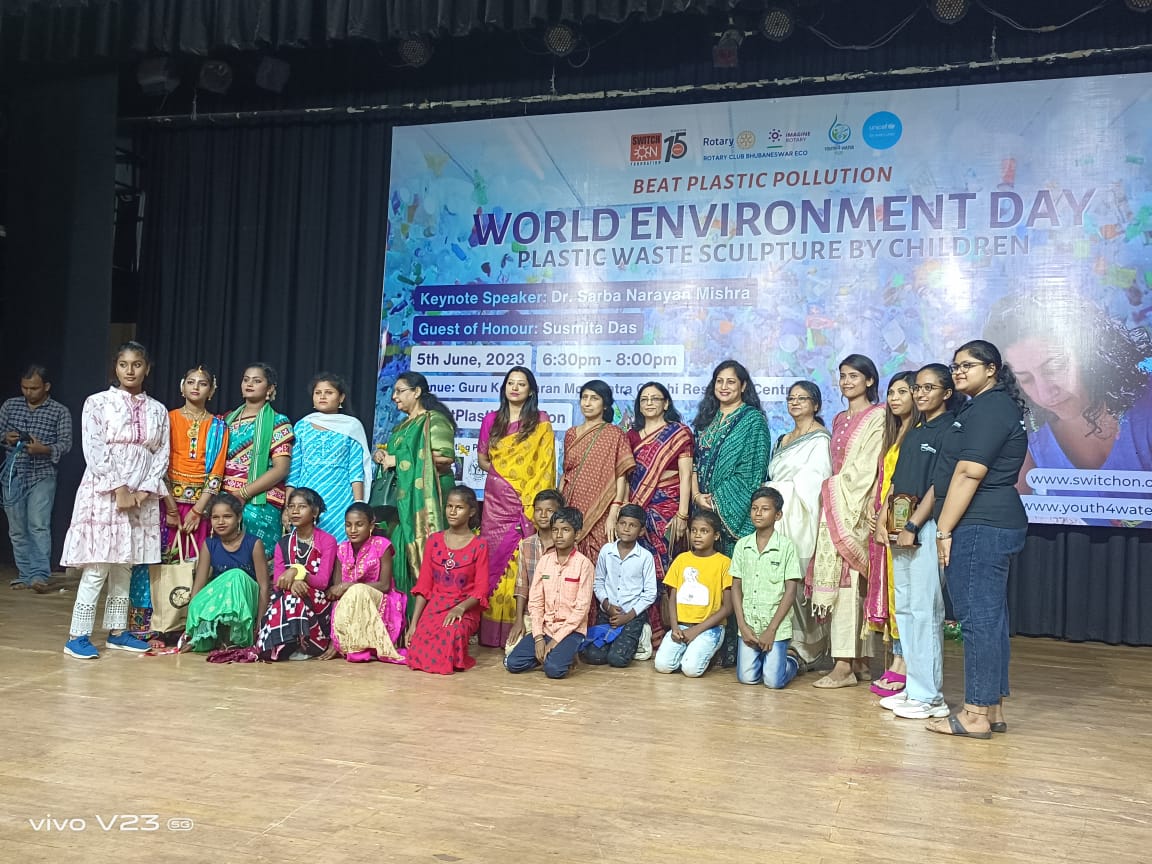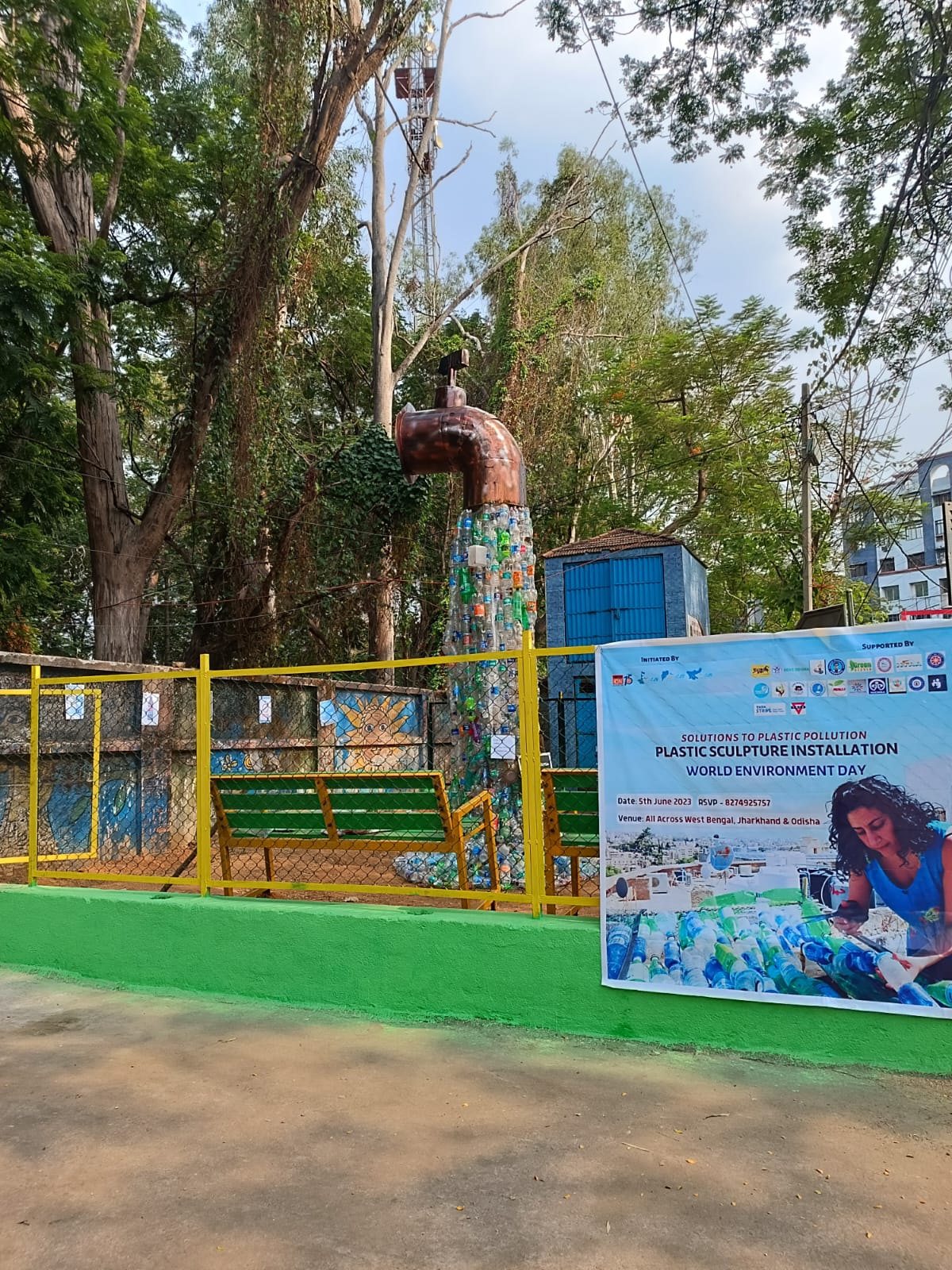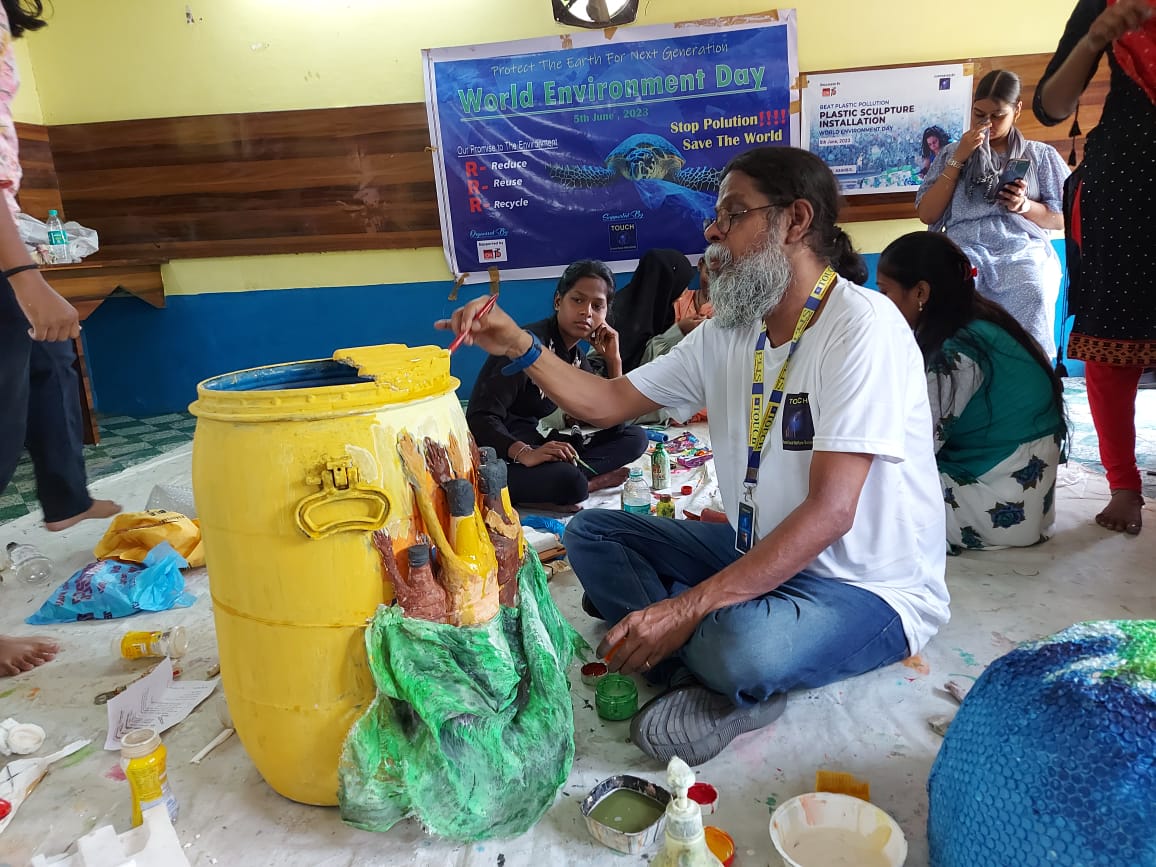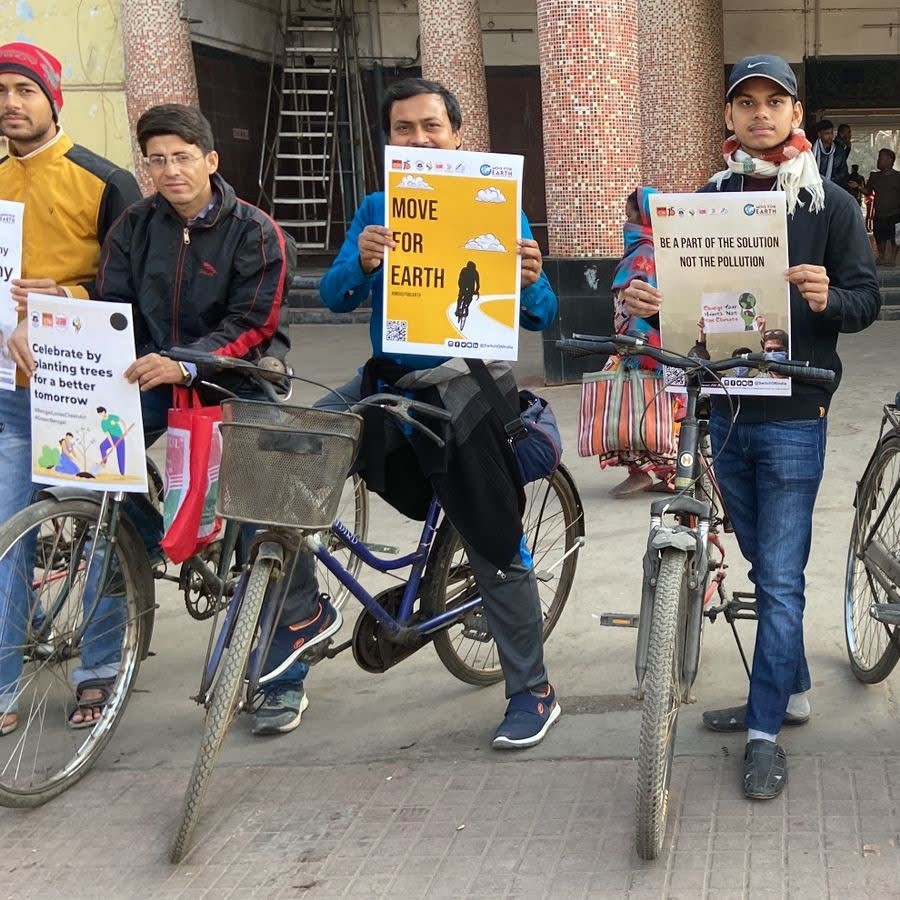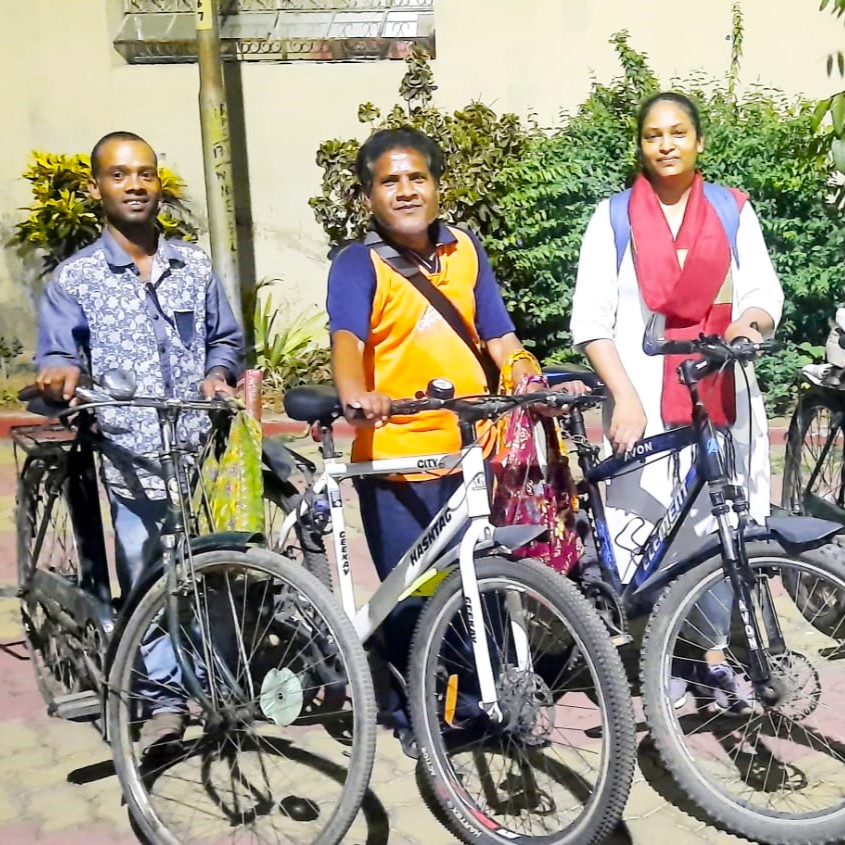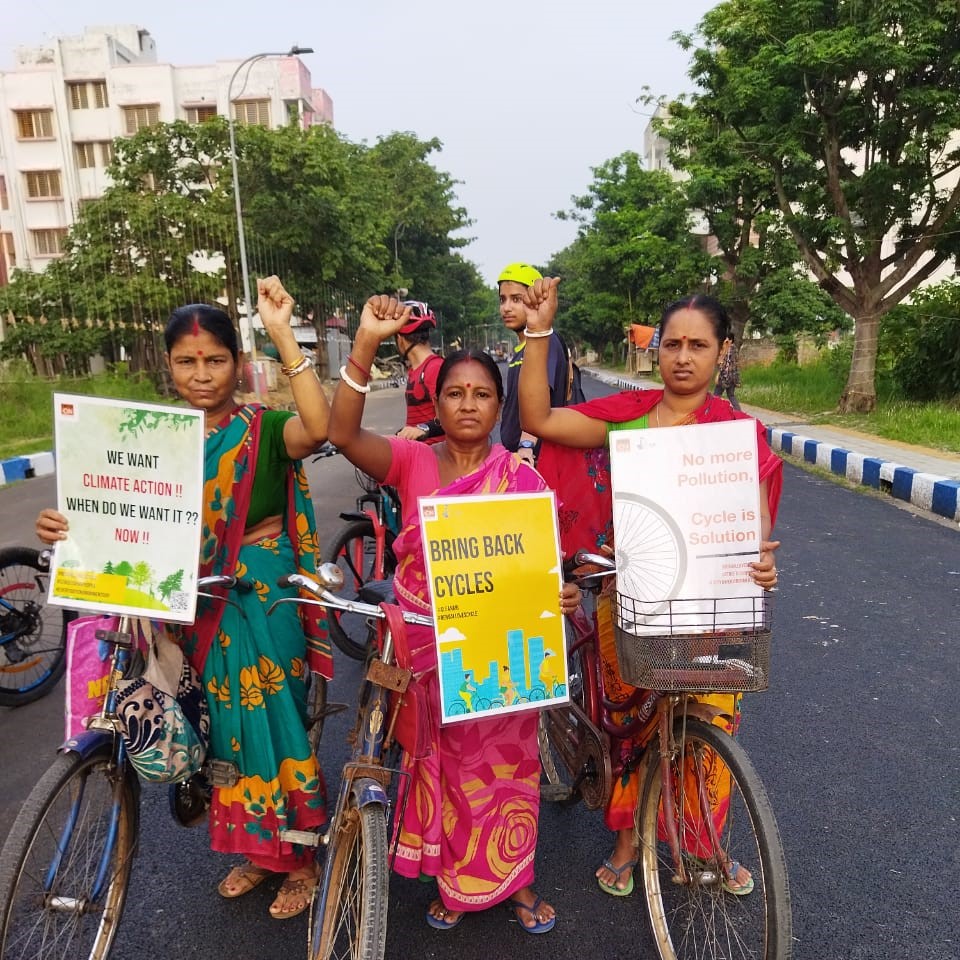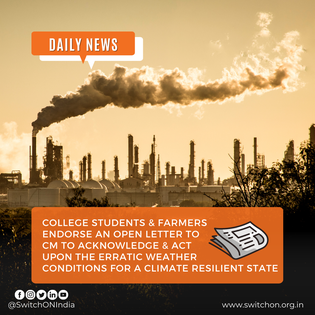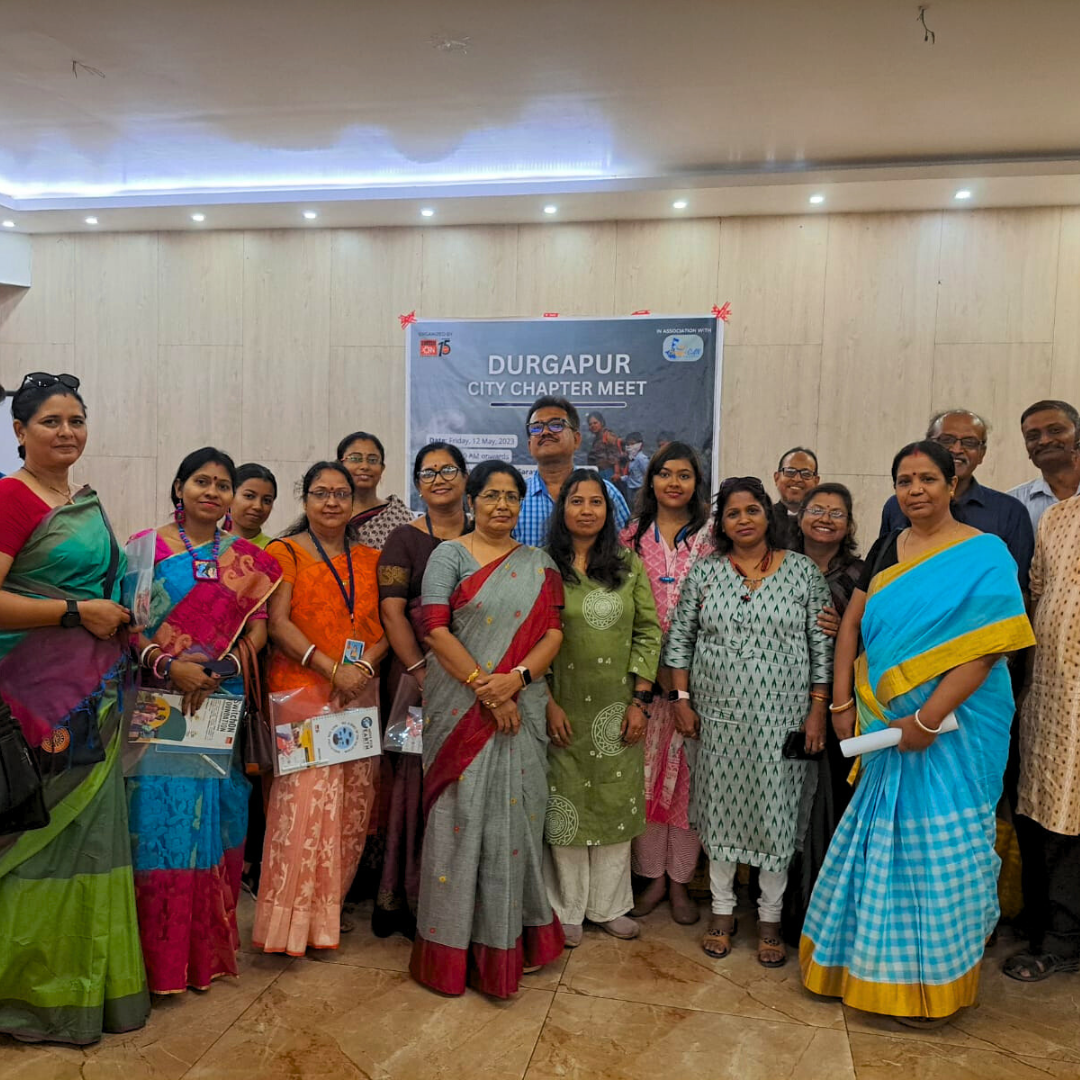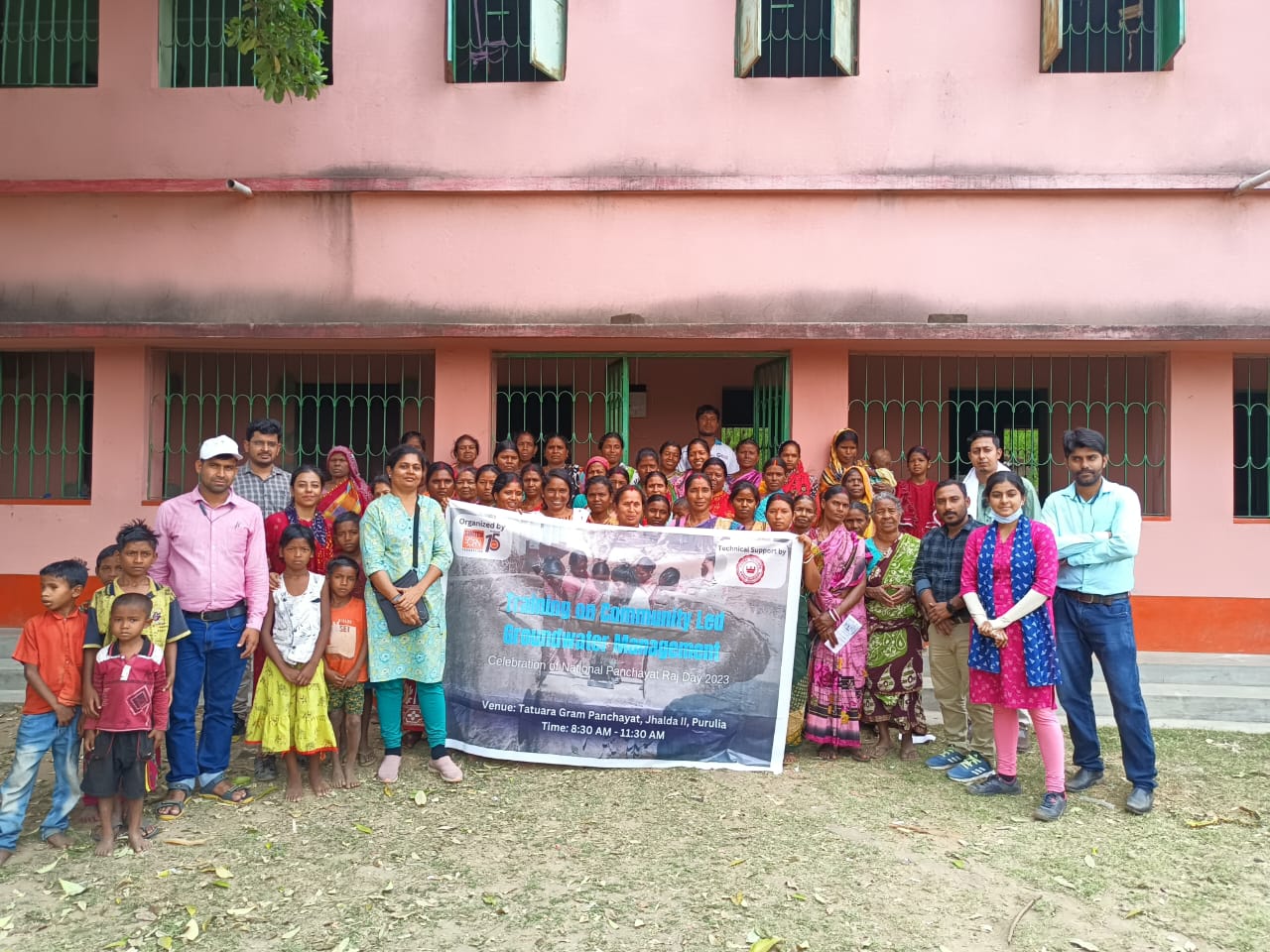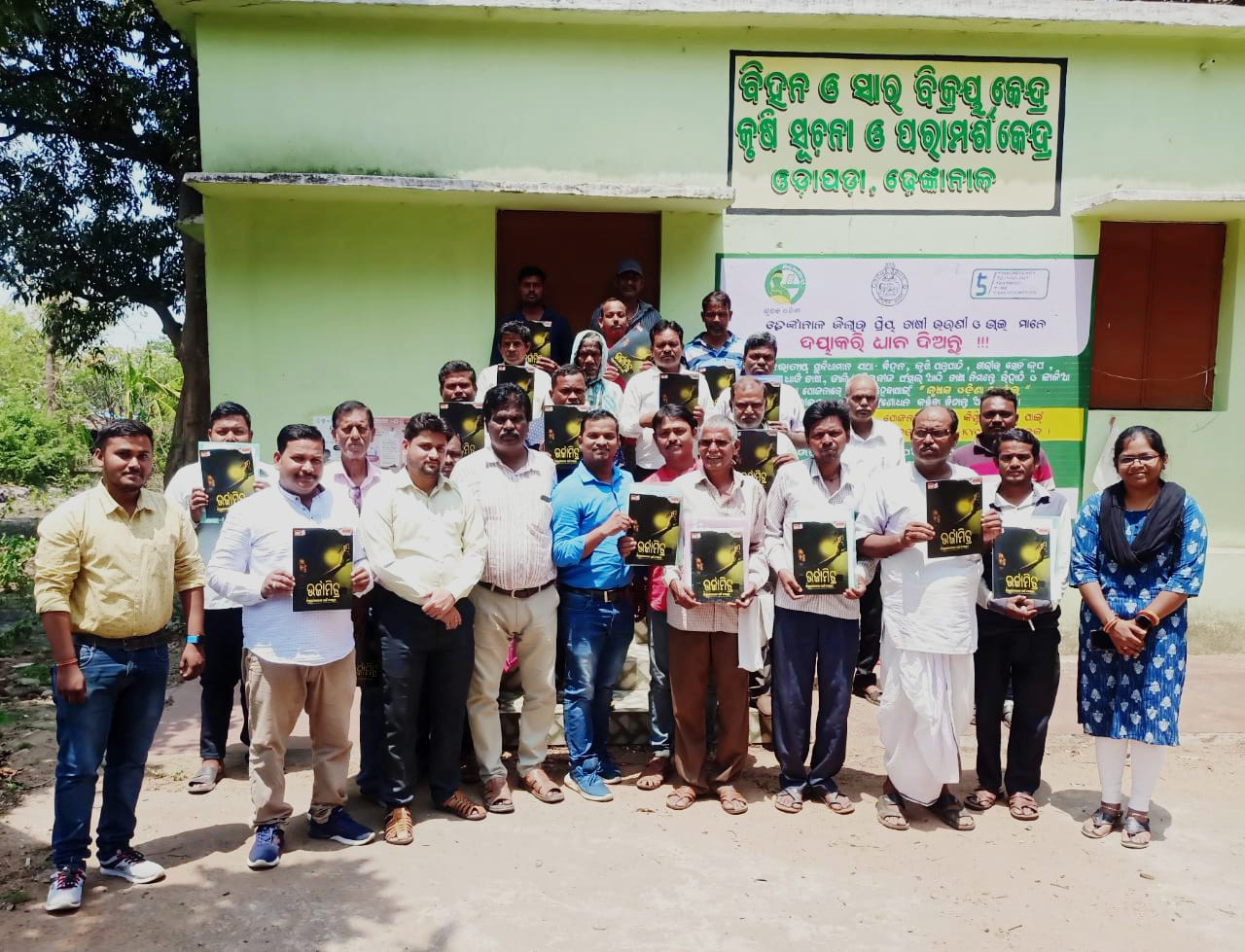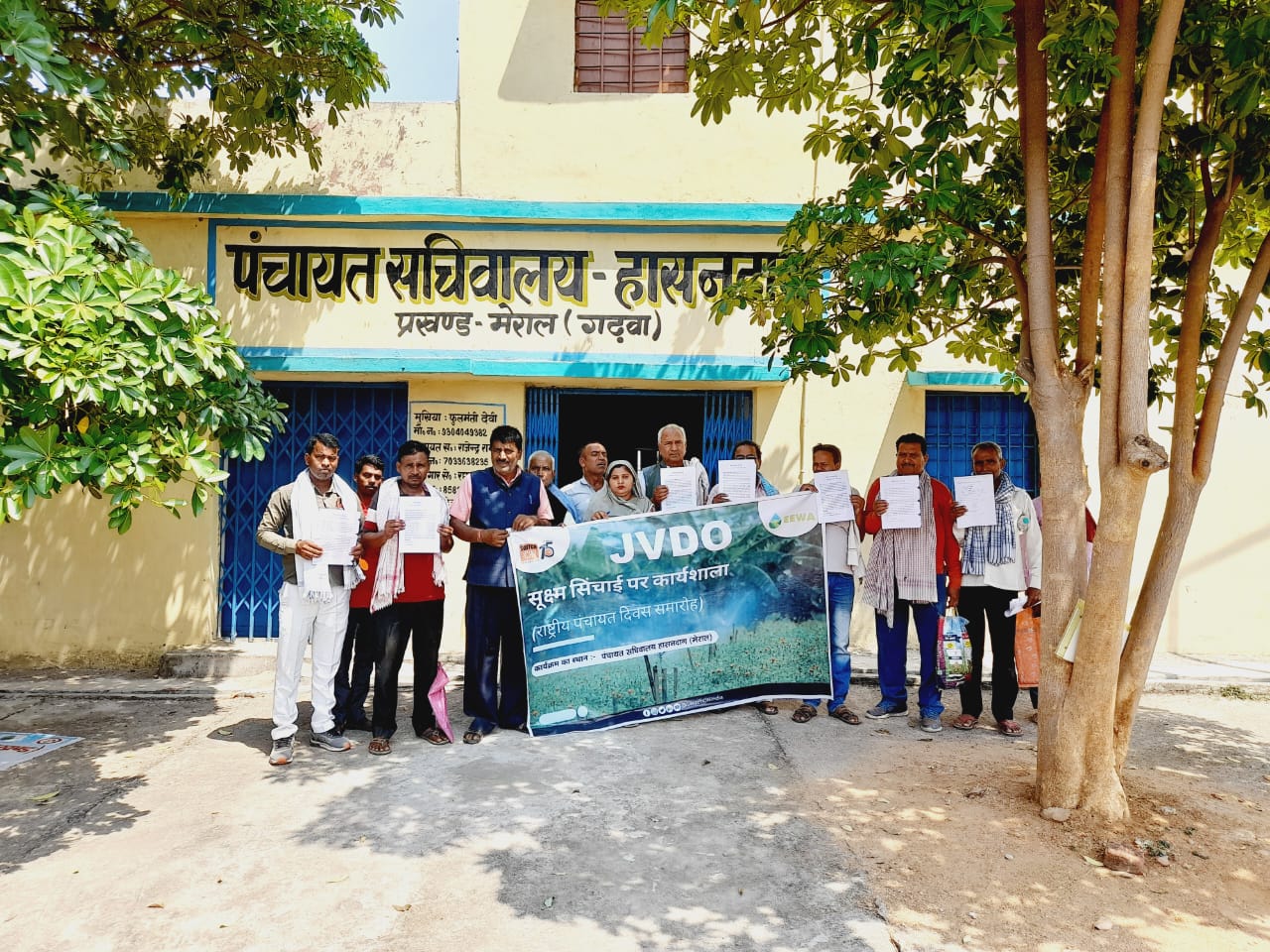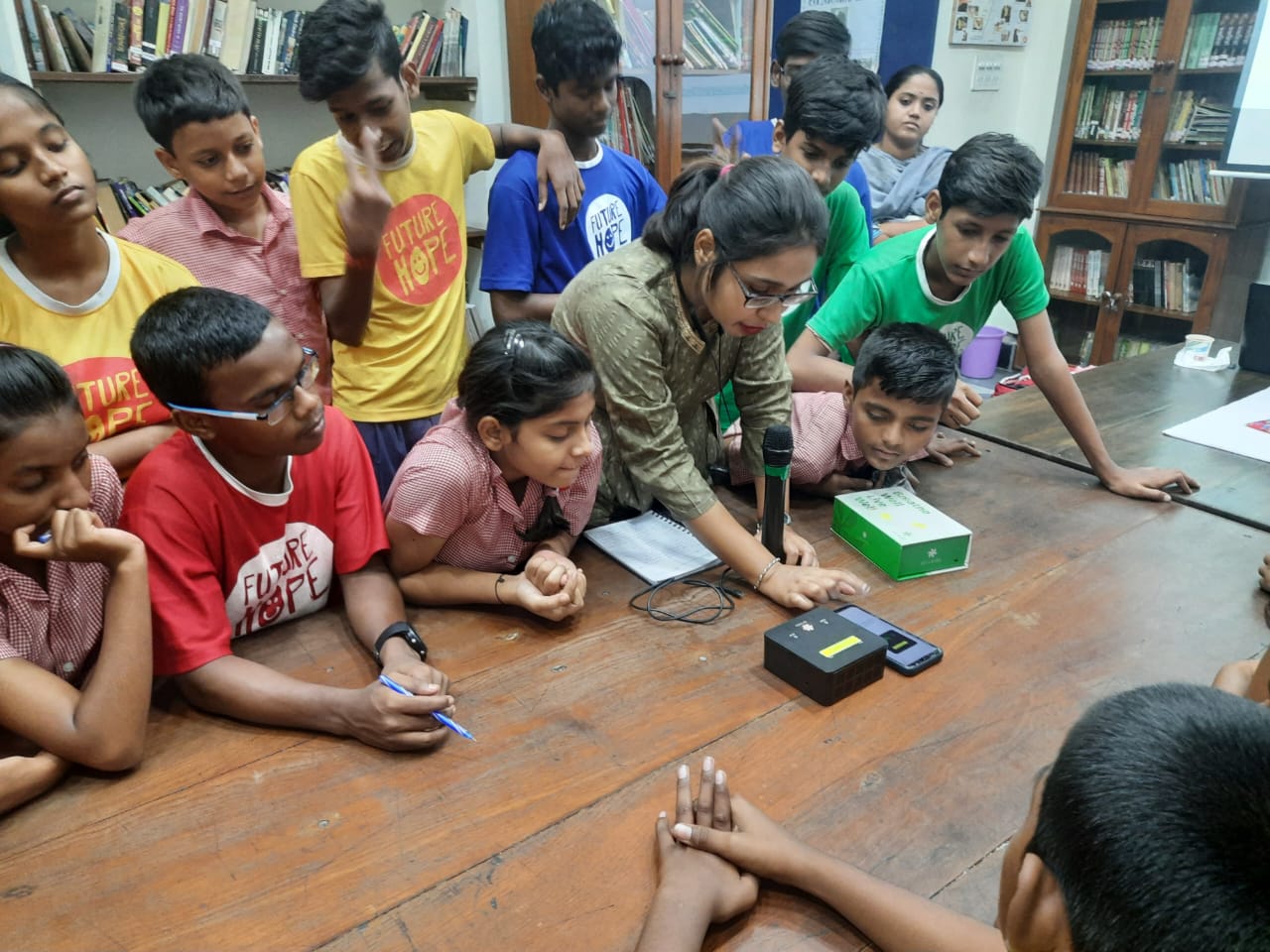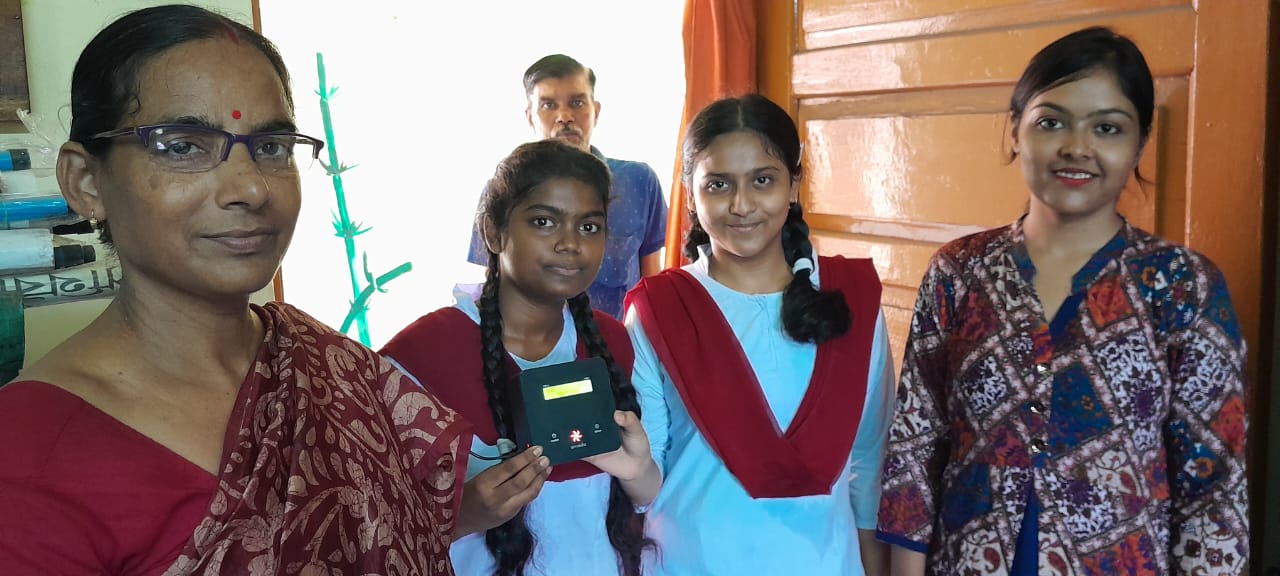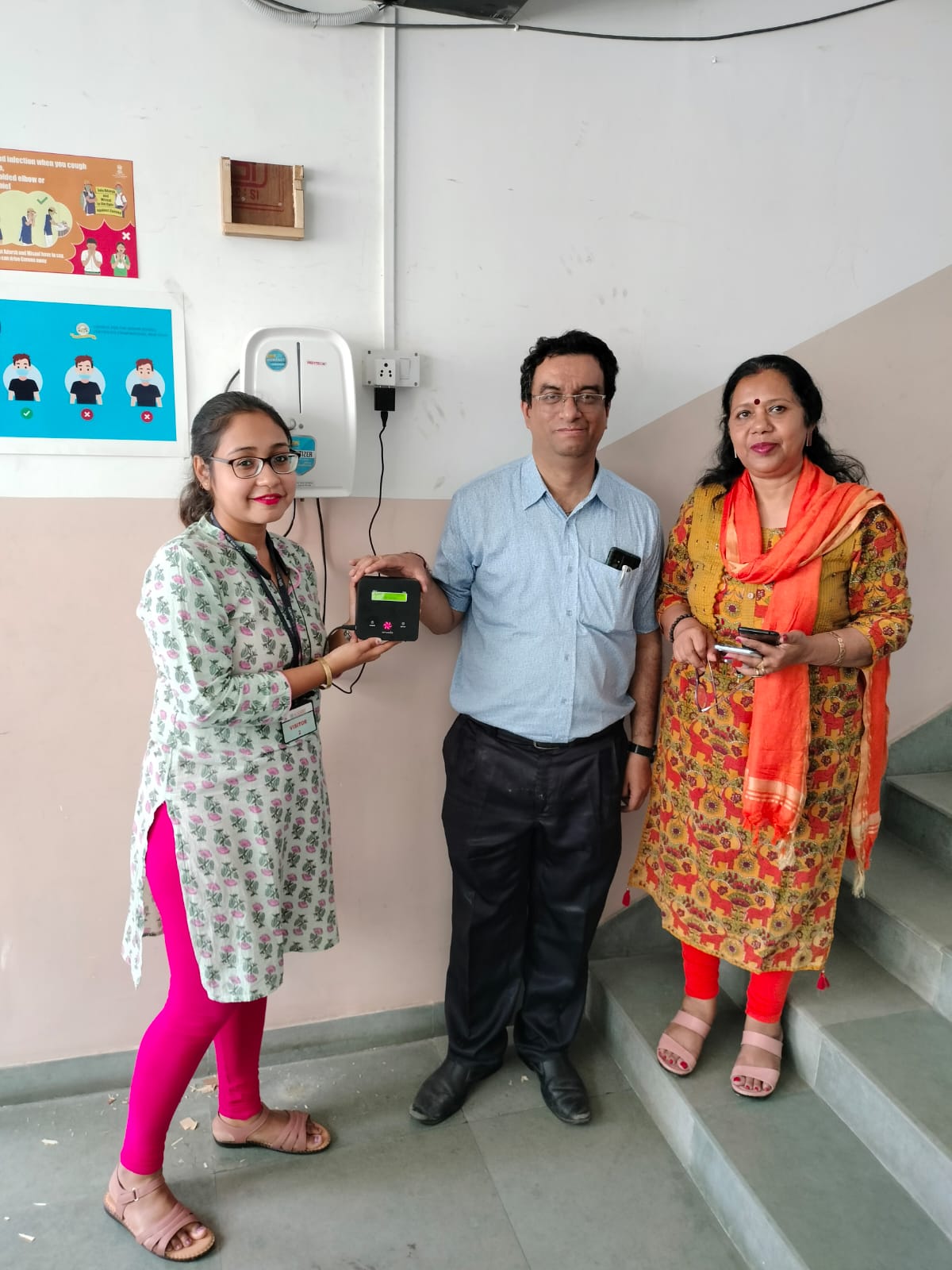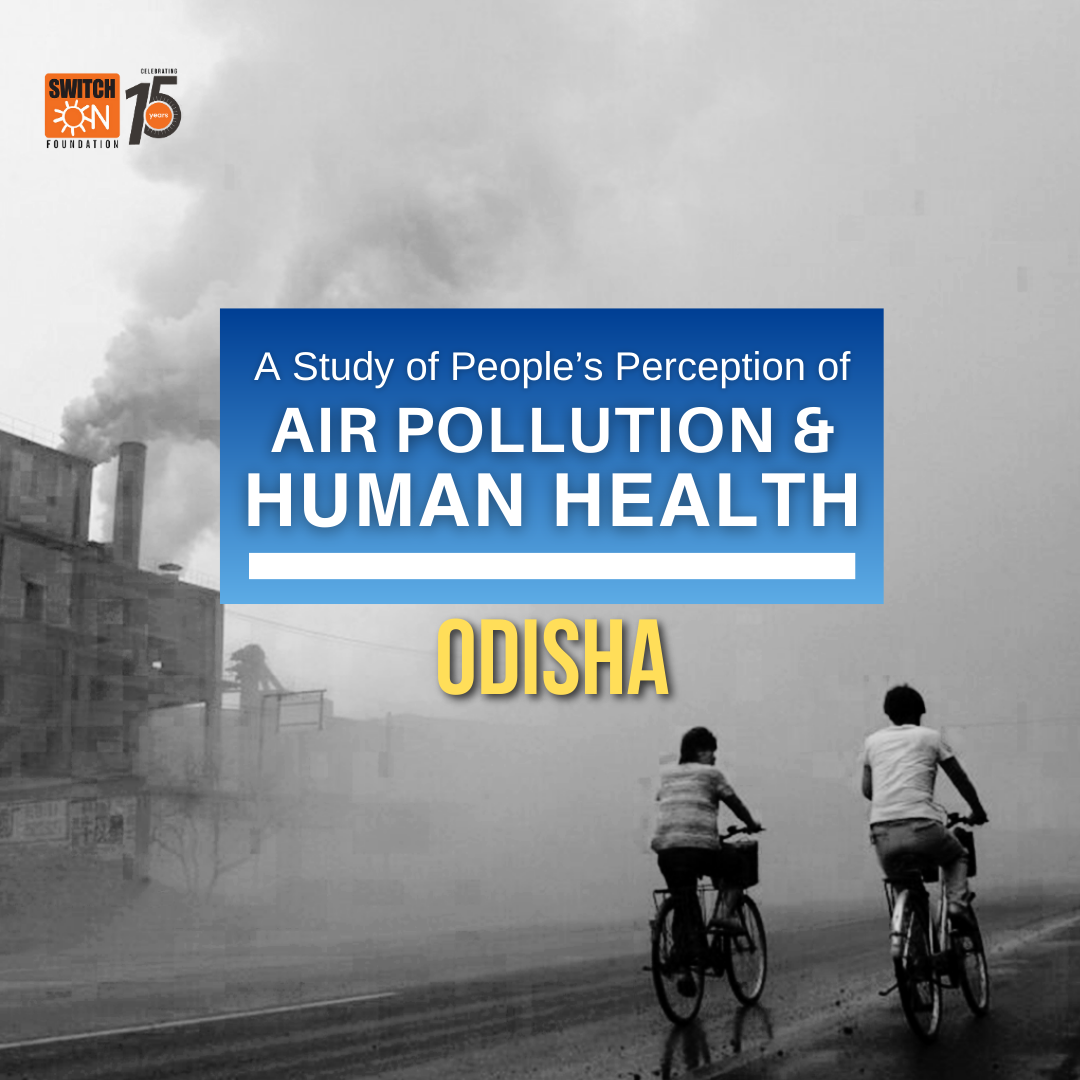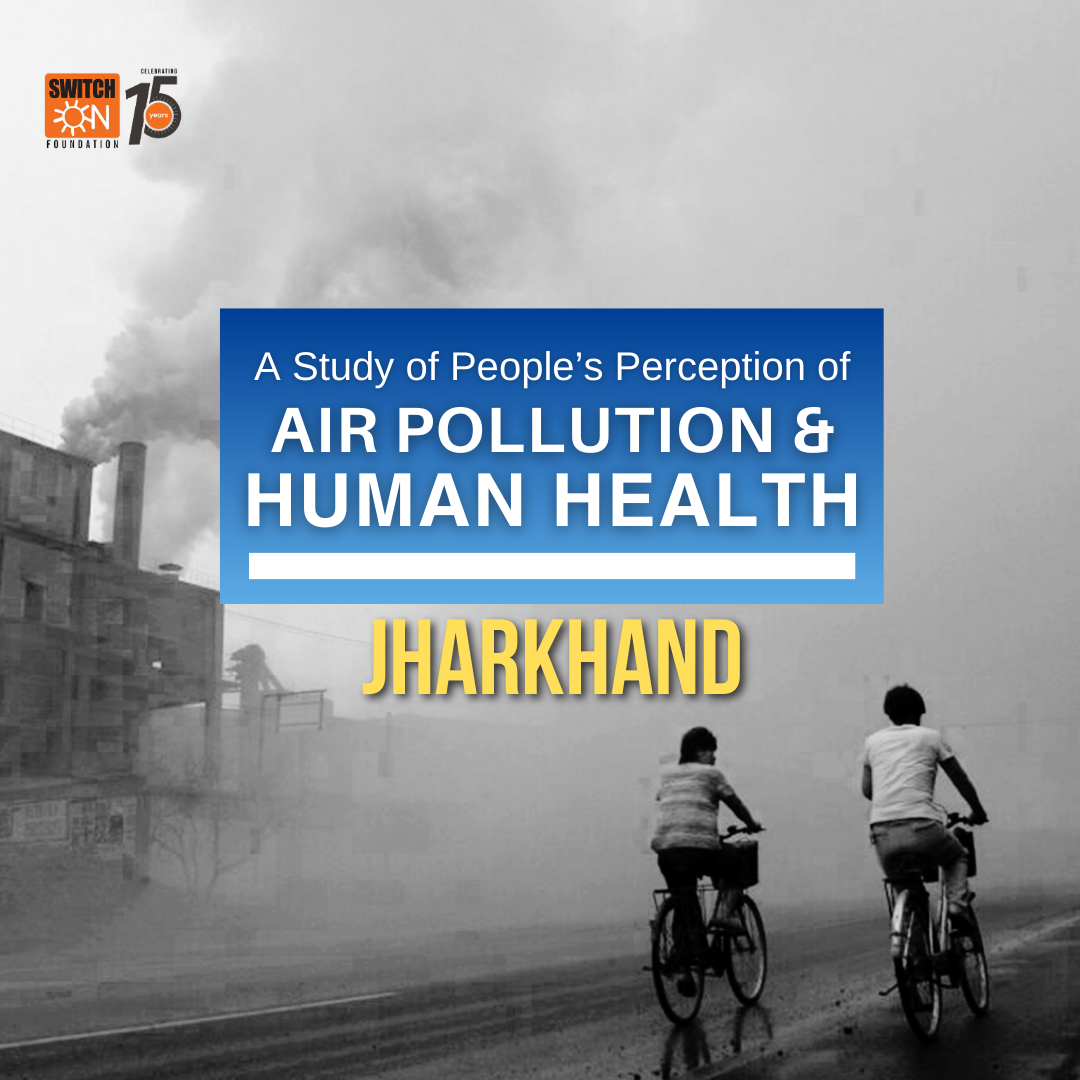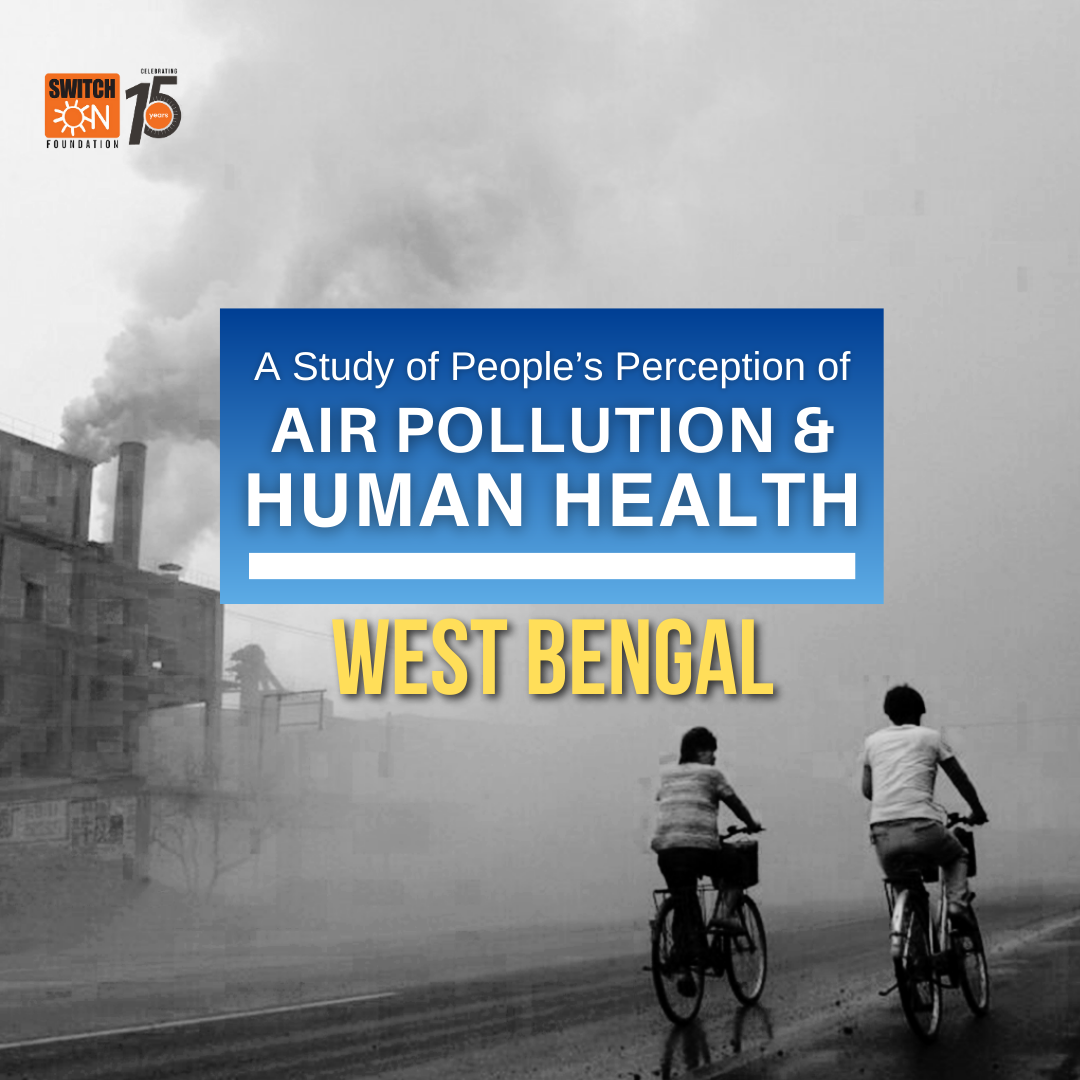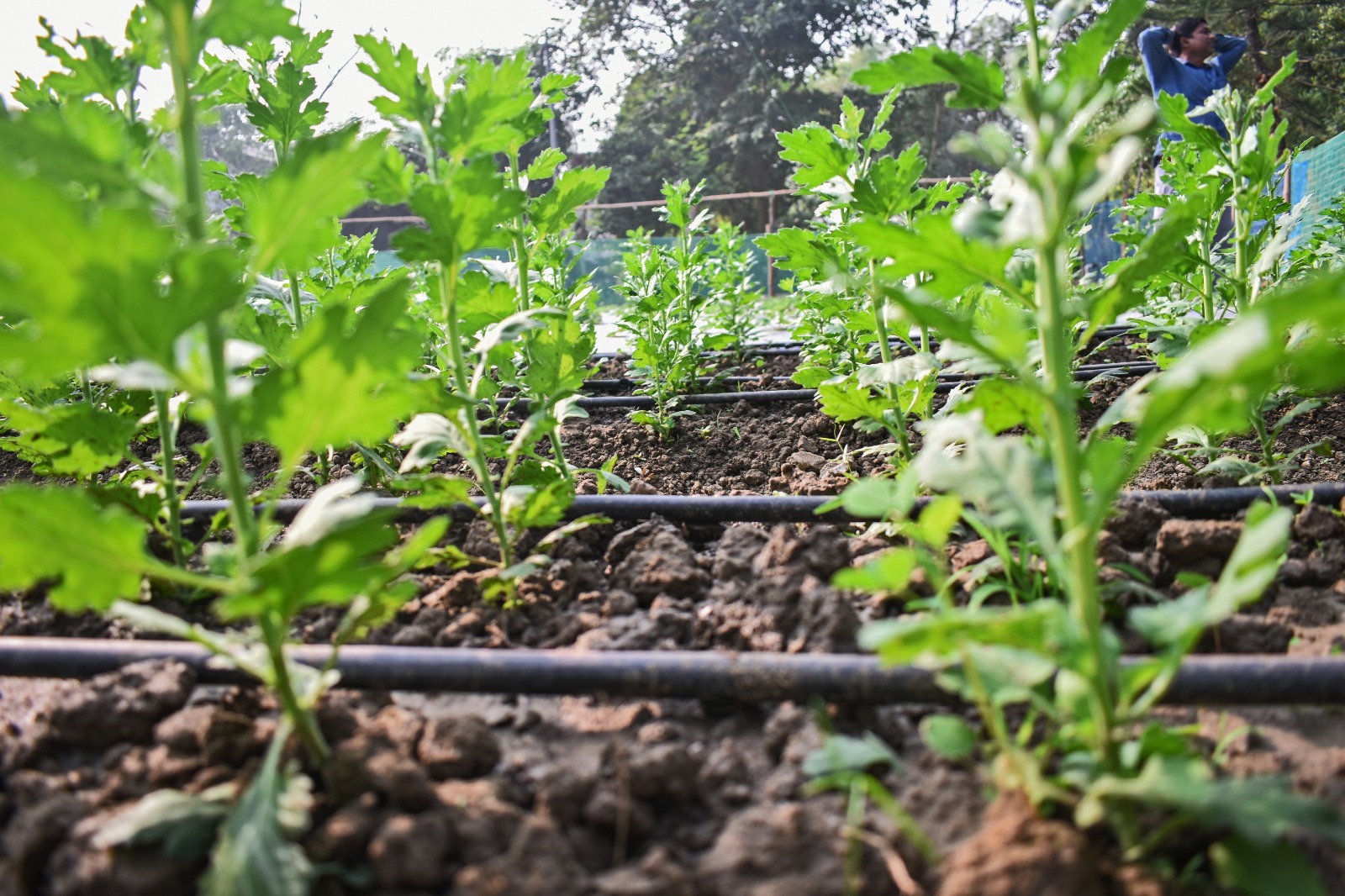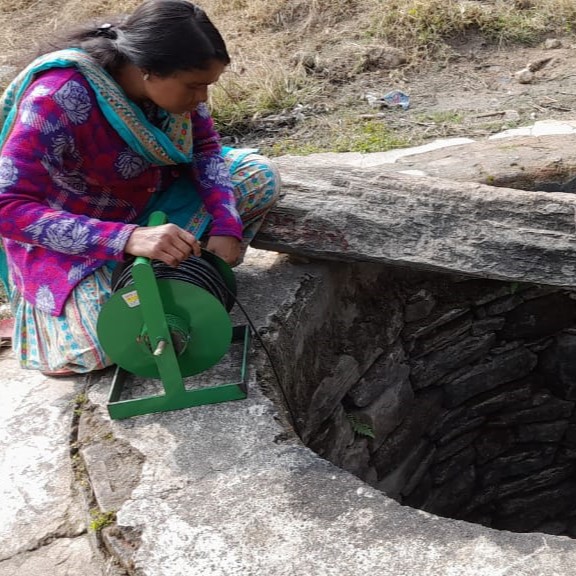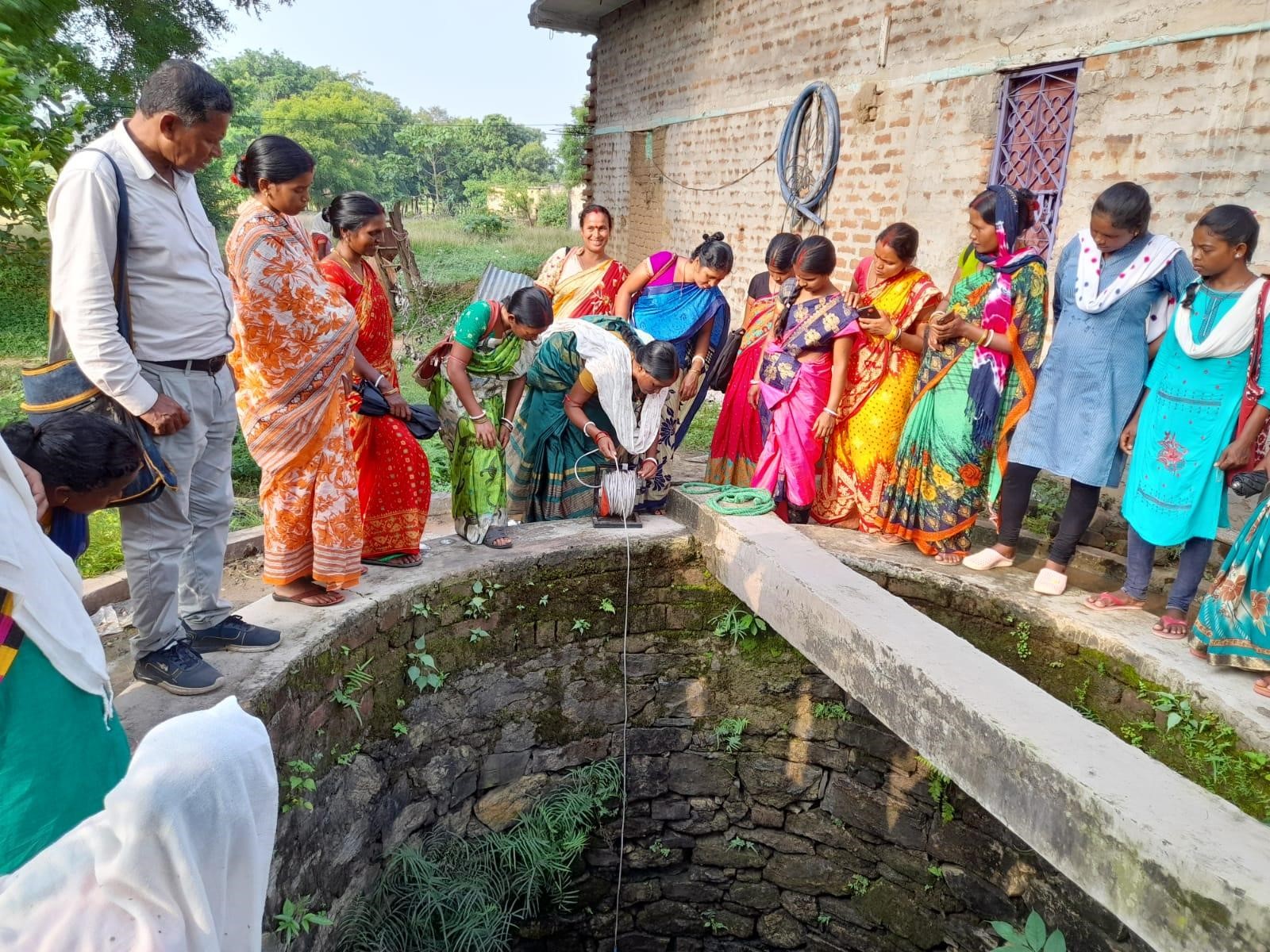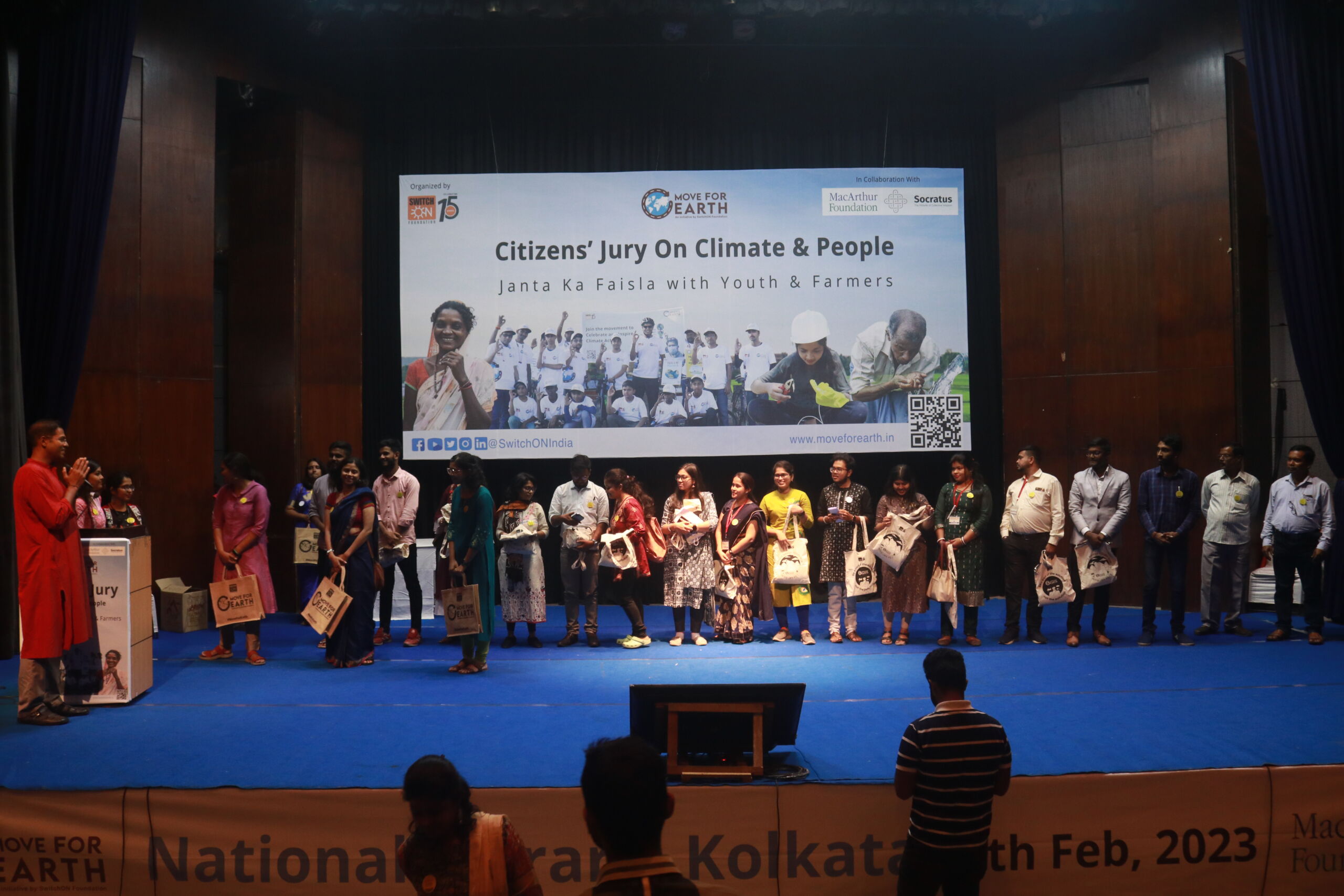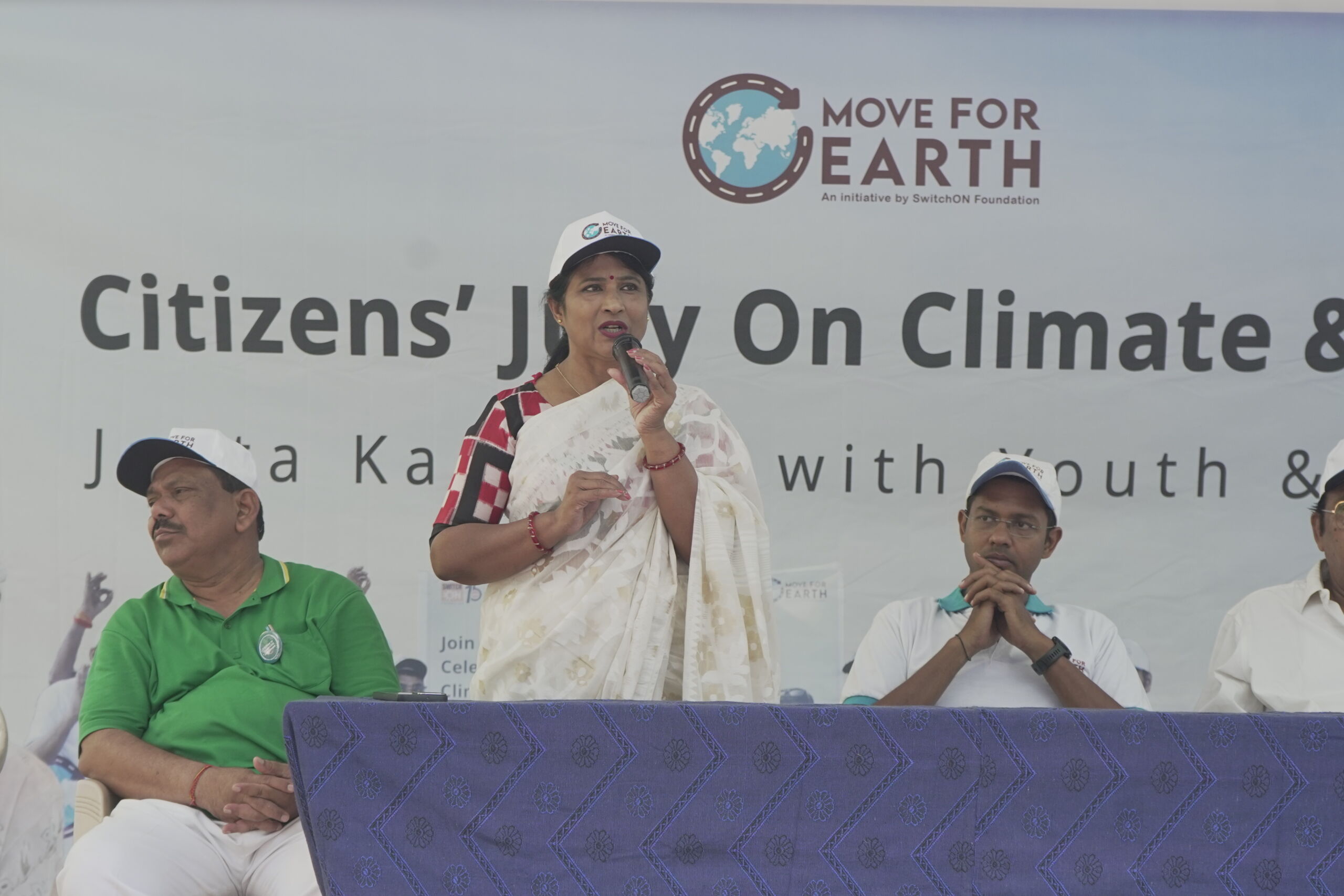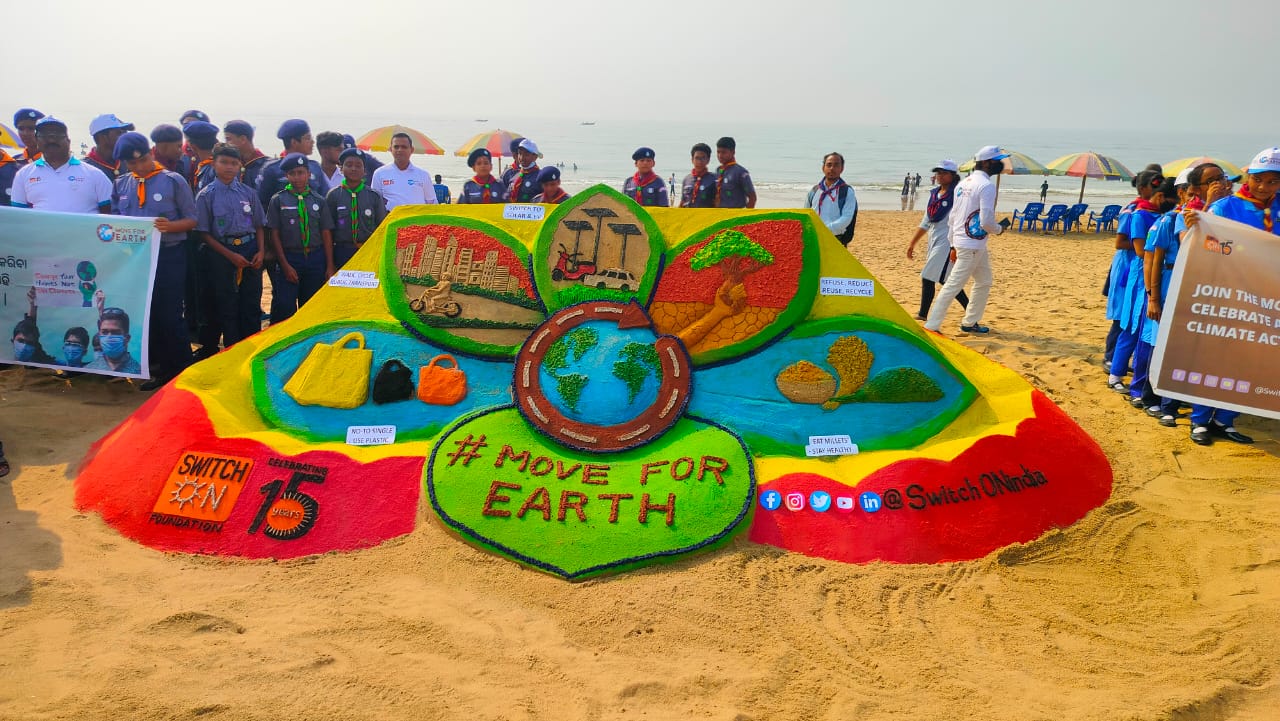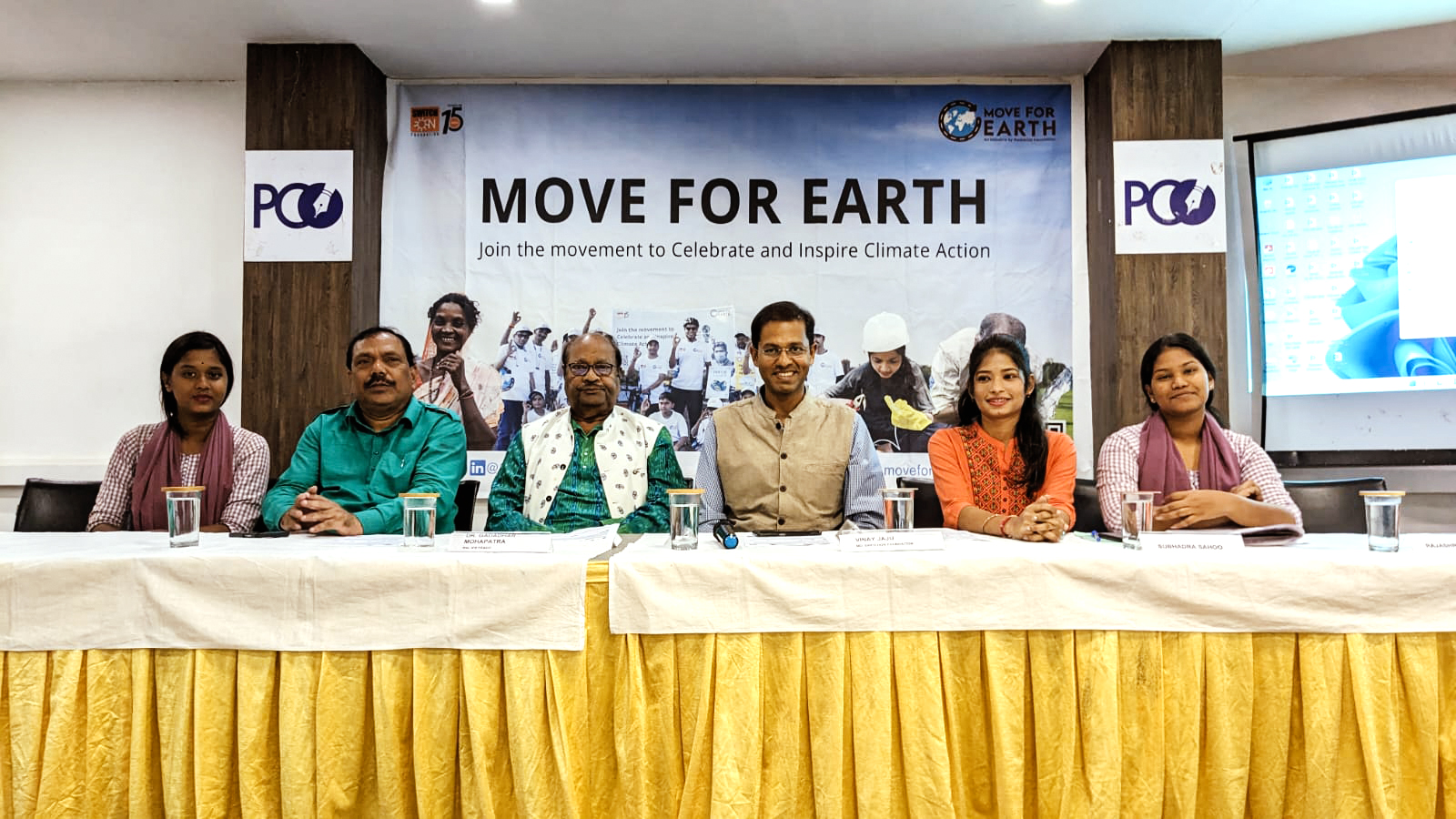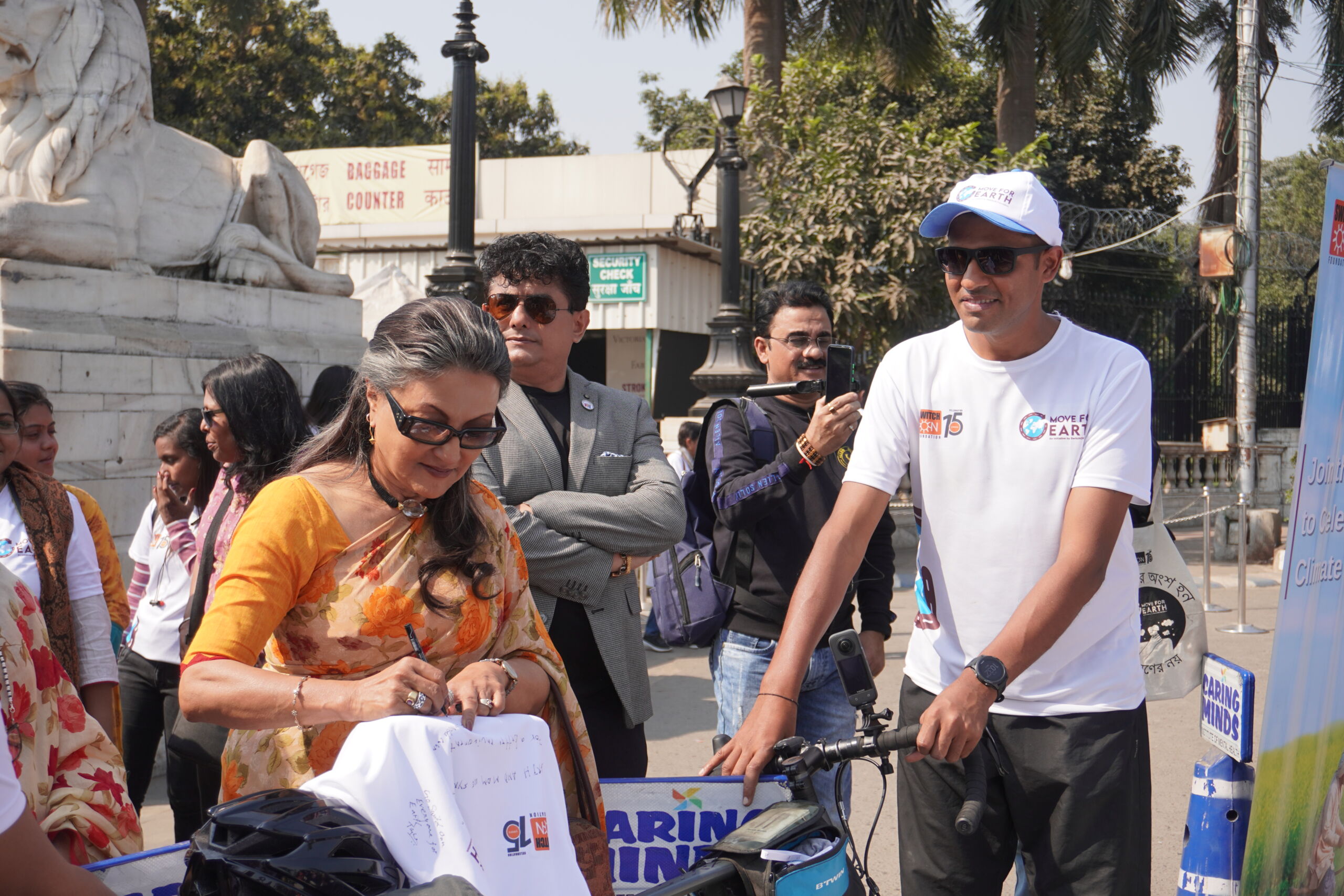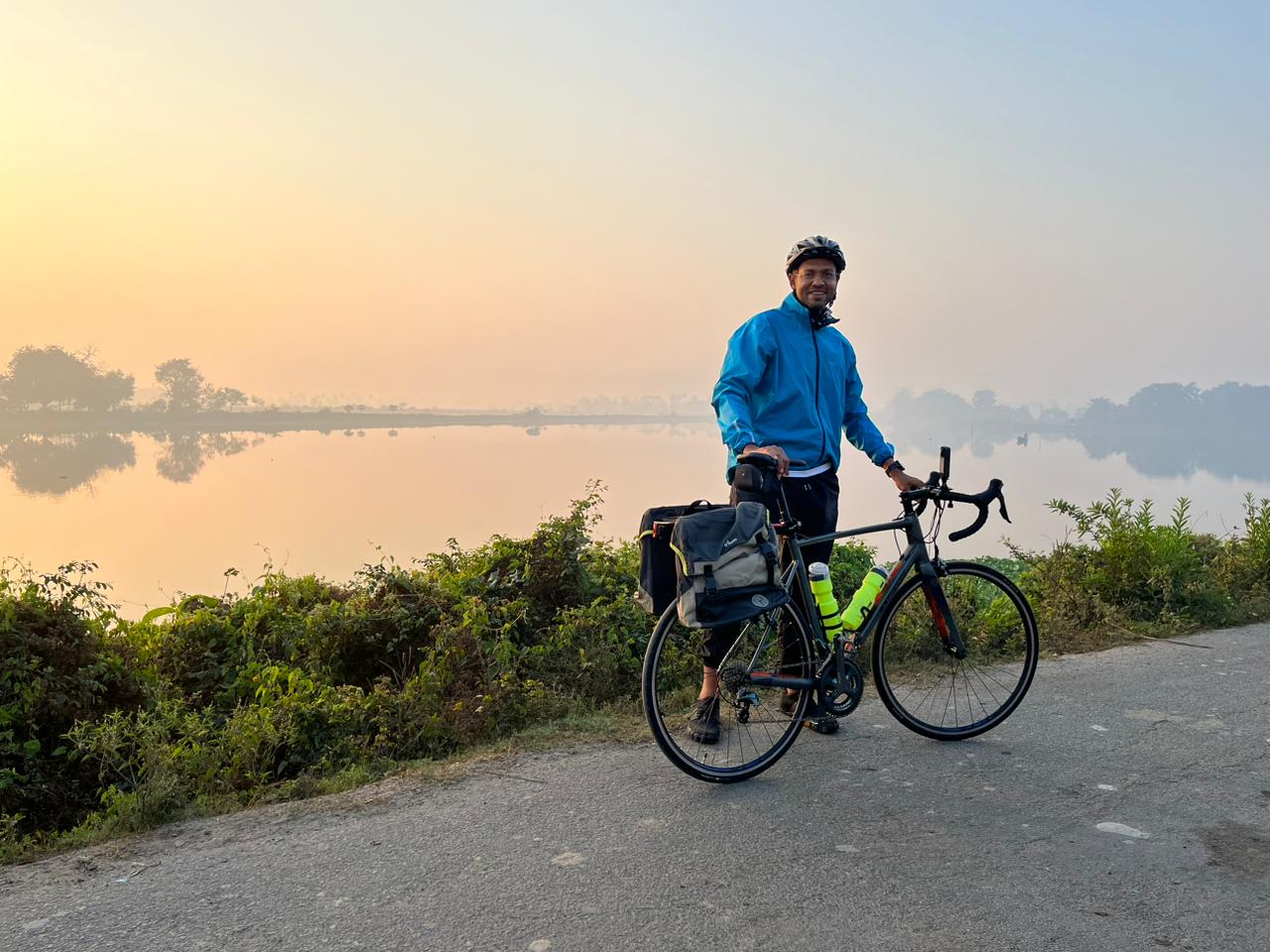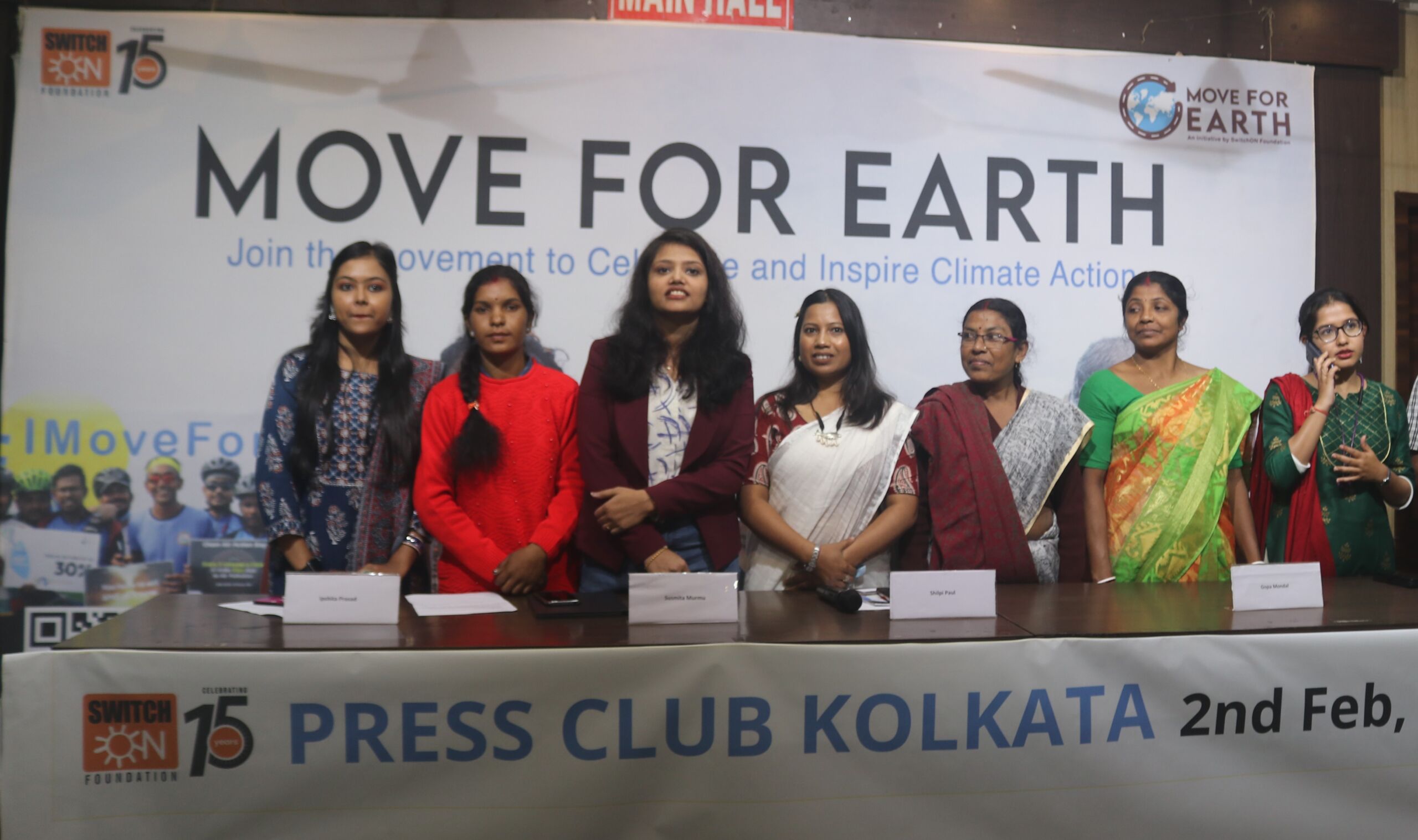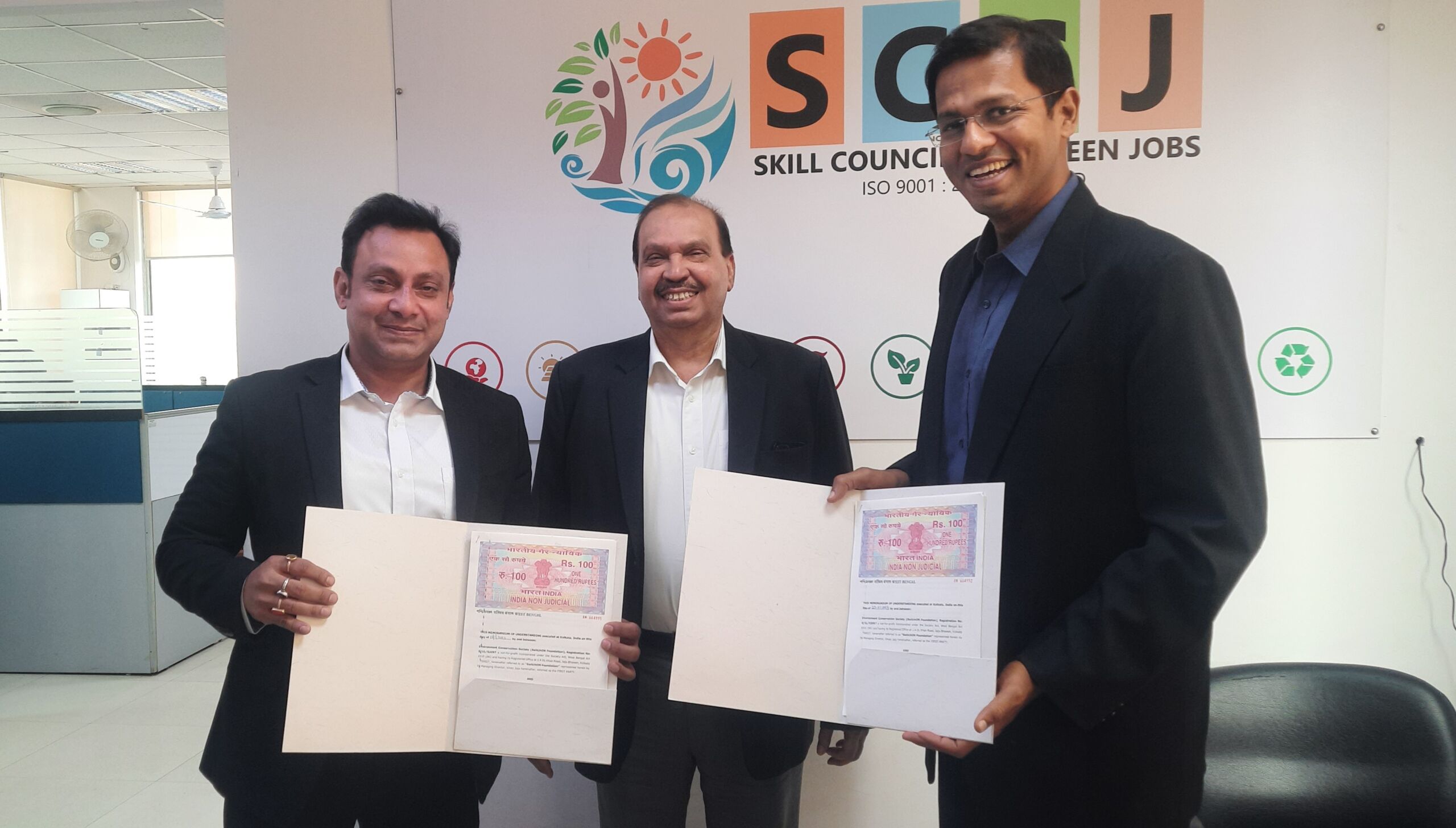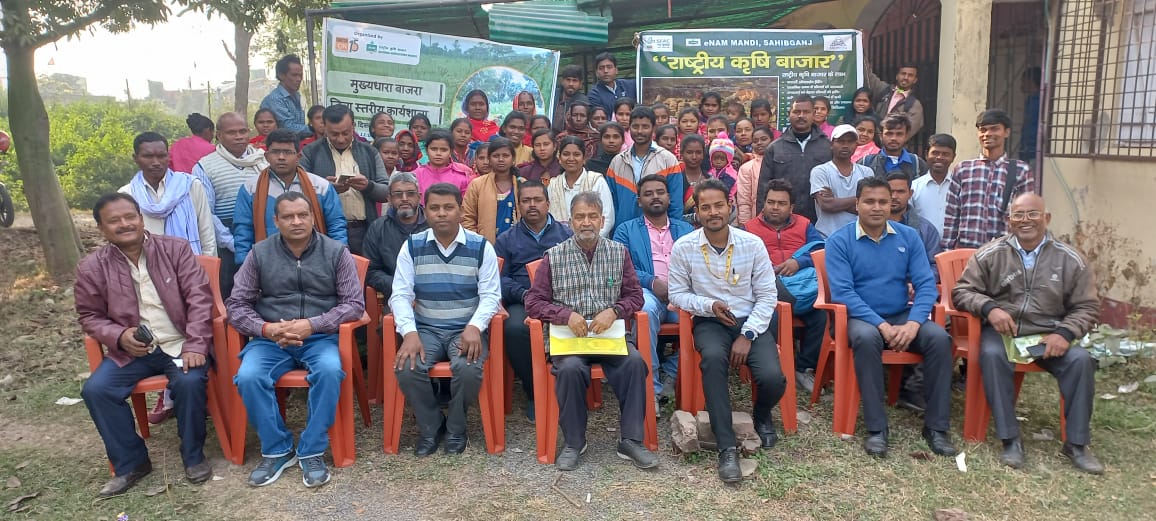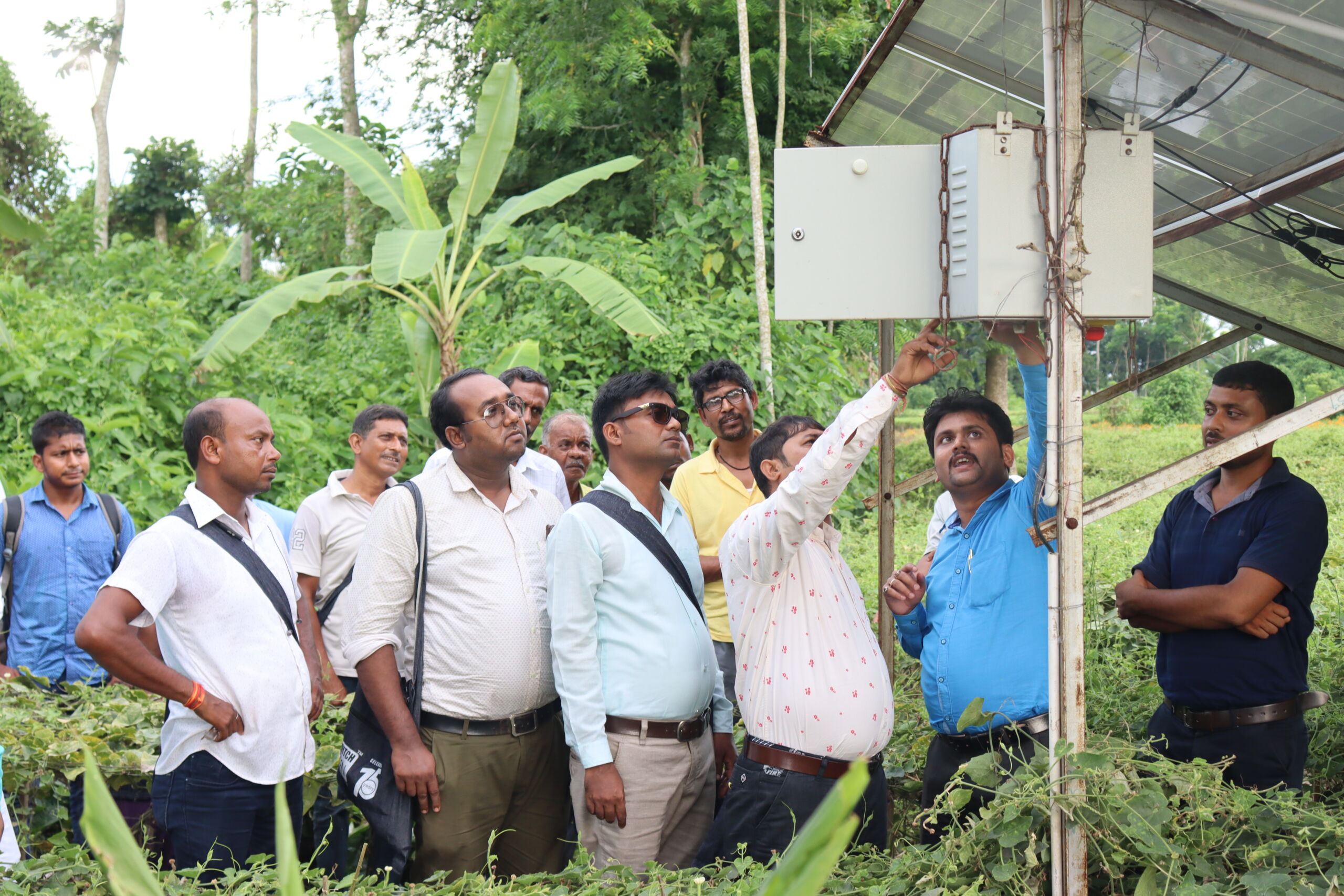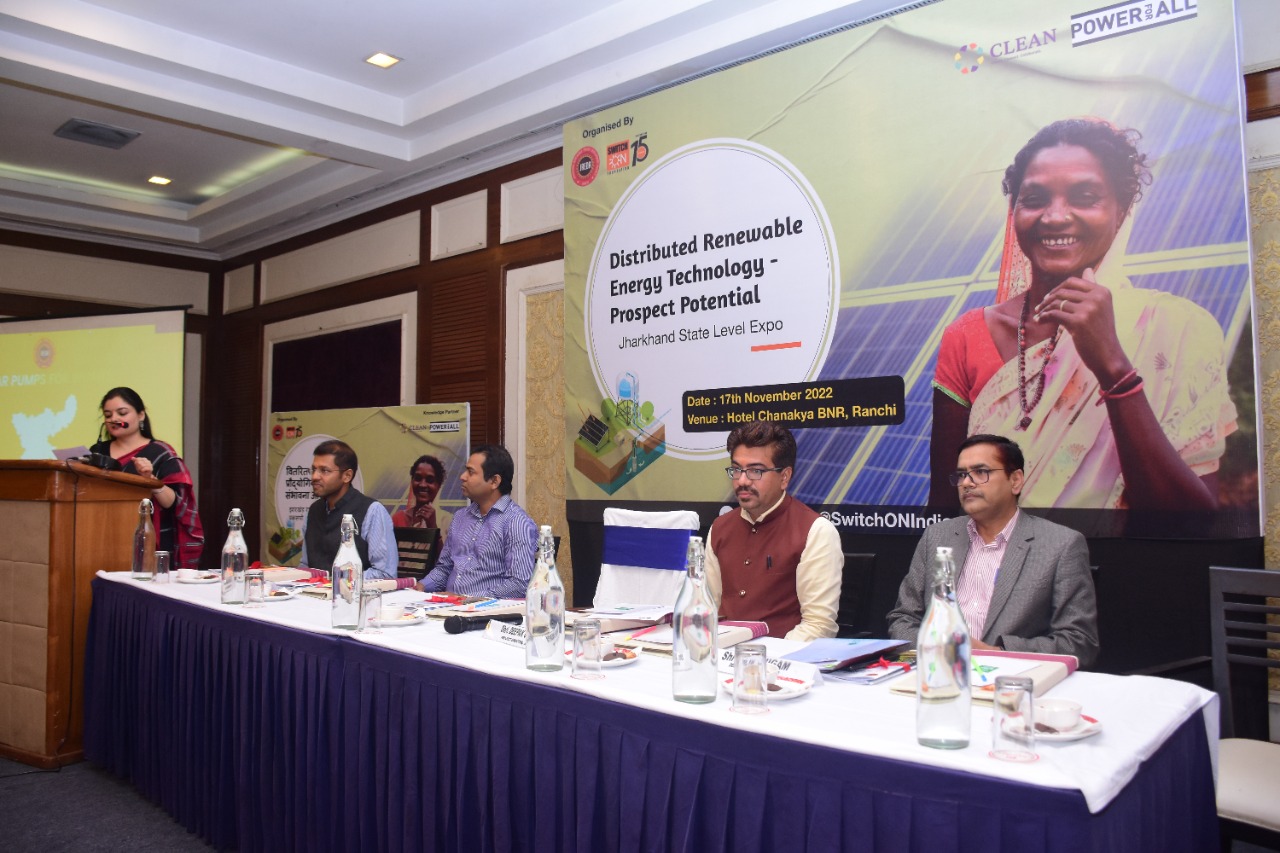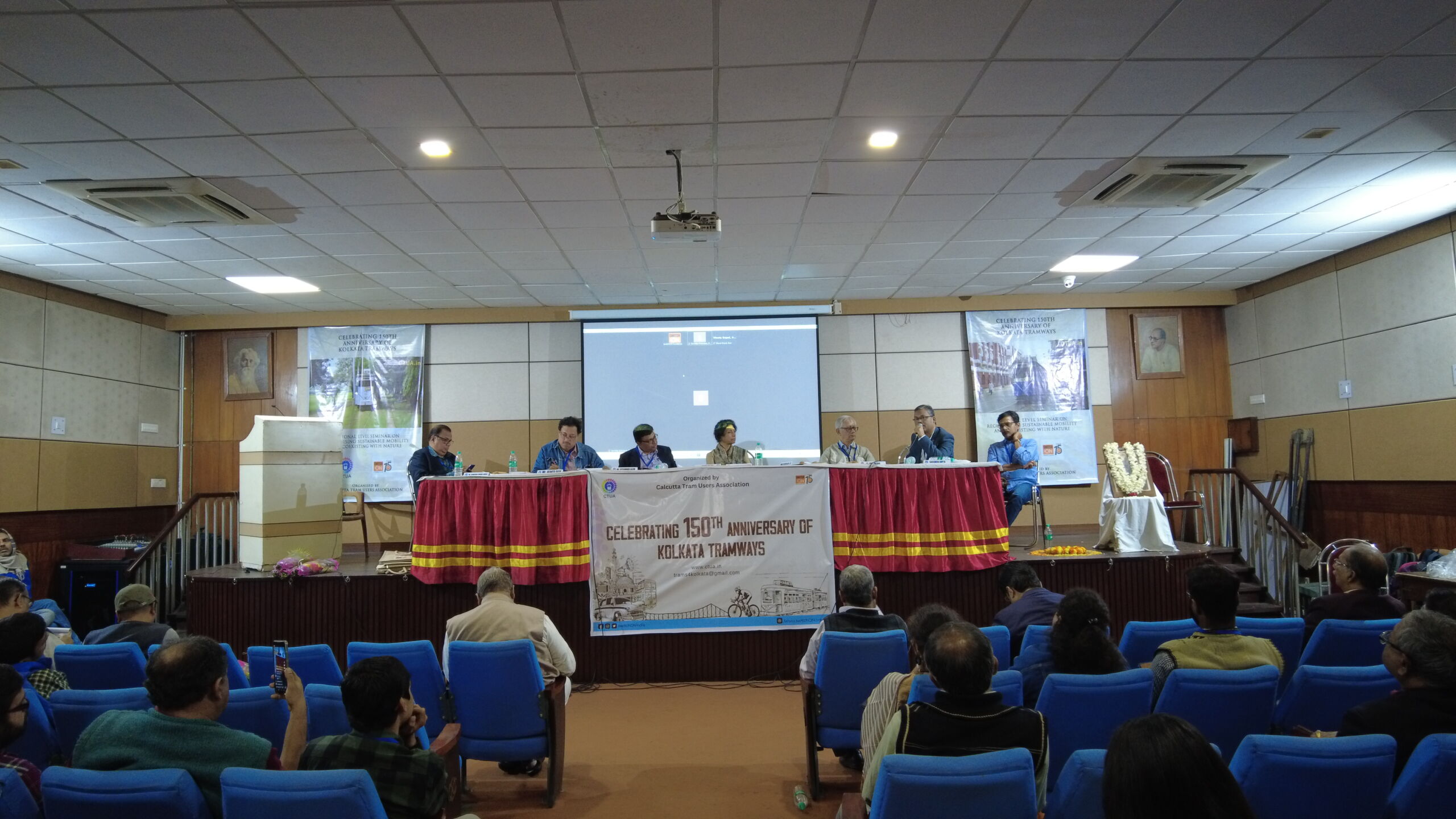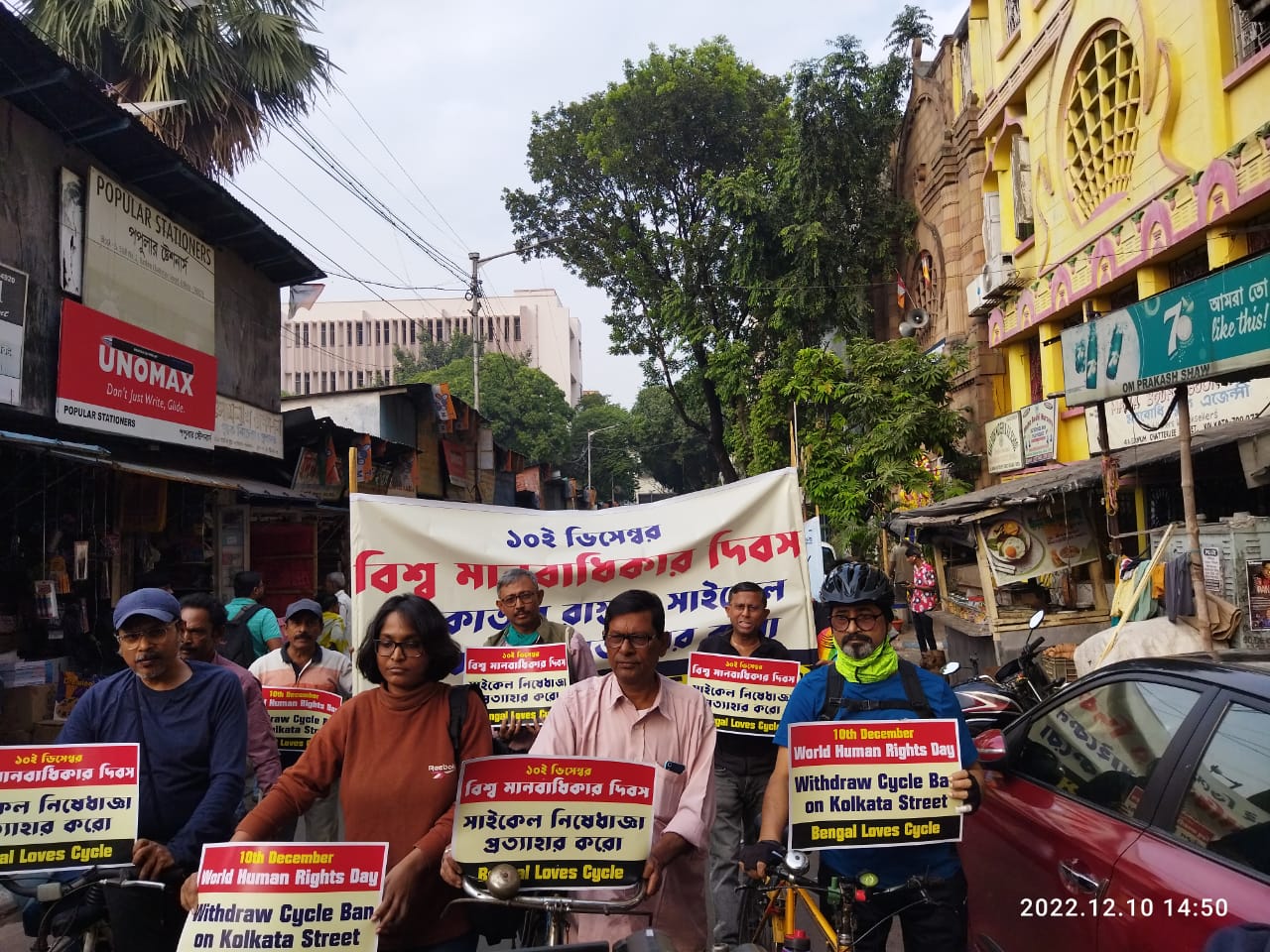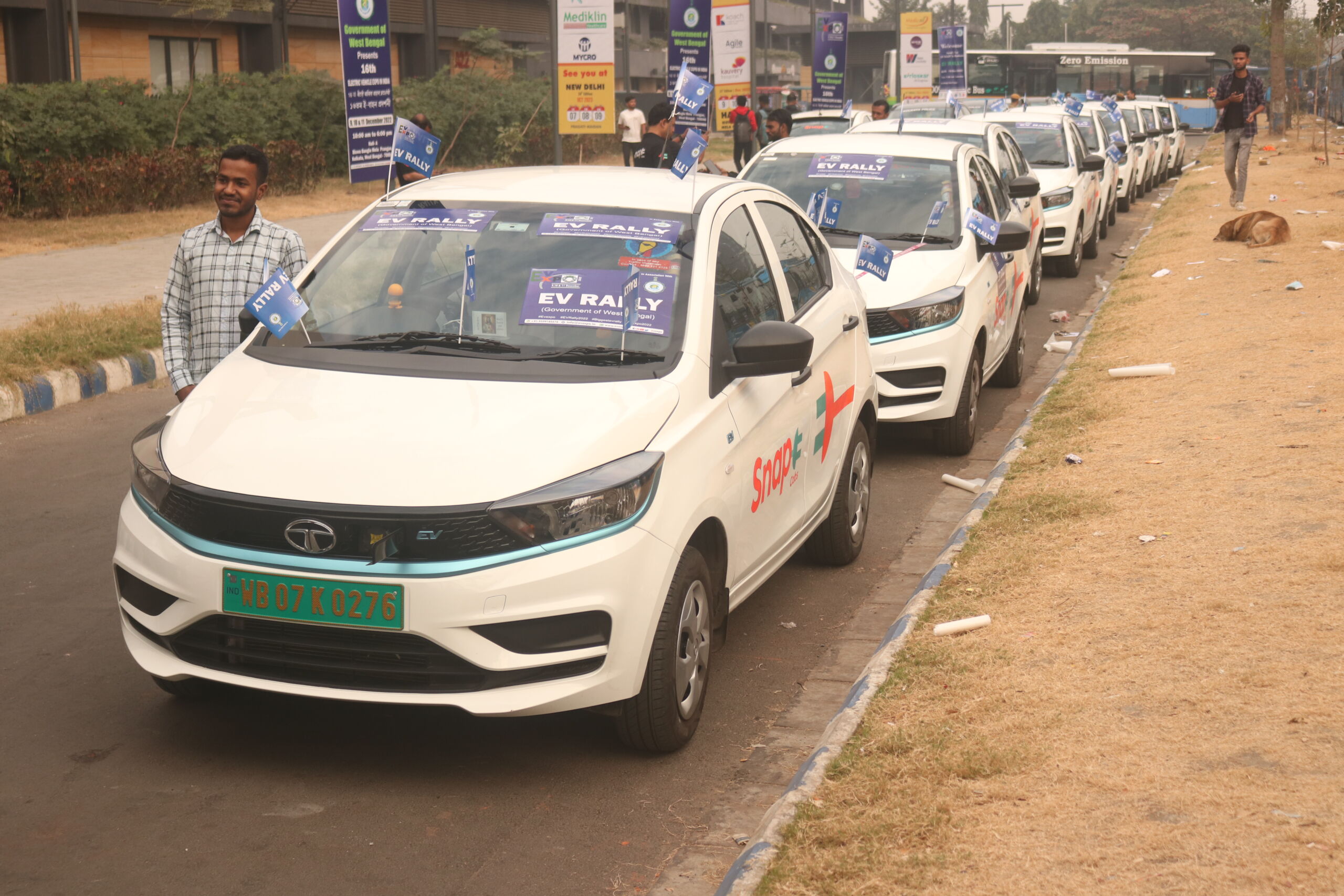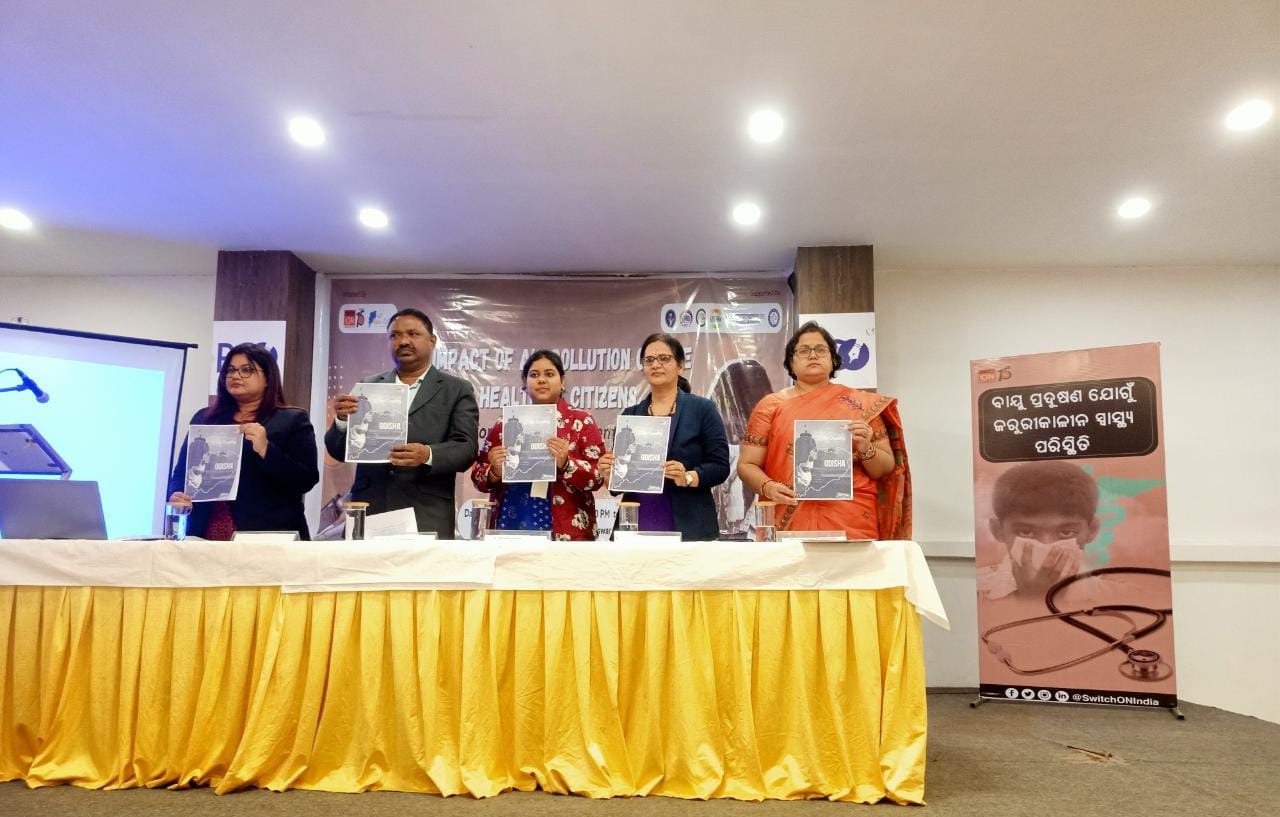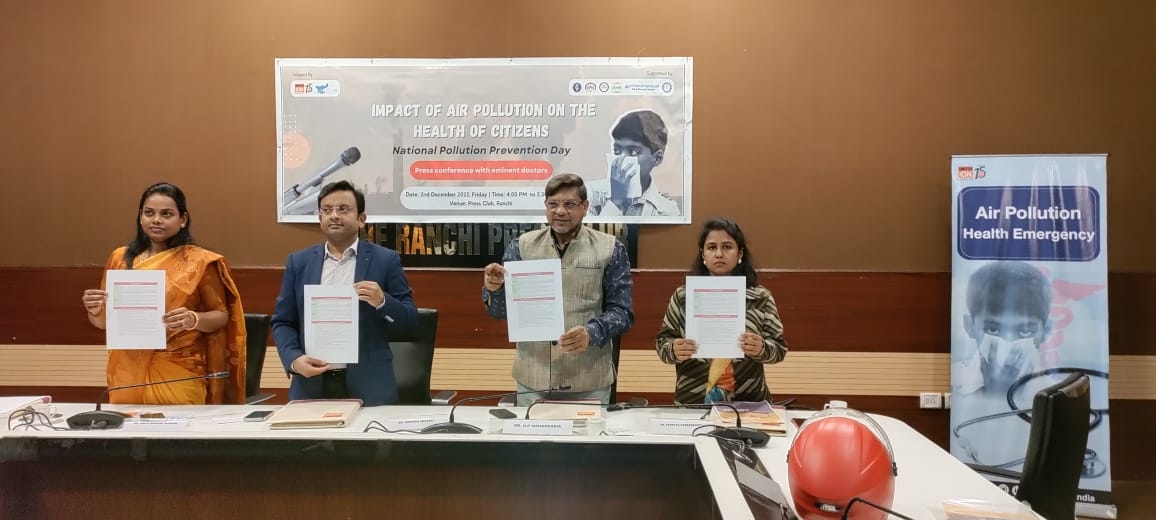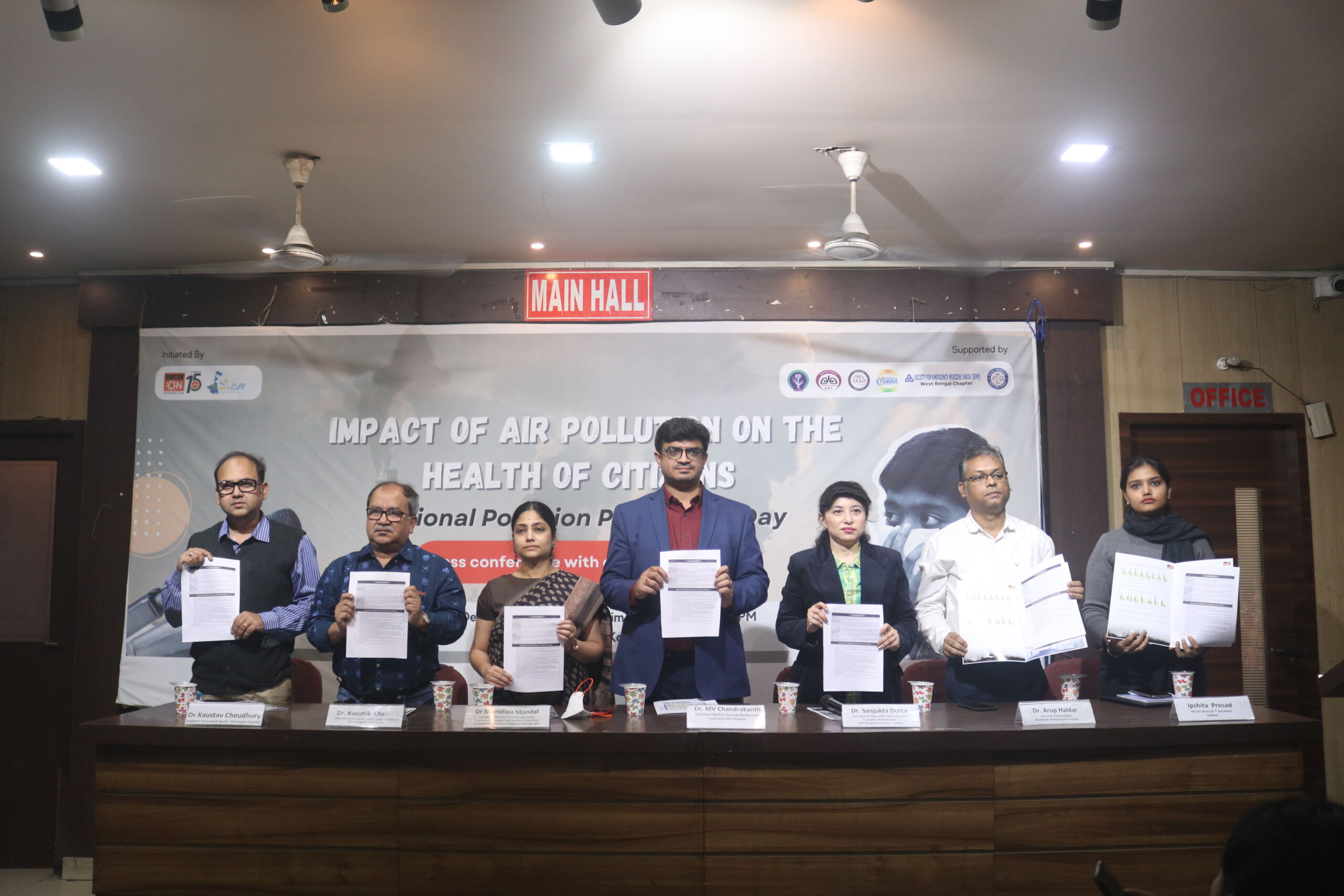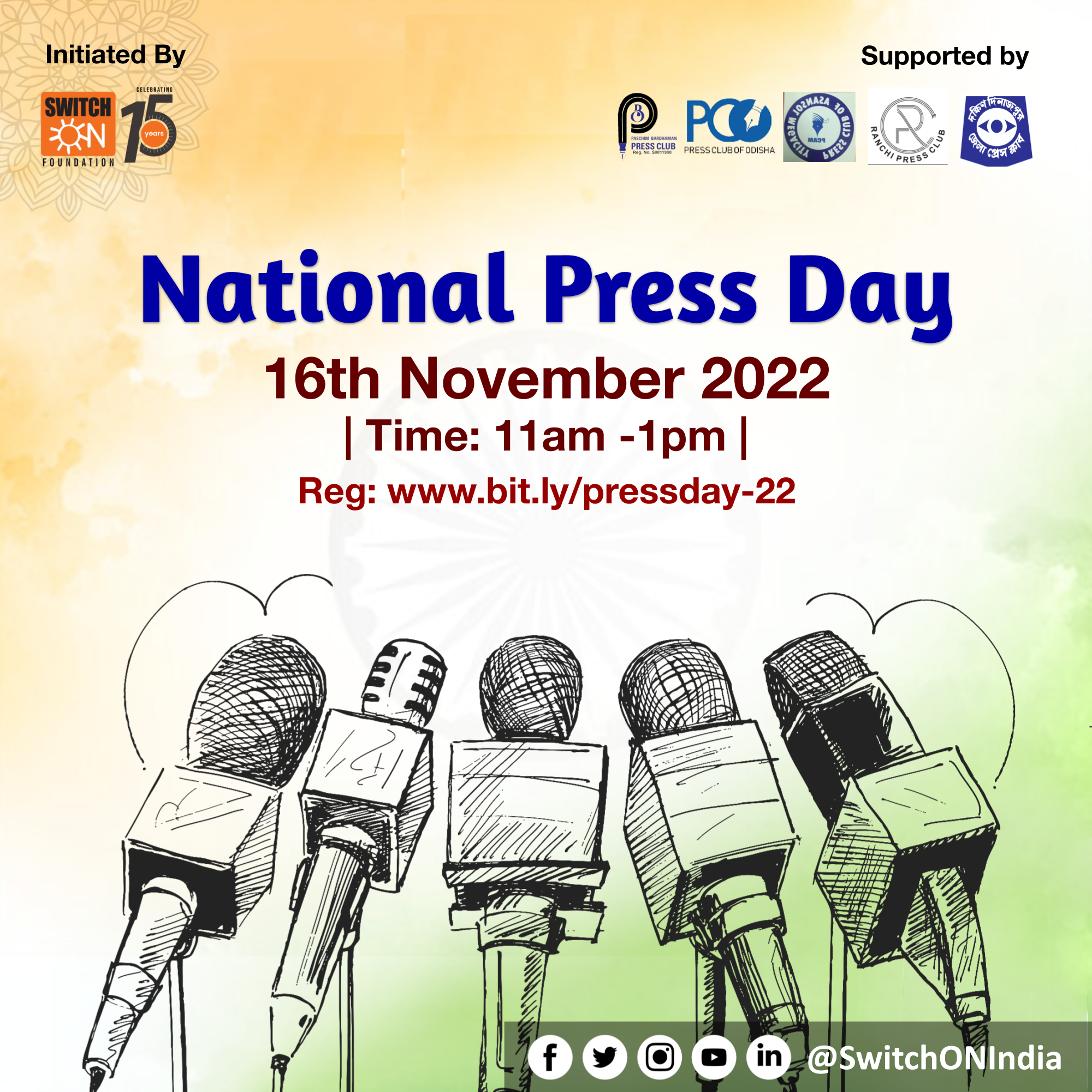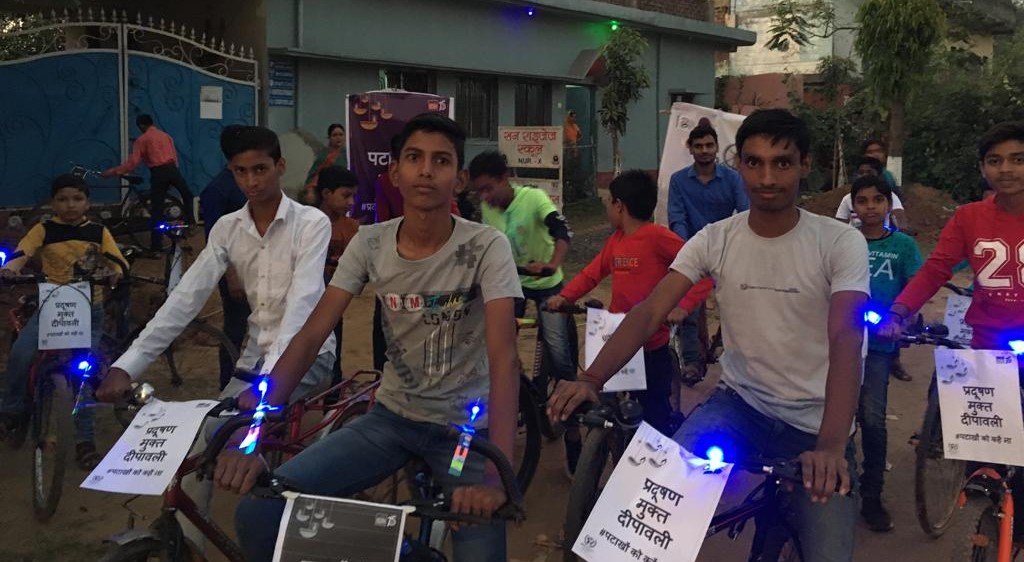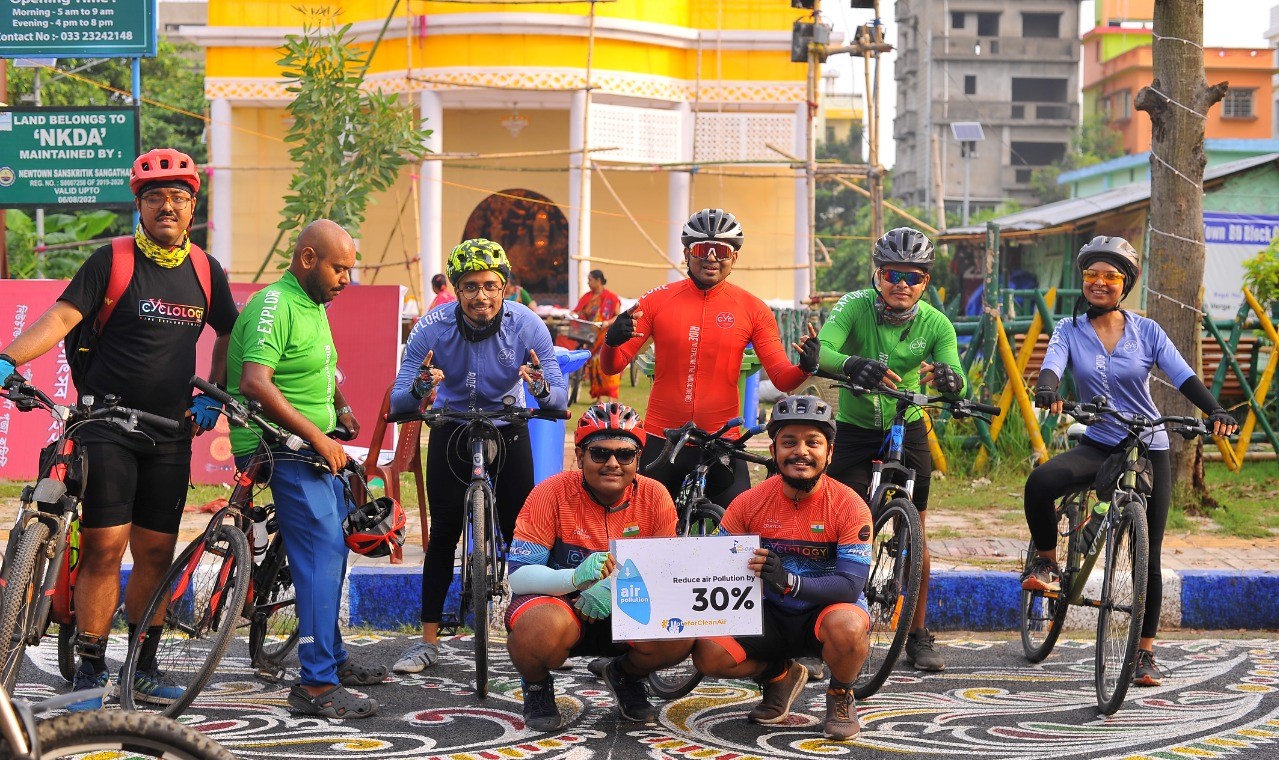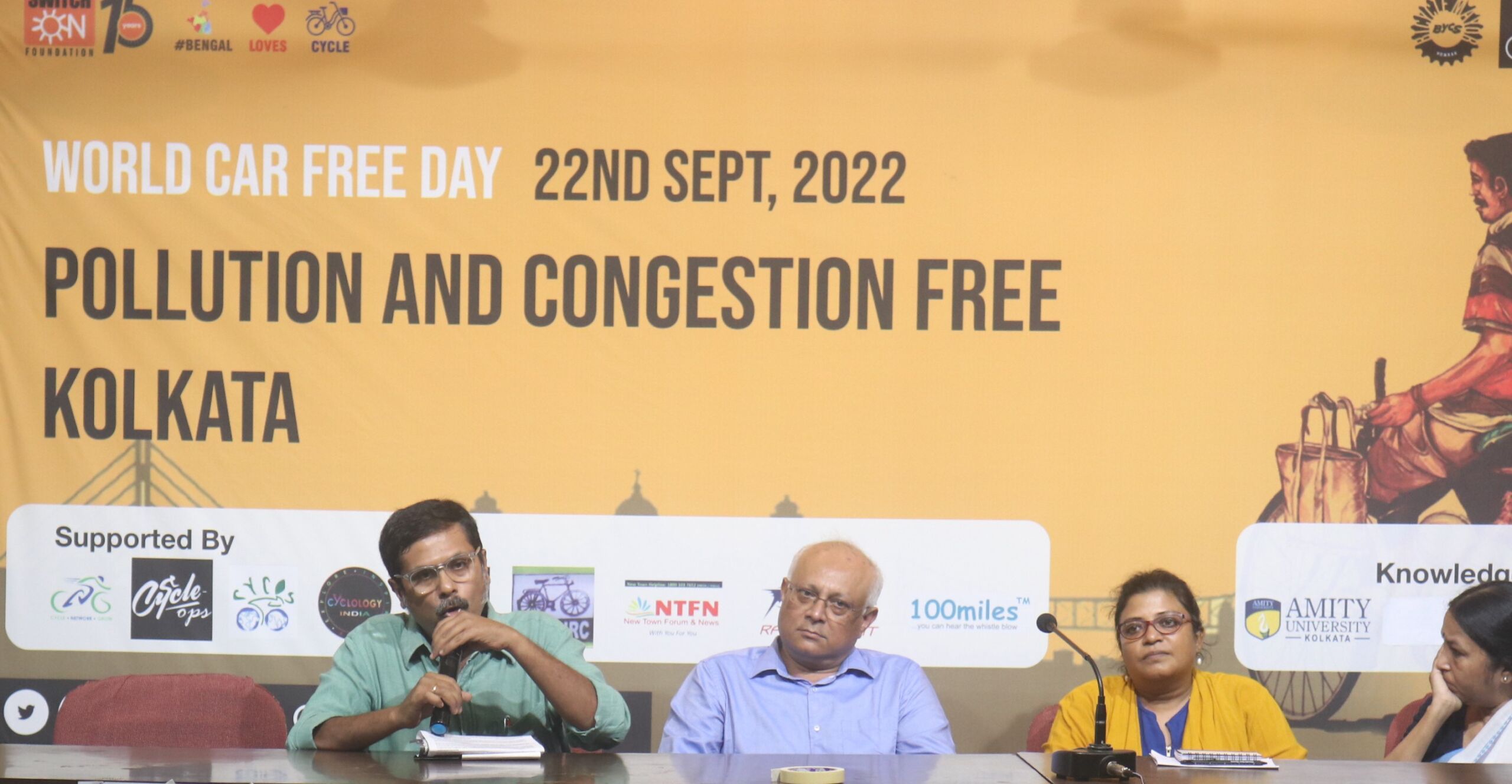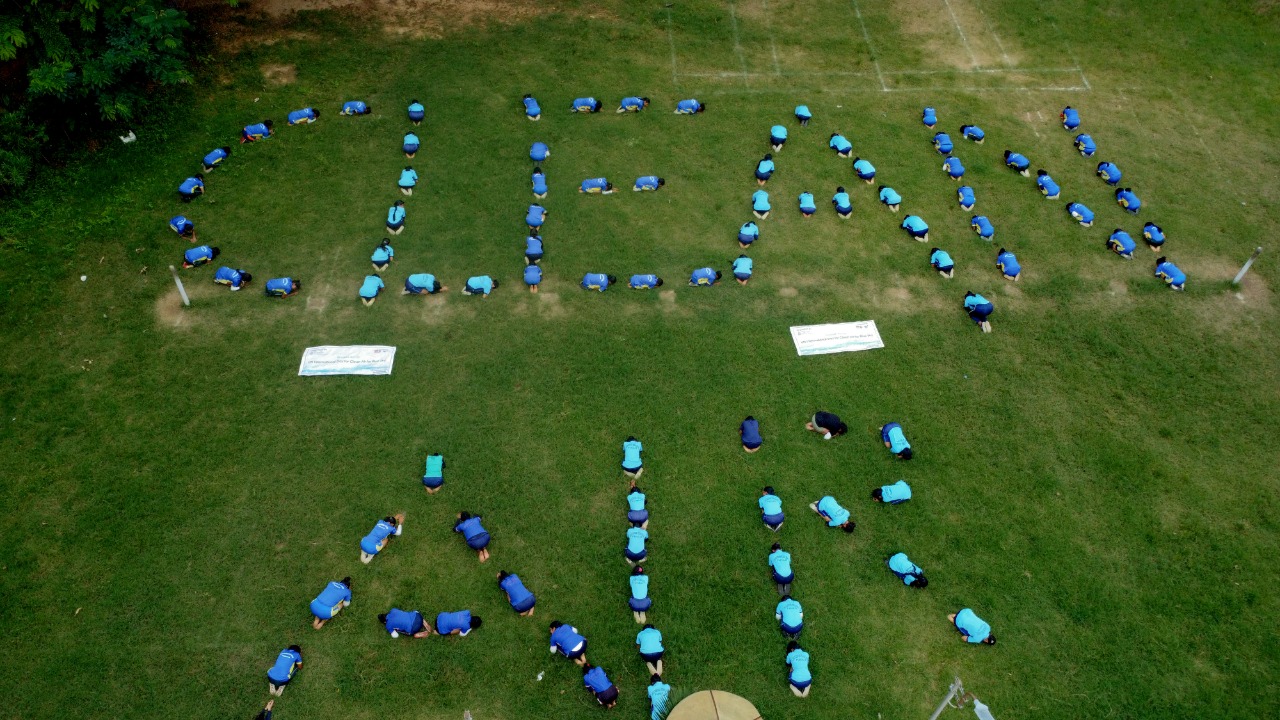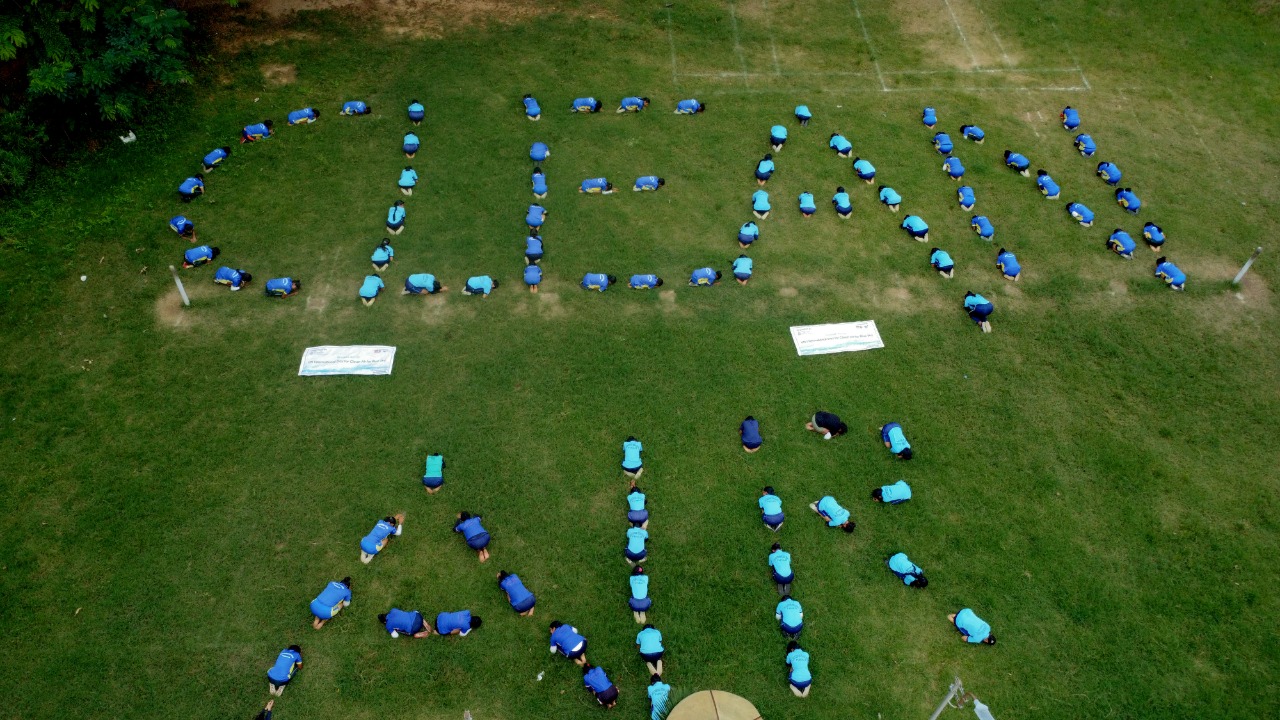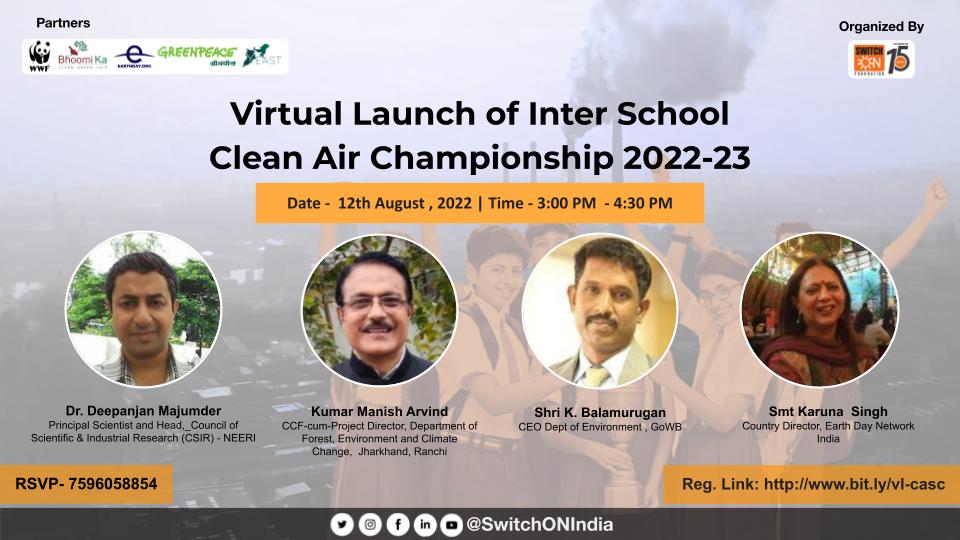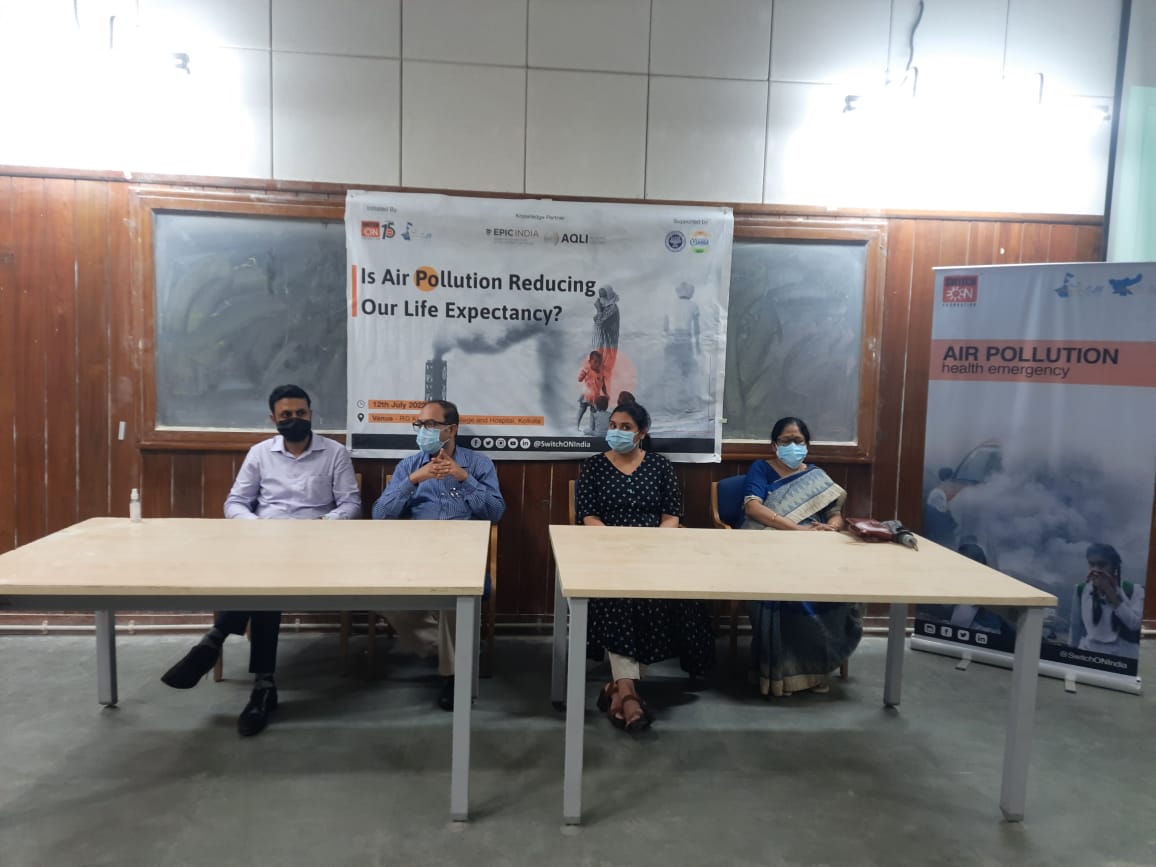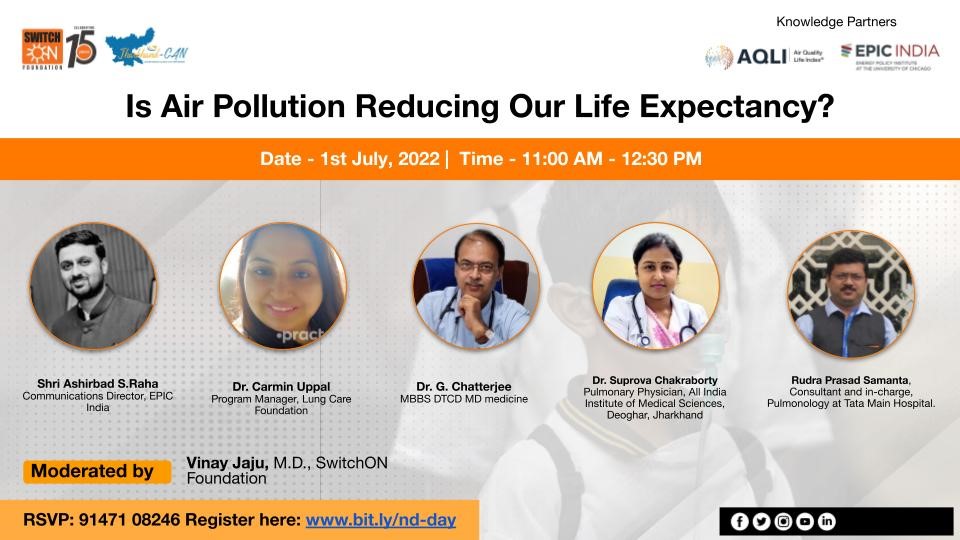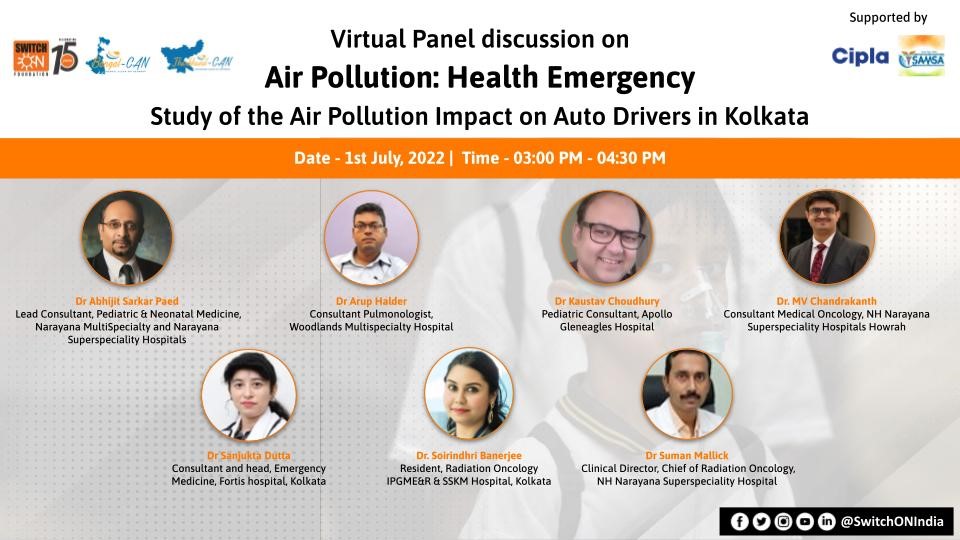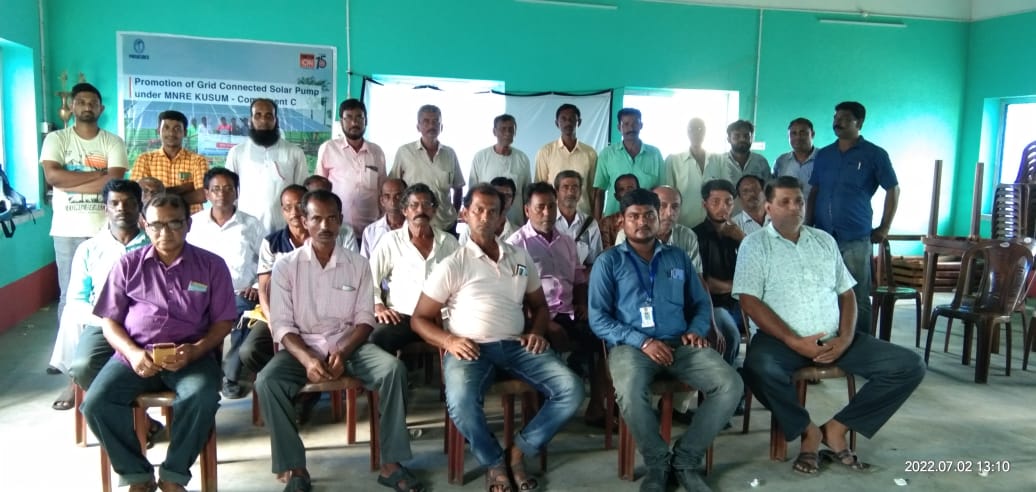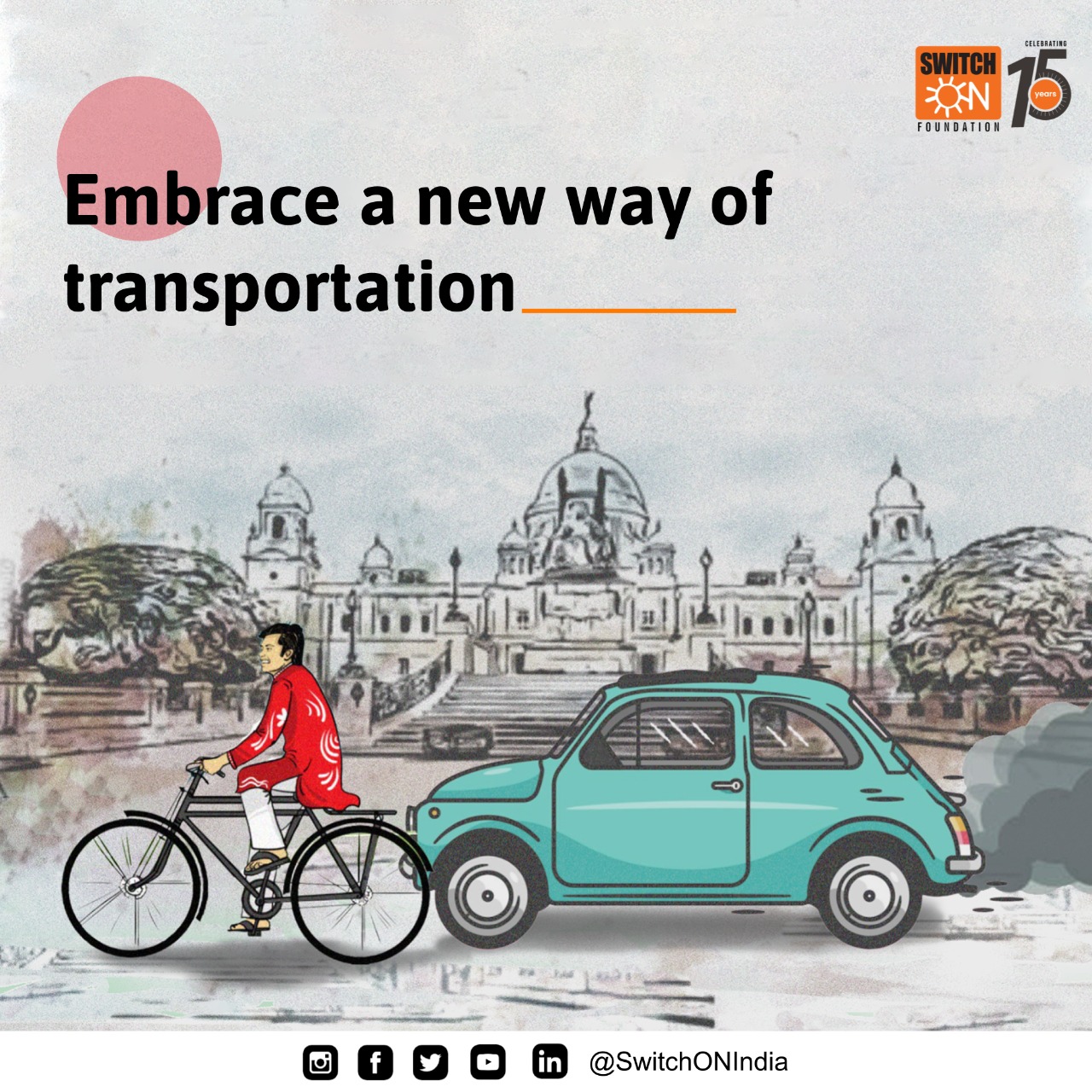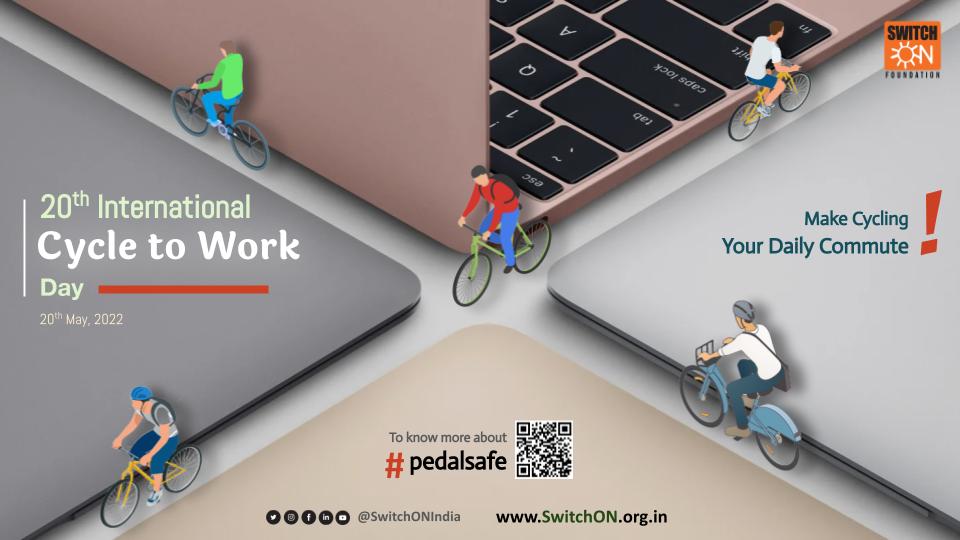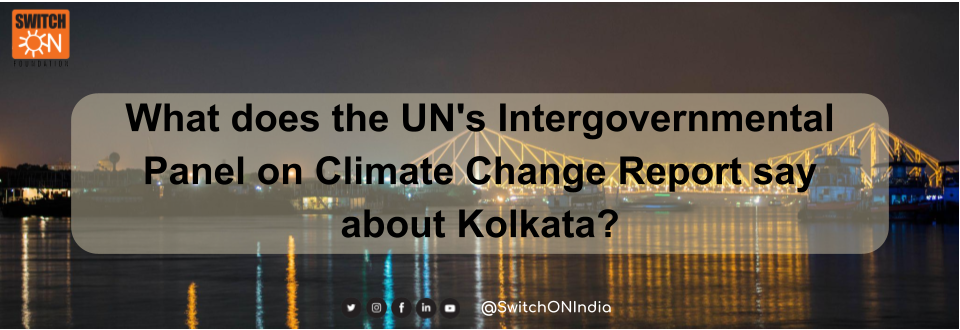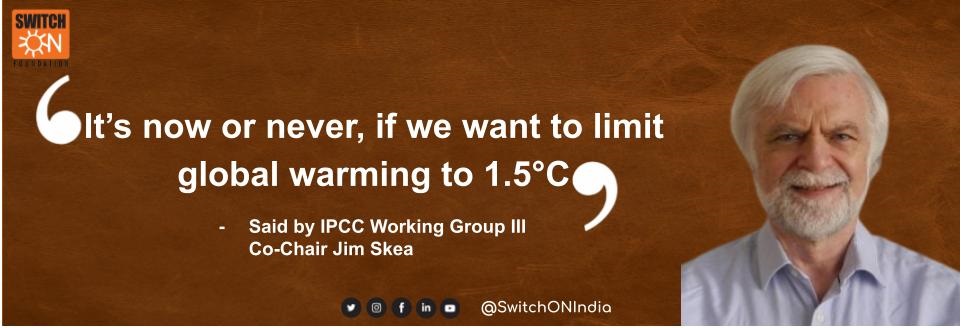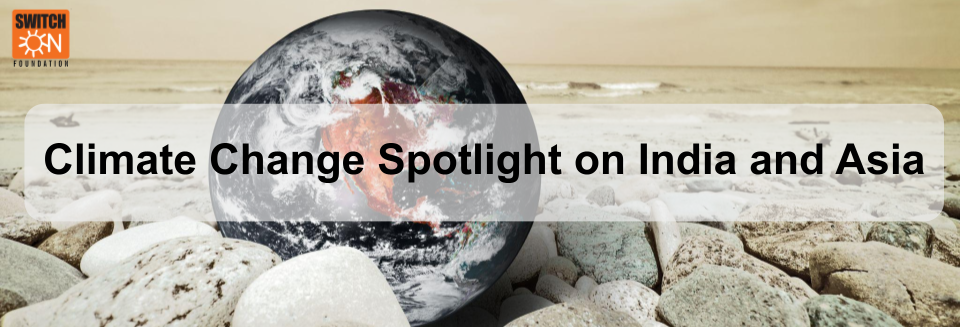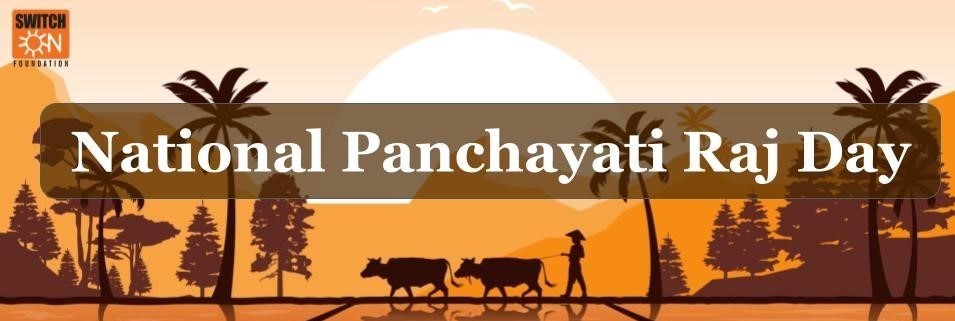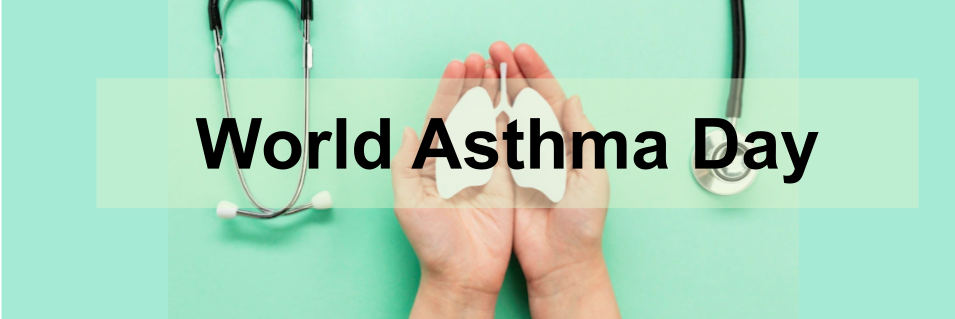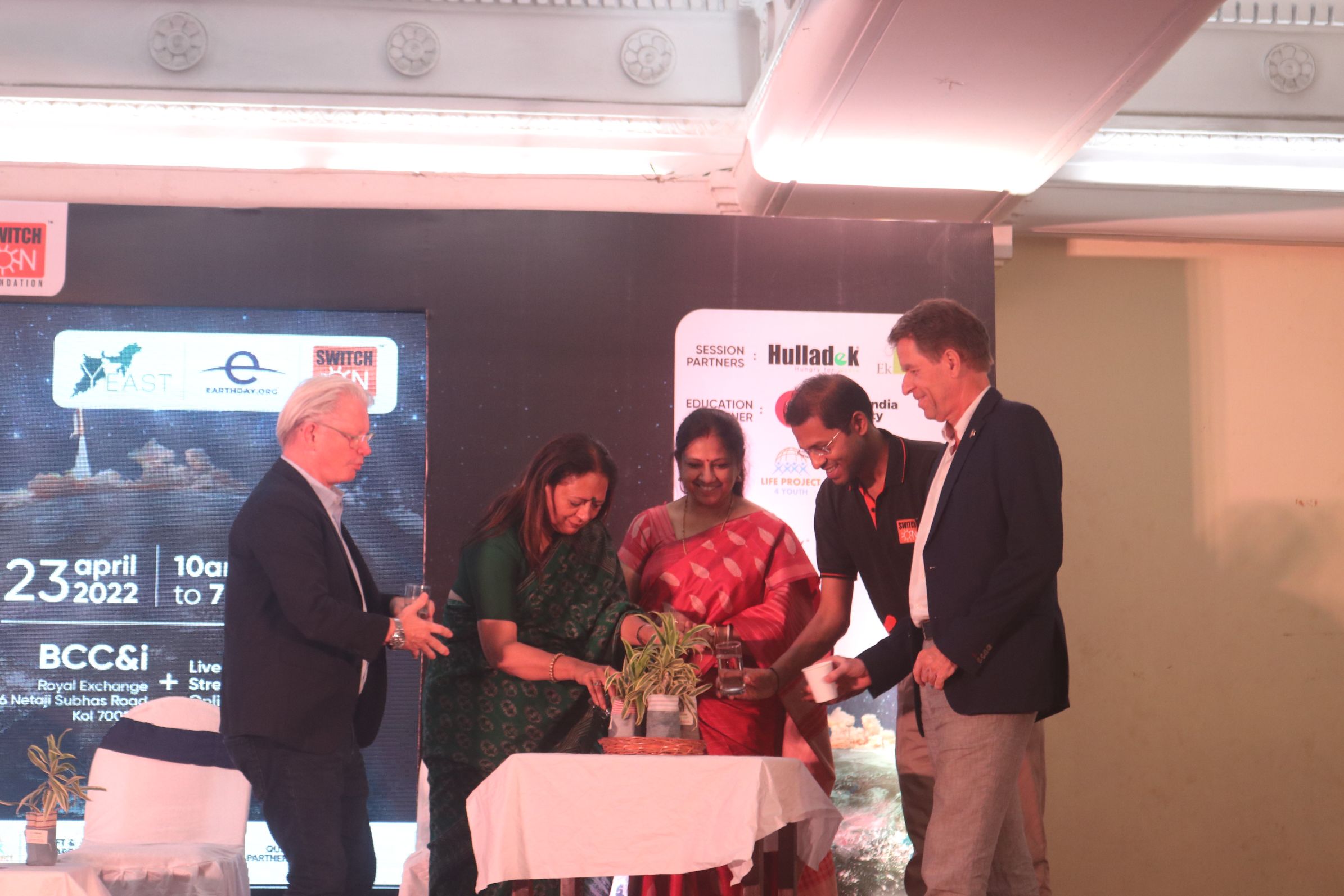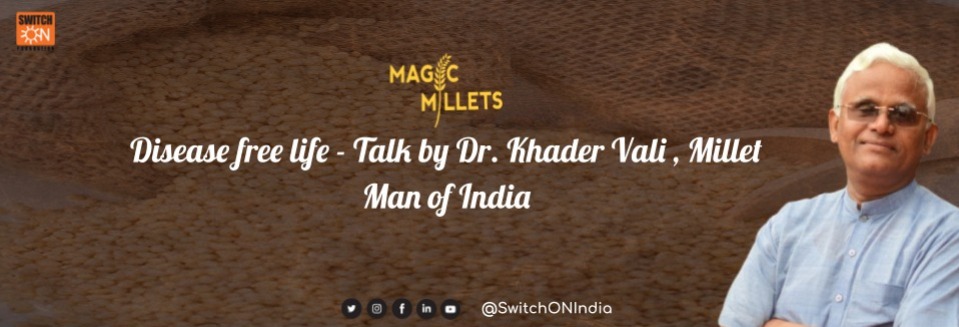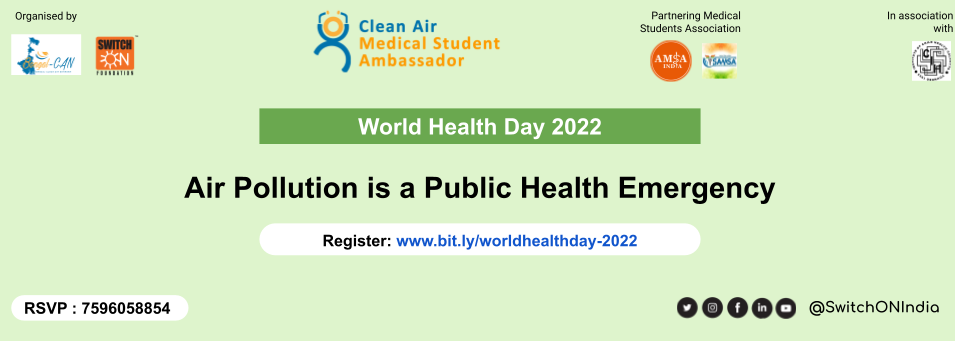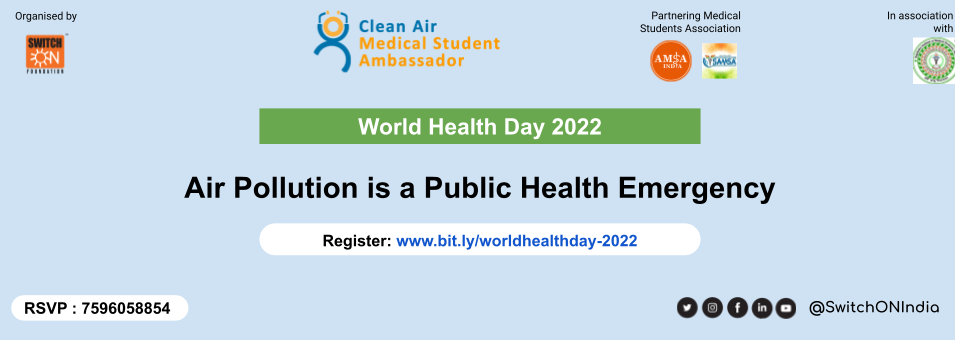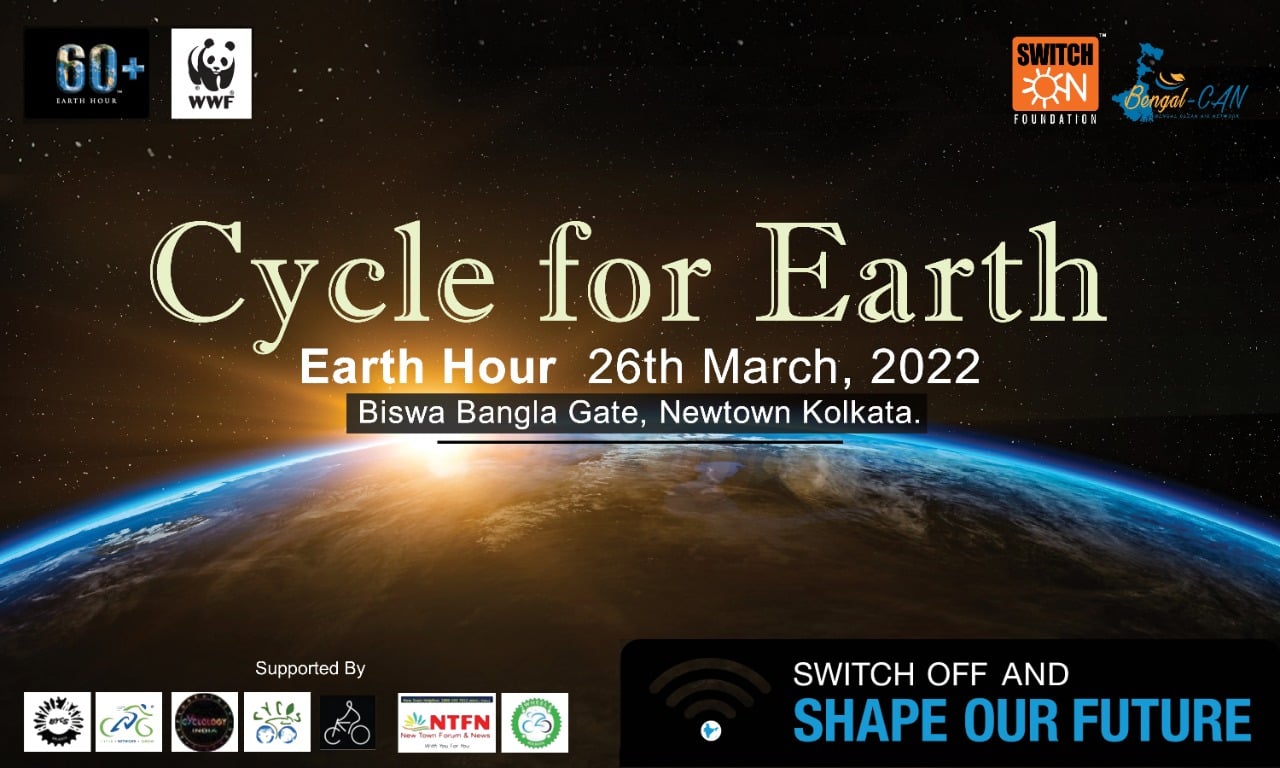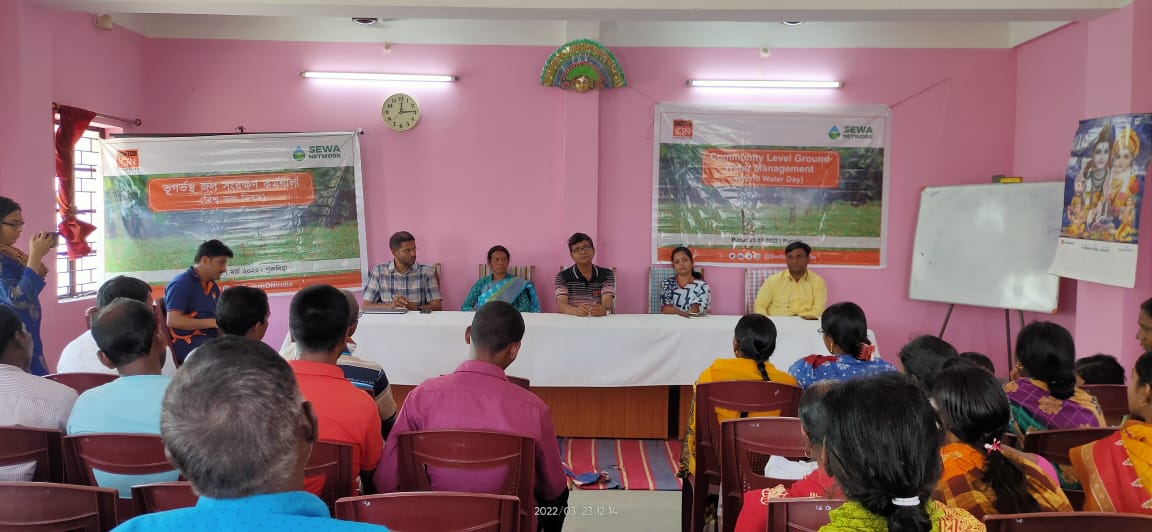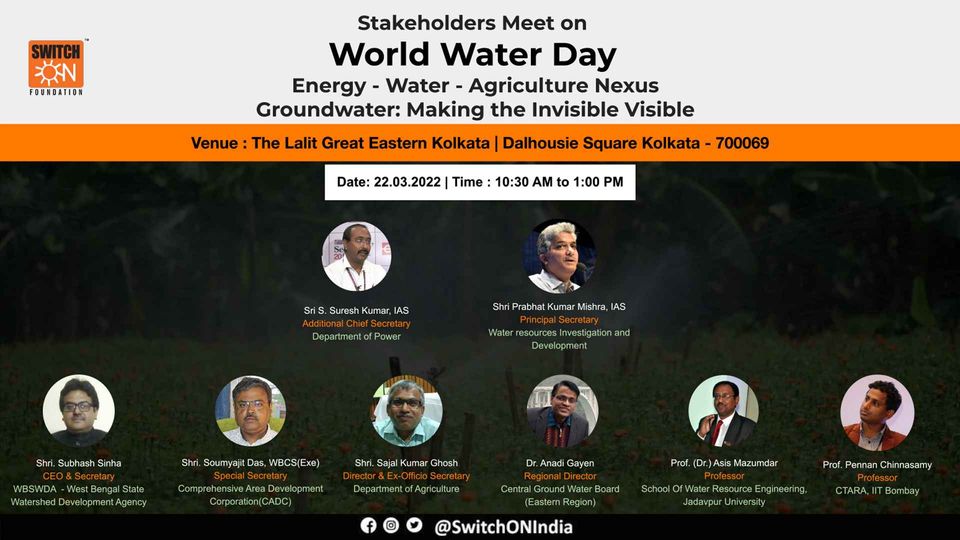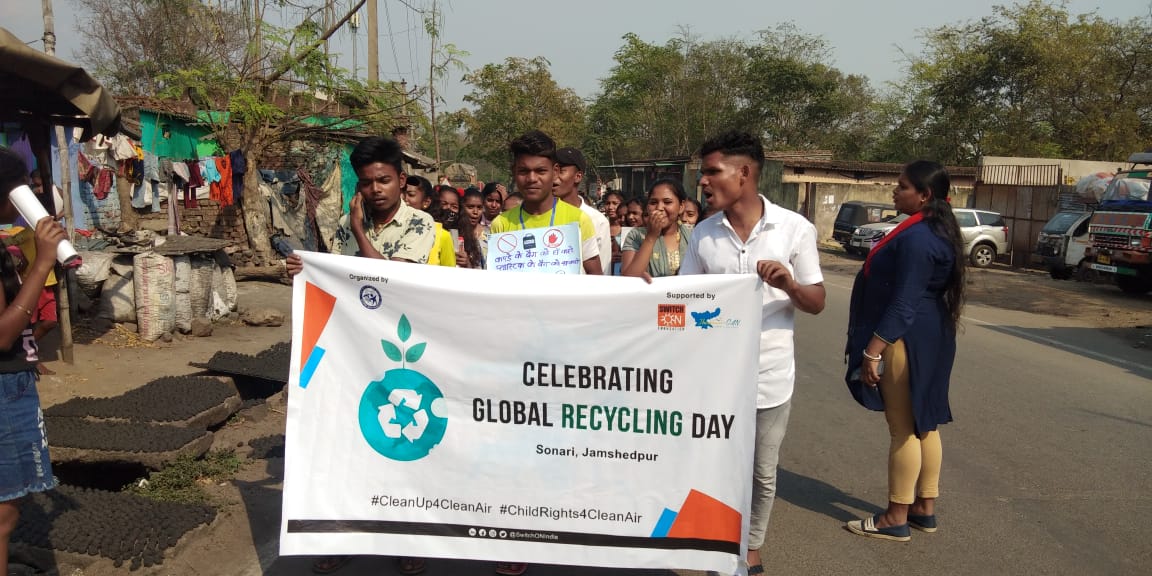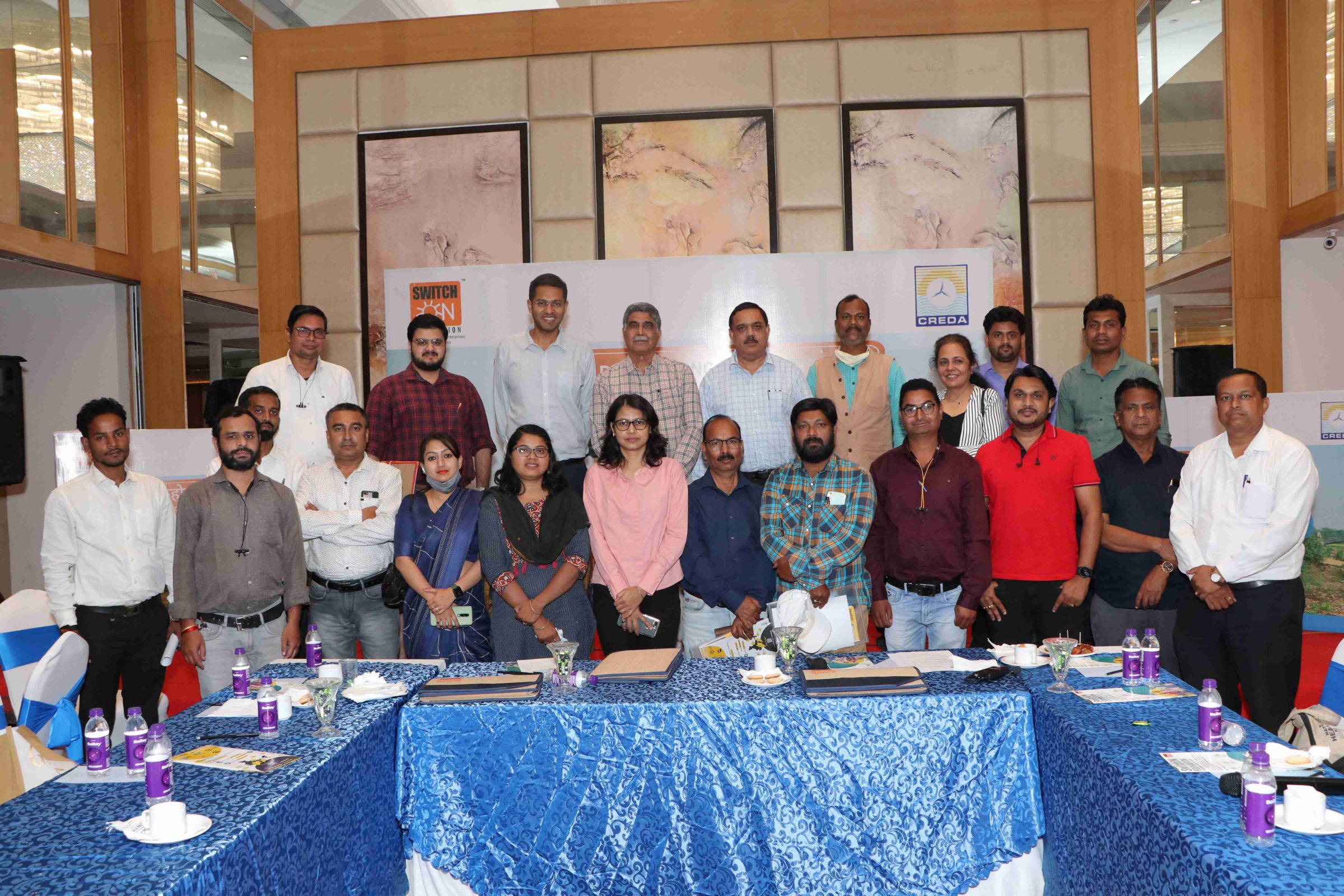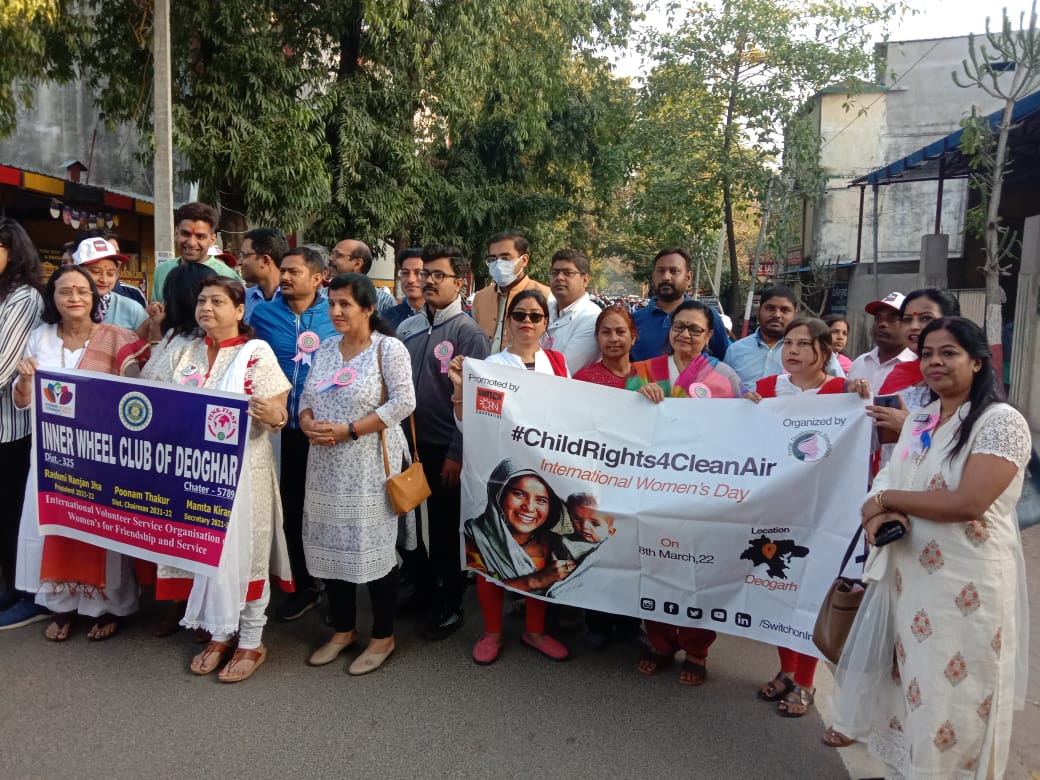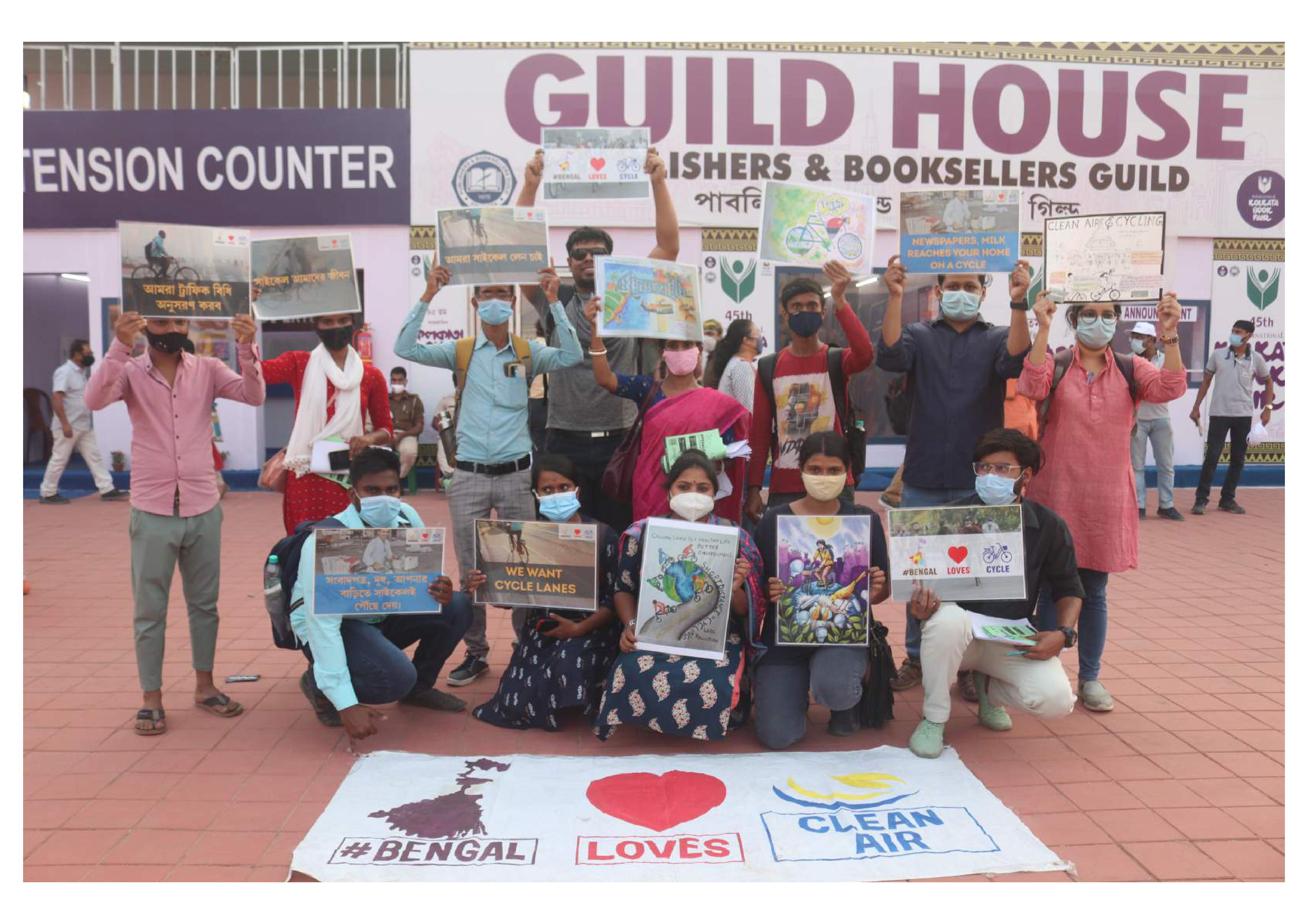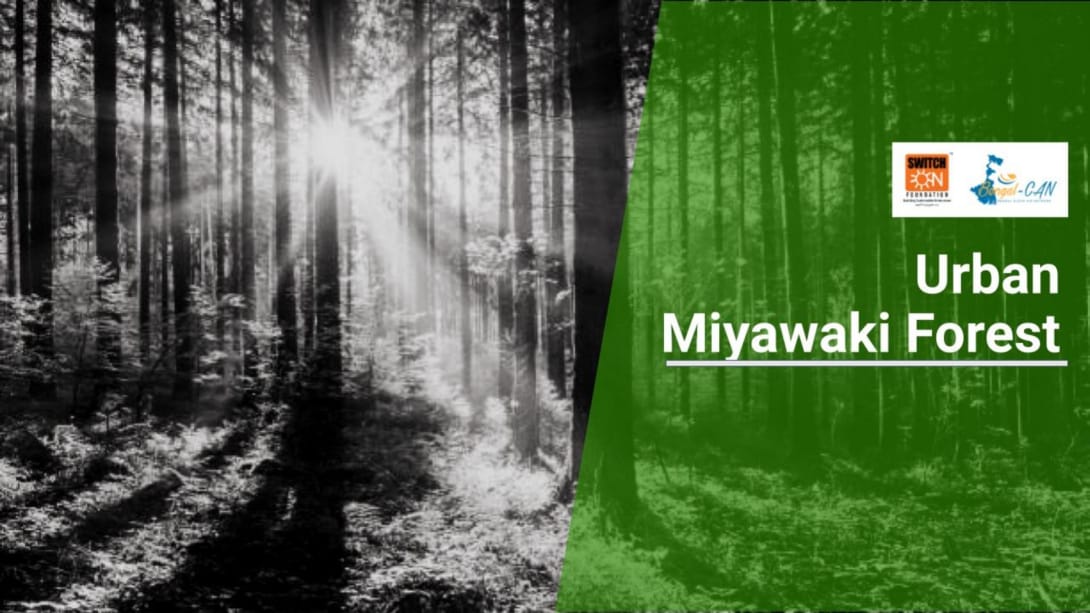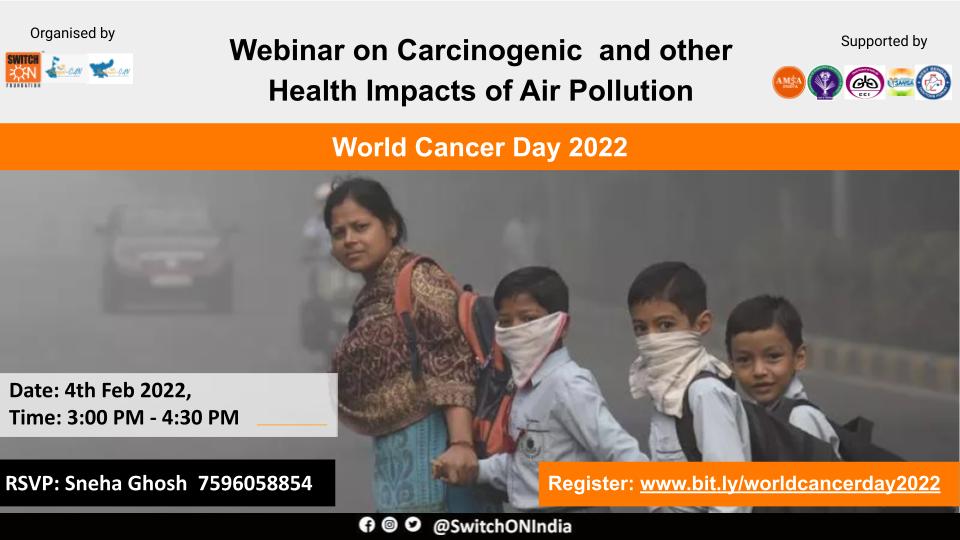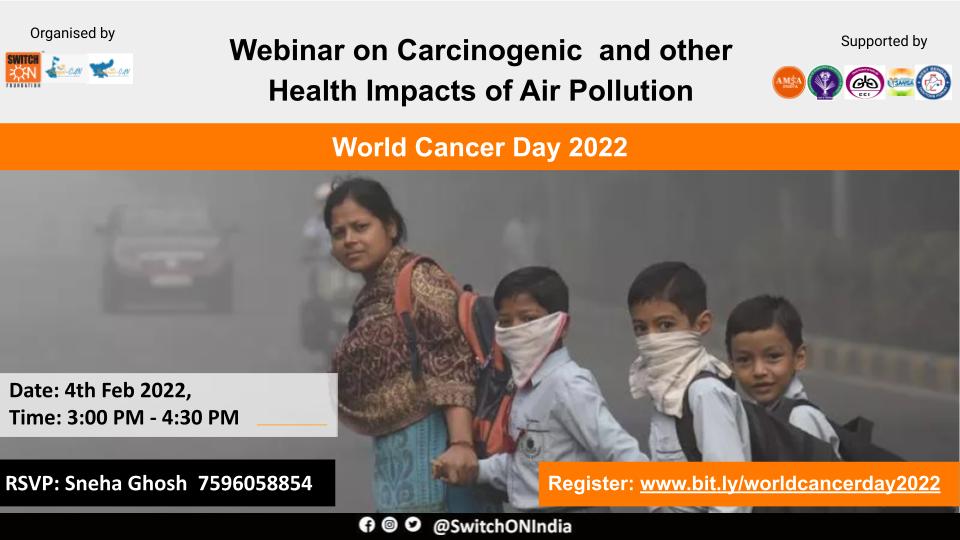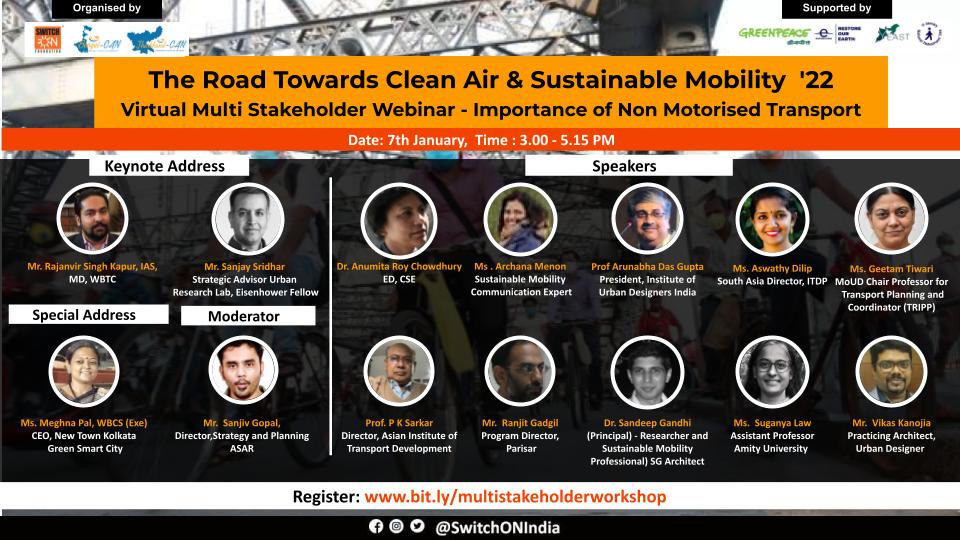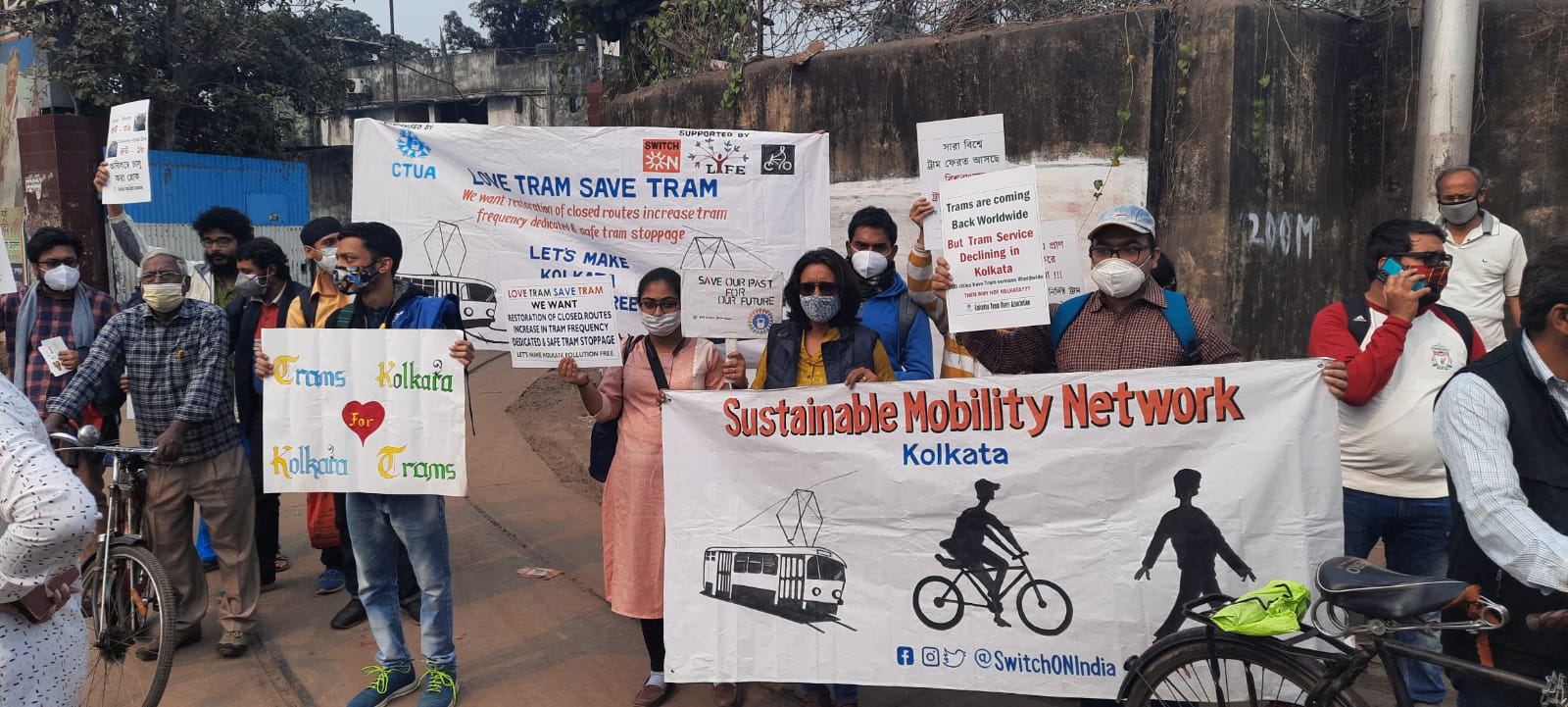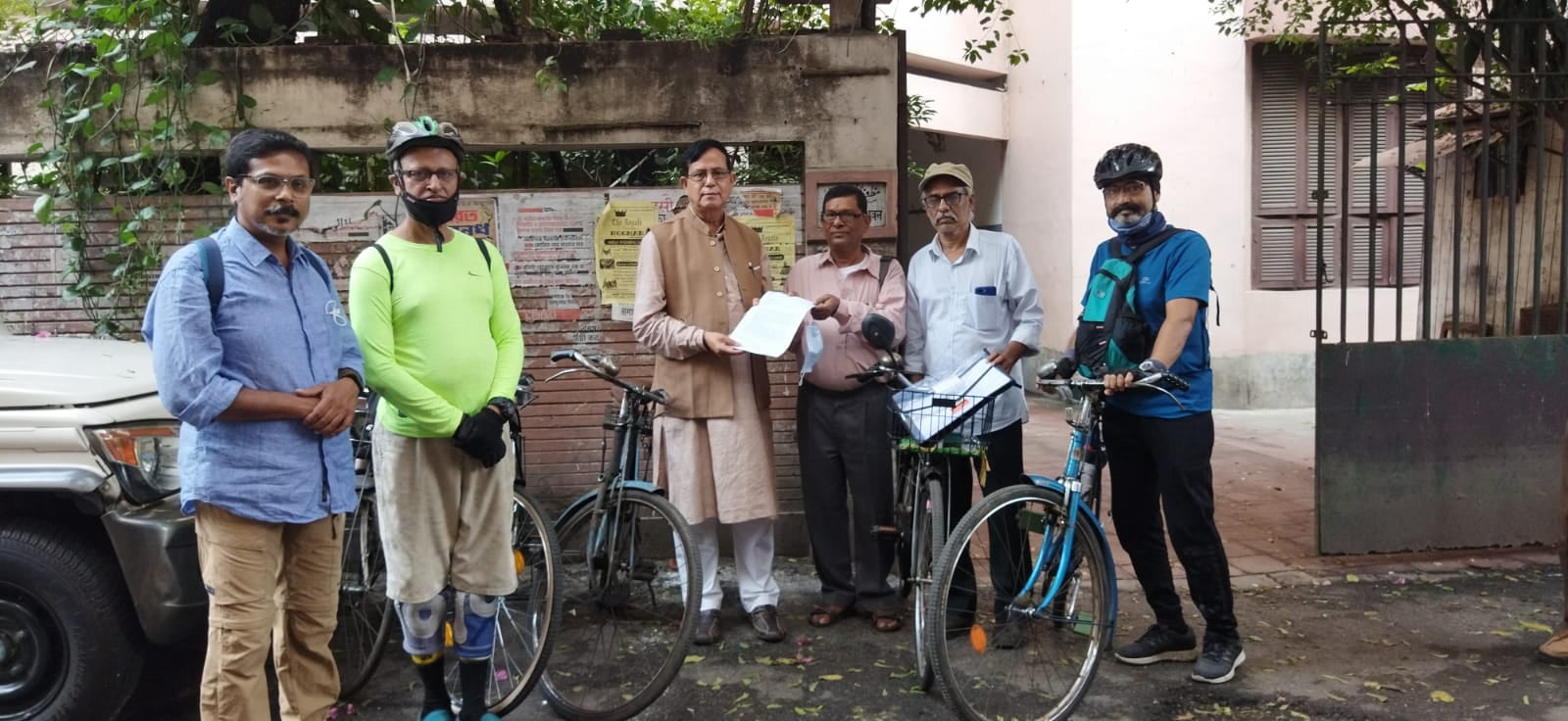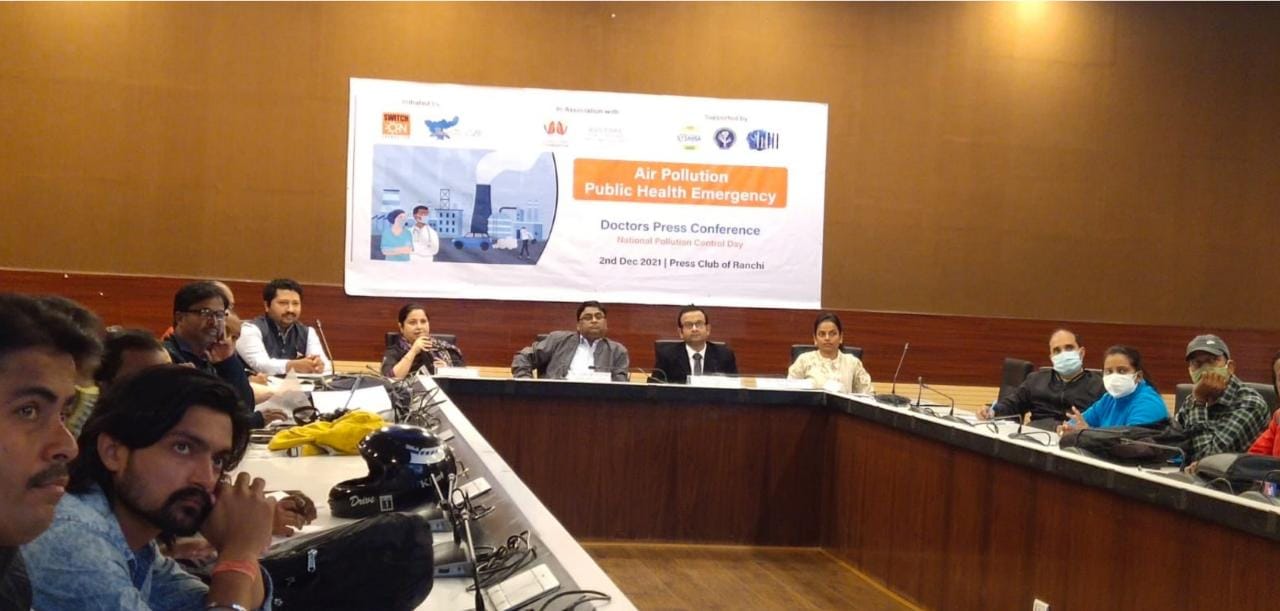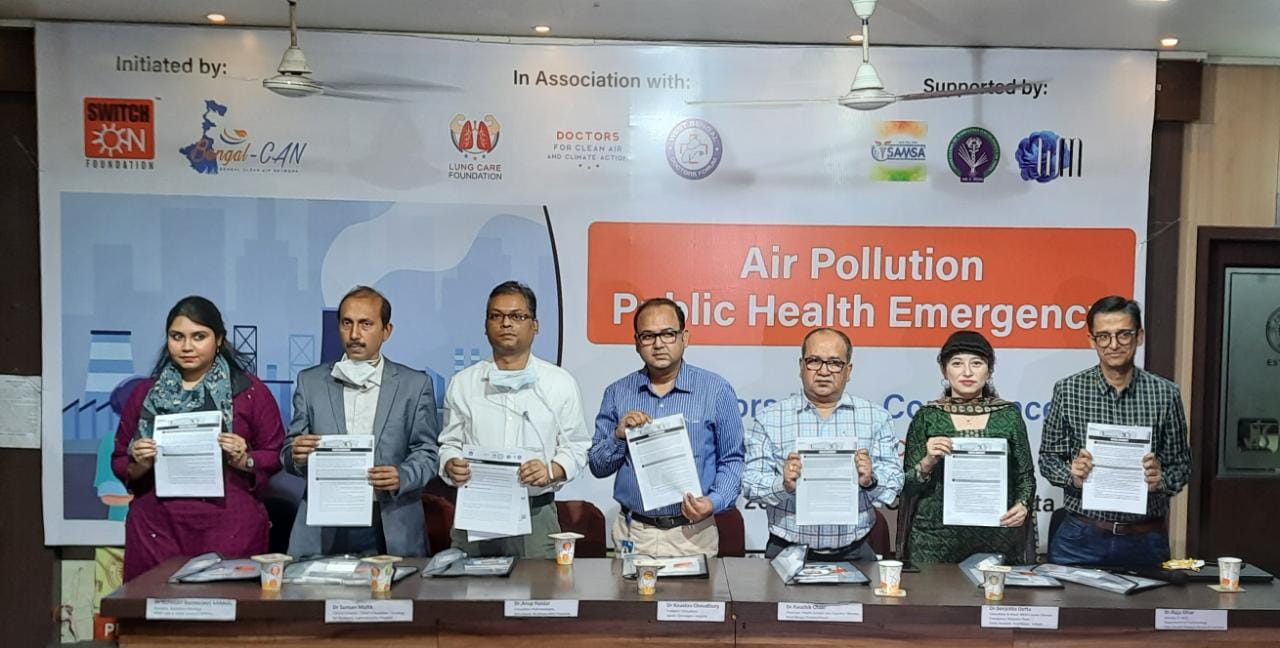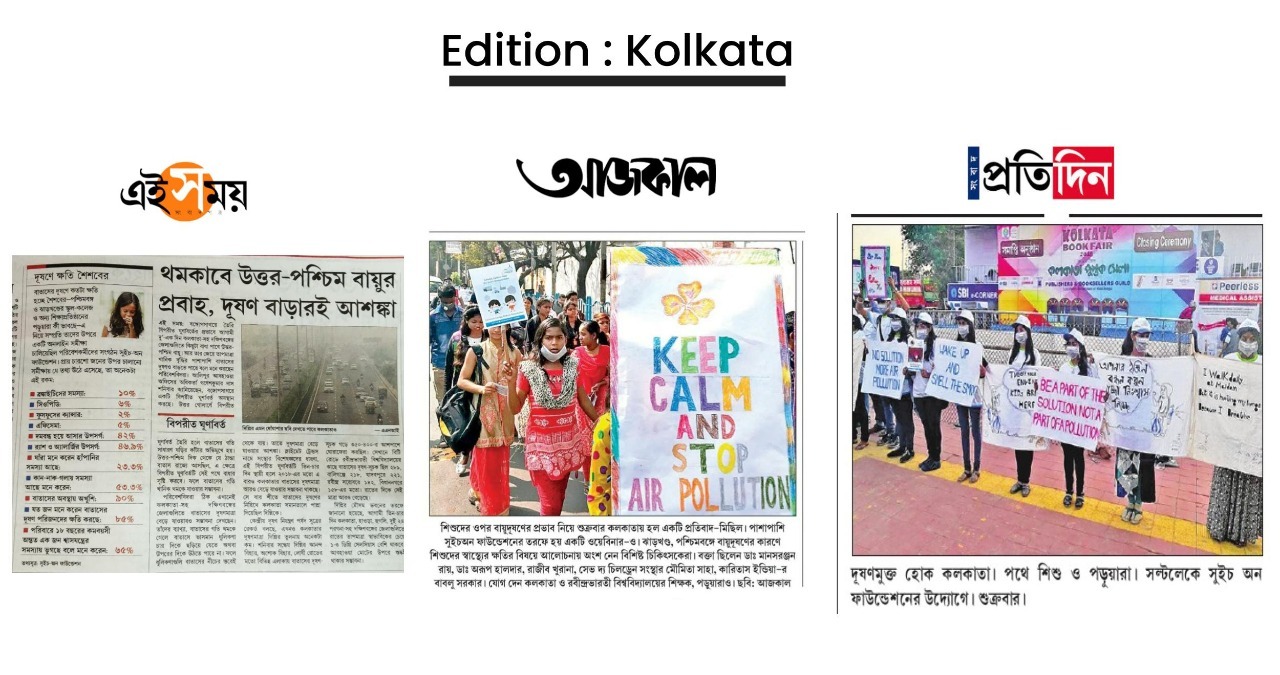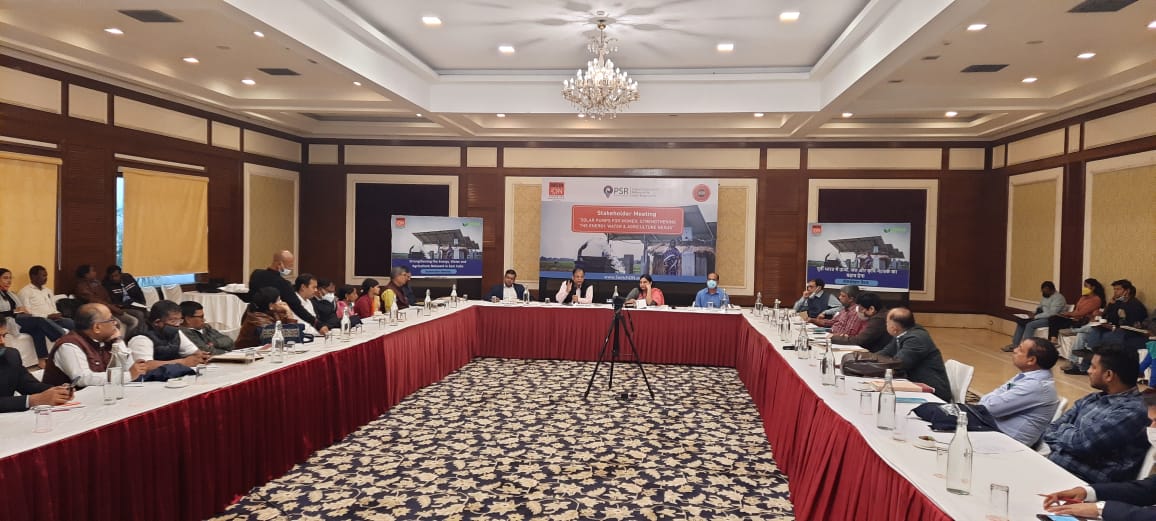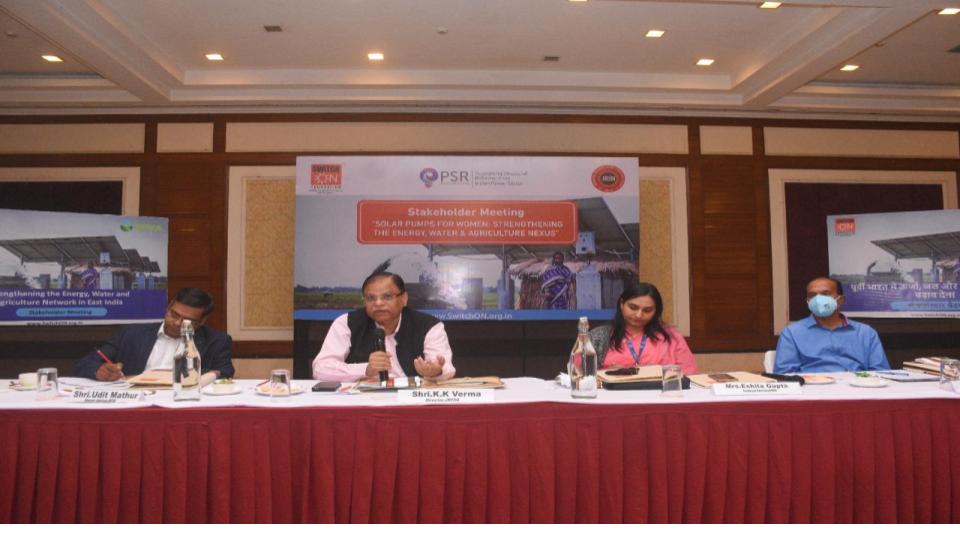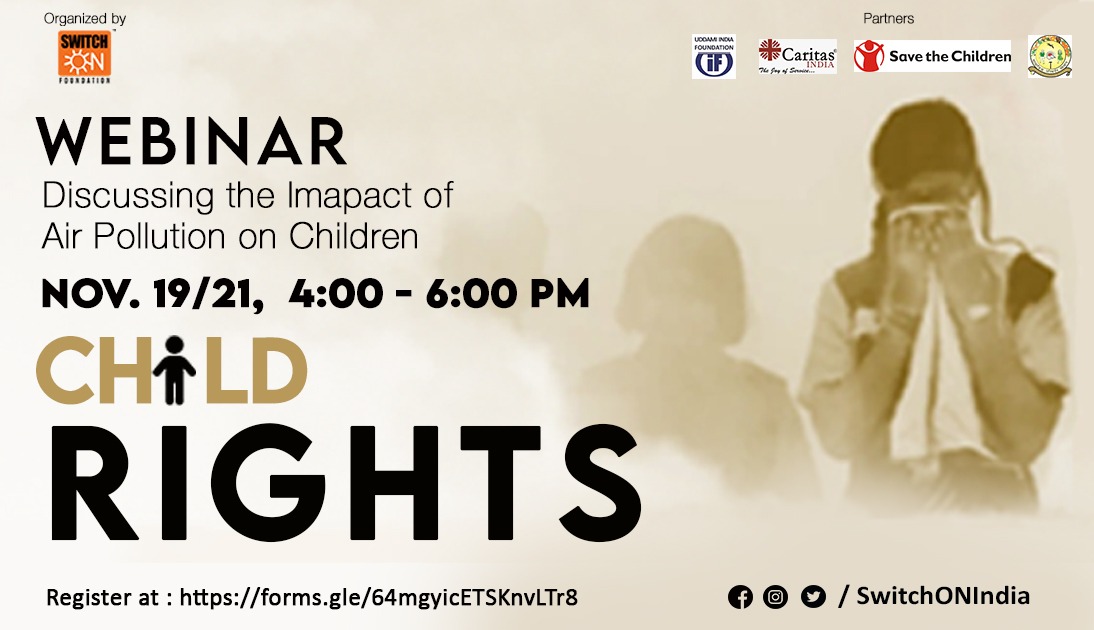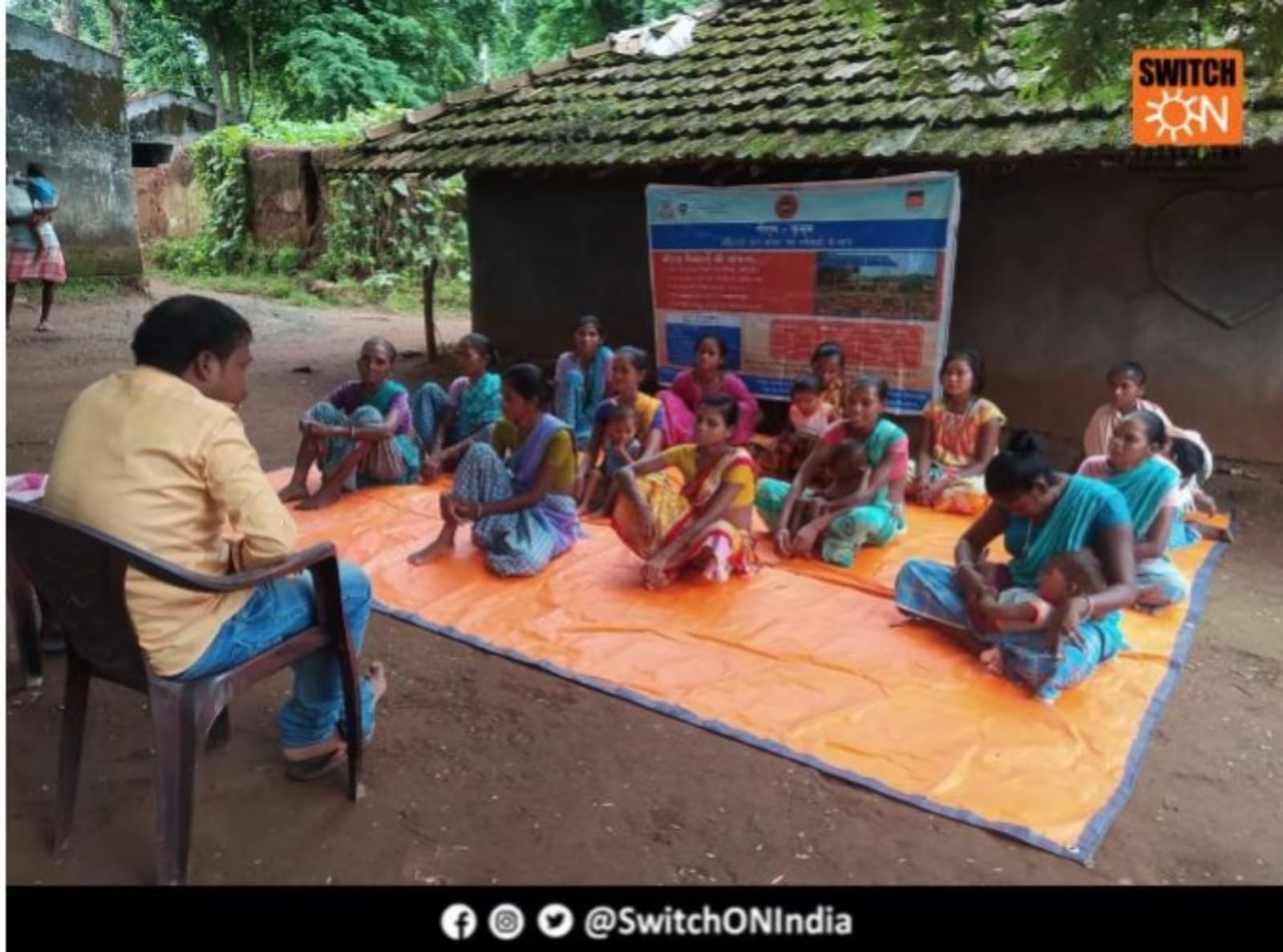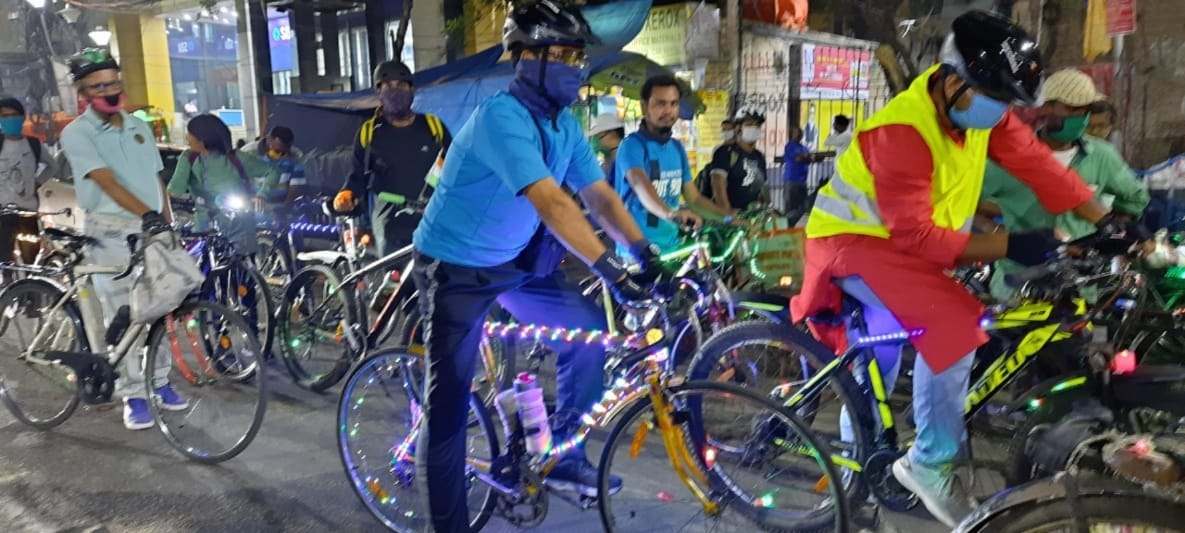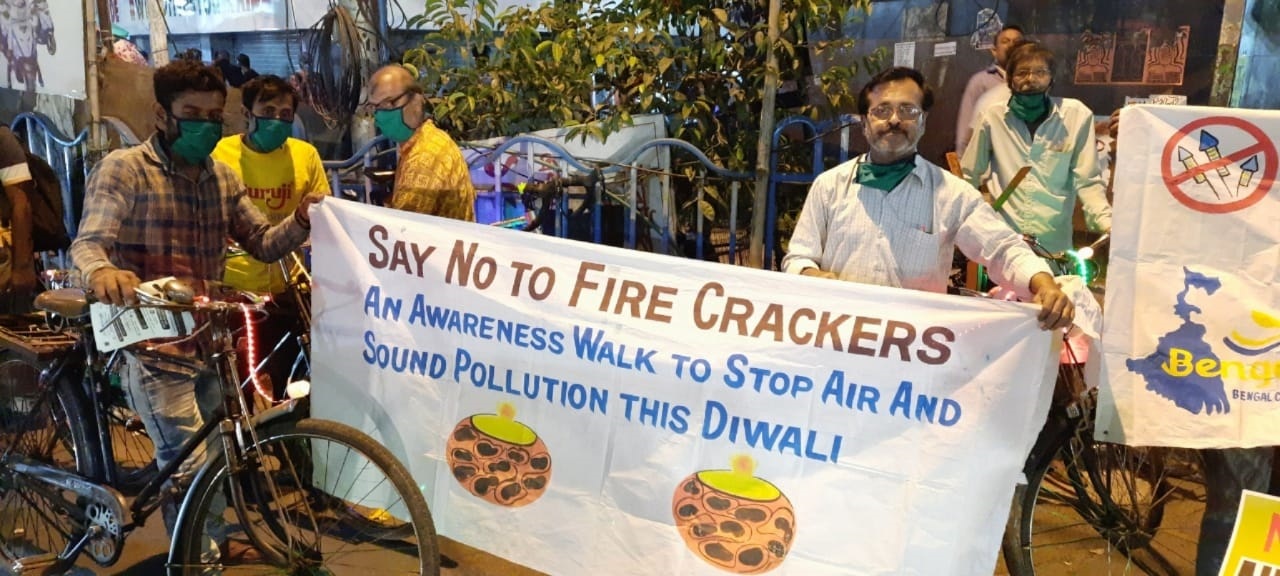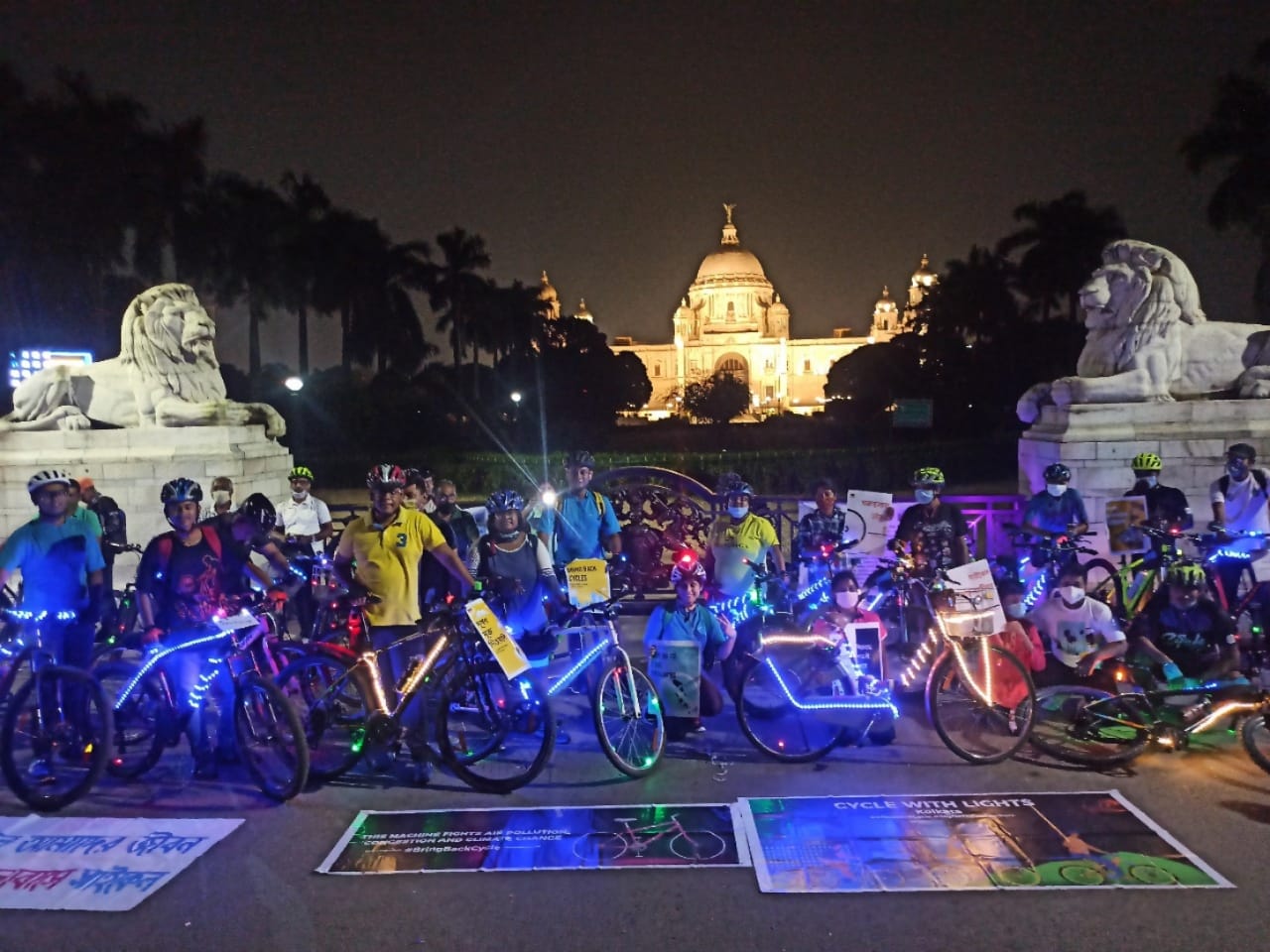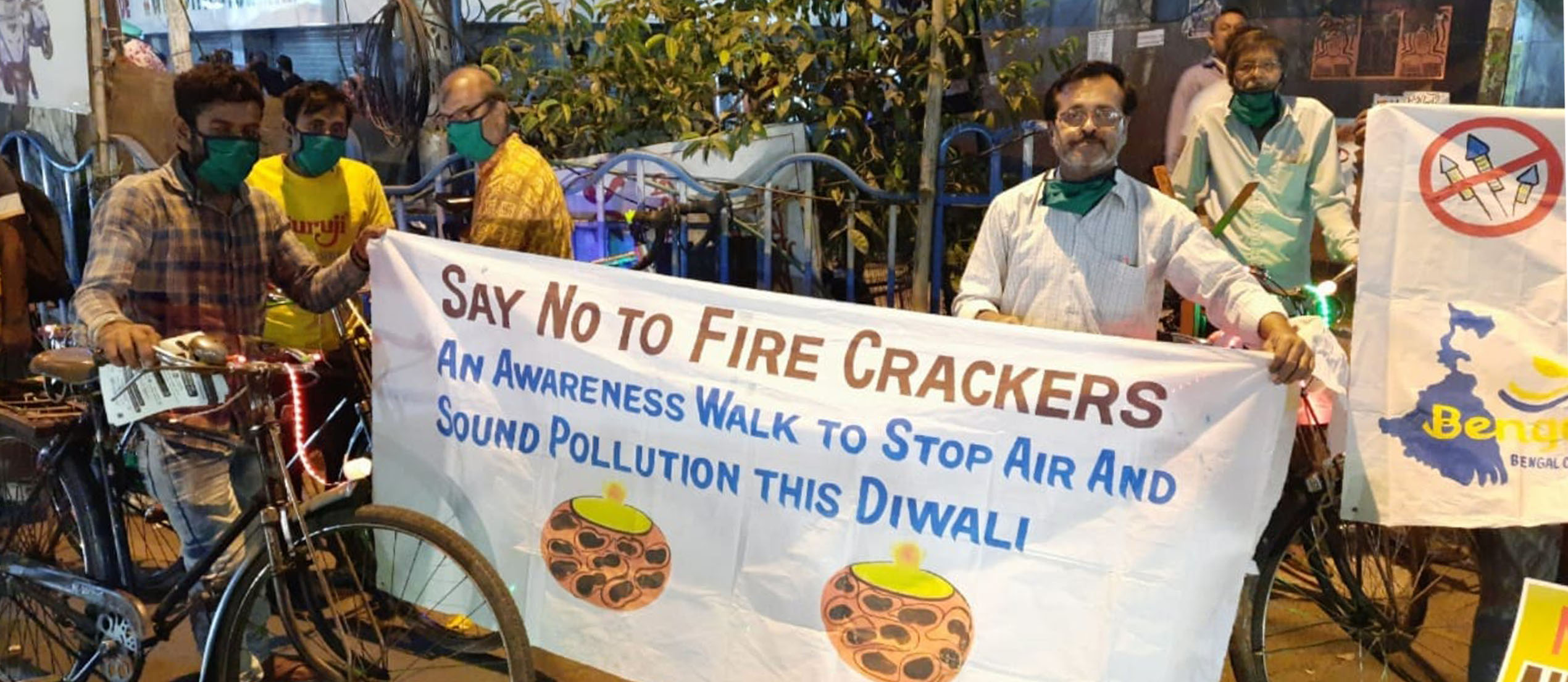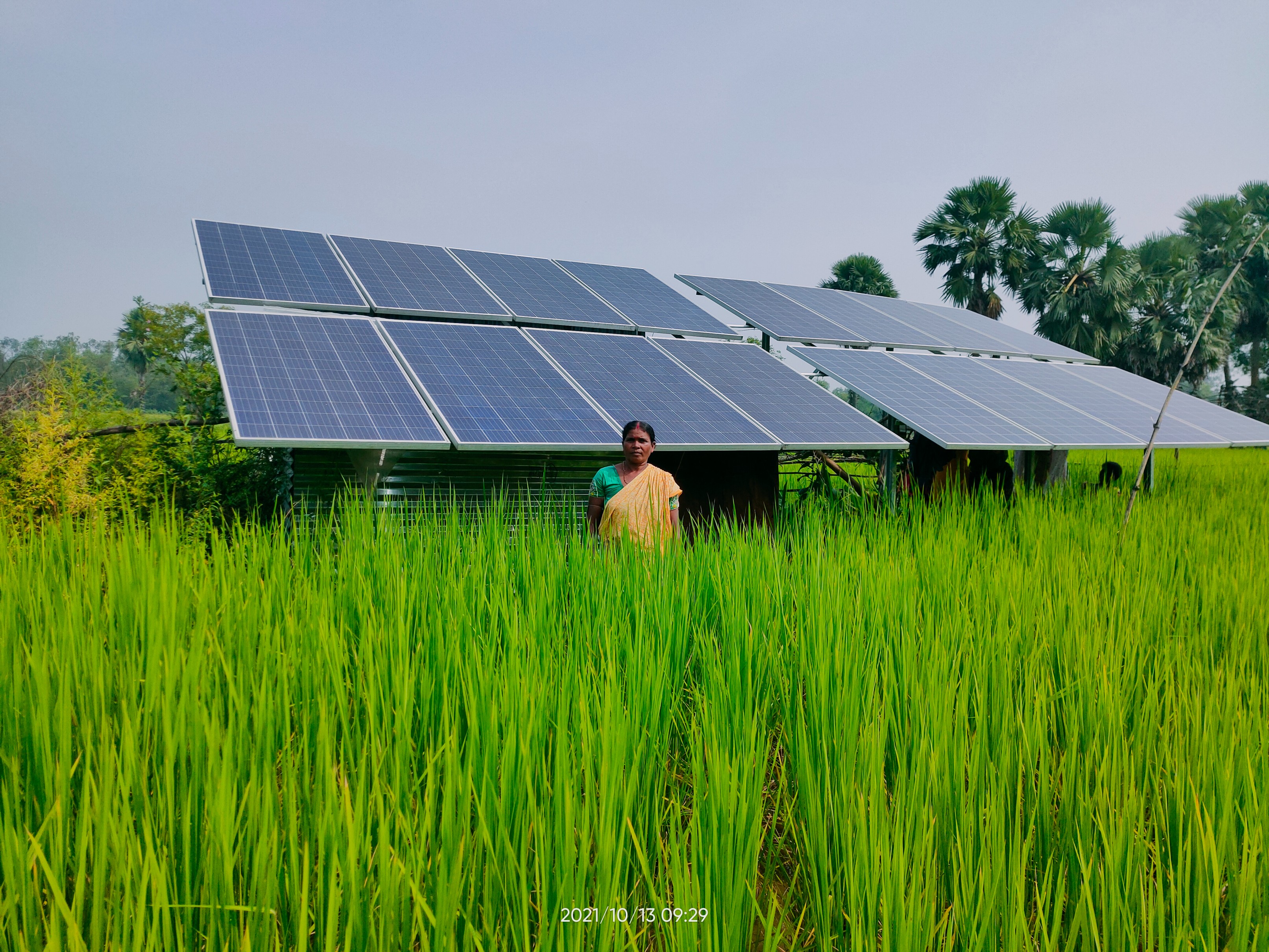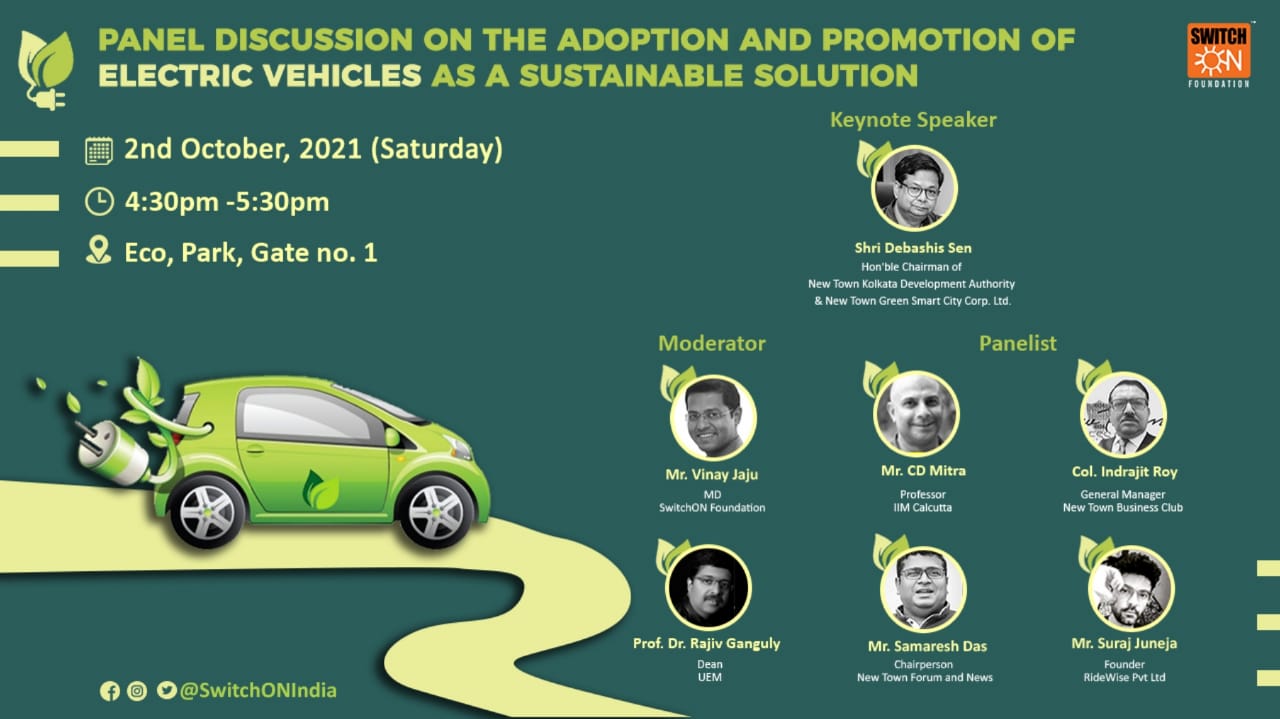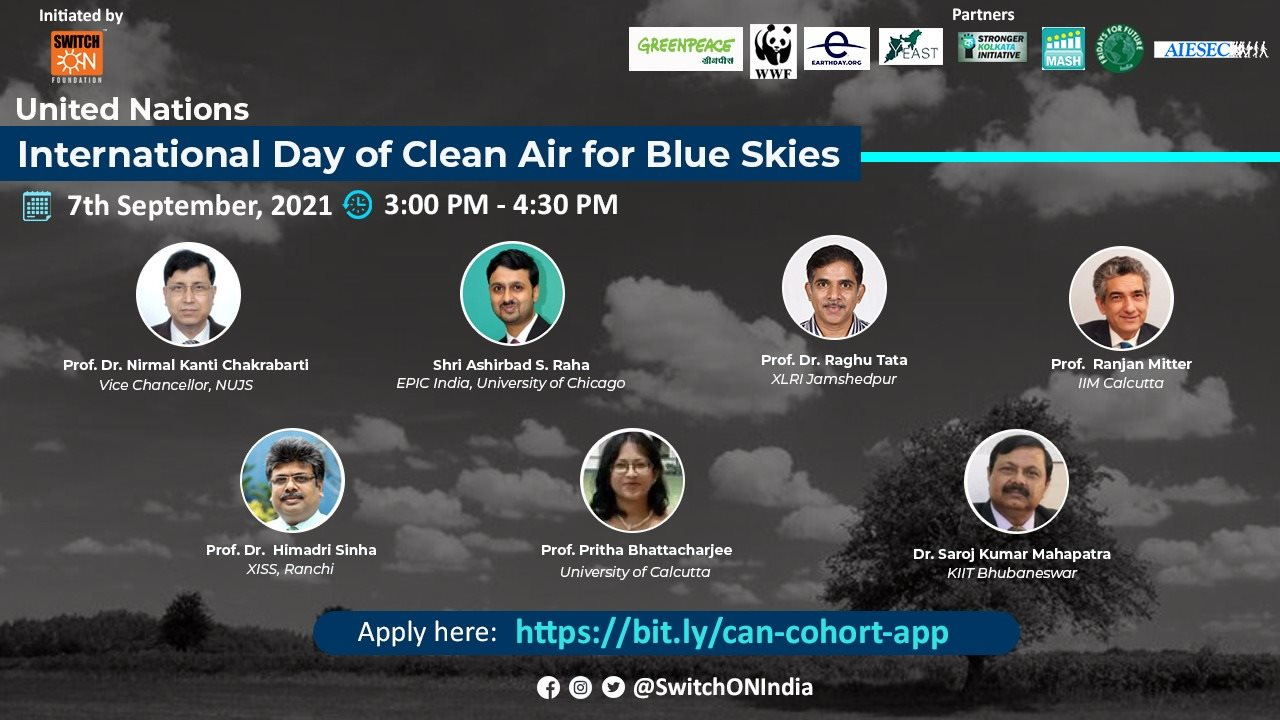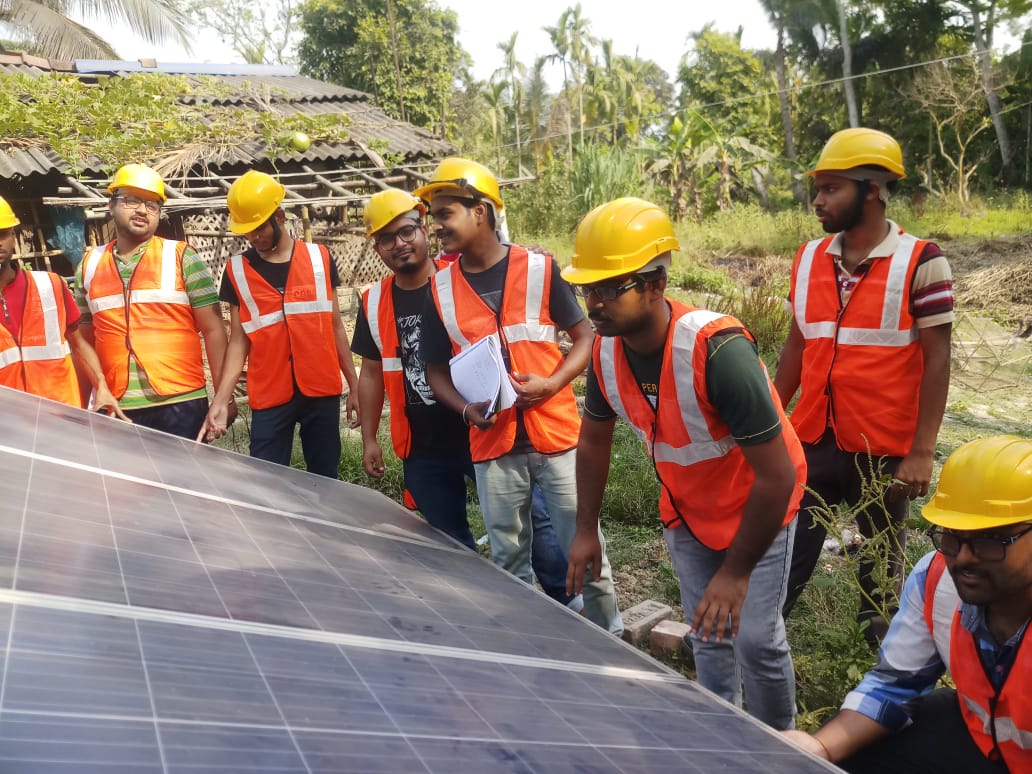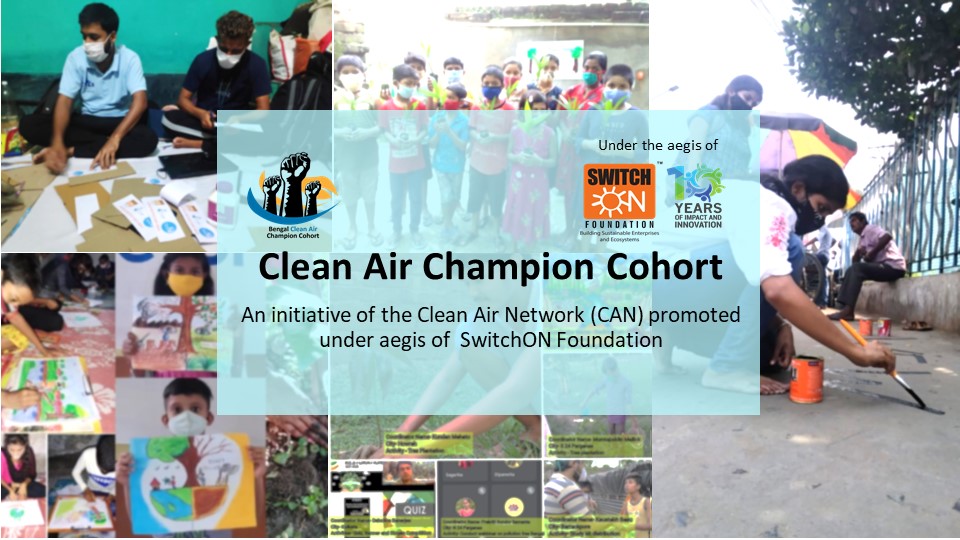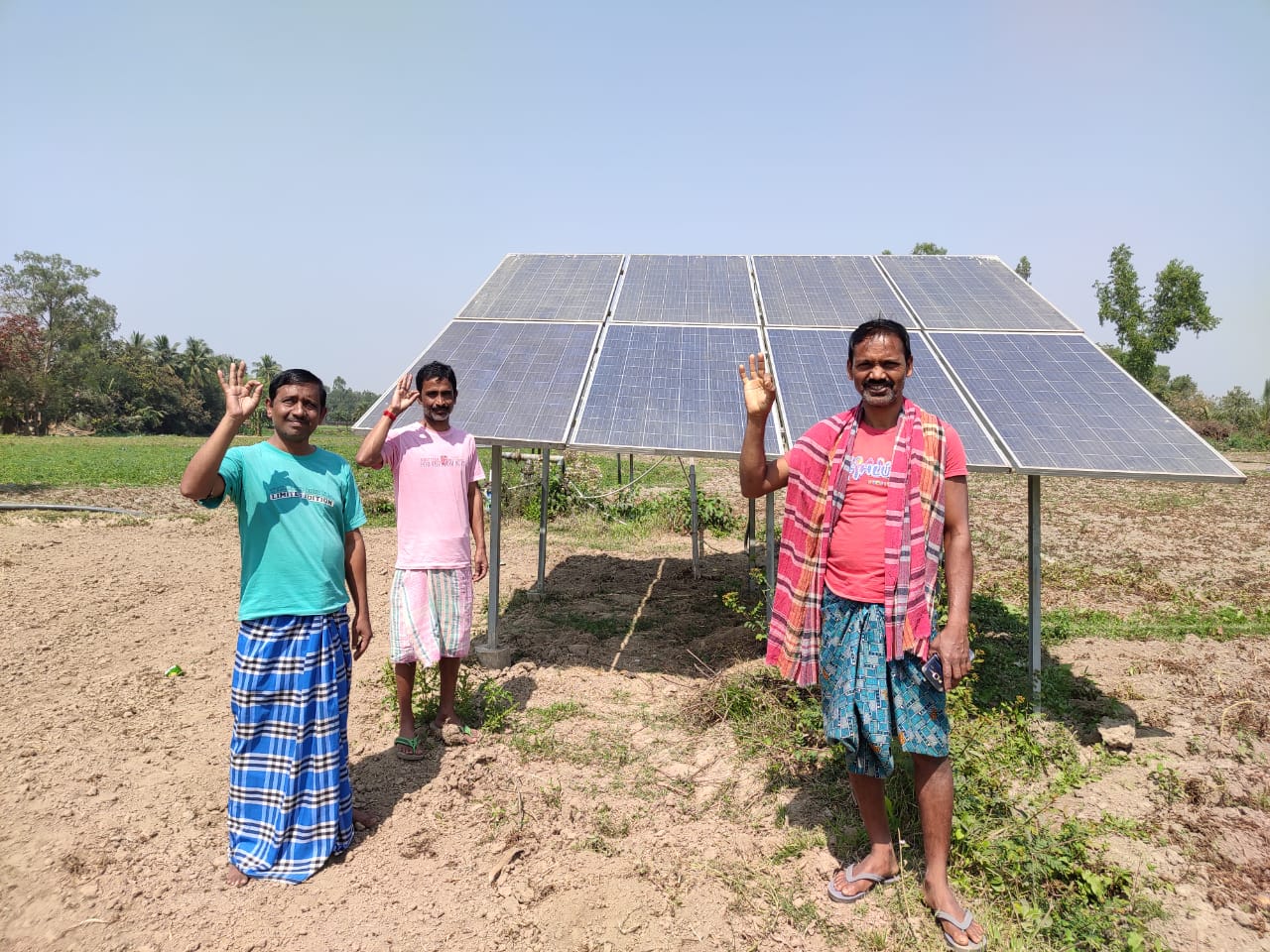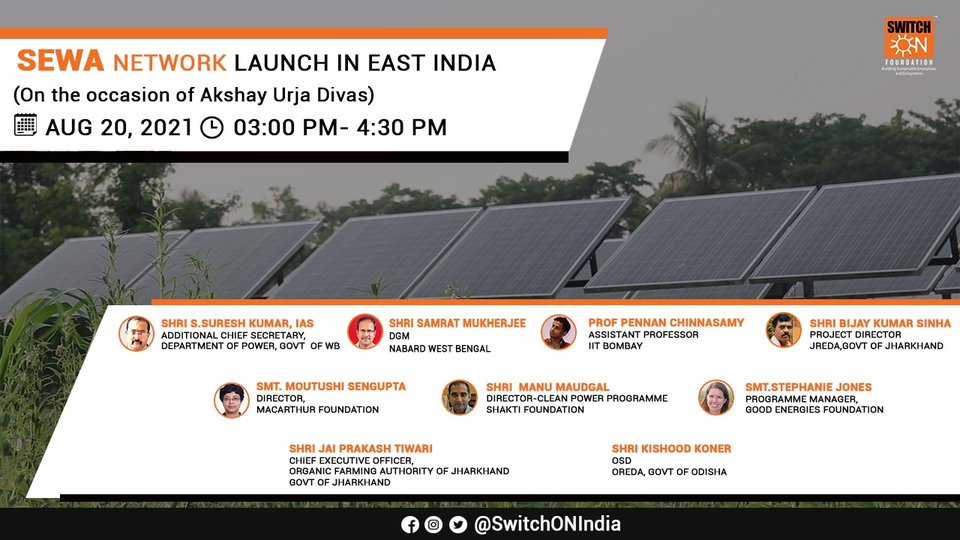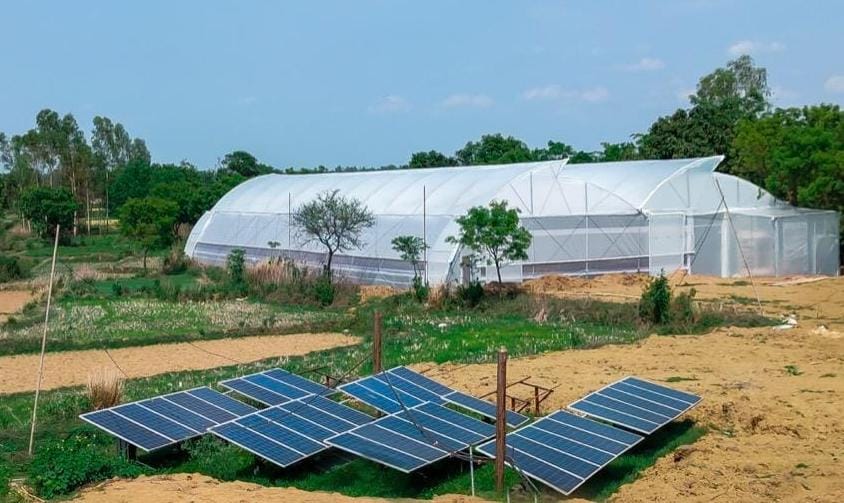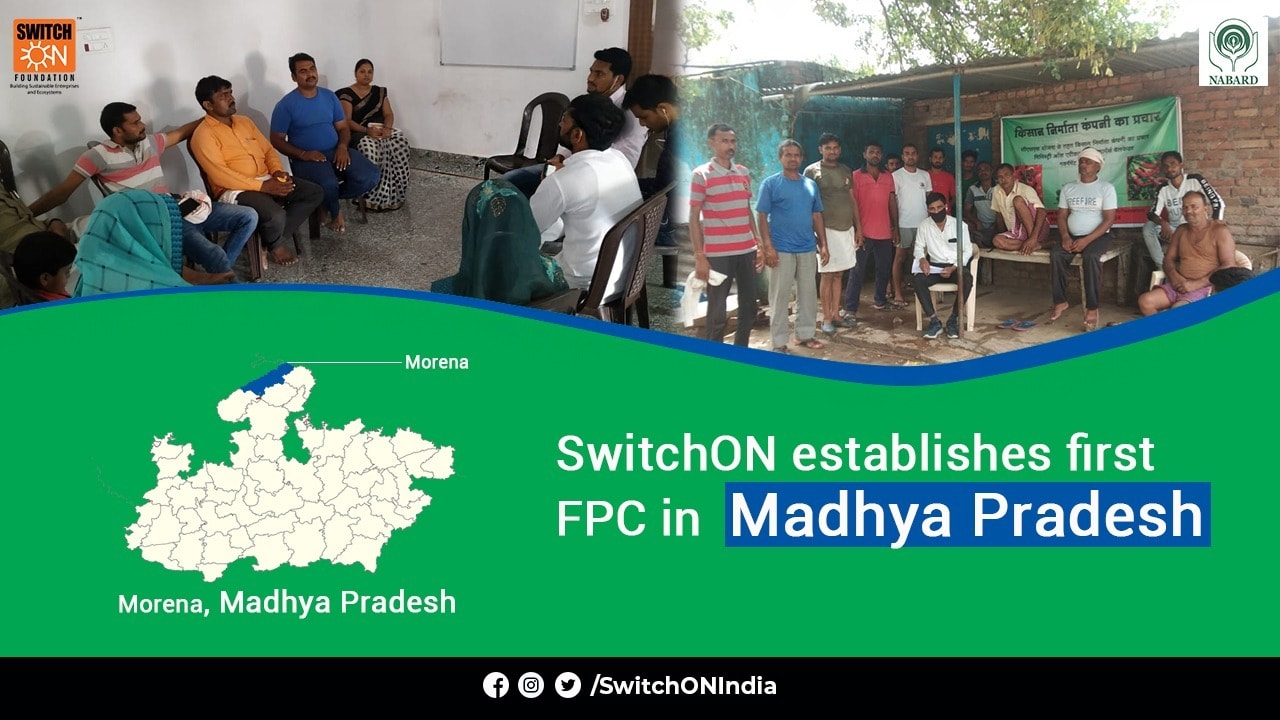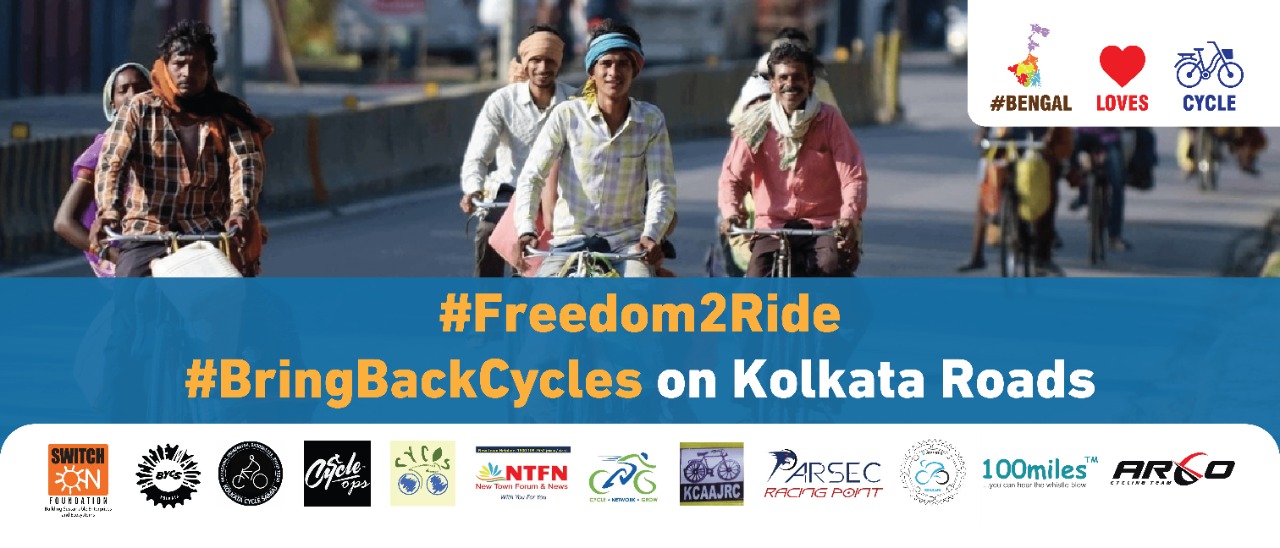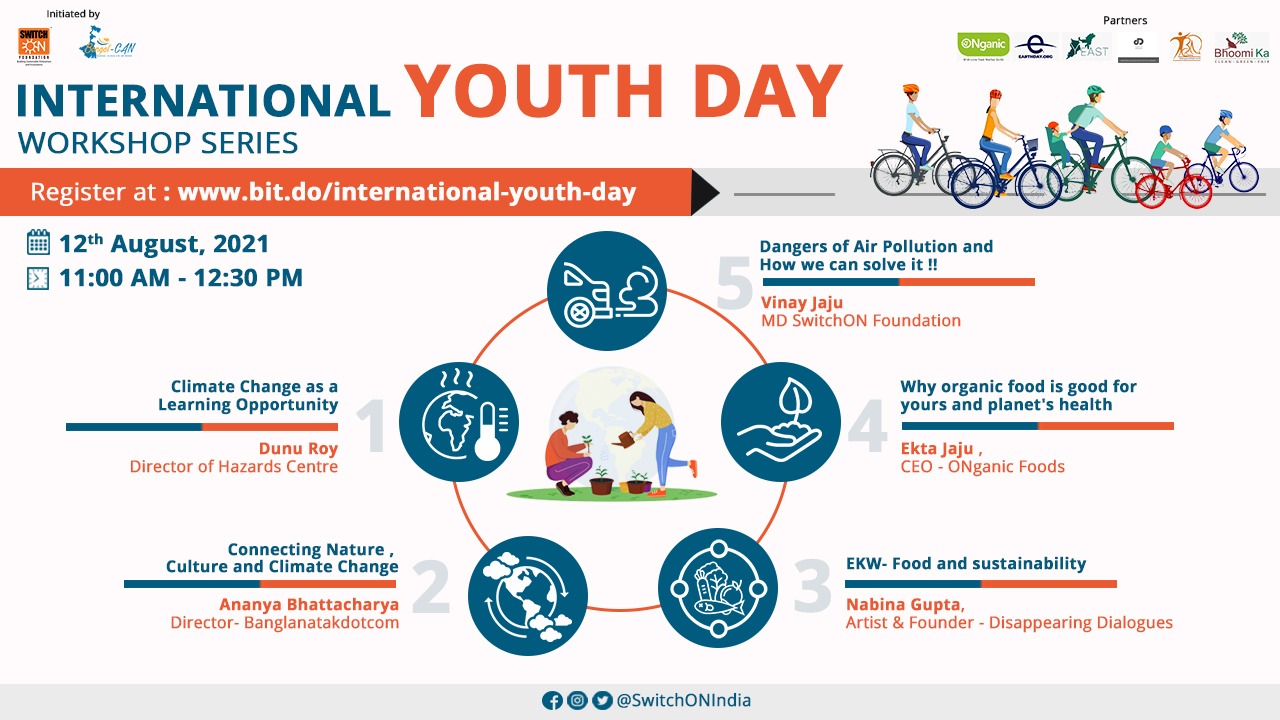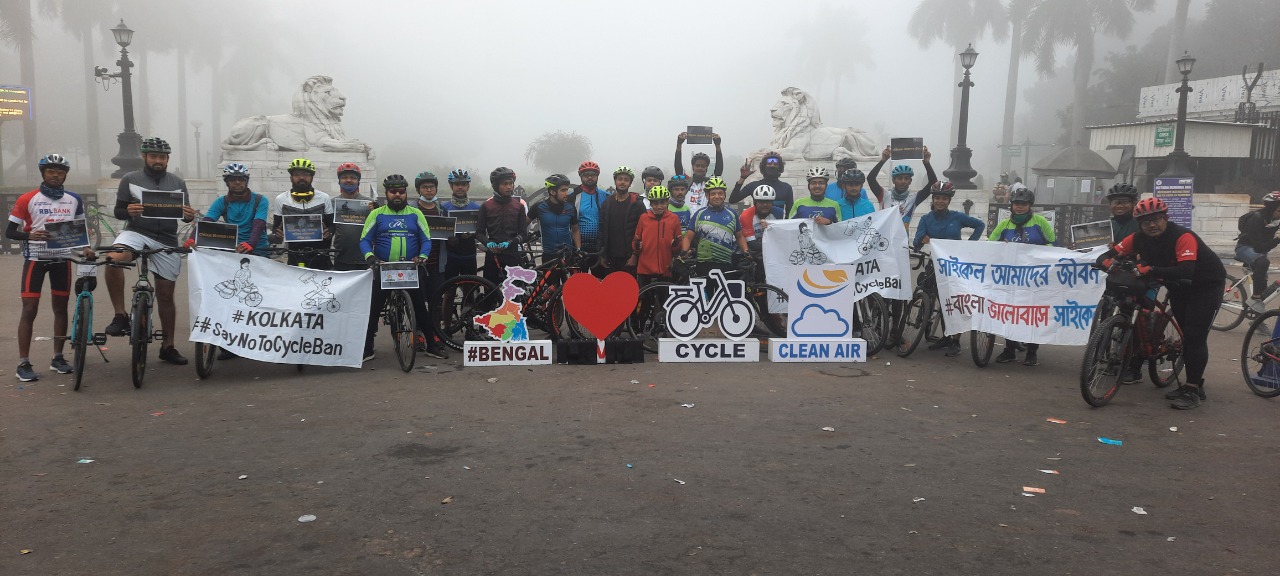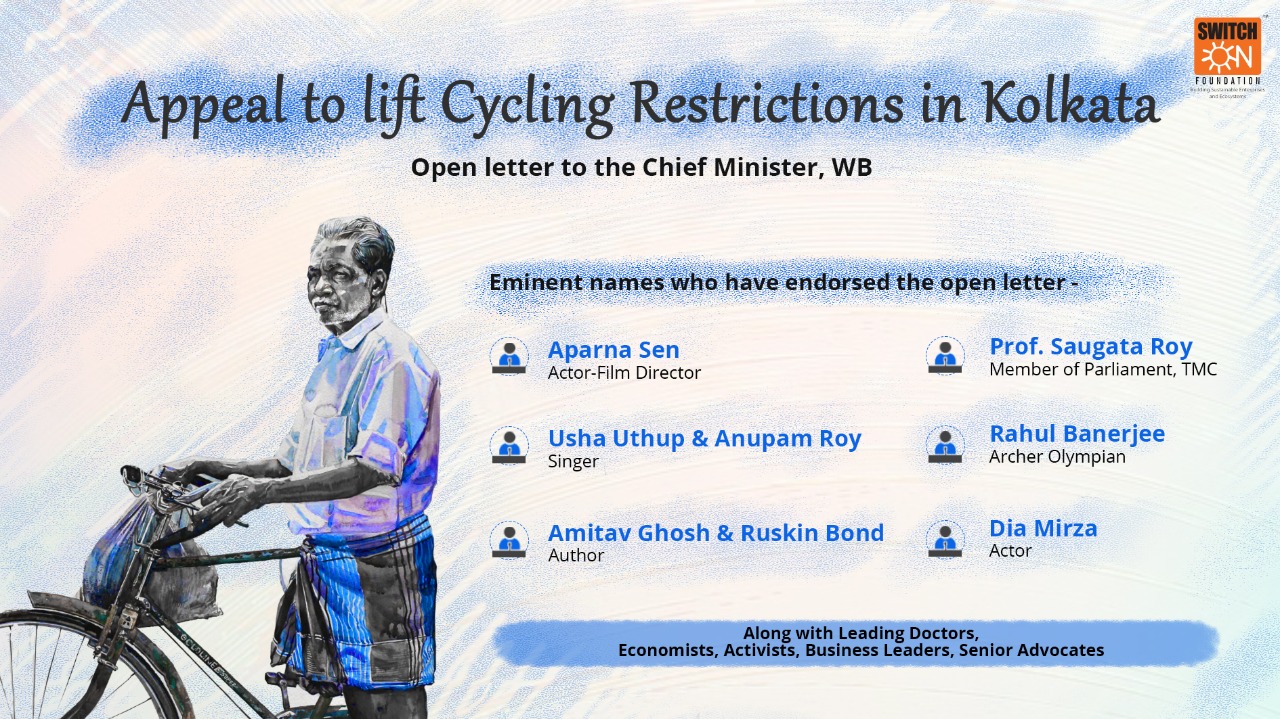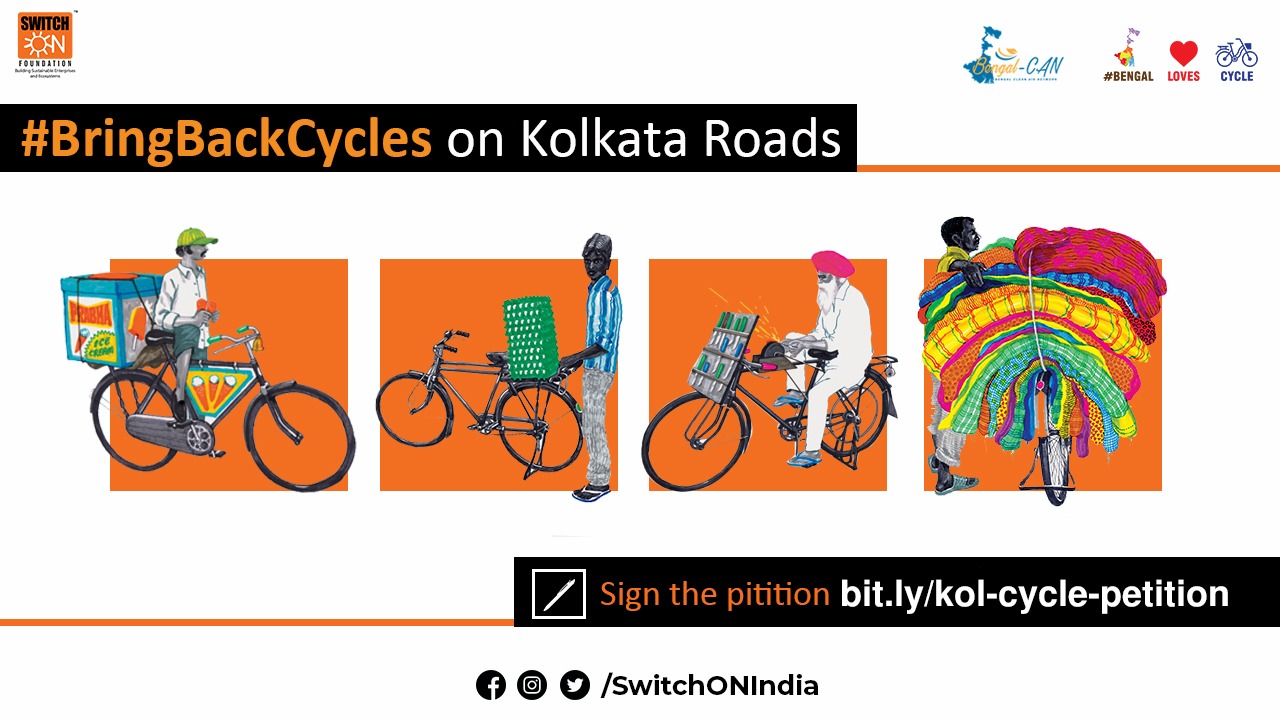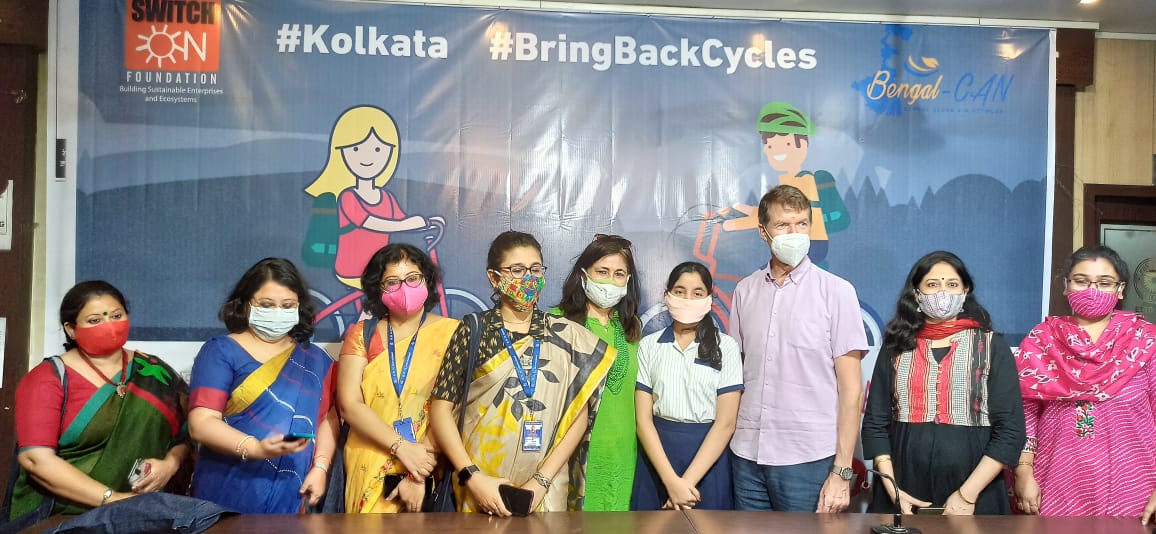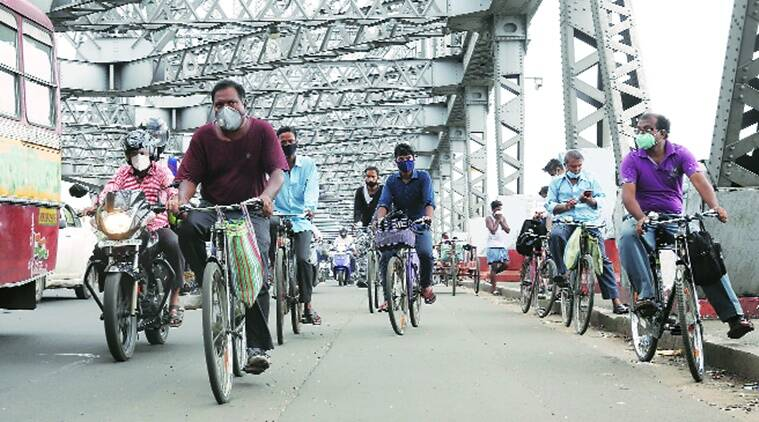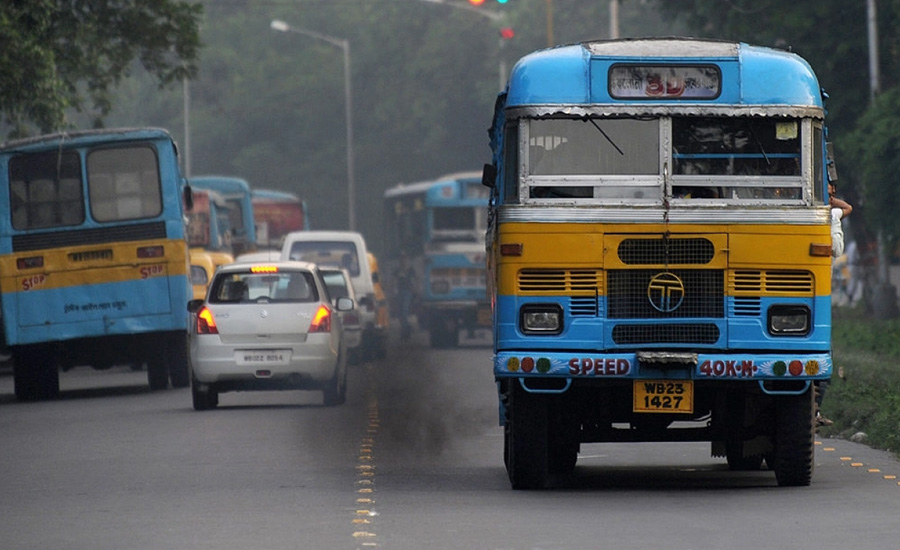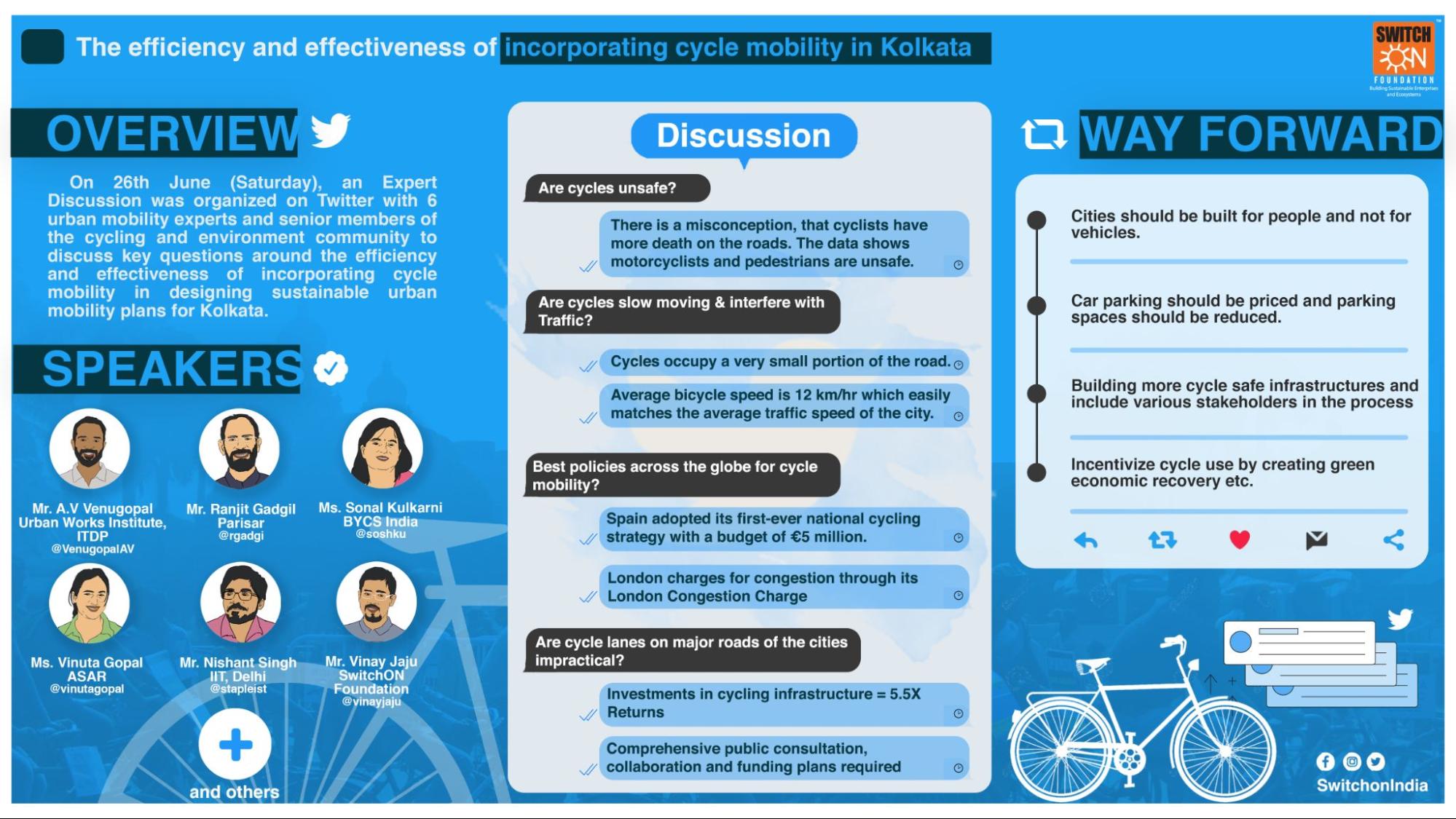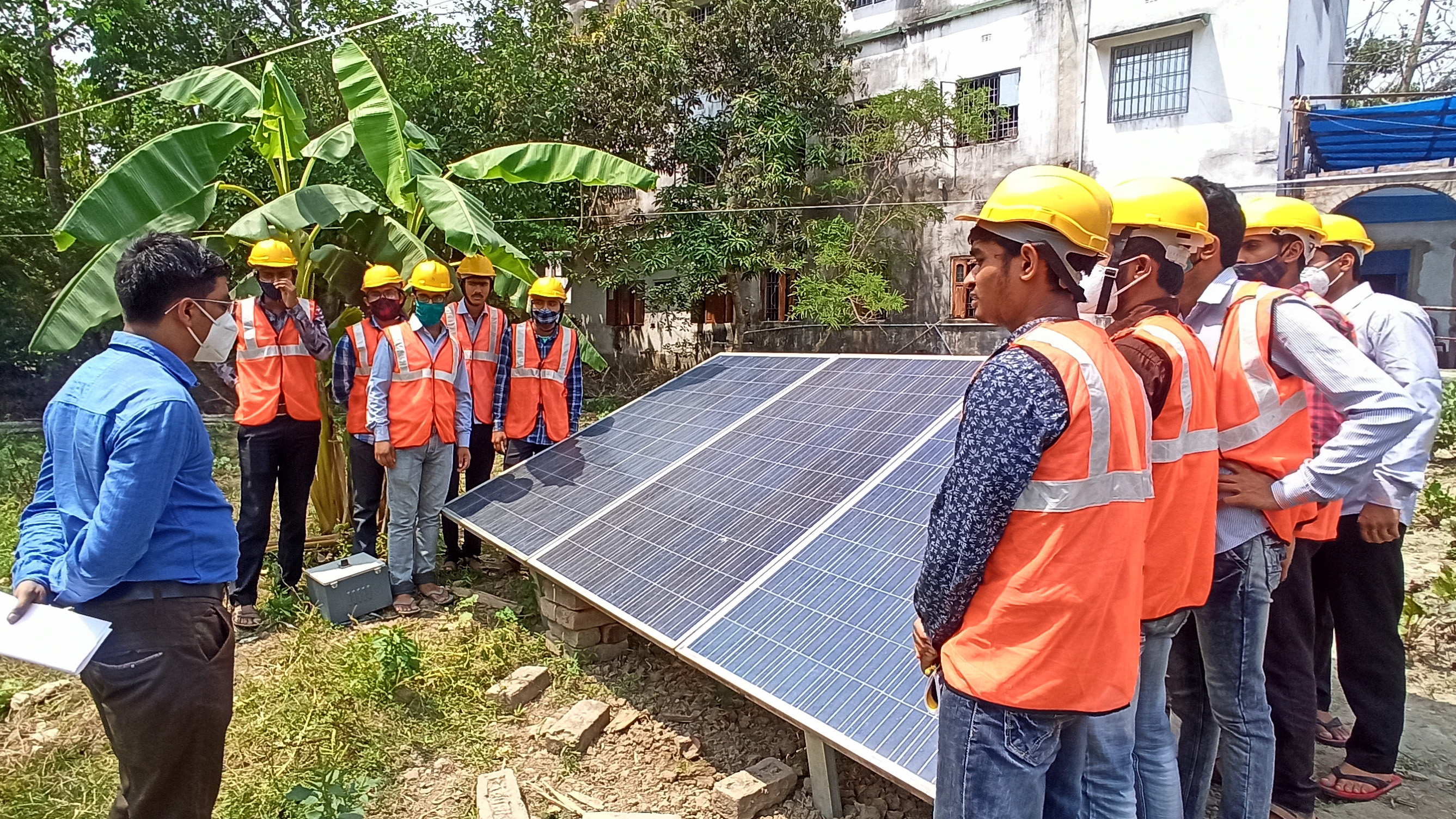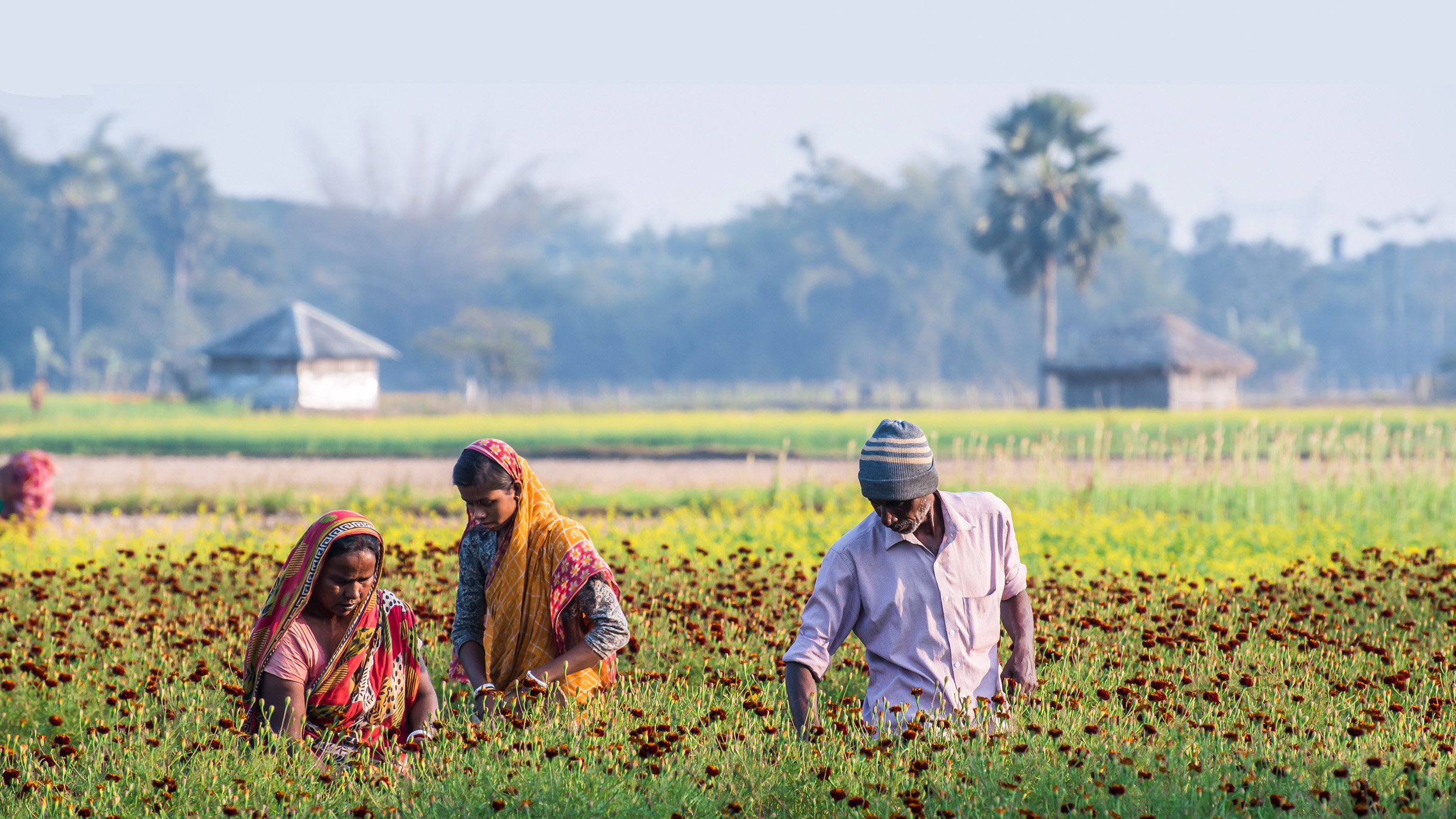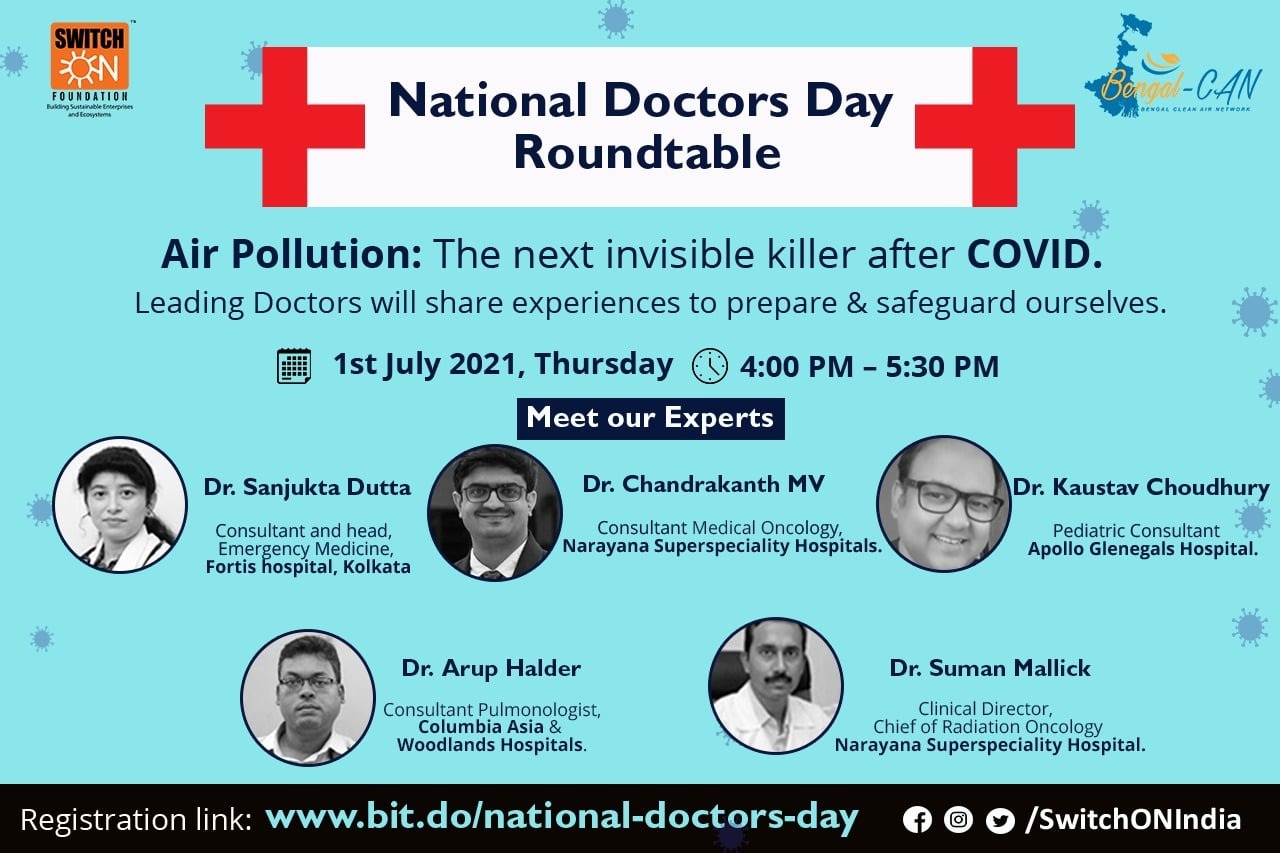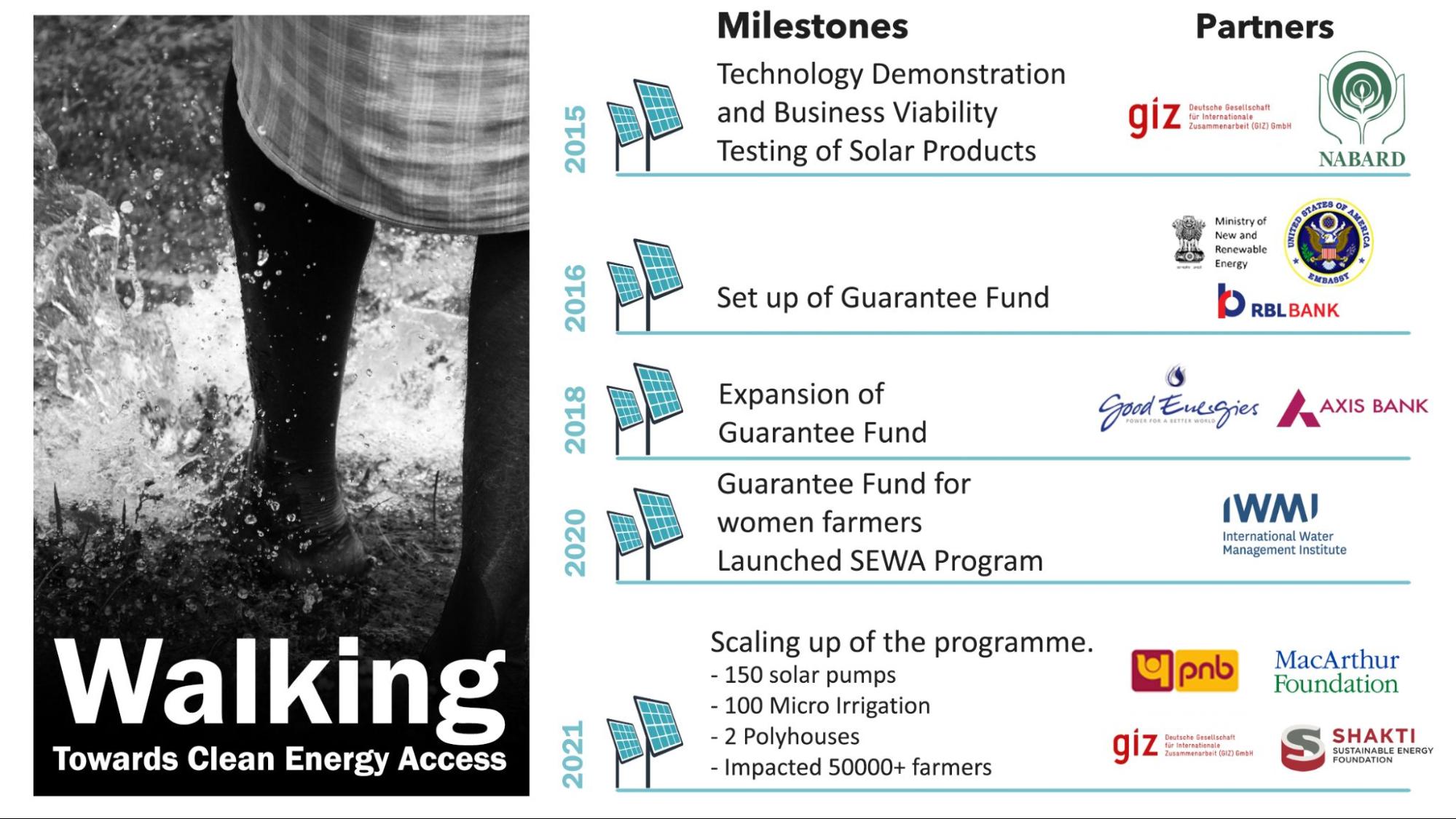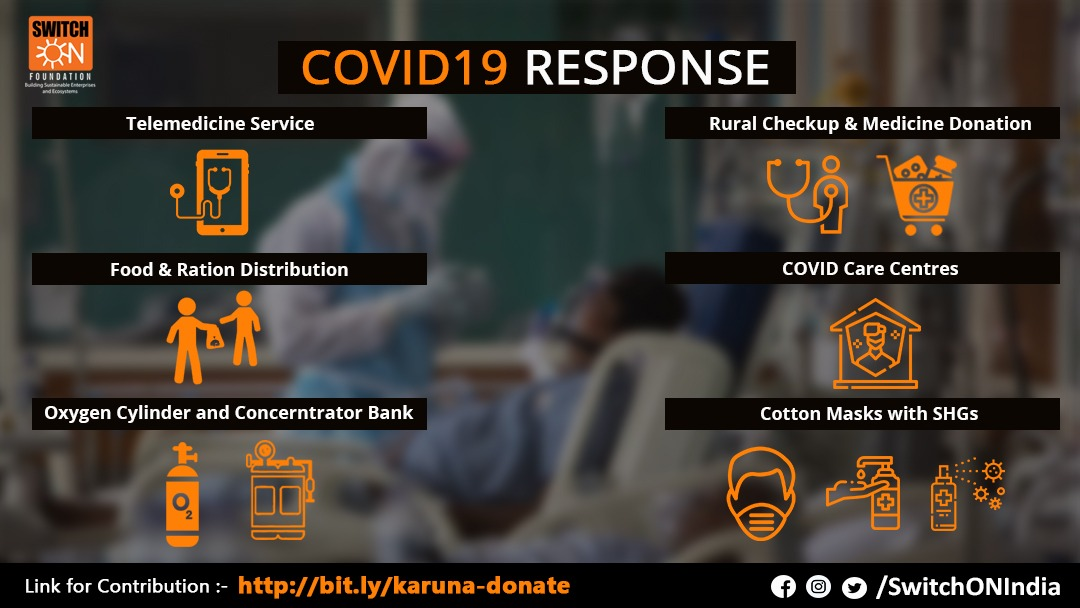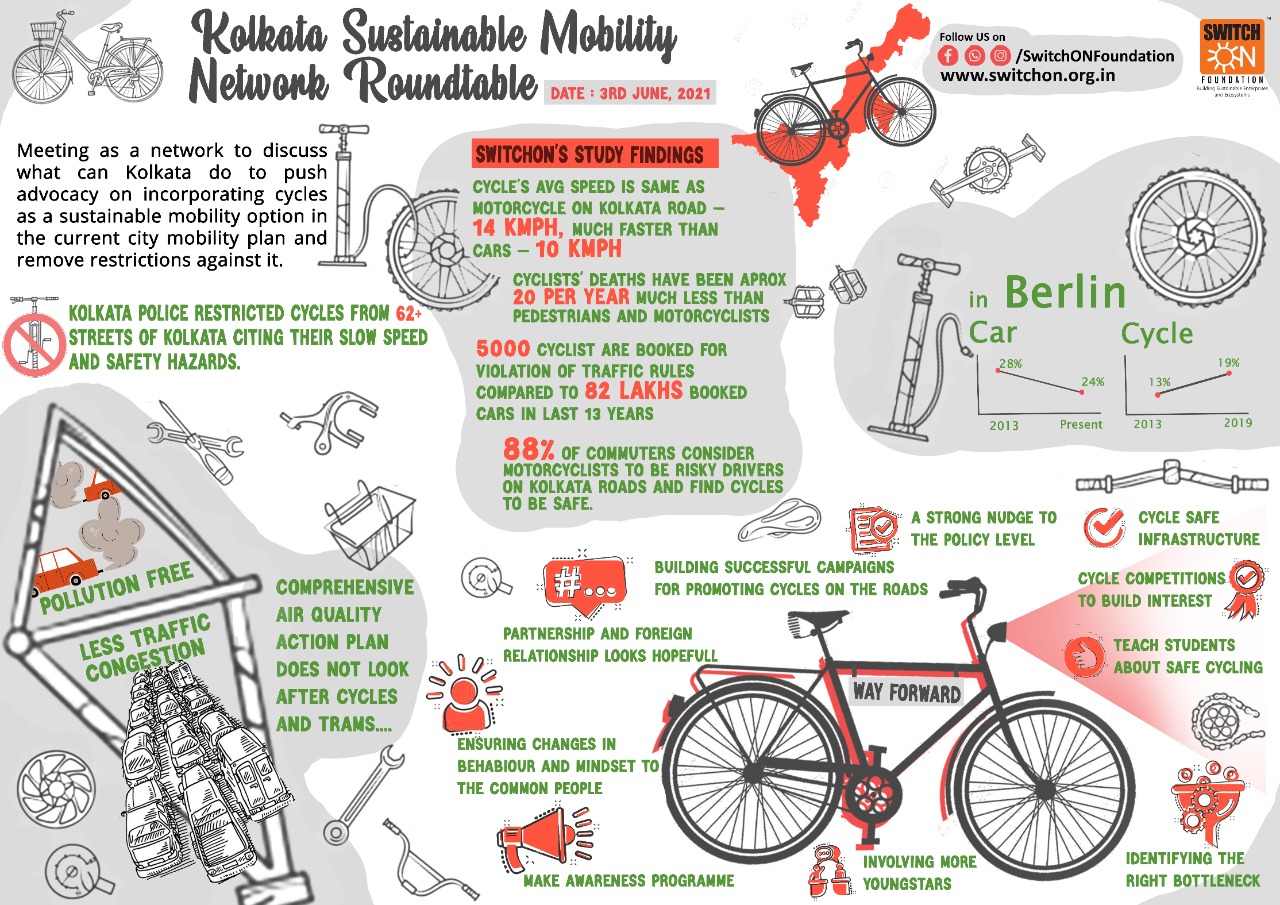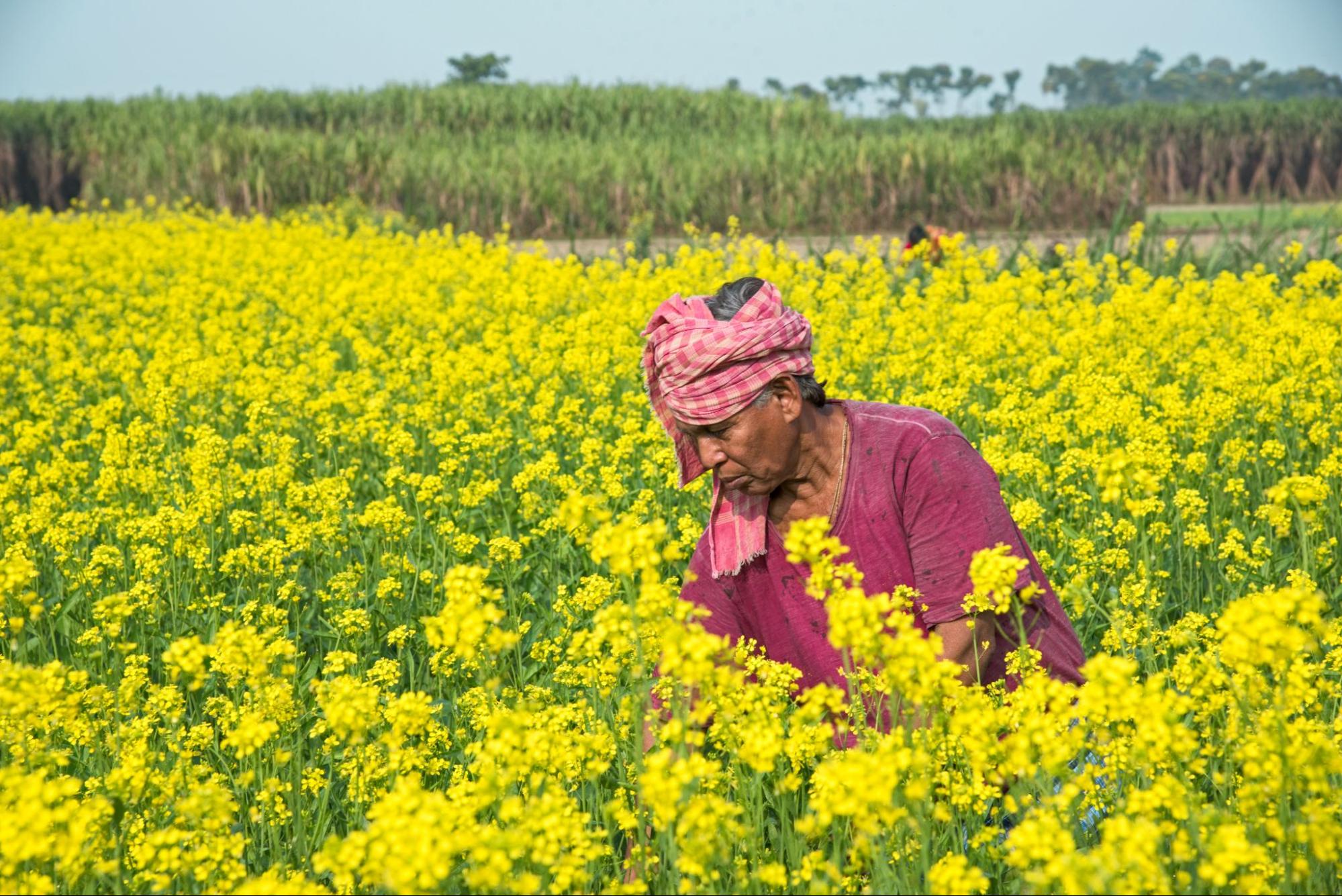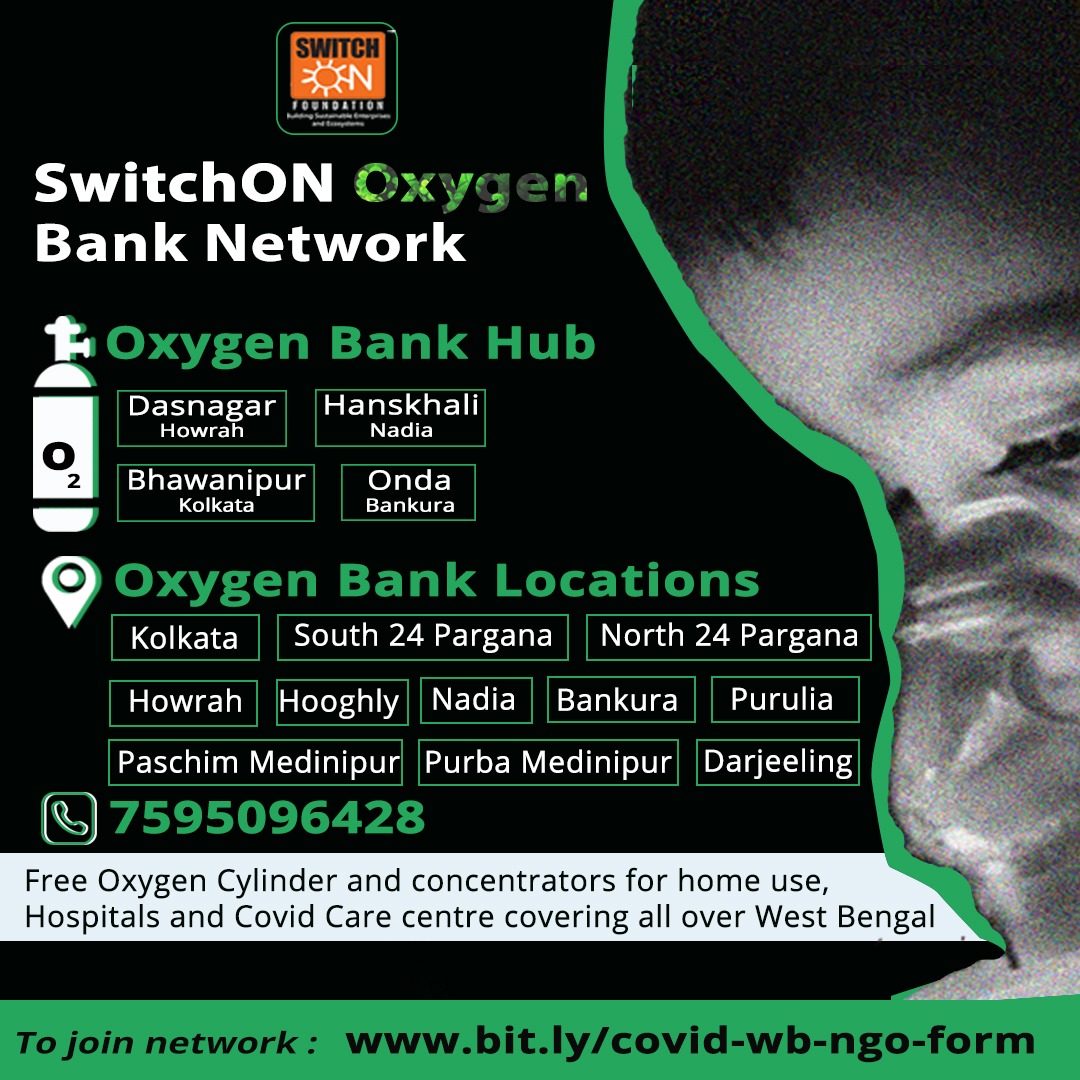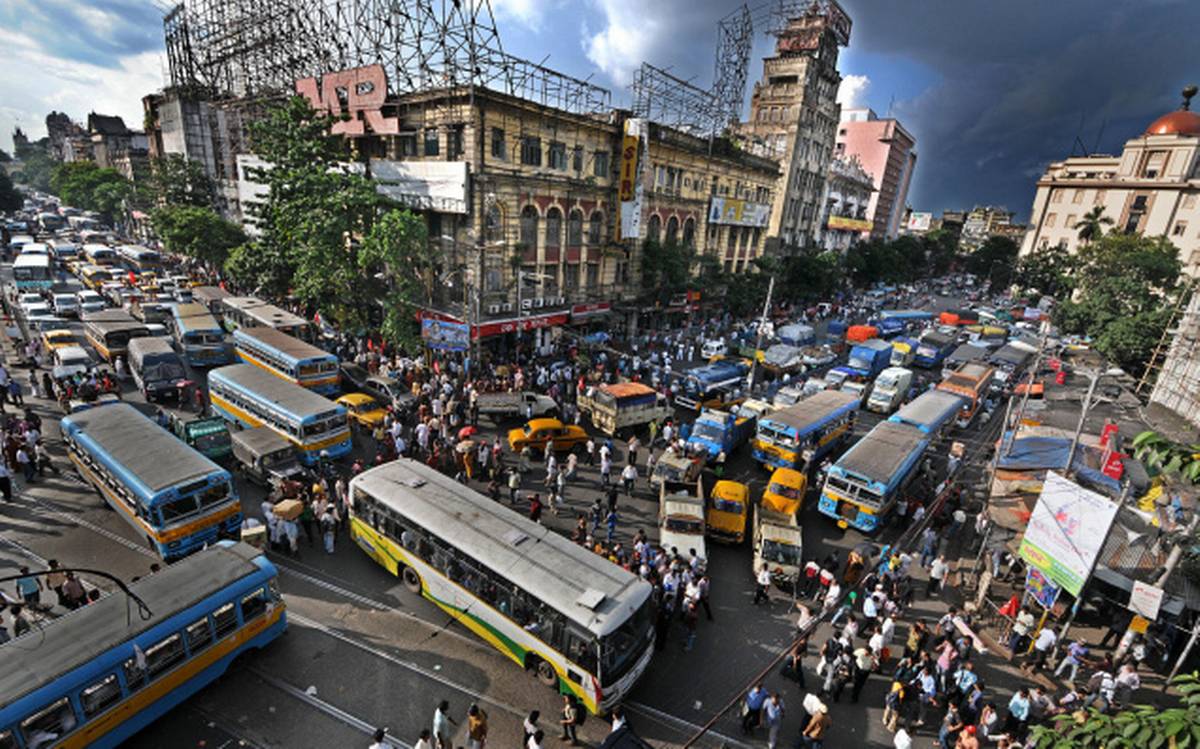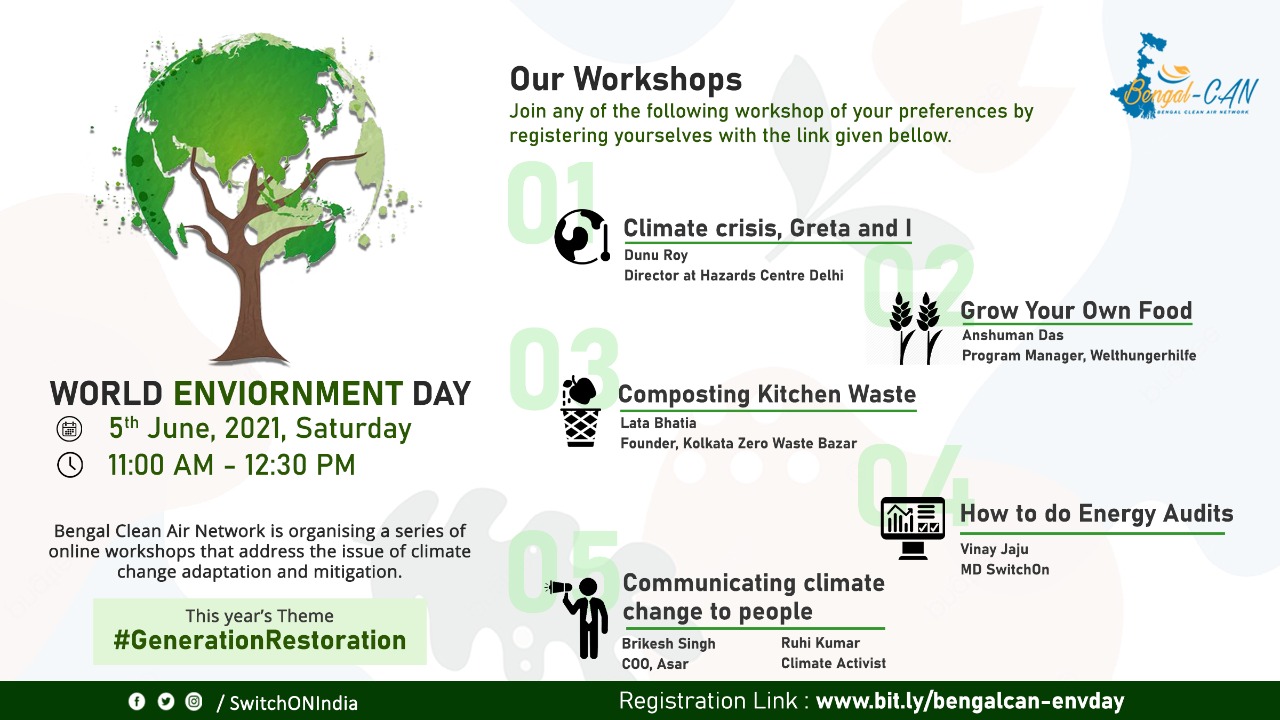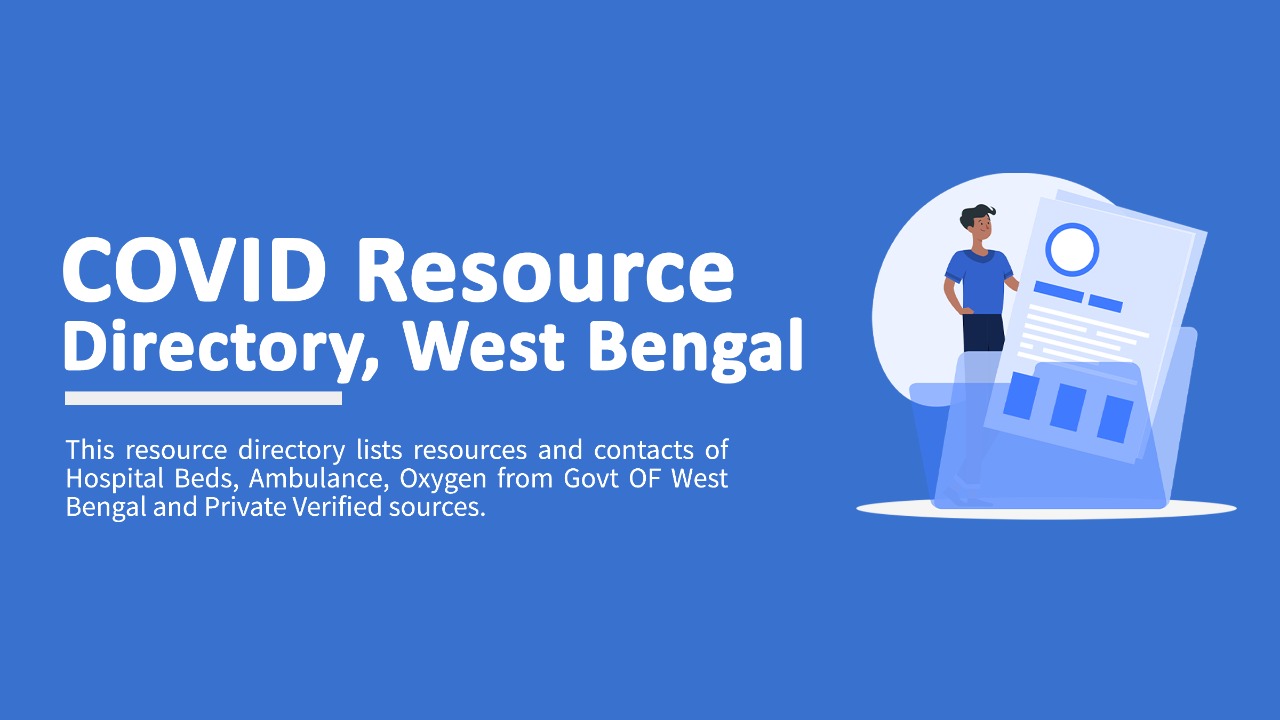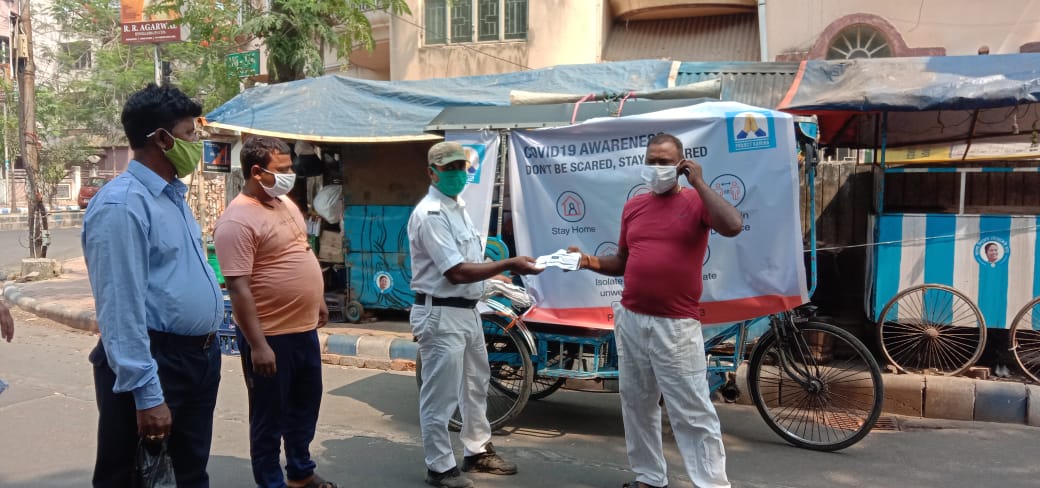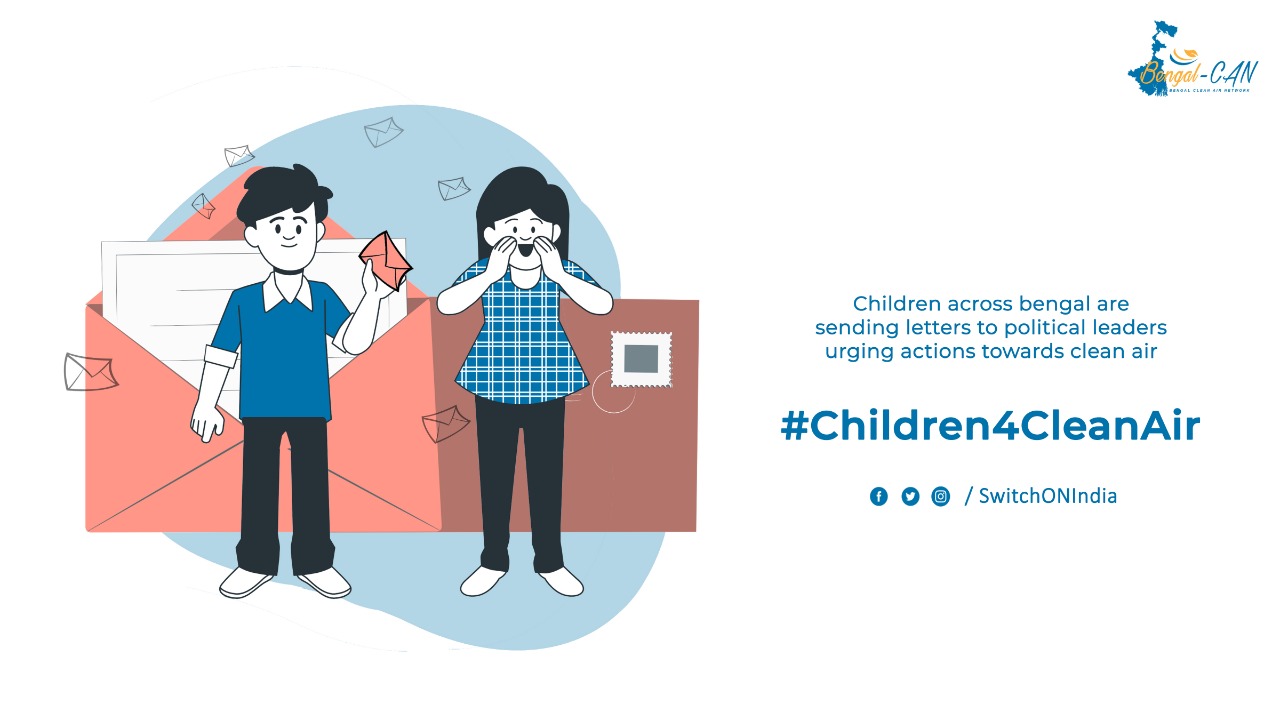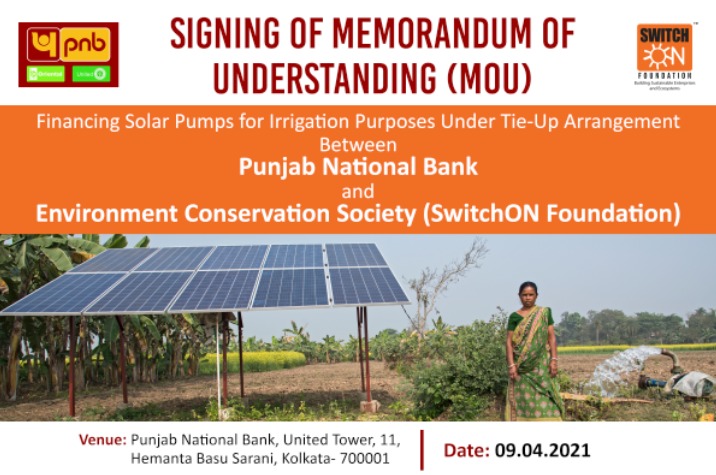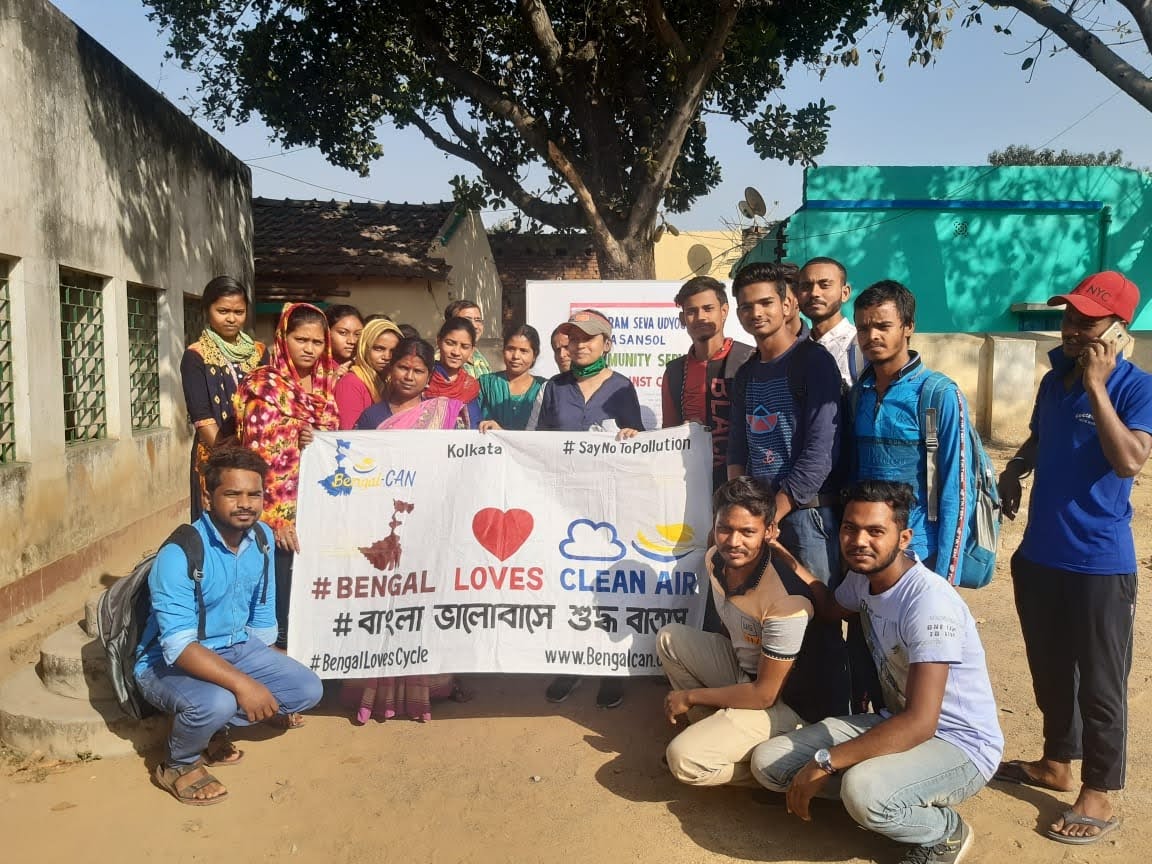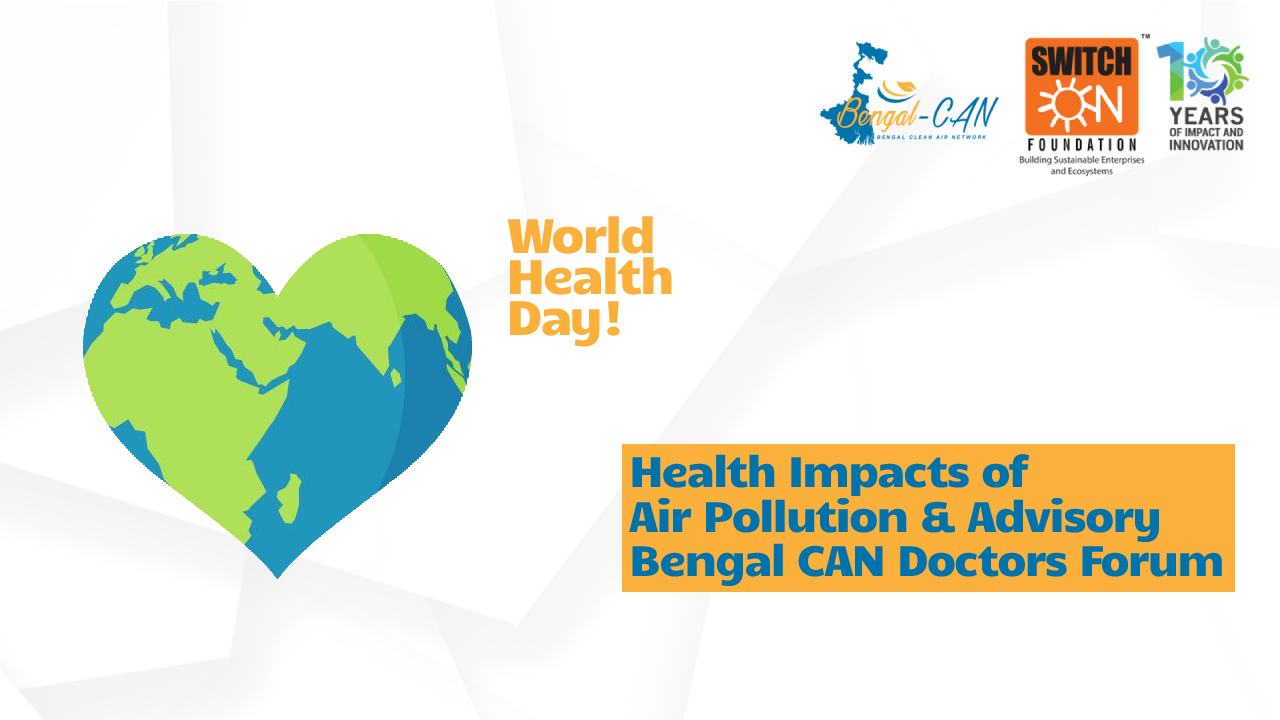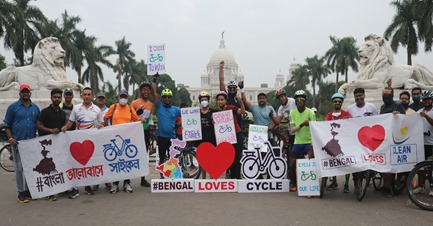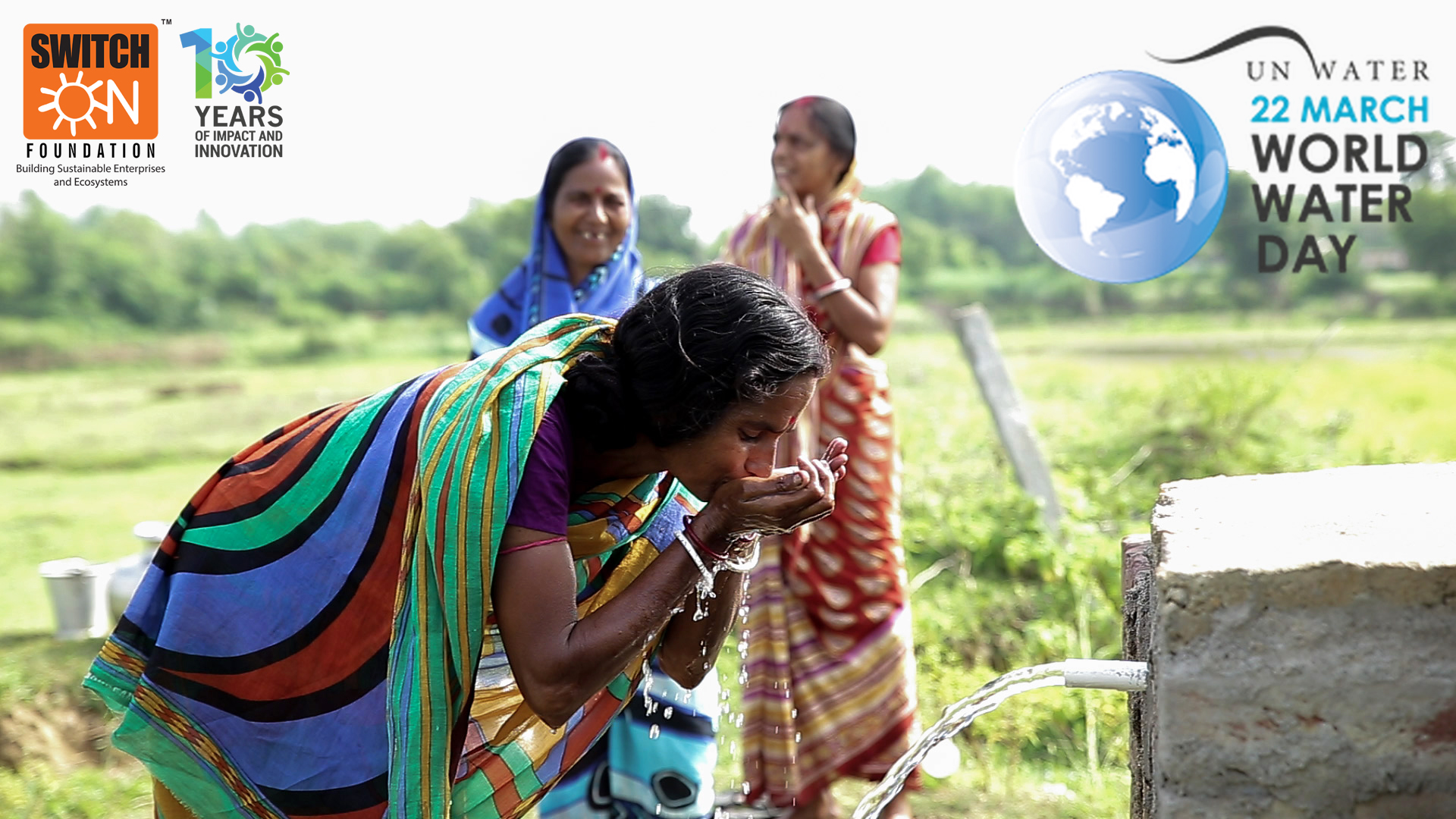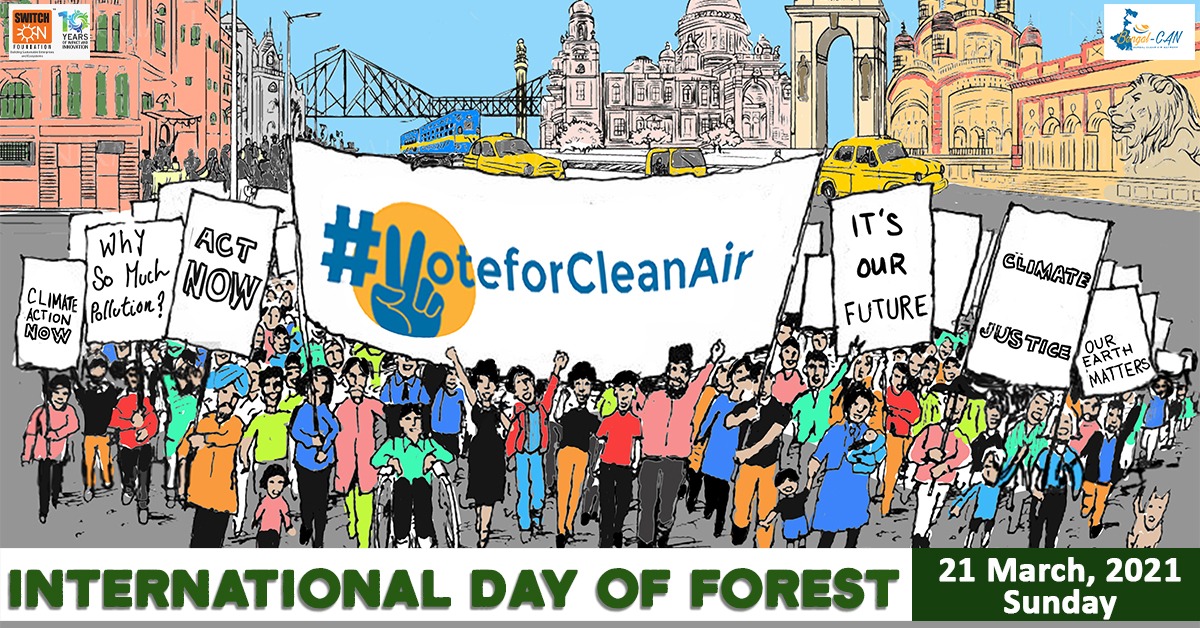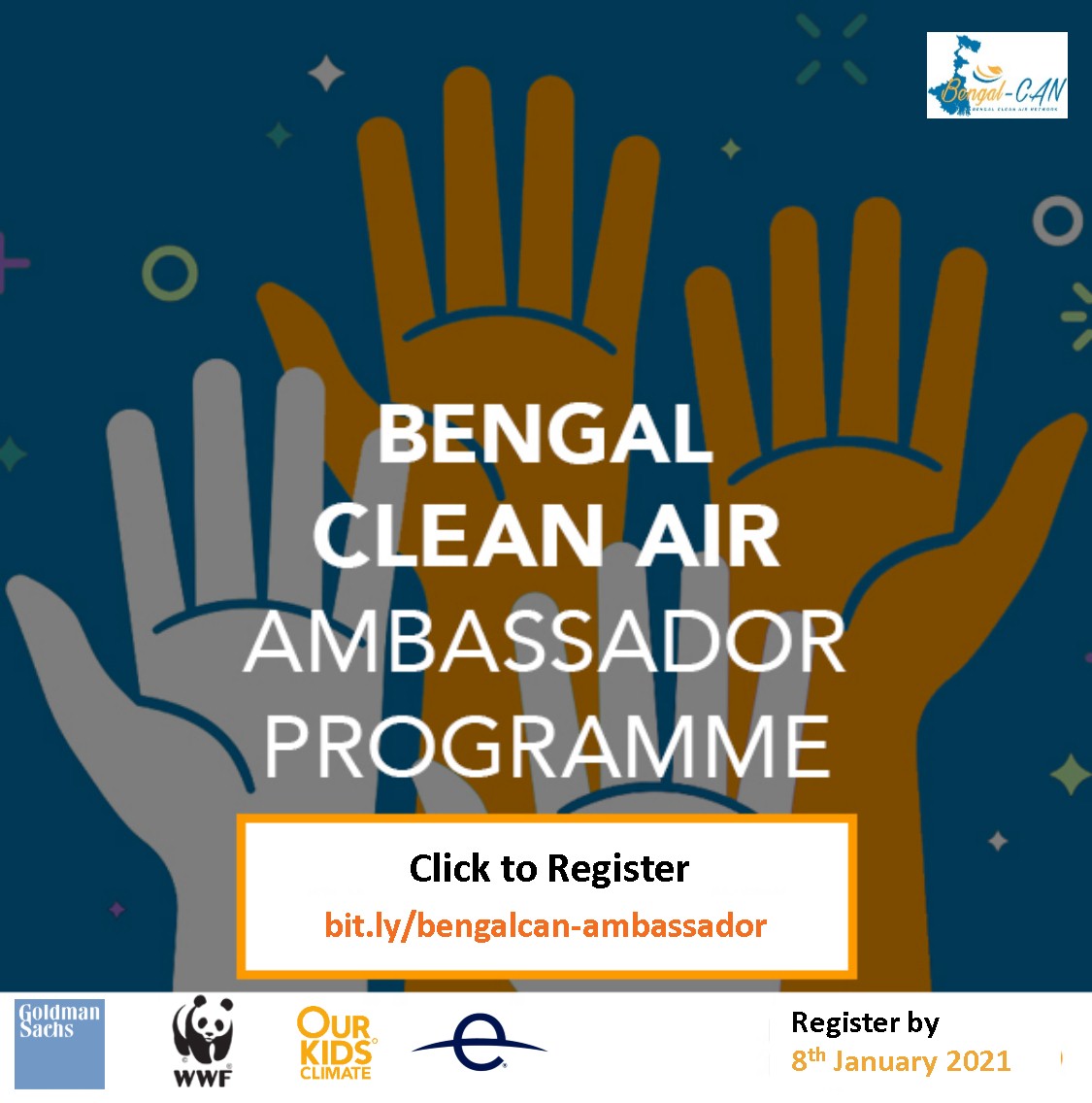However, while talking about climate change, we tend to focus on the scientific implications of the crisis while certain sections of society most vulnerable to its implications are often left out of the conversation.
Many countries and social groups most threatened by climate change have contributed the least to the problem and do not have the adequate resources to adapt. The IPCC Report, in fact, categorically talks about the issue of vulnerability of ecosystems and people to climate change, which differs substantially among and within regions driven by patterns of intersecting socio-economic development, unsustainable ocean and land use, inequity, marginalisation, historical and ongoing patterns of inequity such as colonialism, and governance. It further goes on to state that human and ecosystem vulnerability are interdependent and the current unsustainable development patterns are increasing exposure of ecosystems and people to climate hazards.
- Home
- Press Release
- Climate Change & Women : Making Sense of IPCC’s latest Report
Climate Change & Women : Making Sense of IPCC’s latest Report
-

- Published in: CASC
- 29th March, 2022

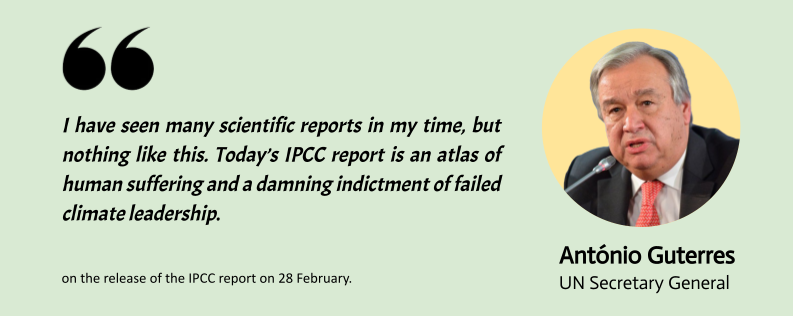
Here, we will look particularly at one such marginalised community that has been on the receiving end of changes in the environment – women.
How and why are women impacted by climate change?
Come to think of it, it is the women who have to come up with new adaptation and behavioural techniques to cope with crises at its many stages starting from their homes in the immediate family, in the neighbourhood, and the community at large.
Fisheries and Aquaculture
Women led industries or those that are dependent on women as their major workforce are often worst hit by the climate crisis. Fisheries and aquaculture is one such industry that provides livelihood opportunities to thousands, an estimated 10–12%, of the world population. Out of this global workforce engaged in the seafood production (fishing and processing sectors), 11% are women working in small-scale fisheries. Despite this, women are not specifically counted in datasets and excluded from decision-making and support programmes arising out of climate crises.
Problems of the Global South
The developing countries of Latin America, Asia, Africa, and Oceania that make up the Global South are already plagued with systemic inequities stemming from historical, socioeconomic and political marginalisation of women and other vulnerable sections. Climate change and its associated disasters tend to expose and amplify these inequalities.
Salinisation
Climate Change along the coastal regions is currently leading to a fast pace salinisation process which is endangering coastal waters and soil quality. It is mostly women who are responsible for securing drinking water and fuel, so salinisation-associated changes automatically and disproportionately burden women.
Water induced disasters
Climate change has also left societies to heightened exposure to water-induced disasters like floods and droughts. Other hydrological changes have also increased vulnerability across most sectors and regions, with a few exceptions. In many places across the world, water collection is still a necessity, a task that is mostly done by women, and it has been seen to take away time from income-generating activities, child care, and education.
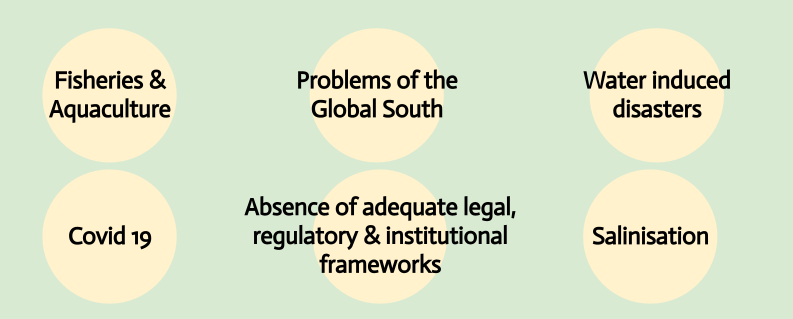
Covid 19
COVID-19 acts as a stress multiplier for women and girls in charge of water collection and minorities and disabled people who are not engaged in water management. Across the world, existing inequalities deepened due to lockdowns, which further limited access to clean water and education for women and girls, and reinstated gendered responsibilities of child, elderly and sick care, which had been previously externalised.
Absence of adequate legal, regulatory and institutional frameworks
Although the 2030 Agenda for Sustainable Development makes it clear that without the participation of local communities and women, the SDGs will not be met, the involvement of these actors in formal water governance processes and water management is still limited. This is due to lack of adequate legal, regulatory and institutional frameworks for effective stakeholder’s participation, partly to the influence of local social and cultural contexts, which can discourage inclusive water governance.
Therefore, vulnerability to climate change depends on demography and social roles. Gender inequalities can act as a risk multiplier, with women being more vulnerable than men to climate change induced food insecurity, disasters and its aftermath, and related risks.

Possible Solutions
Targeted efforts to incorporate knowledge diversity
Including artisanal fishers, women and Indigenous Peoples within international, regional, and local policy planning is one way to go ahead dealing with the inequalities present at the moment.
Promoting marine adaptation
Marine adaptation that supports achievement of gender equality and integrated planning, financing, and implementation can also help overcome these limitations ensuring that marine adaptations do not compromise overall human equity or specific SDGs but are in fact fully synergistic with them.
Climate Resilient Development in cooperation and coordination with women
Water adaptation policies enabled through ethical co-production between holders of Indigenous Knowledge, local knowledge and technical knowledge; through cooperation and coordinated actions among multiple actors, including women and all marginalised groups, at various levels of governance is needed for effective transitions towards Climate Resilient Development.
Adaptive agricultural water strategies
In situations where women are responsible for domestic and productive water management, adaptive agricultural water strategies, such as water-efficient irrigation or low-water crops, if implemented would mean that less water from finite water supplies are used for agriculture, leaving more water locally available for domestic purposes. These co-benefits across sectors become important community water stress adaptations with water savings from one use leading to more water available for other uses. This in turn can reduce domestic water burdens and, therefore, gender inequities.
Employing a gender lens to analyse the situation on ground
This can improve the adaptation strategies such as when women and girls cannot source sufficient water, the community can take up to building additional water supply or storage infrastructure for fetching water.
Disaster risk reduction and climate change mitigation/adaptation
These are the two sides of the same coin, as recognized explicitly by the Paris Agreement and Sendai Framework of 2015, and need to be implemented immediately. There can be no sustainable development without disaster risk reduction.
Women as proactive adaptation actors
Although women are often depicted as victims of climate change-induced water scarcity they are very much proactive adaptation actors. For example, reliance on women’s self-help groups and associations has proven successful in ensuring women’s participation in decision-making in adaptation interventions as a response to climate change-induced shifting precipitation patterns and increasing droughts.
Studies feature water harvesting, crop diversification, cash transfer programs, and food subsidies as adaptation measures that enhance gender equality. Adaptation to climate change in these instances promoted gender equality because it allowed women to reap the benefits of these new measures in terms of economic and health wellbeing.

About IPCC
The Intergovernmental Panel on Climate Change (IPCC) is the United Nations body for assessing the science related to climate change. It prepares comprehensive Assessment Reports about the state of scientific, technical and socio-economic knowledge on climate change, its impacts and future risks, and options for reducing the rate at which climate change is taking place.

About the Report
The 3,600 pages report is a global assessment of the latest scientific findings, and is a part of the IPCC’s current round of reports. This is the sixth such exercise in building scientific evidence, and the current report is the second of four associated studies.
The first part, released in August last year, showed that unless there are immediate, rapid and large-scale reductions in #greenhouse gas emissions, limiting warming to close to 1.5°C to 2°C will be beyond reach.
In February 2022, the second report told us that human-induced #climatechange is causing dangerous and widespread disruption in nature. It’s affecting the lives of billions around the world and the window for action is narrowing.
The next #IPCC #ClimateReport scheduled for release on 4 April provides us with options and solutions for reducing greenhouse gas emissions. This will be the third part of IPCC’s Sixth Assessment Report.
Finally, a synthesis of all three reports will be published in October 2022, ahead of the COP27 climate conference in Egypt.
Read the report here.

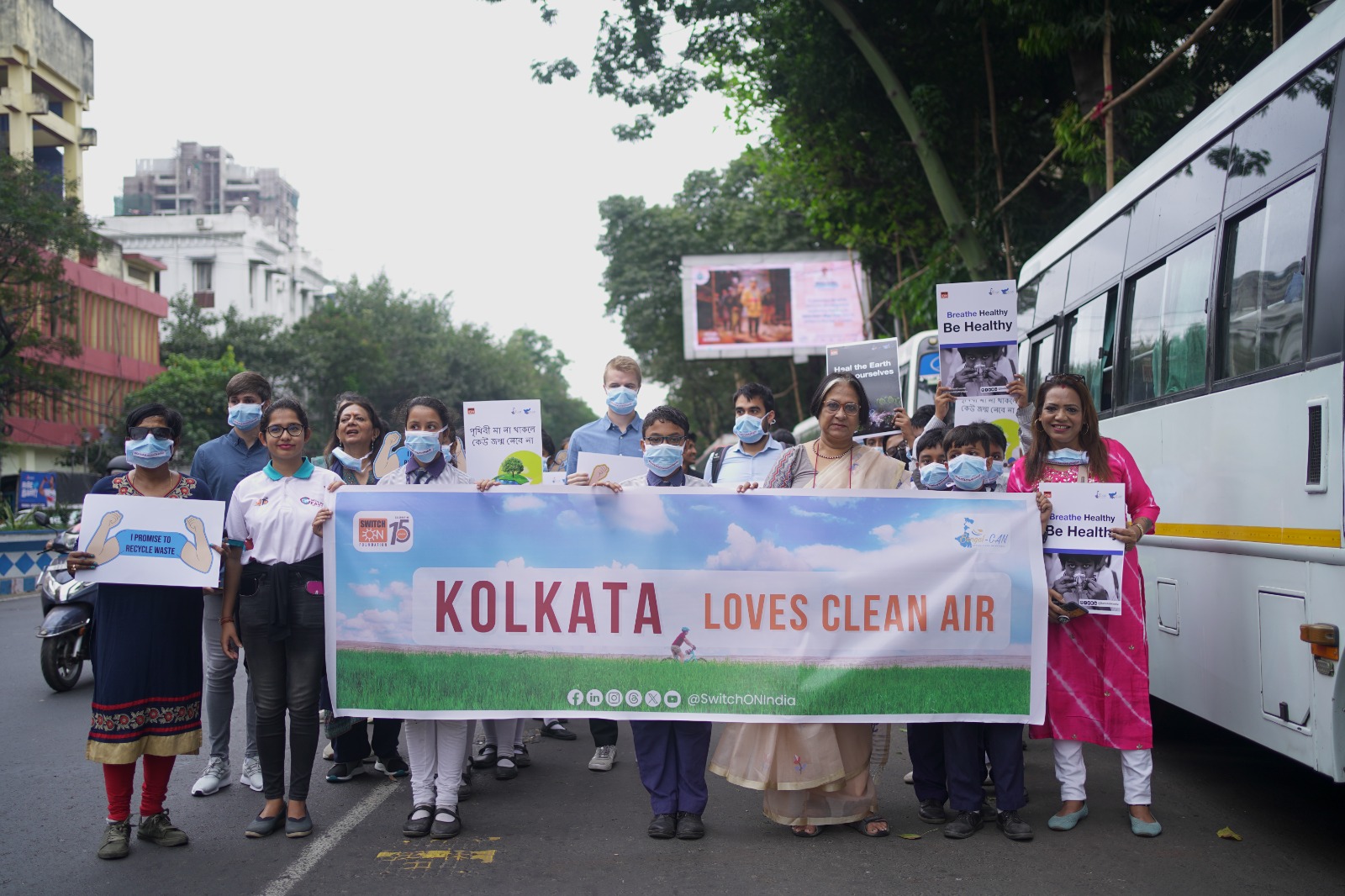
 0
0  0
0 